Antidesma erostre
Antidesma parvifolium
Aotus ericoides
Aotus lanigera
Aotus subglauca subsp. filiformis
Aphananthe philippinensis
Aphanopetalum resinosum
Apium prostratum var. filiforme
Aponogeton elongates
Araucaria bidwillii
Araucaria cunninghamii
Arachniodes aristata
Archidendron grandiflorum
Archidendron hendersonii
Archirhodomyrtus beckleri
Archontophoenix alexandrae
Archontophoenix cunninghamiana
Archontophoenix maxima
Archontophoenix purpurea
Arenga australasica
Argophyllum nullumense
Argyrodendron actinophyllum
Argyrodendron actinophyllum sub sp.diversifolia
Argyrodendron peralatum
Aristida acuta
Aristida benthamii
Aristida calycina
Aristida lignosa
Aristida queenslandica
Aristida vagans
Aristida warburgii
Aristotelia australasica
Artanema frimbriatum
Arthraxon hispidus
Arthrochilus prolixus
Arthropteris beckleri
Arthropteris tenella

Coffs Harbour Botanic Gardens NSW

Author’s Garden The Pinnacles NSW

Author’s Garden The Pinnacles NSW
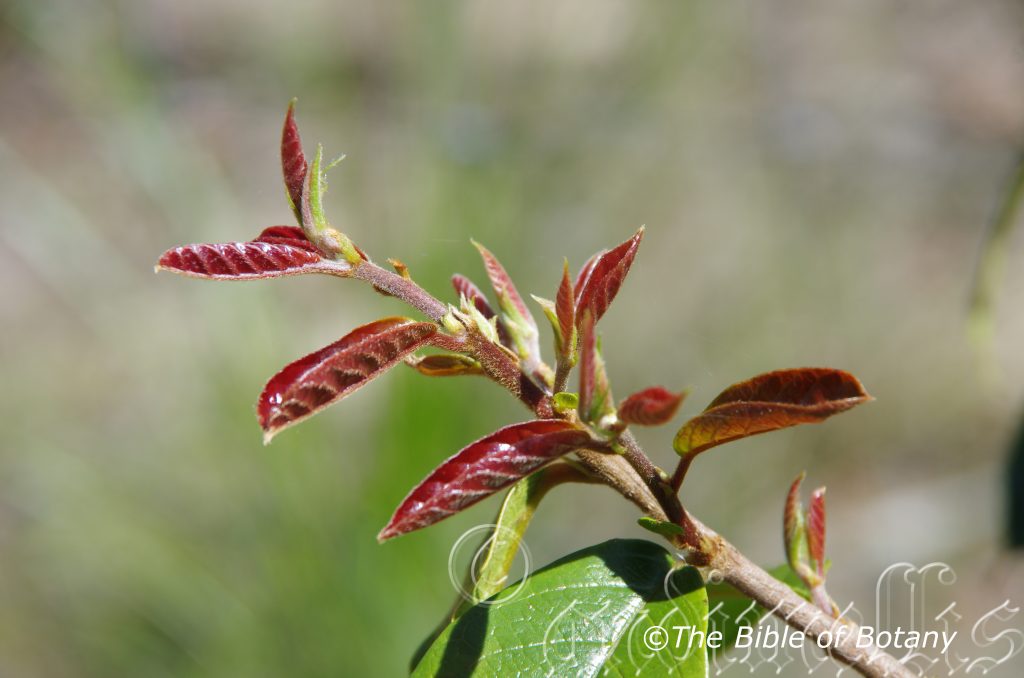
Author’s Garden The Pinnacles NSW
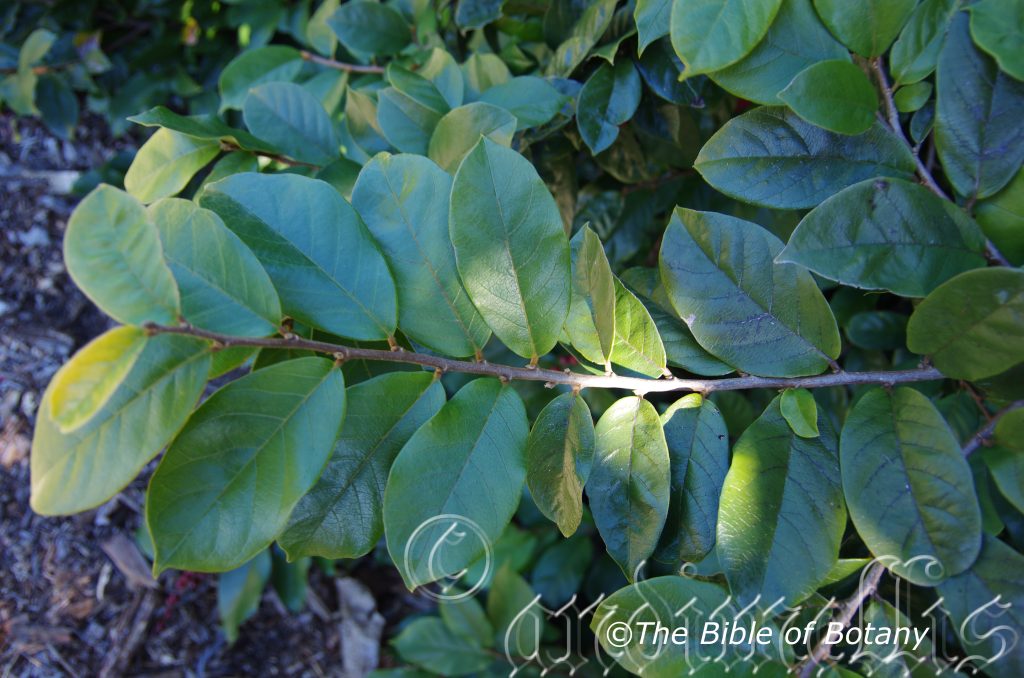
Coffs Harbour Botanic Gardens NSW

Author’s Garden The Pinnacles NSW
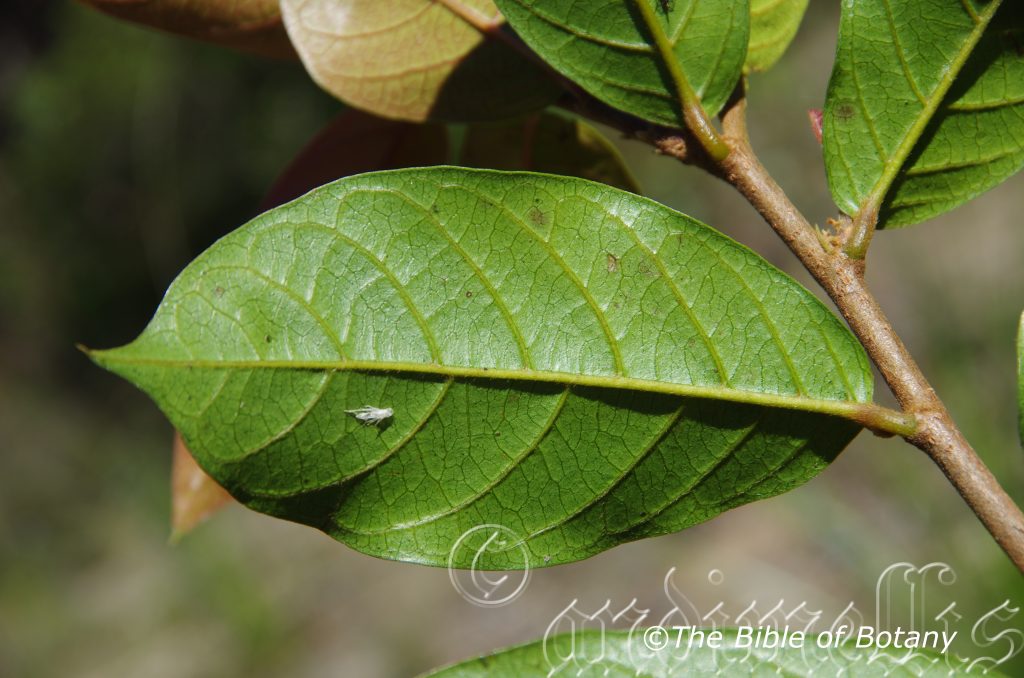
Author’s Garden The Pinnacles NSW

Author’s Garden The Pinnacles NSW
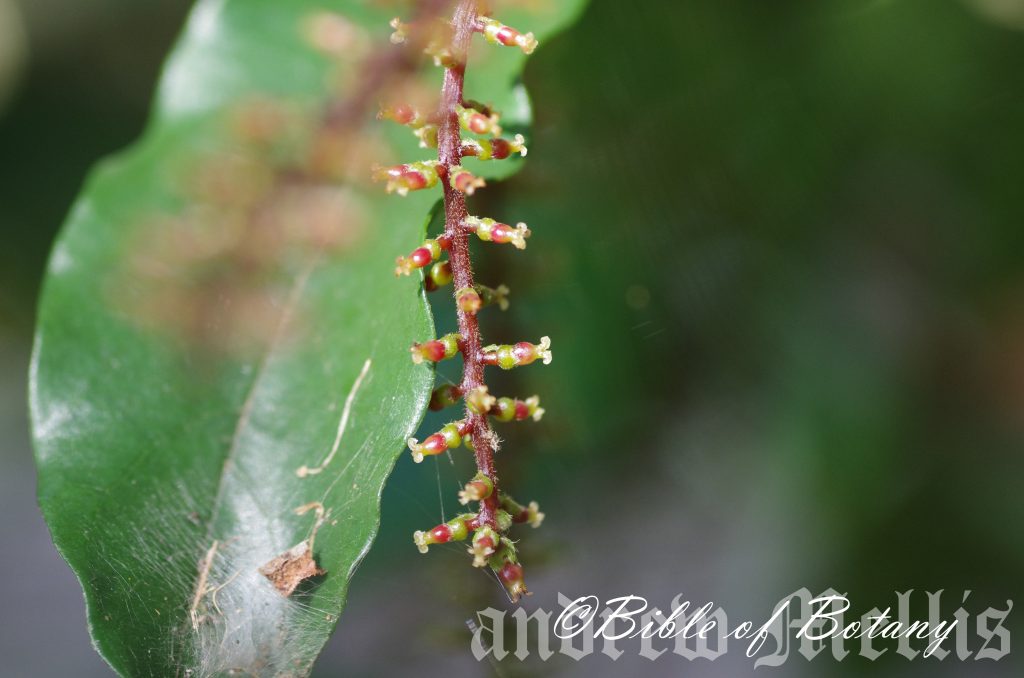
Author’s Garden The Pinnacles NSW
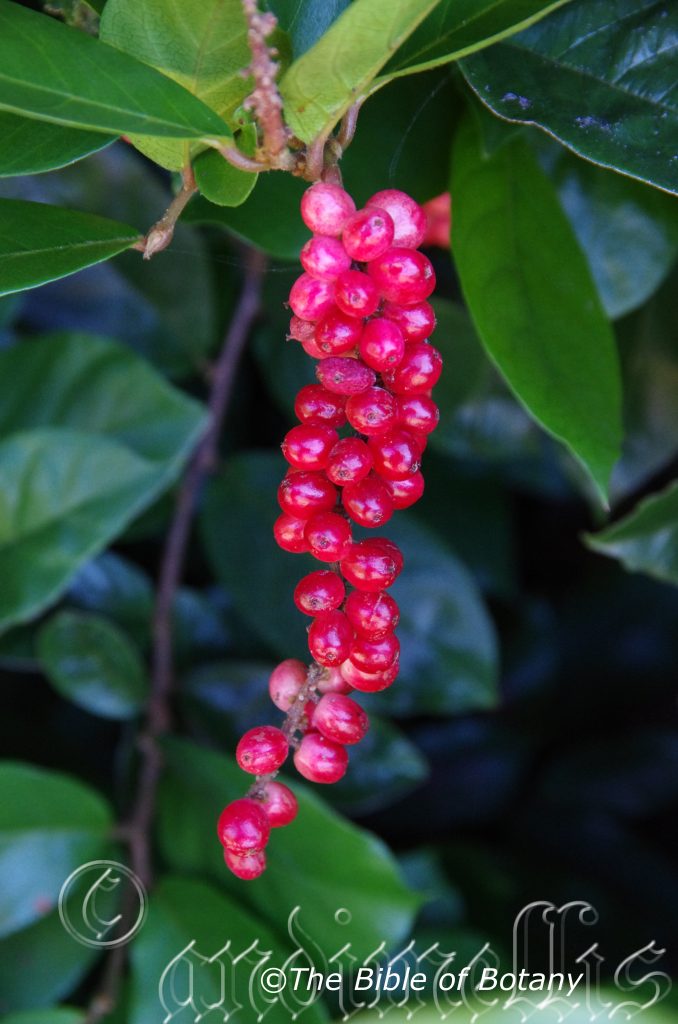
Coffs Harbour Botanic Gardens NSW

Author’s Garden The Pinnacles NSW

Author’s Garden The Pinnacles NSW
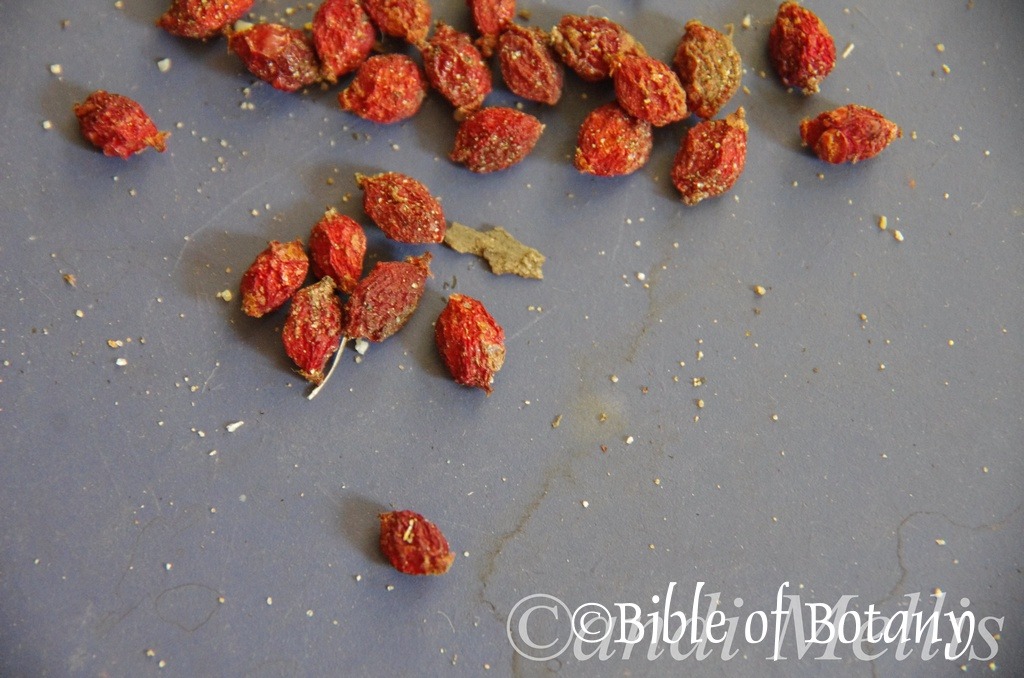
Author’s Garden The Pinnacles NSW
Antidesma erostre
Classification:
Unranked: Eudicots
Class: Rosids
Order: Malpighiales
Family: Phyllanthaceae
Tribe: Antidesmeae
Genus: From Anti/Ante, which are Ancient Greek for against or opposite and Desma, which is Latinized from the vernacular of the Burmese word for poison. It refers to plants, which were once spuriously used as an anti-venom.
Specie: Maybe from E or Anti/Ante, which are Ancient Greek for against or opposite and from rostrum, which is Ancient Greek or rostratus, which is Latin for a beak. It refers to the fruits not having a beak like many of the other species in the genus.
Sub specie:
Common Name: Current Tree, Current bush, Bush Cherry, Wild Cherry.
To the aborigines it is known as Buni in Western Australia and Chunka on the east coast.
Distribution:
Antidesma erostre is found in several disjunct populations south from the Torres Strait Island to near Mackay. It is found on and east of the Great Dividing Range.
https://avh.ala.org.au/occurrences/search?taxa=Antidesma+bunius#tab_mapView
Habitat Aspect Climate:
Antidesma erostre grows in cool tropical dry rainforests or on the margins of wet rainforests especially in transitional forests as an understory shrub. The altitude ranges from 5 meters ASL to 1000 meters ASL.
The temperatures range from 14 degrees in July to 36 degrees in January.
The rainfalls range from lows of 1000mm to an average of 3200mm annually.
Soil Requirements:
Antidesma erostre prefer sandy loams to medium clays. The soils are usually derived from decomposed black basalts, brown basalts, and metamorphic rocks. The pH ranges from 5pH to 6pH. It does not tolerate waterlogged soils however the soils usually have seasonal high water tables. None saline soils to moderately saline soils are tolerated.
Height & Spread:
Wild Plants: 2m to 4m by 2m to 4m.
Characteristics:
Antidesma erostre is a densely branched small shrub to medium tree. The plants form a well rounded, broad dense shrub. The pale, grey-brown trunk is glabrous with fine longitudinal fissures. The branches are pale grey-brown. The branchlets and new growth stems are deep maroon and moderately to densely covered in very short, fine caduceus hirsute hairs.
The juvenile foliage is deep reddish-maroon and sparsely covered in very short, fine caduceus hirsute hairs especially along the midvein and lateral veins. The alternate leaves are broad elliptical and measure 80mm to 185mm in length by 35mm to 70mm in width. The discolourous, deep green glossy leaves are glabrous on the upper laminas while the lower laminas may have a few domatia, which appear as small tuffs of hair and are paler and dull. The main vein is prominent on the lower lamina and is clearly visible on the upper lamina. The lateral veins are prominent on the lower lamina and form distinct loops inside the margins. The base is rounded while the apex is acuminate. The margins are entire and recurved upwards. The long, linear stipules are persistent for some length along the stems and measure 12mm to 27mm in length by 1mm in width at the base. The deep green, dull, terete petioles are slightly channelled on the upper surface and measure 4mm to 10mm in length.
The inflorescences of Antidesma erostre are long fleshy, racemes born from the final leaf axils. The raceme and pedicels are moderately to densely covered in very short, fine persistent and caduceus hirsute hairs. The racemes measure 100mm to 130mm in length while the pedicels measure 1mm to 2mm in length.
The fruits are obovoidea, globose or pyriform berries. The berries measure 16mm to 10mm length by 6mm by 10mm in diameter. The glossy, pinkish-red berries turn deep burgundy-maroon then glossy black when ripe. The fruits ripen at different rates so a raceme will have fruit of many different colours. The glabrous berries contain a single, pale small stone which measures 6mm to 8mm in length by 4mm to 4.5mm in diameter.
Confusing species:
Antidesma bunius has fruits, which measure 12mm to 25mm in length. Is a tall tree to 25 meters.
Antidesma erostre has fruits, which measure 10mm to 15mm in length. Is a large shrub.
Wildlife:
Antidesma erostre is unknown to the author. Reports from several sources indicate birds will consume the fruits especially fruit eating doves. While I cannot discount this the two seasons of fruits I have had here with four trees in two different parts of the garden have not attracted birds or possums to the fruit to my amazement.
The fresh fruit has a sweet, tangy taste similar to that of the fresh rosella. It makes an excellent jam, conserve and chutney and is worthwhile cultivating for these purposes alone.
Cultivation:
It would make an good fire retardant large shrub.
* Fire retardant plants act as radiant heat screens and absorb more heat from an approaching fire without burning.
* Fire retardant trees are able reduce wind speed near a house or out buildings.
* Fire retardant also trap embers and sparks carried by the wind.
* Fire retardant ground covers are able to catch burning embers without catching fire themselves, and also slow the travel of a fire through debris and litter on the ground.
Antidesma erostre makes an excellent large shrub for semi shaded positions in the garden, especially when grown beneath taller rain forest trees that will provide some shade. As a rainforest shrub it will grow 3 meters to 5 meters in height by 3 meter to 4 meters in diameter. For fruit production pruning maybe necessary to keep them at a manageable height of 3 to 4 meters by 4 meters in diameter.
Antidesma erostre responded extraordinary well to regular dressings of fresh horse manure. The foliage remained dense, producing more terminal and lateral branches and consequently more flowers and fruit the following season.
This encourages me with large quantities, consistently produced every year and which can be harvested over a long period to recommend them as a good alternative crop for cool tropical areas and warm subtropical zones. Harvesting in Grafton is between late February and early April.
The downside is that the fruits ripen at different stages which makes harvesting a problem. The fruit has the added advantage that it can be utilized as a fresh fruit preserved, jams, jellies and used as syrup for deserts. The fruits also make a very good, clear, deep red wine. As the seeds need not be removed this is a good alternative crop for the future.
Try using it in a large foyer area in large permanent tubs where the only other feature is a blank wall. Next to such features their large glossy leaves will always be the centre of attraction. I am surprised that it has never been used in commercial entrances and foyers to break the ice and give a feeling of business as usual but somehow make the business more relaxing.
As the shrubs grow exceptionally well as bonsai plants there is no reason why indoor use cannot be instigated with success.
Propagation:
Seeds: Antidesma erostre seeds can be sown directly into a seed raising mix. Fresh seed is best but if you are not ready to plant the seeds can be placed in the fridge vegetable crisper over winter. Do not freeze them.
Cover the seeds with 2mm to 3mm of mix. Keep the mix moist not wet and place it in a warm shady place. Germination is rapid and should start in 8 to 12 days and be completed by the 24 day. When the seedlings are 25mm to 50 mm tall, prick them out and plant them into 50mm native tubes using a seed raising mix.
Once the seedlings reach 200 to 250mm in height plant them out into their permanent position.
Plant them at 4 meter centres for a mass planting and hedges or closer if a quick coverage is required and remove every second plant at a later stage.
INDOORS OR POTTED ON:
Sawdust or sand mixes are too well draining unless the sawdust has completely composted down where it exhibits a texture like plastacine to the touch. Moisture can be squeezed out between the fingers yet it remains moist. I find this a great basis to start with.
Mix equal parts of the well decomposed saw dust with the above feel with perlite and vermiculite. To this add two part sharp clean sand, one part compost and one part good crusher dust from a basalt rock quarries. Preferably black basalt but both are good. Make sure the sand comes from a source that does not have salt. (See mix)
Indoor plants need good light and ventilation without drying breezes or wind.
Plant them at 2 meter centres for a mass planting or closer if a quick coverage is required. Fertilize the plants with the above fertilizers, in early spring and again after flowering.
Fertilize using Seaweed, fish emulsion or organic chicken pellets soaked in water on an alternate basis. Fertilize every two months until the plants are established then annually in early September or March to maintain health, vitality and better flowering.
Further comments from readers:
Hi reader, it seems you use The Bible of Botany a lot. That’s great as we have great pleasure in bringing it to you! It’s a little awkward for us to ask, but our first aim is to purchase land approximately 1,600 hectares to link several parcels of N.P. into one at The Pinnacles NSW Australia, but we need your help. We’re not salespeople. We’re amateur botanists who have dedicated over 30 years to saving the environment in a practical way. We depend on donations to reach our goal. If you donate just $5, the price of your coffee this Sunday, We can help to keep the planet alive in a real way and continue to bring you regular updates and features on Australian plants all in one Botanical Bible. Any support is greatly appreciated. Thank you.
In the spirit of reconciliation we acknowledge the Bundjalung, Gumbaynggirr and Yaegl and all aboriginal nations throughout Australia and their connections to land, sea and community. We pay our respect to their Elders past, present and future for the pleasures we have gained.
Antidesma parvifolium
Classification:
Unranked: Eudicots
Class: Rosids
Order: Malpighiales
Family: Phyllanthaceae
Tribe: Antidesmeae
Genus: From Anti/Ante, which is Ancient Greek for against or opposite and Desma, which is Latinized from the vernacular of the Burmese word for poison. It refers to plants, which were once spuriously used as an anti-venom.
Specie: From Parros, which is Ancient Greek or Parvum, which is Latin for small and Folium, which is Latin for a foliage. It refers to leaves, which are much smaller than other species in the genus.
Sub specie:
Common Name: Current Bush, Wild Cherry Moi-Kin, Chunka or Queensland cherry.
Distribution:
Antidesma parvifolium is found in several disjunct populations in a line north from the Gregory River in the north west of the Northern Territory east to Arlie Beach on the east coast of Queensland. There is also an isolated population further south near Gladstone in the south.
https://avh.ala.org.au/occurrences/search?taxa=Antidesma+parvifolium#tab_mapView
Habitat Aspect Climate:
Antidesma parvifolium prefers light shade to dappled sunlight. It grows in dry open forests, seasonally wet vine thickets or monsoon forests. The altitude ranges from 5 meters ASL to 900 meters ASL.
The temperatures range from 14 degrees in July to 45 degrees in January.
The rainfalls range from lows of 500mm to an average of 3200mm annually.
Soil Requirements:
Antidesma parvifolium prefer coarse sand, sandy loams to medium clays. The soils are usually derived from decomposed sandstones, mudstones, black basalts, brown basalts, metamorphic rocks or shales. The pH ranges from 4.5pH to 7pH. It tolerates seasonal waterlogged soils and seasonal high water tables. None saline soils to moderately saline soils are tolerated.
Height & Spread:
Wild Plants: 2m to 3m by 2m to 3m.
Characteristics:
Antidesma parvifolium is a densely branched medium shrub. The plants form a very uniform funnel shape. The grey to brown-grey stems are papillate and flaky becoming less so as they approach the branchlets while the branchlets are mid green and sparsely covered in white caduceus puberulent hairs.
Antidesma parvifolium’s obovate to broad oblanceolate leaves are in compact whirls and measure 12mm to 18mm in length by 8mm to 10mm in width. The base is cuneate while the apex is broadly emarginate. The concolourous sea-green to deep green leaves are semi glossy and glabrous on the upper laminas while the lower laminas may have a few domatia which appear as small tuffs of hair on the new leaves. The main vein is prominent on the lower lamina and is visible on the upper lamina. The lateral veins are slightly prominent close to the main vein and form distinct loops well inside the margins. The margins of the leaves are entire and recurve slightly upwards. The caduceous stipules are small and inconspicuous and measure 0.8mm to 1.2mm in length. The grass-green petioles are slightly channelled on the upper surface and measure 1mm to 2mm in length.
The inflorescences of Antidesma parvifolium are long fleshy, dioecious spikes or racemes born from the final leaf axils. The racemes are glabrous. The racemes measure 20mm to 30mm in length while the individual flowers are sessile.
The discs of the male flowers are pale yellow to pale yellow-green. The glabrous discs expand to 1mm at anthesis. The 4 stamens measure 1.8mm to 2mm in length and arise from the sides of the disc. The disc forms within the base of the filaments. The pale yellow anthers are quite large at around 0.8mm in diameter.
The female flowers are pale yellow and glabrous. The corolla tubes measure 3mm to 3.5mm in length and surround the disc. The 1mm disc is glabrous. 4 staminodes are born below the disc and corolla tube. Flowering occurs from March to May.
Antidesma parvifolium fruits are orbicular berries. The berries measure 4mm to 5mm length by 5mm by 6mm in diameter. The yellow-green berries turn reddish to deep burgundy almost black when ripe. The fruits ripen at different rates so a raceme will have fruit of many different colours. The semi glossy, glabrous berries contain a single, pale small stone.
Wildlife:
Antidesma parvifolium is unknown to the author but I would suspect the fruits would attract many medium to large fruit eating birds.
The fresh fruit apparently has a sweet, tarty taste similar to that of fresh cherries.
Antidesma parvifolium‘s fruit contains high levels of vitamin A, vitamin C, vitamin E, Vitamin B1, iron, minerals, fiber, potassium, phosphorus and is high in antioxidants. This small, round fruit is well known for its health benefits in Asia but has not been utilized here in Australia. As it is the size of a small, red cherry, it is also called Queensland cherry. Leaves as well as its fruits possess numerous health benefits. It also helps in lowering cholesterol levels and thus lowers or stabilizes blood pressure.
It makes an excellent jam, conserve and chutney and is worthwhile cultivating for that purpose alone. The fruits stain the fingers and tongue purple.
Cultivation:
It would make an good fire retardant medium shrub.
* Fire retardant plants act as radiant heat screens and absorb more heat from an approaching fire without burning.
* Fire retardant trees are able reduce wind speed near a house or out buildings.
* Fire retardant also trap embers and sparks carried by the wind.
* Fire retardant ground covers are able to catch burning embers without catching fire themselves, and also slow the travel of a fire through debris and litter on the ground.
Antidesma parvifolium makes an excellent large shrub for sunny gardens and will grow 2 meters to 2.5 meters in height by 1.8 meter to 2.2 meters in diameter when grown in the open. The natural height of the plants makes them ideal for fruit production and pruning is unnecessary.
Antidesma parvifolium responded extraordinary well to regular dressings of a mixed organic fertilizer or regular liquid fertilizing. The foliage will remain denser if even soil moisture is maintained.
This encourages me with the large fruit, large quantities consistently produced every year and which can be harvested over a long period to recommend them as a good alternative crop for cool tropical areas and warm subtropical zones.
The downside is that the fruits ripen at different stages which would make harvesting a problem. The fruit has the added advantage though that it can be utilized as a fresh fruit preserved and used as syrup for deserts.
The shrubs would make very good accent trees in front of formal low set commercial or industrial sheds where the funnel shape growth habit will break up hard rigid architectural lines and give warmth and breadth to any structure. They would however need small annuals or evergreen ground covers to add colour and avoid a stark look towards the end of the dry season when the plants may become semi deciduous.
Try using them in a large foyer or courtyard planted permanently in a garden bed where the only other feature is a blank wall. Next to such features with annuals or ferns their outline would be very striking. I am surprised that they have never been used in commercial entrances and foyers to break the ice and give a feeling of contrast business as usual but somehow make the area more like a Japanese garden of solitude and peace.
As the trees grow exceptionally well as bonsai plants there is no reason why indoor use cannot be instigated with success.
The shrubs have good prospects for commercial use in the fresh fruit market and should be exploited.
Propagation:
Seeds: Antidesma parvifolium seeds can be sown directly into a seed raising mix. Fresh seed is best but if you are not ready to plant the seeds can be placed in the fridge vegetable crisper over winter. Do not freeze them.
Cover the seeds with 2mm to 3mm of mix. Keep the mix moist not wet and place it in a warm shady place. Germination is rapid and should start in 8 to 12 days and be completed by the 24 day. When the seedlings are 25mm to 50 mm tall, prick them out and plant them into 50mm native tubes using a seed raising mix.
Once the seedlings reach 200 to 250mm in height plant them out into their permanent position.
Plant them at 1.5 meter centers for a mass planting and hedges or 3.5 meters where it is required for fruit production.
PATIO OR POTTED ON:
Sawdust or sand mixes are too well draining unless the sawdust has completely composted down where it exhibits a texture like Plasticine to the touch. Moisture can be squeezed out between the fingers yet it remains moist. I find this a great basis to start with.
Mix equal parts of the well decomposed saw dust with the above feel with perlite and vermiculite. To this add two part sharp clean sand, one part compost and one part good crusher dust from a basalt rock quarries. Preferably black basalt but both are good. Make sure the sand comes from a source that does not have salt. (See mix)
Indoor plants need good light and ventilation without drying breezes or wind.
Plant them at 2 meter centers for a mass planting or closer if a quick coverage is required. Fertilize the plants with the above fertilizers, in early spring and again after flowering.
Fertilize using Seaweed, fish emulsion or organic chicken pellets soaked in water on an alternate basis. Fertilize every two months until the plants are established then annually in early September or March to maintain health, vitality and better flowering.
Further comments from readers:
Hi reader, it seems you use The Bible of Botany a lot. That’s great as we have great pleasure in bringing it to you! It’s a little awkward for us to ask, but our first aim is to purchase land approximately 1,600 hectares to link several parcels of N.P. into one at The Pinnacles NSW Australia, but we need your help. We’re not salespeople. We’re amateur botanists who have dedicated over 30 years to saving the environment in a practical way. We depend on donations to reach our goal. If you donate just $5, the price of your coffee this Sunday, We can help to keep the planet alive in a real way and continue to bring you regular updates and features on Australian plants all in one Botanical Bible. Any support is greatly appreciated. Thank you.
In the spirit of reconciliation we acknowledge the Bundjalung, Gumbaynggirr and Yaegl and all aboriginal nations throughout Australia and their connections to land, sea and community. We pay our respect to their Elders past, present and future for the pleasures we have gained.
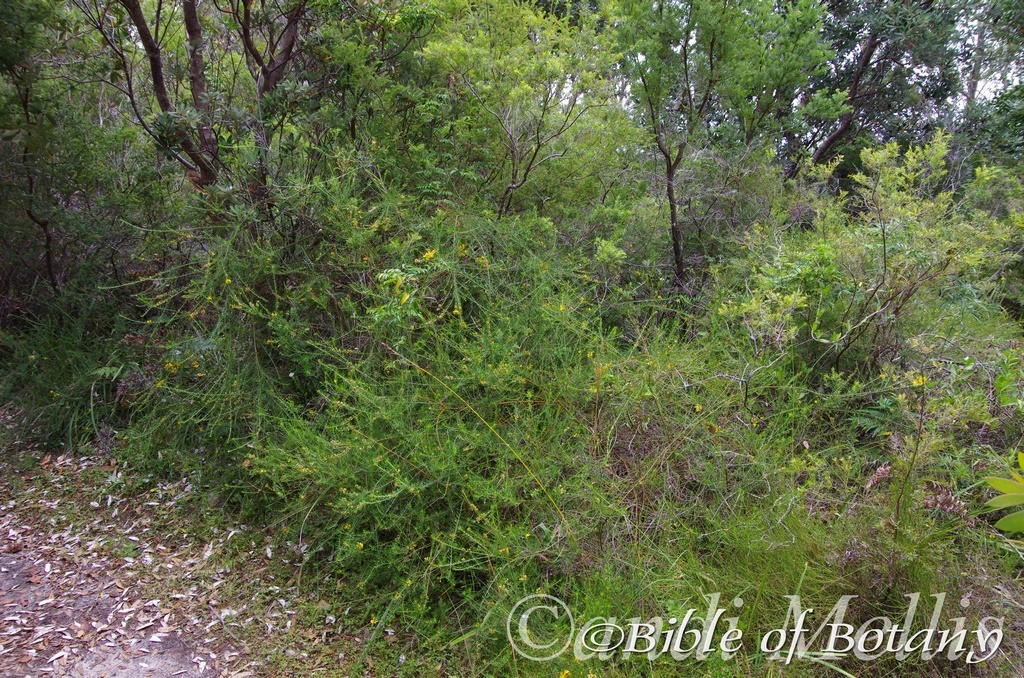
Boorkoom Yuraigir National Park NSW
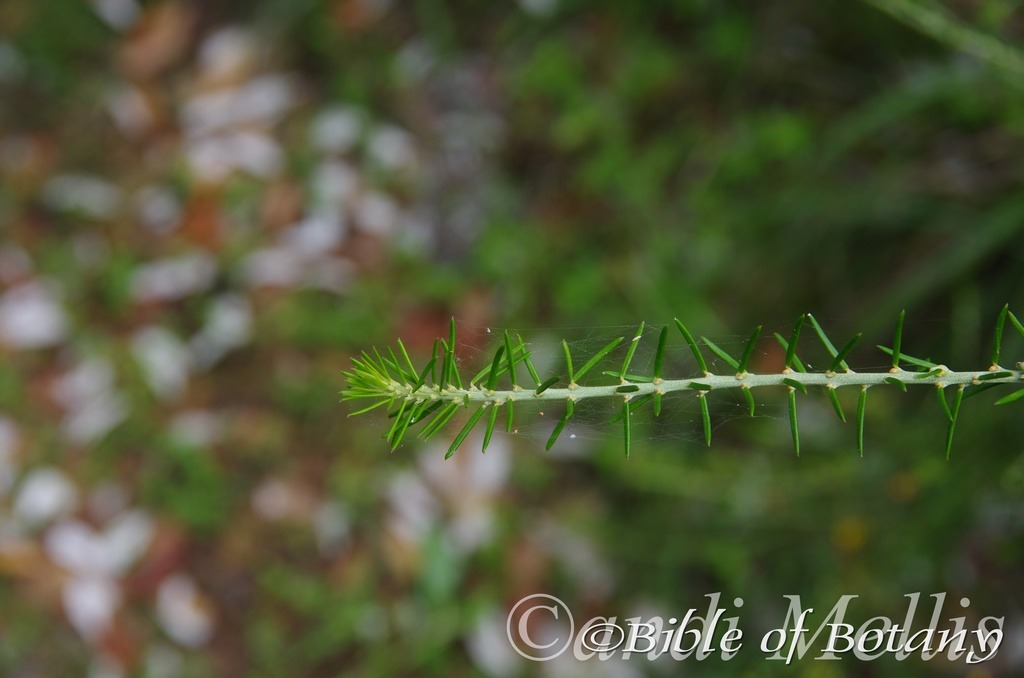
Boorkoom Yuraigir National Park NSW

Coffs Harbour Botanic Gardens NSW

Coffs Harbour Botanic Gardens NSW
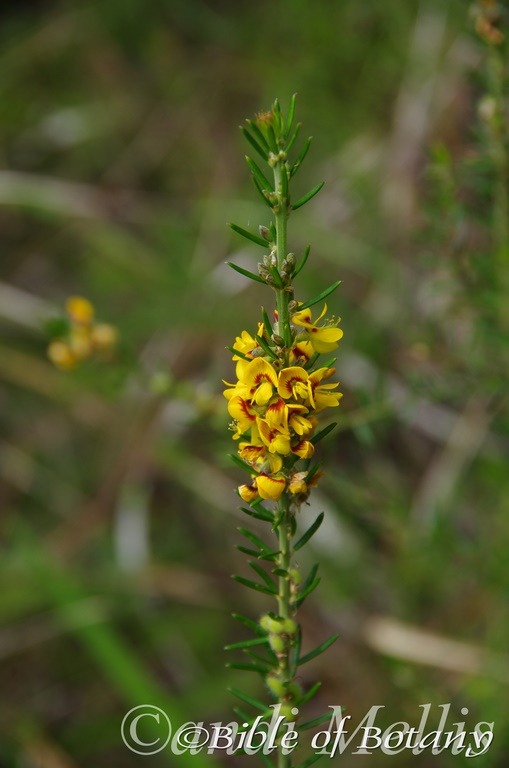
Boorkoom Yuraigir National Park NSW
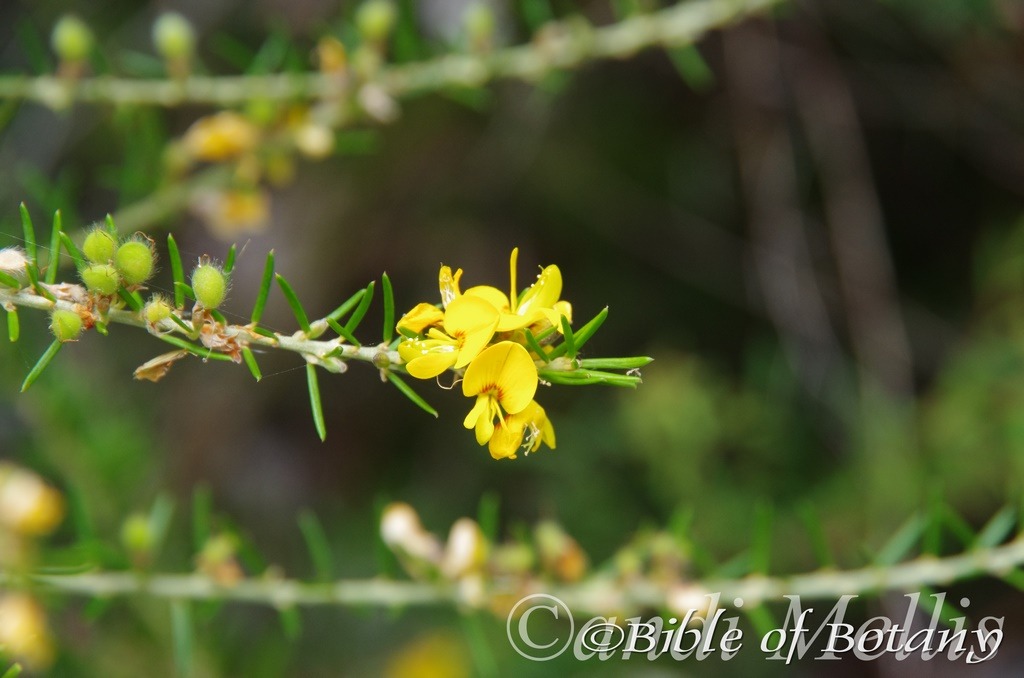
Boorkoom Yuraigir National Park NSW
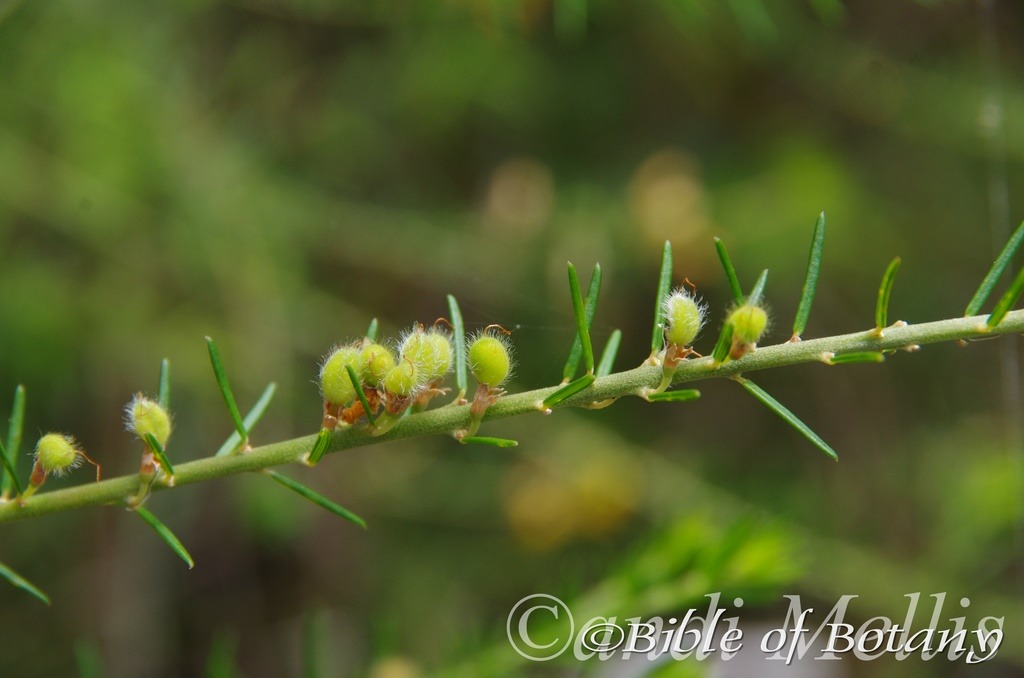
Boorkoom Yuraigir National Park NSW
Aotus ericoides
Classification:
Unranked: Eudicots
Class: Rosids
Order: Fabalis
Family: Fabaceae
Genus: From A, which is Ancient Greek for without or not having and Otos/Otis, which are Ancient Greek for a kind of horned or eared owl. It refers to Calyxes, which have owlish features.
Specie: From Erica, which is Latin for heath and Eidos/Oides, which is Ancient Greek for alike or similar to. It refers to plants, which have foliage similar to the exotic Erica genus.
Sub specie:
Common Name: Bacon and Eggs.
Distribution:
Aotus ericoides is found from Fraser Island in the north, south along the coast and coastal ranges to southern Victoria. It is also found on the coastal areas of Tasmania with two disjunct populations on Eyre Peninsula in South Australia.
https://avh.ala.org.au/occurrences/search?taxa=Aotus+ericoides#tab_mapView
Habitat Aspect Climate:
Aotus ericoides grows in a wide variety of habitats including coastal heaths and dry schlerophyll forests on the coast and coastal ranges. The altitude ranges from 5 meters ASL to 450 meters ASL.
The temperatures range from minus 5 degrees in July to 39 degrees in January.
The rainfalls range from lows of 250mm to an average of 1650mm annually.
Soil Requirements:
Aotus ericoides prefer coarse sand to sandy loams. The soils are usually derived from decomposed sandstones or accumulated peaty beach sands. The pH ranges from 4.5pH to 6pH. It does not tolerate waterlogged soils.
None saline soils to very saline soils are tolerated.
Height & Spread:
Wild Plants: 1m to 2m by 1m to 2m.
Characteristics:
Aotus ericoides is a very variable small open shrub. The stems are dull grey and brittle yet difficult to break cleanly away. Young stems are bright lime-green and glabrous to covered in rusty tomentose hairs.
Aotus ericoides opposite to sub opposite or even alternate leaves are in irregular whirls of 3 or 4 and at times 5 near the apex of the stems. The narrow ovate, lanceolate, elliptical or linear leaves measure 6mm to 20mm in length by 1mm to 5mm in width. The discolourous deep green leaves are farinaceous to tuberculate on the upper lamina and glabrous to sparsely covered in white tomentose hairs while the lower lamina is paler. The main vein is strongly prominent on the lower lamina and is visible on the upper lamina. The base is narrow cuneate while the apex is obtuse. The margin of the leaf is entire and revolute with a few long white hirsute hairs or glabrous. The petiole is pale blue-green to mid green and measures 1mm to 2mm in length.
The inflorescences of Aotus ericoides are 1 to several born in the upper leaf axils. The pedicels are pale blue-green and densely covered in white or rusty villous hairs. The pedicels measure 1mm to 2.2mm in length. The lime-green elliptical calyx lobes measure 2.5mm to 3.5mm in length and are densely covered in white to rusty villous hairs.
The yellow corolla measures 5mm to 10mm in length. The yellow standard has a reddish ring near the base that often radiates outwards. The red is more pronounced on the upper surface. The standards measure 10mm to 18mm in height by 8mm to 16mm in width. The bright yellow wings and keel measure 6mm to 12mm in length by 3.5mm to 6mm in width. Flowering occurs from August to late November.
Aotus ericoides fruits are turgid pods. The pods measure 6mm to 7.5mm length by 3mm by 3.5mm in diameter. The lime-green pods turn reddish brown then to grey-brown on ripening and splitting longitudinally. The pods are densely covered in long white villous hairs. The calyx is persistent at the base. The single, reniform black seed in each pod measures 1.5mm to 1.7mm in length by 1.3mm to 1.4mm in diameter.
Wildlife:
Aoitus ericoides is unknown to the author.
Cultivation:
Aotus ericoides makes an excellent small shrub for sunny gardens or courtyards. They will grow 1meter to 1.6 meters in height by 1 meter to 1.5 meters in diameter when grown in the open.
Aotus ericoides responded extraordinary well to an annual dressing of a mixed organic fertilizer or regular liquid fertilizing. The foliage will remain denser, producing more terminal and lateral branches and consequently more flowers the following season.
Aotus ericoides would make a good contribution to a sandy or rocky terrain rock garden. Here they can be used as fill in plants, scattered throughout the boulders or the main feature. When you use them in an area that is strewn with large boulders do not over crowd the scene as the boulders are a formidable part of the scene. This Aotus is well suited to such conditions so use contours to display the plants boulder country are almost always rising and falling in contour and have sharp rises. Plants must be planted sparingly with short annuals between to give vibrant colour so think of deep reds and violets in late winter and spring for the contrast. Make the scene so you can see over the tallest ones with the exception of one or two plants at the most. The idea is to achieve a feeling of expansive harshness. This can be achieved with using Aotus ericoides’s leaves contrasting with larger pale green or soft grey to glaucous coloured foliage. If large deep green leaf plants are wanted try using them as prostrate plants. Use a lot of procumbent plants like Hibbertia specie to make the rocks look larger and the spaces between the plants bigger. Mix them with other smaller shrubs so none of them dominate the scene but blend in to give a mosaic of foliage colours that you oversee. Here I immediately think of Actinotis helianthi or Grevillea thelemanniana for two great contrasting foliage’s however Actinotis specie may be a little over powering but will highlight the yellow well when flowering coincides in the bed.
Propagation:
Seeds: Aotus ericoides seeds can be sown directly into a seed raising mix. Fresh seed is best but if you are not ready to plant the seeds can be placed in the fridge vegetable crisper over winter. Cover the seeds with 2mm to 3mm of mix. Keep the mix moist not wet and place it in a warm shady place. Germination is rapid and should start in 8 to 12 days and be completed by the 24 day. When the seedlings are 25 to 50 mm tall, prick them out and plant them into 50mm native tubes using a seed raising mix.
Once the seedlings reach 200mm to 250mm in height plant them out into their permanent position.
Plant them at 2 meter centers for a mass planting or closer if a quick coverage is required.
Fertilize using Seaweed, fish emulsion or organic chicken pellets soaked in water on an alternate basis. Fertilize every two months until the plants are established then annually in early September or March to maintain health, vitality and better flowering.
Further comments from readers:
Hi reader, it seems you use The Bible of Botany a lot. That’s great as we have great pleasure in bringing it to you! It’s a little awkward for us to ask, but our first aim is to purchase land approximately 1,600 hectares to link several parcels of N.P. into one at The Pinnacles NSW Australia, but we need your help. We’re not salespeople. We’re amateur botanists who have dedicated over 30 years to saving the environment in a practical way. We depend on donations to reach our goal. If you donate just $5, the price of your coffee this Sunday, We can help to keep the planet alive in a real way and continue to bring you regular updates and features on Australian plants all in one Botanical Bible. Any support is greatly appreciated. Thank you.
In the spirit of reconciliation we acknowledge the Bundjalung, Gumbaynggirr and Yaegl and all aboriginal nations throughout Australia and their connections to land, sea and community. We pay our respect to their Elders past, present and future for the pleasures we have gained.
Aotus lanigera
Classification:
Unranked: Eudicots
Class: Rosids
Order: Fabalis
Family: Fabaceae
Genus: From A, which is Ancient Greek for without or not having and Otos/Otis, which are Ancient Greek for a kind of horned or eared owl. It refers to Calyxes, which have owlish features.
Specie: From Lanos, which is Latin for woolly and Ferra, which is Latin for to bear. It refers to the organs, which are sparsely to densely covered in long woolly type hairs.
Sub specie:
Common Name: Woolly Aotus.
Distribution:
Aotus lanigera is found from Agnes Water in Queensland in the north, south along the coast and coastal ranges to Taree in central coastal New South Wales. There is also an isolated population further north in the Byfield National Park.
https://avh.ala.org.au/occurrences/search?taxa=Aotus+lanigera#tab_mapView
Habitat Aspect Climate:
Aotus lanigera prefers partial shade to full sun. It grows in coastal heaths and dry schlerophyll forests close to the coast. The altitude ranges from 5 meters ASL to 600 meters ASL.
The temperatures range from 1 degree in July to 39 degrees in January.
The rainfalls range from lows of 850mm to an average of 2000mm annually.
Soil Requirements:
Aotus lanigera prefer coarse sand, sandy loams to medium clays. The soils are usually derived from decomposed sandstones, alluvial deposits or accumulated peaty beach sands. The pH ranges from 5pH to 6pH. It does not tolerate waterlogged soils and seasonal high water tables. None saline soils to very saline soils are tolerated as are salt laden winds.
Height & Spread:
Wild Plants: 1m to 2m by 1m to 2m.
Characteristics:
Aotus lanigera is a small dense shrub. The stems are dull olive-green and brittle yet difficult to break cleanly away. Young stems are bright lime-green. The stems are densely covered in pale grey to deep grey tomentose or villous hairs.
Aotus lanigera’s alternate leaves spiral or are in whirls of 3 or 4 and at times 5 near the apex of the stems. The lanceolate to narrow elliptical leaves measure 10mm to 25mm in length by 2mm to 4mm in width. The discolourous deep green leaves are glabrous on the upper lamina while the lower lamina is much paler. The main vein is strongly prominent on the lower lamina and is densely covered in grey tomentose hairs while it is clearly visible on the upper lamina. The bases are broadly cuneate while the apexes are acute. The margin of the leaf is entire and revolute with a few long white tomentose hairs or glabrous. The petiole is pale blue-green to mid-green and measures 1mm to 2mm in length.
The inflorescences of Aotus lanigera are 1 to several born in the upper leaf axils. The lime-green bracts measure 1mm to 2mm in length. The pedicels are pale lime-green and densely covered in pale grey to grey villous hairs. The pedicels measure 2mm to 3mm in length. The lime-green to reddish-brown calyx and elliptical calyx lobes have acute to acuminate apexes and measure 5mm to 6mm in length and are covered in white to pale grey villous hairs.
The yellow corollas measure 8mm to 15mm in length. The bright yellow standards measure 10mm to 18mm in height by 8mm to 16mm in width. The bright yellow wings and keel measure 6mm to 12mm in length by 3.5mm to 6mm in width. Flowering occurs from August to late November.
Aotus lanigera fruits are compressed pods. The pods measure 8mm to 10mm length by 3mm by 4mm in diameter. The lime-green pods turn reddish brown then to grey-brown on ripening and splitting longitudinally. The pods are covered in long white villous hairs. The calyx is persistent at the base. The single, reniform black seed in each pod measures 1.5mm to 1.7mm in length by 1.3mm to 1.4mm in diameter.
Wildlife:
Aotus lanigera wildlife is unknown to the author.
Cultivation:
Aotus lanigera makes an excellent small shrub for sunny gardens or courtyards. It will grow 1meter to 1.6 meters in height by 1 meter to 1.5 meters in diameter when grown in the open.
Aotus lanigera responded extraordinary well to an annual dressing of a mixed organic fertilizer or regular liquid fertilizing. The foliage will remain denser, producing more terminal and lateral branches and consequently more flowers the following season.
Aotus lanigera would make outstanding contribution to a moist heath garden. Here they can be used as the taller growing plant scattered throughout the heath scene. When you design a flat heath garden which Aotus lanigera is well suited don’t use contours to display the plants as heath lands are almost always flat or have a slight rise. Plants must be planted close together and be short so you can see over the tallest ones with the exception of one or two plants at the most. These will be feature plants. The idea is to achieve a feeling of expansive flatness. This can be achieved with using the Aotus lanigera is green linear leaves and having them contrasting with finer pale green or soft grey to glaucous coloured foliage. Use a lot of procumbent plants like Carpobrotus edulis or Hibbertia. Mix them with other smaller shrubs so none of them dominate the scene but blend in to give a mosaic of foliage colours that you oversee. Here I immediately think of Actinotis helianthi or Grevillea thelemanniana for two great contrasting foliage’s.
Aotus lanigera would make a good contribution to a sandy or rocky terrain rock garden. Here they can be used as fill in plants, scattered throughout the boulders or the main feature. When you use them in an area that is strewn with large boulders do not over crowd the scene as the boulders are a formidable part of the scene. This Aotus is well suited to such conditions so use contours to display the plants boulder country are almost always rising and falling in contour and have sharp rises. Plants must be planted sparingly with short annuals between to give vibrant colour so think of deep reds and violets in late winter and spring for the contrast.
Propagation:
Seeds: Aotus lanigera seeds can be sown directly into a seed raising mix. Fresh seed is best but if you are not ready to plant the seeds can be placed in the fridge vegetable crisper over winter. Cover the seeds with 2mm to 3mm of mix. Keep the mix moist not wet and place it in a warm sunny place. Germination is rapid and should start in 8 to 12 days and be completed by the 24th day. When the seedlings are 25 to 50 mm tall, prick them out and plant them into 50mm native tubes using a seed raising mix.
Once the seedlings reach 200 to 250mm in height plant them out into their permanent position.
Plant them at 2 meter centers for a mass planting or closer if a quick coverage is required.
Fertilize using Seaweed, fish emulsion or organic chicken pellets soaked in water on an alternate basis. Fertilize every two months until the plants are established then annually in early September or March to maintain health, vitality and better flowering.
Further comments from readers:
Hi reader, it seems you use The Bible of Botany a lot. That’s great as we have great pleasure in bringing it to you! It’s a little awkward for us to ask, but our first aim is to purchase land approximately 1,600 hectares to link several parcels of N.P. into one at The Pinnacles NSW Australia, but we need your help. We’re not salespeople. We’re amateur botanists who have dedicated over 30 years to saving the environment in a practical way. We depend on donations to reach our goal. If you donate just $5, the price of your coffee this Sunday, We can help to keep the planet alive in a real way and continue to bring you regular updates and features on Australian plants all in one Botanical Bible. Any support is greatly appreciated. Thank you.
In the spirit of reconciliation we acknowledge the Bundjalung, Gumbaynggirr and Yaegl and all aboriginal nations throughout Australia and their connections to land, sea and community. We pay our respect to their Elders past, present and future for the pleasures we have gained.
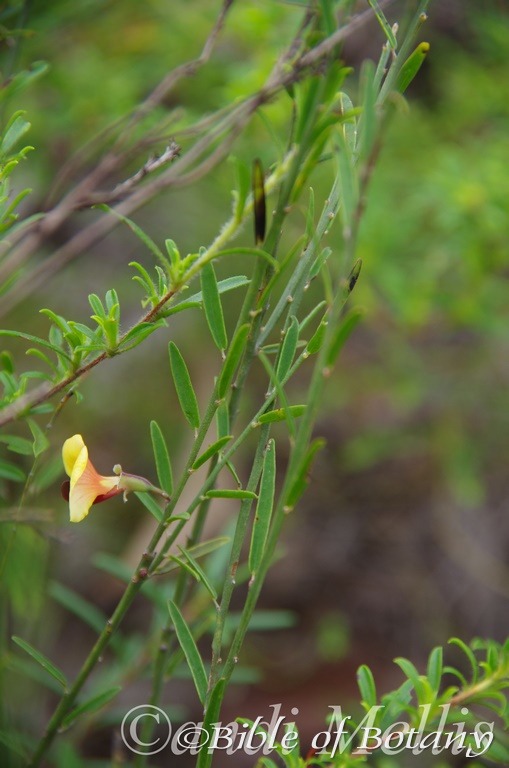
Fortis Creek National Park NSW
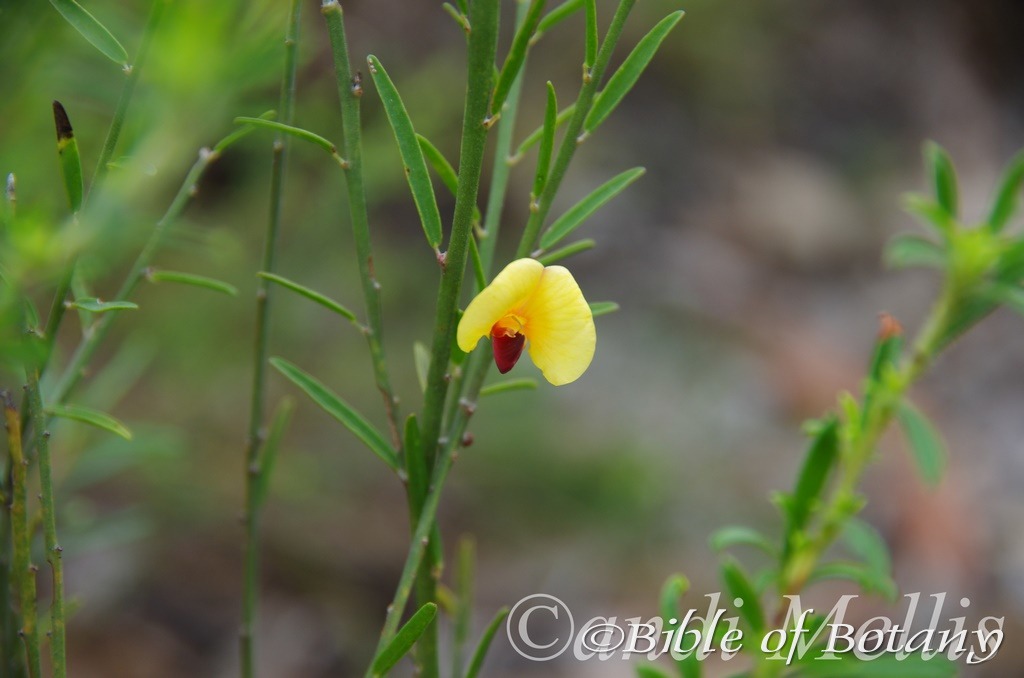
Fortis Creek National Park NSW
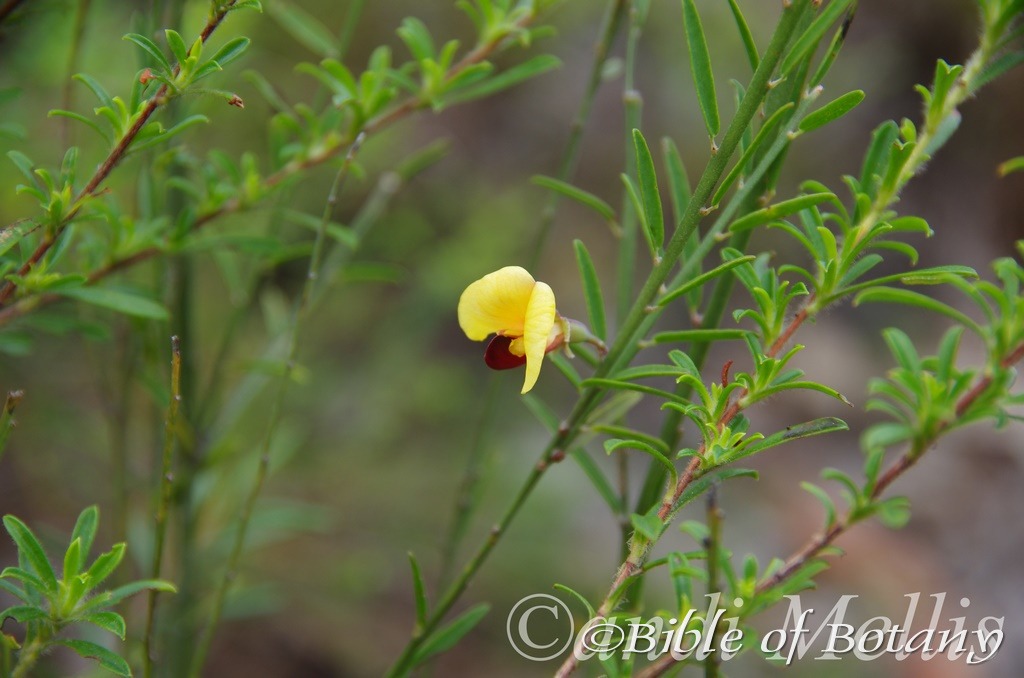
Fortis Creek National Park NSW
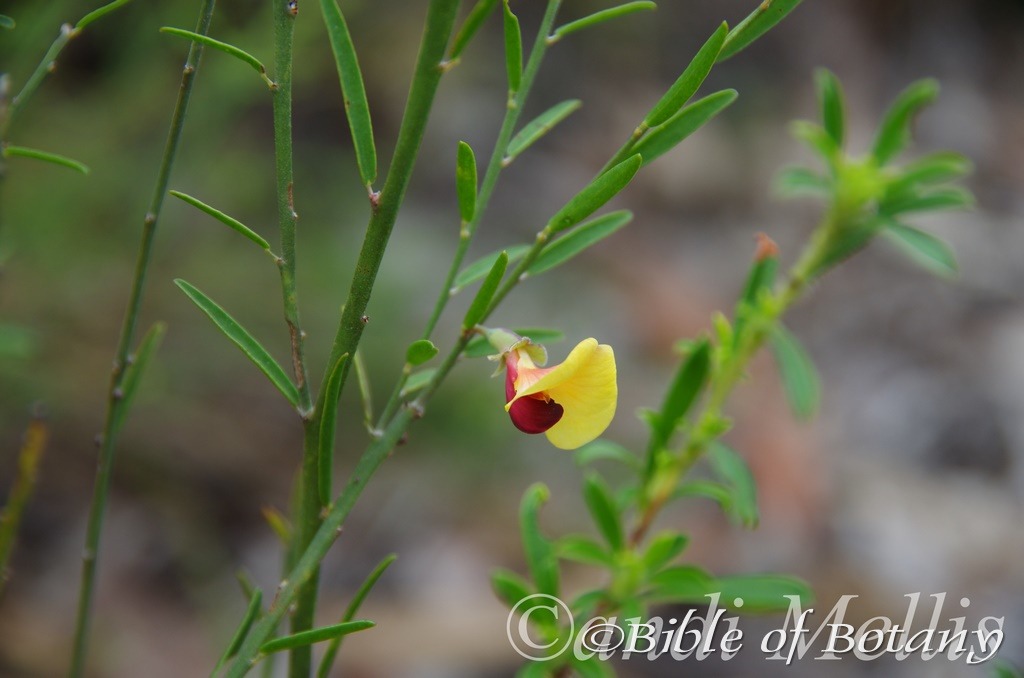
Fortis Creek National Park NSW
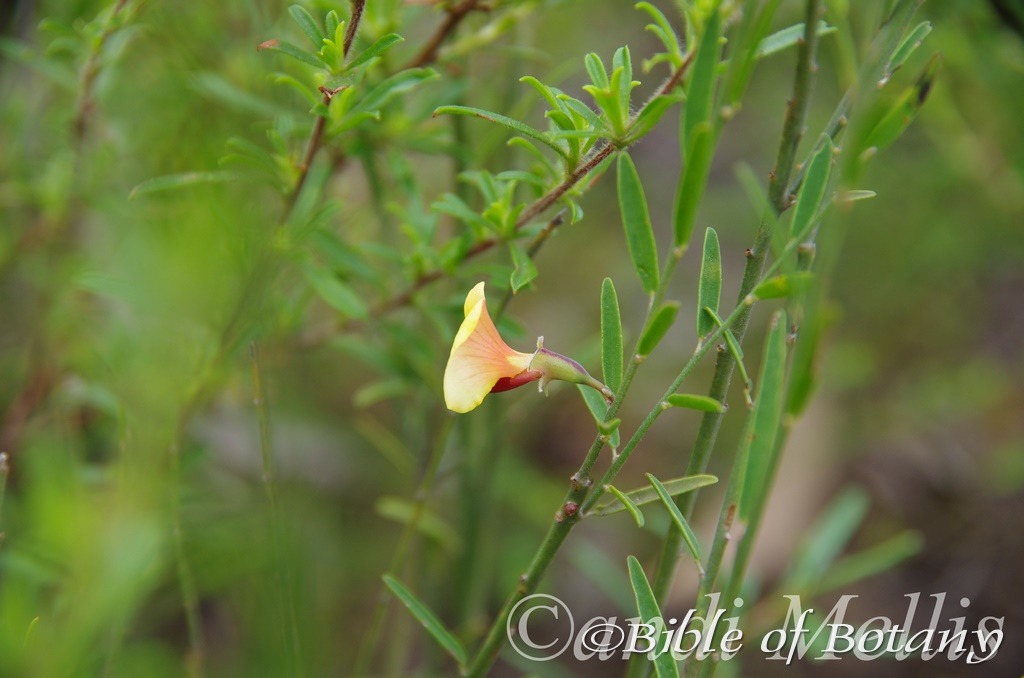
Fortis Creek National Park NSW
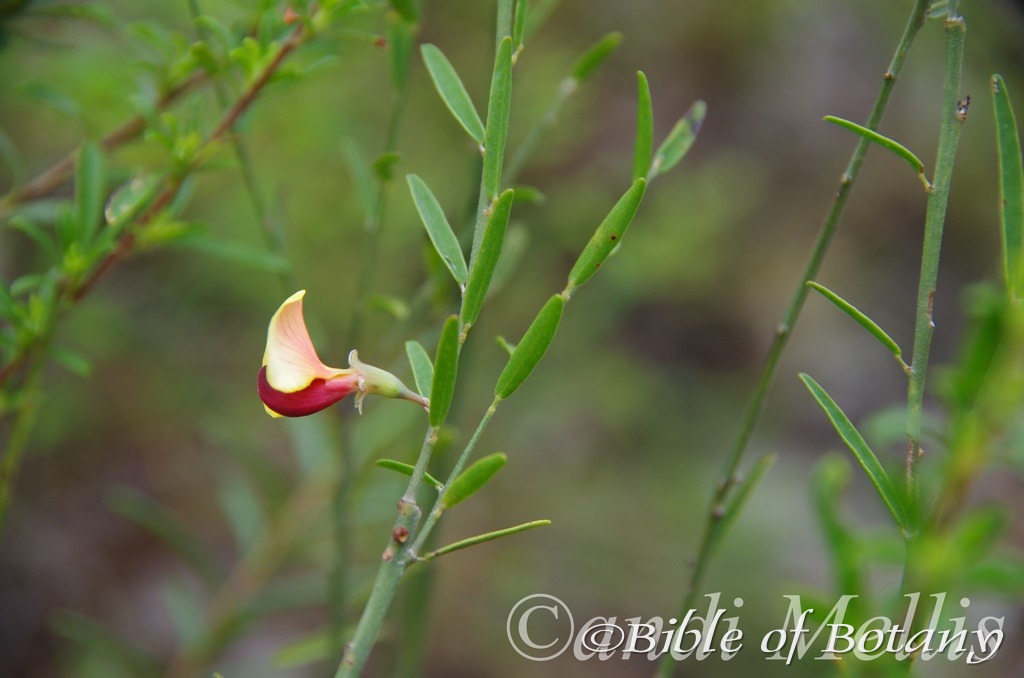
Fortis Creek National Park NSW
Aotus subglauca
Classification:
Unranked: Eudicots
Class: Rosids
Order: Fabalis
Family: Fabaceae
Genus: From A, which is Ancient Greek for without or not having and Otos/Otis, which are Ancient Greek for a kind of horned or eared owl. It refers to Calyxes, which have owlish features.
Specie: From Sub, which is Ancient Greek/Latin for below or lower and Glaukos, which is Ancient Greek or Glaucus, which is Latin for bluish-green to greenish-blue. It refers to the leaves especially the lower laminas which have a somewhat more bluish-green to greenish-blue colour.
Variety: Aotus subglauca var. filiformis: From Filum, which is Latin for a thread or a thin cord and Forme, which is Latin for to take the shape or form of. It refers to a structure or organ, which is thread like.
Variety: Aotus subglauca var. subglauca:From Sub, which is Ancient Greek/Latin for below or lower and Glaukos, which is Ancient Greek or Glaucus, which is Latin for bluish-green to greenish-blue. It refers to the leaves especially the lower laminas which have a somewhat more bluish-green to greenish-blue colour.
Common Name: Bacon and Eggs.
Distribution:
Aotus subglauca var. filiformis is found south from west of Rockhampton to north east of Dubbo incentral New South Wales. It mainly occurs on the western slopes and on the Great Dividing Range.
Aotus subglauca var. subglauca is found south from near The Blackdown tablelands west of Rockhampton to south of Armidale in northern New South Wales. It is mainly occurs on and slightly east of the Great Dividing Range.
https://avh.ala.org.au/occurrences/search?taxa=Aotus+subglauca#tab_mapView
Habitat Aspect Climate:
Aspect / Climate:
Aotus subglauca grows in a wide variety of habitats including coastal heaths, dry schlerophyll forests and open woodlands. The altitude ranges from 5 meters ASL to 950 meters ASL.
The temperatures range from minus 4 degrees in July to 39 degrees in January.
The rainfalls range from lows of 450mm to an average of 1500mm annually.
Soil Requirements:
Aotus subglauca prefers sandy loams to peaty sands. The soils are usually derived from accumulated peaty beach sands along the coast or decomposed sandstone or granites on and west of the Great Dividing Range. The soils pH ranges from 4.5pH to 7pH. It does not tolerate waterlogged soils. Non saline soils to very saline soils are tolerated.
Height & Spread:
Wild Plants: 0.5m to 1m by 0.5m to 1m.
Characteristics:
Aotus subglauca is a densely branched small shrub. The stems are dull grey and brittle yet difficult to break cleanly away. Young stems are olive-green to olive brown and densely covered in white sericeous and with the odd white longer villous hairs.
Aotus subglauca‘s leaves are in whirls of 3 or 4 near the apex of the stems. The leaves on Aotus subglauca var. subglauca are lanceolate and measure 7mm to 25mm in length by 1mm to 3mm in width.
The narrow linear leaves on Aotus subglauca var. filiformis measure 7mm to 25mm in length by 0.8mm to 1mm in width.
The discolourous deep green leaves are farinaceous to tuberculate, glabrous or sparsely covered in the odd long, white villous hairs on the upper lamina while the lower lamina is paler, glabrous to covered in white, pale grey or pale blue to pale blue-grey villous hairs. The main vein is prominent on the lower lamina and is visible on the upper lamina. The base is narrow cuneate while the apex is broadly acute to obtuse. The petiole is pale blue-green to mid green and measures 1mm to 1.5mm in length.
The margin of the leaves on Aotus subglauca var. subglauca are entire and recurved while those on Aotus subglauca var. filiformis are revolute with only the mid vein visible.
The inflorescences of Aotus subglauca are 1 to several individual flowers born in the upper leaf axils. The pedicels are pale olive-green and densely covered in white villous hairs. The pedicels measure 1mm to 2mm in length. The bracts measure 2mm to 4mm in length. The reddish-purple to burgundy elliptical calyxes and calyx lobes measure 3mm to 4.5mm in length and are densely covered in white villous hairs.
The yellow corolla measures 8mm to 10mm in length. The yellow standard has a burgundy-red ring near the base that often radiates outwards. The burgundy-red is more pronounced on the upper surface. The standards measure 10mm to 18mm in height by 8mm to 16mm in width. The bright yellow wings are often marked bur dandy-red and measure 6mm to 12mm in length by 3.5mm to 6mm in width. The keels are burgundy-red and measure 6mm to 12mm in length by 3.5mm to 6mm in width. Flowering occurs from September to late November.
Aotus subglauca fruits are obovoidea pods. The pods measure 6mm to 9mm length by 3mm by 4mm in diameter. The lime-green pods turn reddish-brown then to grey-brown on ripening and split longitudinally. The pods are densely covered in long white villous hairs. The calyx is persistent at the base. The single, reniform black seed in each pod measures 1.5mm to 1.7mm in length by 1.3mm to 1.4mm in diameter.
Wildlife:
Aotus subglauca is unknown to the author.
Cultivation:
Aotus subglauca would make a very attractive small shrub for sunny gardens. It will grow 0.8 meter to 1.2 meters in height by 0.8 meter to 1.2 meters in diameter when grown in the open.
Aotus subglauca responded extraordinary well to an annual dressing of a mixed organic fertilizer or regular liquid fertilizing. The foliage will remain denser, producing more terminal and lateral branches and consequently more flowers the following season.
Aotus subglauca would make an outstanding contribution to a moist heath garden. Here it can be used as the taller growing plant scattered throughout the heath scene. When you design a flat heath garden which it is well suited don’t use contours to display the plants as heath lands are almost always flat or have a slight rise. Plants must be planted close together and be short so you can see over the tallest ones with the exception of one or two plants at the most. These will be feature plants. The idea is to achieve a feeling of expansive flatness. This can be achieved with using the Aotus subglauca‘s green linear leaves and having them contrasting with finer pale green or soft grey to glaucous coloured foliage. Use a lot of procumbent plants like Carpobrotus edulis for a deeper blue-green foliage and deep pink flowers for a strong contrast or Hibbertia specie to extend the yellow. Mix them with other smaller shrubs so none of them dominate the scene but blend in to give a mosaic of foliage colours that you oversee. Here I immediately think of Actinotis helianthi or Grevillea thelemanniana for two great contrasting foliage.
Aotus subglauca would make a good contribution to a sandy or rocky terrain rockery. Here it can be used as fill in plants, scattered throughout the boulders or the main feature. When you use them in an area that is strewn with large boulders do not over crowd the scene as the boulders are a formidable part of the scene. This Aotus is well suited to such conditions so use contours to display the plants boulder country are almost always rising and falling in contour and have sharp rises. Plants must be planted sparingly with short annuals between to give vibrant colour so think of deep reds and violets in late winter and spring for the contrast.
Propagation:
Seeds: Aotus subglauca seeds can be sown directly into a seed raising mix. Fresh seed is best but if you are not ready to plant the seeds can be placed in the fridge vegetable crisper over winter. Cover the seeds with 2mm to 3mm of mix. Keep the mix moist not wet and place it in a warm shady place. Germination is rapid and should start in 8 to 12 days and be completed by the 24 day. When the seedlings are 25 to 50 mm tall, prick them out and plant them into 50mm native tubes using a seed raising mix.
Once the seedlings reach 200mm to 250mm in height plant them out into their permanent position.
Plant them at 2 meter centers for a mass planting or closer if a quick coverage is required.
Fertilize using Seaweed, fish emulsion or organic chicken pellets soaked in water on an alternate basis. Fertilize every two months until the plants are established then annually in early September or March to maintain health, vitality and better flowering.
Further comments from readers:
Hi reader, it seems you use The Bible of Botany a lot. That’s great as we have great pleasure in bringing it to you! It’s a little awkward for us to ask, but our first aim is to purchase land approximately 1,600 hectares to link several parcels of N.P. into one at The Pinnacles NSW Australia, but we need your help. We’re not salespeople. We’re amateur botanists who have dedicated over 30 years to saving the environment in a practical way. We depend on donations to reach our goal. If you donate just $5, the price of your coffee this Sunday, We can help to keep the planet alive in a real way and continue to bring you regular updates and features on Australian plants all in one Botanical Bible. Any support is greatly appreciated. Thank you.
In the spirit of reconciliation we acknowledge the Bundjalung, Gumbaynggirr and Yaegl and all aboriginal nations throughout Australia and their connections to land, sea and community. We pay our respect to their Elders past, present and future for the pleasures we have gained.

Kedron Brook Qld.

Kedron Brook Qld.
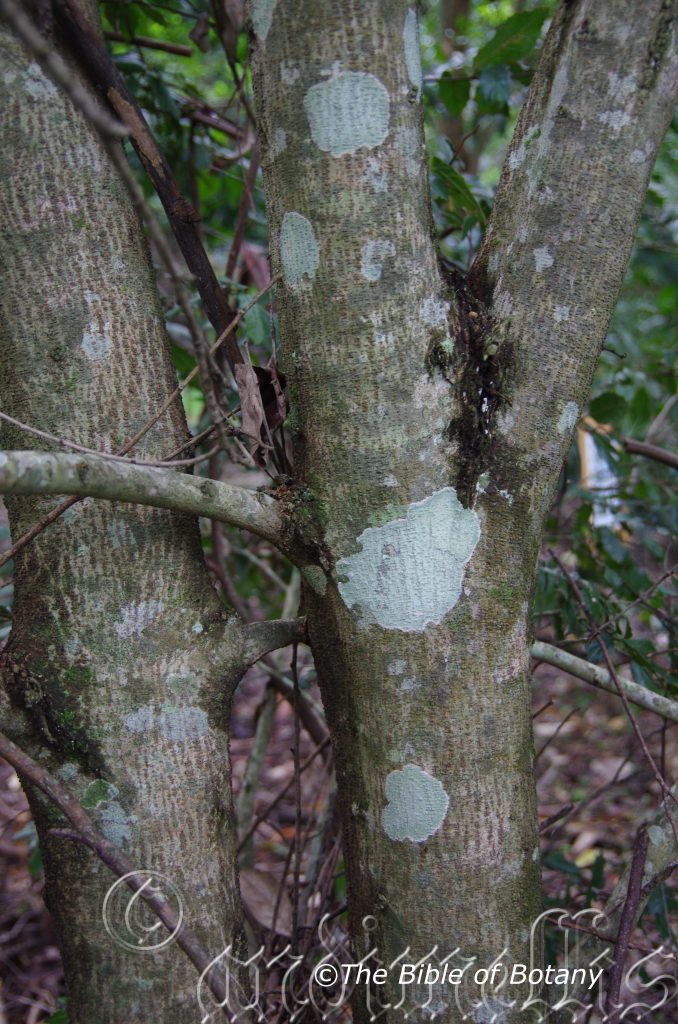
Lismore Botanic Gardens NSW
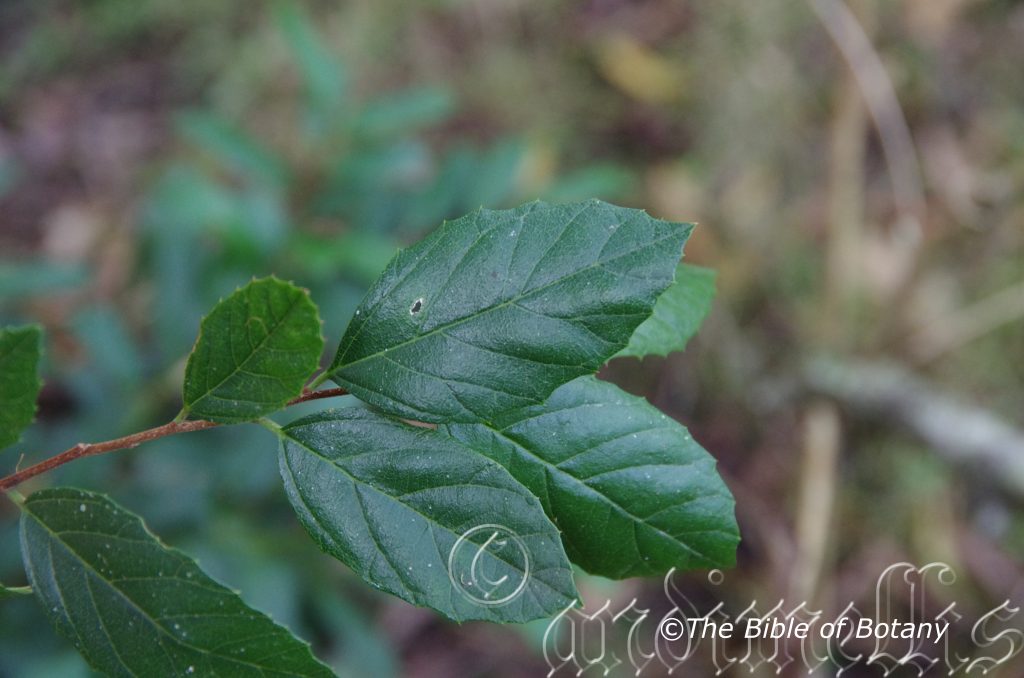
Lismore Botanic Gardens NSW

Lismore Botanic Gardens NSW
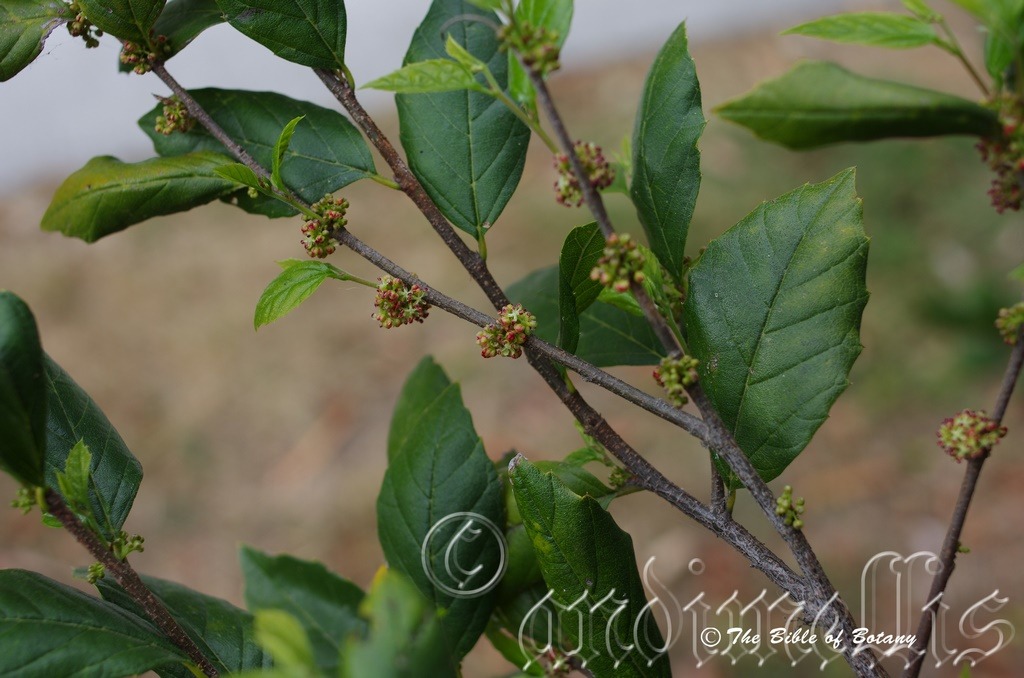
Kedron Brook Qld.
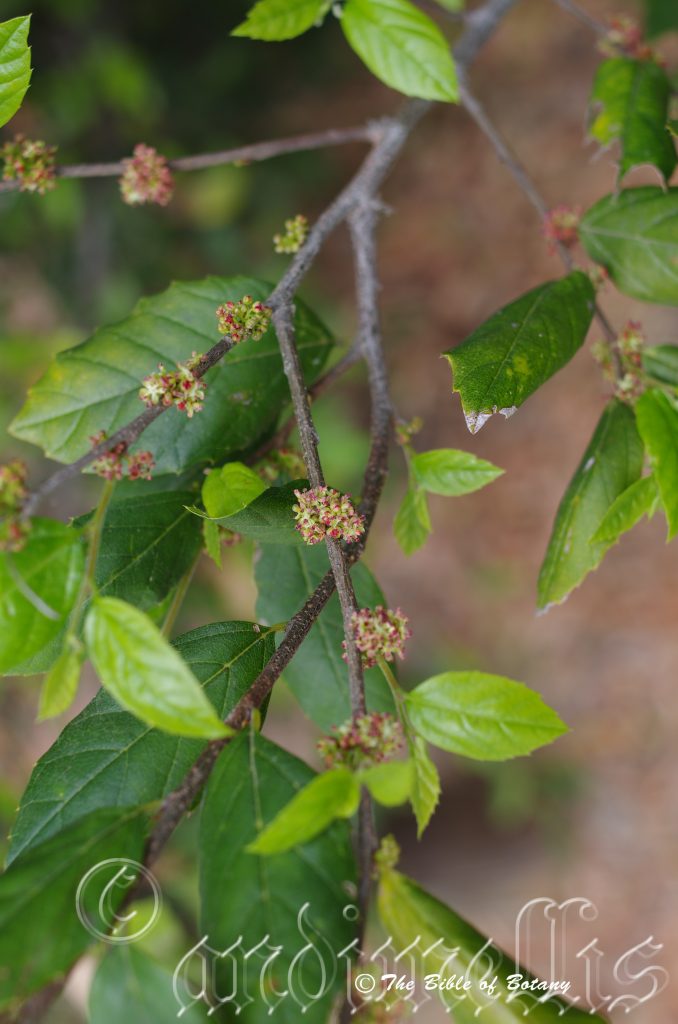
Kedron Brook Qld.
Aphananthe philippinensis
Classification:
Unranked: Eudicots
Class: Rosids
Order: Rosales
Family: Cannabaceae
Genus: From Aphanes, which is Ancient Greek for invisible and Antha/Anthos, which are Ancient Greek for the male reproductive organ on a flower or the flower. It refers to flowers, which are rather small and insignificant.
Specie: From Philippines, which is Latin for the Philippine Islands and Anum/Ensis, which is Latin for to originate from. It refers to plants, which were first discovered from the Philippines.
Sub specie:
Common Name: Wild Holly, Rough Leafed Elm, Native Elm or Native Hickory.
Distribution:
Aphananthe philippinensis is found south from the Iron Range National Park on Cape York Peninsula in far north Queensland to the Manning River in New South Wales north. It is mainly found on and east of the Great Dividing Range.
https://avh.ala.org.au/occurrences/search?taxa=Aphananthe+philippinesis#tab_mapView
Habitat Aspect Climate:
Aphananthe philippinensis grows mainly in dry sub topical and tropical rainforests in riparian zones or on alluvial flats. The altitude ranges from 5 meters ASL to 900 meters ASL.
The temperatures range from minus 3 degrees in August to 38 degrees in January.
The rainfalls range from lows of 850mm to an average of 3200mm annually.
Soil Requirements:
Aphananthe philippinensis prefer coarse sand, sandy loams to medium clays. The soils are usually derived from decomposed sandstones, granites, black basalts, brown basalts, metamorphic rocks, shales, alluvial deposits or accumulated peaty beach sands. The pH ranges from 5pH to 6pH. It does not tolerate waterlogged soils and seasonal high water tables. None saline soils to moderately saline soils are tolerated.
Height & Spread:
Wild Plants: 15m to 35m by 2.5m to 8m.
Characteristics:
Alphananthe philippinensis is a conical shaped single trunk or multi trunked small tree. The trunk and stems are dull grey to brown and flaky shedding in irregular patches near the base of very old trees. The bark is grey, pink-grey and covered in large papillate lumps. The trunks are fluted or weakly flanged on older trees. The branchlets are somewhat flaky yet persistent and covered in paler coloured oblong lenticels. Young stems are pale olive-green to yellow-green and densely covered in short cream to creamy-yellow or khaki hispid hairs.
Alphananthe philippinensis’s opposite leaves are elliptical, ovate or rarely obovate and measure 30mm to 50mm in length by 15mm to 30mm in width on mature trees while juvenile leaves measure up to 100mm in length by 60mm in width. The concolourous or discolourous leaves are sea-green, stiff and scabrous on the upper laminas while the lower laminas are usually paler. The base is truncate while the apex is broadly acute with a sharp spine. The laminas recurve upwards from the main vein and are convex between the lateral veins on the upper laminas. The margins are regularly and deeply toothed ending with a sharp rigid spine. The main vein and main laterals leading to each tooth are prominent on the lower lamina and are visible on the upper lamina. The petioles are similar to the lower lamina in colour and are covered in short, cream, creamy yellow or khaki hispid hairs. The petioles measures 3mm to 5mm in length.
The inflorescences of Alphananthe philippinensis are cauliforously born on the older stems. The pedicels are pale green and measure 1mm to 2mm in length. The yellow-green petals measure 1.5mm to 2mm in length by 1mm to 1.5mm in width.
The flowers are imperfect with male flowers measuring 4mm to 4.5mm in diameter anthesis while the female flowers measure 3mm to 3.5mm in diameter when receptive.
The male flowers are born on short cymes that measure 12mm to 20mm in diameter. The white filaments measure 1.5mm to 2mm in length while the bilobed, crimson anthers measure about 0.5mm in diameter.
The white style measures 1.5mm to 2mm in length while the bilobed crimson stigma measures about 0.6mm in diameter. Flowering occurs from September to late November.
Alphananthe philippinensis fruits are ovoid drupes. The drupes measure 8mm to 10.5mm length by 5.5mm by 8mm in diameter. The lime-green drupes turn pale yellow and soft on ripening. The style and bilobed stigma enlarges and is persistent at the apex. The fruits ripen from early summer to late summer.
Wildlife:
Alphananthe philippinensis is host to the larval stages of the Common Aeroplane Butterfly (Phaedyma shepherdi) and the large purple Line Blue Butterfly. (Nacaduba berenice)
The fruits are relished by many birds including Honey Eaters, Bower Birds, Cat Birds and even the Brush Turkey.
Cultivation:
Aphananthe philippinensis makes an excellent small tree or medium shrub for sunny or shady gardens or courtyards. They will grow 4 meters to 5 meters in height by 3 meter to 4 meters in diameter as a shrub but more often develop as a small pyramidal tree in cultivation growing from 7 meters to 12 meters in height by 3 meters to 4 meters in diameter when grown in the open or semi shade.
Alphananthe philippinensis are slow growing but responded well to heavy mulching, even moisture content in the soil and an annual dressing of a mixed organic fertilizer or regular liquid fertilizing. The foliage will remain denser, producing more terminal and lateral branches and consequently more flowers the following season.
Aphananthe philippinensis would make outstanding contribution to a moist heath garden. Here it can be used as the odd taller planted off center to give depth and height to the scene. When you design a flat heath garden which it is well suited don’t use contours to display the plants as heath lands are almost always flat or have a slight rise. Plants must be planted close together and be short so you can see over the tallest ones. The idea is to achieve a feeling of expansive flatness. This can be achieved with using the Aphananthe philippinensis‘s green ovate leaves and having them contrasting with finer pale green or soft grey to glaucous coloured foliage. Use a lot of procumbent plants like Carpobrotus edulis or Hibbertia species. Mix them with other smaller shrubs so none of them dominate the scene but blend in to give a mosaic of foliage colours that you oversee. Here I immediately think of Actinotis helianthi or Grevillea thelemanniana for two great contrasting foliage.
Because of their smaller diameter plants can be placed near a bend in the garden or along a long driveway with other smaller broad green leaf shrubs. They will gain a lot of attention and highlight the other broader green leaf shrubs below or placed between the taller Alphananthe philippinensis. Mass plant them (4 to 8) in the back ground with medium and larger plants in front. Plants with broad green leaves with flower colours of your choice can be used in the mid ground while large flowering specie can be placed in the background. They would be a very good choice if planted on a tight bend or “U” bends. Here the choice of companion plants to use on the outside of the bend is limited only by your imagination. Small Acacia specie to 1 meter diameter with cream or white flowers can also be used to great effect as their horizontal growth will complement Aphananthe philippinensis. Ensure the Acacia specie have larger leaves and if they were to flower at the same time or in a different season would be of no consequence as the foliage would still deliver plenty of interest.
Propagation:
Seeds: The seeds of Aphananthe philippinensis are often difficult to collect as the trees may not set viable seed every year. That is the fruits may not have an embryo. It has been noticed by the Save Our Waterways in Brisbane that some trees only set seed every 4 or 5 years. Clean off the flesh from the fruits and wash in clean water. Ensure all the flesh is removed and place in clean water. Remove seeds that float and discard as these most likely do not have a fertile embryo.
The fresh seeds should be sown immediately directly into a seed raising mix and are easy to germinate. Cover the seeds with 2mm to 3mm of mix. Keep the mix moist not wet and place it in a warm shady place. Germination is slow and should start in 35 to 60 days. Prick out and plant in25mm to 50mm tubes as soon as it is tall enough to transplant easily. Hold the tray over the winter in a warm place. Germination will recommence as soon as the days and nights start warming up. When the seedlings are 25 to 50 mm tall, prick them out and plant them into 50mm native tubes using a seed raising mix.
Once the seedlings reach 200mm to 250mm in height plant them out into their permanent position.
Plant them at 2 meter centers for a mass planting or closer if a quick coverage is required.
Fertilize using Seaweed, fish emulsion or organic chicken pellets soaked in water on an alternate basis. Fertilize every two months until the plants are established then annually in early September or March to maintain health, vitality and better flowering.
Further comments from readers:
Hi reader, it seems you use The Bible of Botany a lot. That’s great as we have great pleasure in bringing it to you! It’s a little awkward for us to ask, but our first aim is to purchase land approximately 1,600 hectares to link several parcels of N.P. into one at The Pinnacles NSW Australia, but we need your help. We’re not salespeople. We’re amateur botanists who have dedicated over 30 years to saving the environment in a practical way. We depend on donations to reach our goal. If you donate just $5, the price of your coffee this Sunday, We can help to keep the planet alive in a real way and continue to bring you regular updates and features on Australian plants all in one Botanical Bible. Any support is greatly appreciated. Thank you.
In the spirit of reconciliation we acknowledge the Bundjalung, Gumbaynggirr and Yaegl and all aboriginal nations throughout Australia and their connections to land, sea and community. We pay our respect to their Elders past, present and future for the pleasures we have gained.
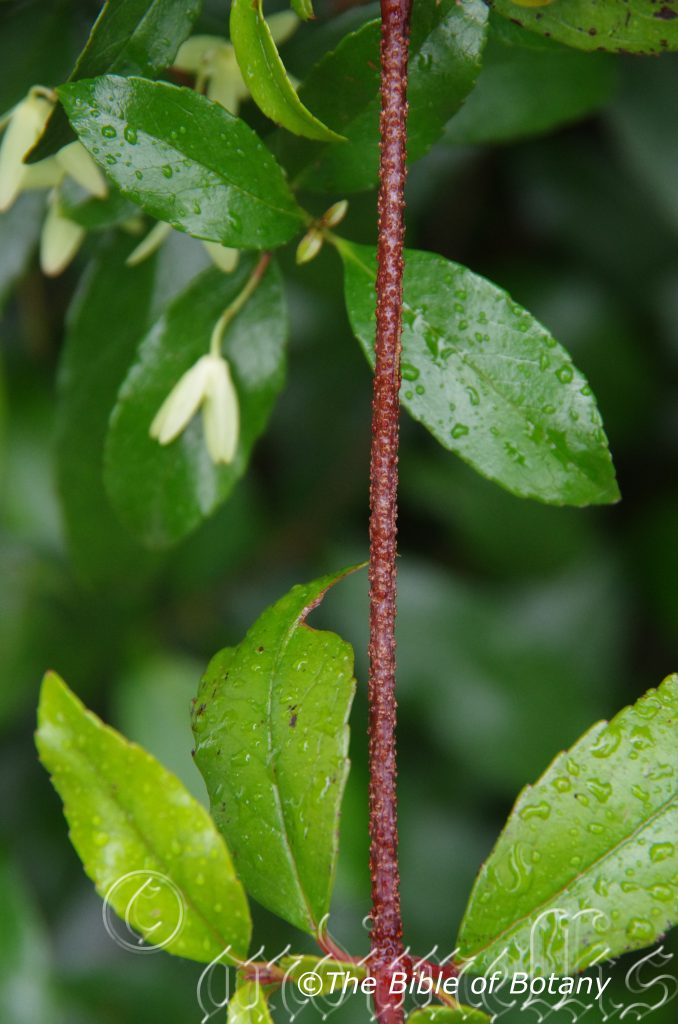
Grafton NSW
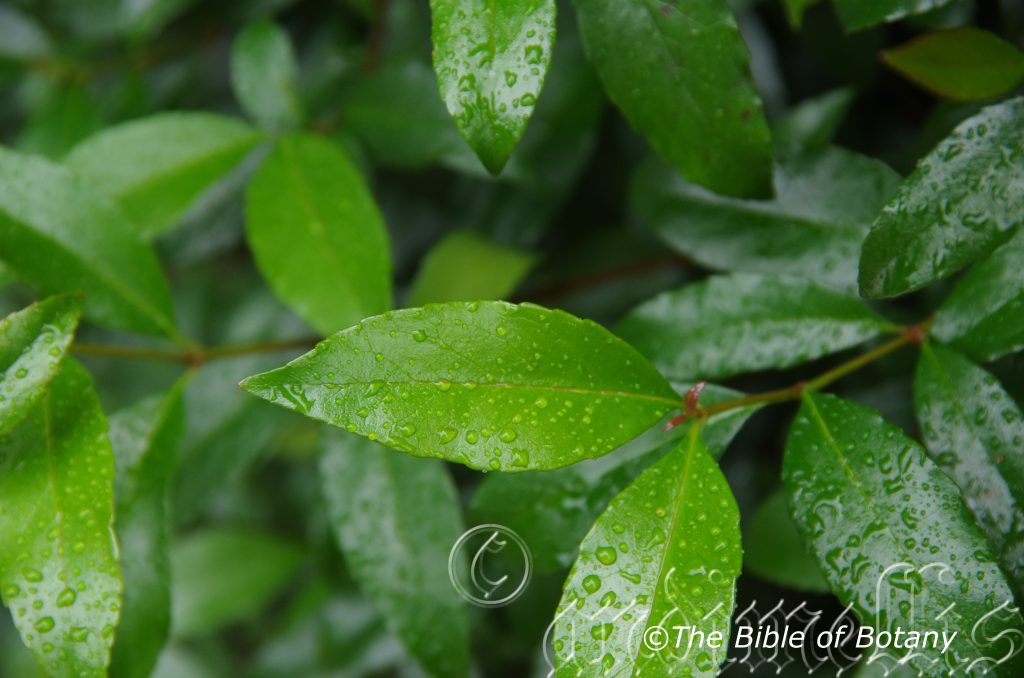
Grafton NSW
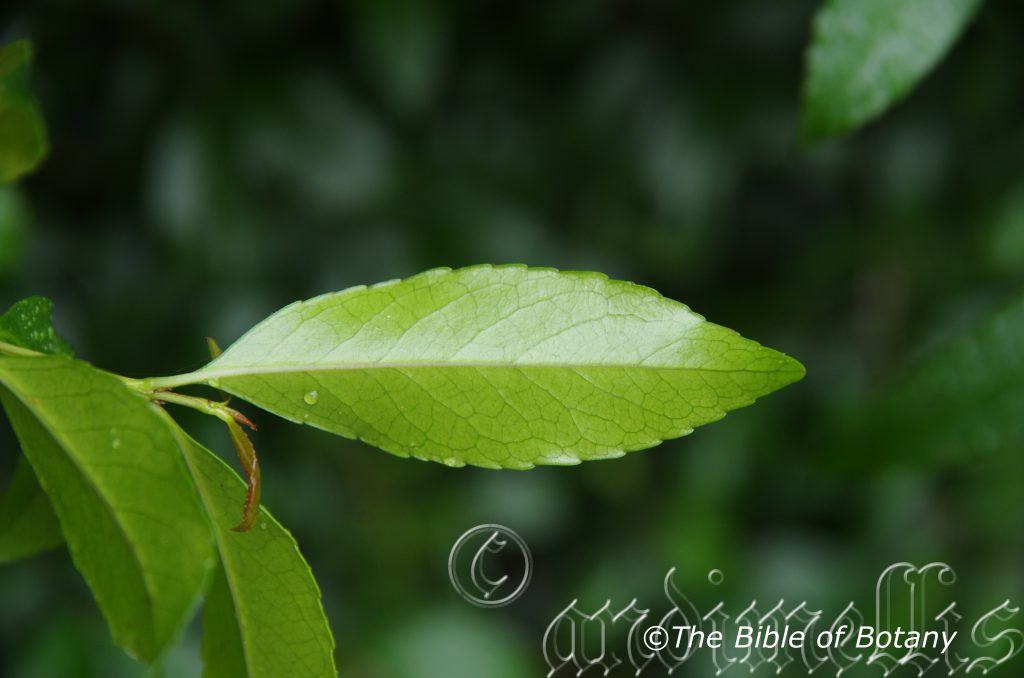
Grafton NSW

Grafton NSW
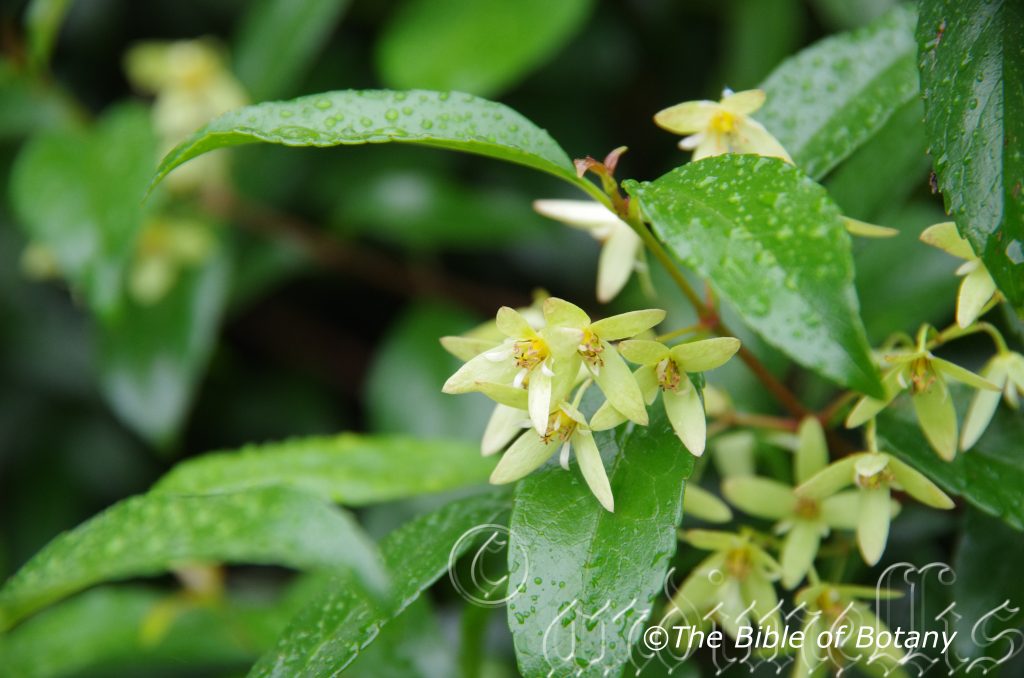
Grafton NSW
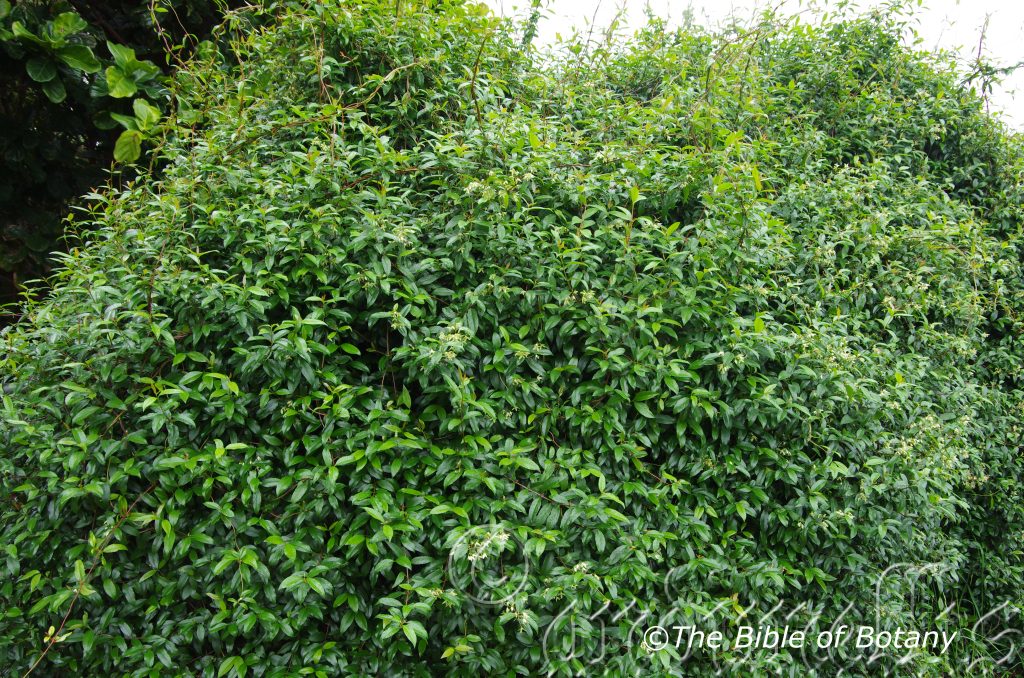
Grafton NSW
Aphanopetalum resinosum
Classification:
Class: Magnoliopsida
Order: Saxifragiles
Family: Cunoniaceae
Subfamily: Aphanopetalaceae
Genus: From Aphanes, which is Ancient Greek for invisible and Petalon, which is Ancient Greek for a petal. It refers to petals, which are rather small and insignificant.
Specie: From Resina, which is Latin for resin or gum. It refers to plants, which produce and exude a lot of resin or gum.
Sub specie:
Common Name: Gum vine
Distribution:
Aphanopetalum resinosum is found south from Maryborough in south eastern Queensland to the Victorian, New South Wales border. It is mainly found on and east of the Great Dividing Range. The altitude ranges from 5 meters ASL to 900 meters ASL.
https://avh.ala.org.au/occurrences/search?taxa=Aphanopetalum+resinosum#tab_mapView
Habitat Aspect Climate:
Aphanopetalum resinosum prefers dense shade to dappled sun light. It grows in all types of rainforests, moist gallery forests, riverine rain forests and littoral rainforests.
The temperatures range from minus 4 degrees in July to 34 degrees in January.
The rainfalls range from lows of 800mm to an average of 1800mm annually.
Soil Requirements:
Aphanopetalum resinosum prefer coarse sand, sandy loams to medium clays. The soils are usually derived from decomposed sandstones black basalts, brown basalts or alluvial deposits. The pH ranges from 5.5pH to 7pH. It does not tolerate waterlogged soils. None saline soils to slightly saline soils are tolerated.
Height & Spread:
Wild Plants: 1.5mm to 4m by 1m to 2m.
Characteristics:
Aphanopetalum resinosum is a small stem twinning climber which at times forms a small shrub. They have deep red-brown to deep red-purple stems. The stems are glabrous with many raised irregular shaped lenticels or resinous.
Aphanopetalum resinosum’s opposite leaves are glabrous, glossy, and ovate to broad lanceolate and measure 40mm to 95mm in length by 15mm to 30mm in width. The petiole measures 3mm to 5mm in length. The base is broad cuneate to rounded while the apex is round acuminate to obtuse. The discolourous laminas are deep green and glabrous on the upper lamina while the lower laminas are paler. The main and lateral vein is prominent on the lower lamina and is distinctly visible on the upper lamina. The margin of the leaf is regularly dentate.
The inflorescences of Aphanopetalum resinosum are in short cymes or loose panicles arising from the leaf axils. Each head contains 3 to 15 individual flowers. The flowers are cream, white or a faint greenish yellow. The 4 sepals are oblong with a broadly rounded-acute apex. They measure 5mm to 6mm in length by 2mm to 2.5mm in width.
The 6mm to 8mm style splits to form 4 stigmas. There are 8 white stamens which measure 3mm to 4mm in length with inflexed dehiscent hastate anthers. The thick style measures 3mm to 4mm in length and divides with the 4 linear stigmas measuring 1mm in length. Flowering takes place in late September through to late December.
The 3mm to 4mm nut is surrounded by the 4 persistent sepals which expand from their original length to 12mm by 5.5mm to surround the developing nut. Seeds ripen from March through to May.
Wildlife:
Aphanopetalum resinosum supports a number of Australian parasitic wasps namely the Trichogramma wasps. Trichogramma wasps are my favourites. Though it is very small at 1mm to 2mm it is the most elite killers in the insect world downing prey hundreds of times larger than themselves. They have saved me and other farmers thousands of dollars on the farm. Nature against nature is the most resourceful yet environmentally safe way to deal with many farmland pests. These tiny wasps are being bred, purchased by farmers and released to kill moth larvae and other farm pests. They parasitize a host, by laying their eggs inside the eggs or larvae of a host. The larvae then go about eating its host. When it is not on the prowl they seek refuge in different plants. Aphanopetalum resinosum is one of those plants. It is also homes to two other larger specie of wasps the Vespid and Sphecid. These two wasps may unintentionally be protecting their smaller cousins from predators.
Cultivation:
It would make an good fire retardant climber or ground cover.
* Fire retardant plants act as radiant heat screens and absorb more heat from an approaching fire without burning.
* Fire retardant trees are able reduce wind speed near a house or out buildings.
* Fire retardant also trap embers and sparks carried by the wind.
* Fire retardant ground covers are able to catch burning embers without catching fire themselves, and also slow the travel of a fire through debris and litter on the ground.
It would make an excellent bushy groundcover, small trellis twiner, hanging basket plant or totem pole for court yards, pools, indoors or outdoors. They will tolerate full sun however the leaves are at their glossy best when in dappled light or filtered light. Your imagination is the only limit to this beautiful small climber.
It is suitable for small to large gardens in semi shade to full shade.
Aphanopetalum resinosum makes an excellent ground cover in a medium to large area when mass planted particularly in frosty moist shaded areas. Plants I have grown in Nana Glen responded extraordinary to an annual dressing of a mixed organic fertilizer or regular liquid fertilizing with our recommended fertilizing programmed on father’s day each year. The foliage was deep glossy green and flowering was prolific come mid spring and extended late into December.
When growing Aphanopetalum resinosum ensure a good quality potting mix is used or plenty of compost and leaf litter if it is to be used as a garden specimen. It is a fast grower in cultivation where the soil has been adequately prepared. Plants are easy to grow as long as moisture is retained in the soil or mix.
If drying out occurs and the leaves are burnt off simply cut the plant back hard. They will recover very quickly. Tip pruning in early spring or late winter will enhance growth and flowering while tip pruning after flowering will increase bushiness and flowering in the following season.
Pests are unknown on this plant and this could be because of its attraction to the Trichogramma wasp. Because of their small size Trichogramma wasps are unable to sting mammals.
Propagation:
Seeds: Aphanopetalum resinosum seeds can be sown directly into a seed raising mix. Fresh seed is best but if you are not ready to plant the seeds can be placed in the fridge vegetable crisper over winter. Cover the seeds with 2mm to 3mm of mix. Keep the mix moist not wet and place it in a warm shady place. Germination is rapid and should start in 8 to 12 days and be completed by the 24 day. When the seedlings are 25 to 50 mm tall, prick them out and plant them into 50mm native tubes using a seed raising mix.
Once the seedlings reach 200 to 250mm in height plant them out into their permanent position.
Mass planting as a ground cover is best achieved by planting them at of 1.8 meters to 2.2 meters or every meter along a 3 meter high fence or pergola.
Cuttings: Aphanopetalum resinosumis best grown from 100mm long ripened material from the present or previous season’s growth which have 2 sets of nodes. Take them in early spring or shortly after flowering. Remove half the leaves from the bottom section being careful not to tear the bark. Take a 10mm slice off the bark from the bottom of the cutting on one side. Using an appropriate rooting hormone, dip the cutting in and place it in a moist sterile seed raising mix. Cover the tray or pot in a plastic bag and keep warm not hot. When the cuttings have obviously struck and have developed good roots treat them as for seedlings.
INDOORS OR POTTED ON:
Sawdust or sand mixes are too well draining unless the sawdust has completely composted down where it exhibits a texture like plastacine to the touch. Moisture can be squeezed out between the fingers yet it remains moist. I find this a great basis to start with.
Mix equal parts of the well decomposed saw dust with the above feel with perlite and vermiculite. To this add two part sharp clean sand, one part compost and one part good crusher dust from a basalt rock quarries. Preferably black basalt but both are good. Make sure the sand comes from a source that does not have salt. (See mix)
Indoor plants need good light and ventilation without drying breezes or wind.
Plant them at 2 meter centers for a mass planting or closer if a quick coverage is required.
Fertilize using Seaweed, fish emulsion or organic chicken pellets soaked in water on an alternate basis. Fertilize every two months until the plants are established then annually in early September or March to maintain health, vitality and better flowering.
Further comments from readers:
Hi reader, it seems you use The Bible of Botany a lot. That’s great as we have great pleasure in bringing it to you! It’s a little awkward for us to ask, but our first aim is to purchase land approximately 1,600 hectares to link several parcels of N.P. into one at The Pinnacles NSW Australia, but we need your help. We’re not salespeople. We’re amateur botanists who have dedicated over 30 years to saving the environment in a practical way. We depend on donations to reach our goal. If you donate just $5, the price of your coffee this Sunday, We can help to keep the planet alive in a real way and continue to bring you regular updates and features on Australian plants all in one Botanical Bible. Any support is greatly appreciated. Thank you.
In the spirit of reconciliation we acknowledge the Bundjalung, Gumbaynggirr and Yaegl and all aboriginal nations throughout Australia and their connections to land, sea and community. We pay our respect to their Elders past, present and future for the pleasures we have gained.
Apium prostratum
Classification:
Unranked: Eudicots
Class: Rosids
Order: Rosales
Family: Cannabaceae
Genus: From Apium, which is Latin for the old name of the parsley and celery plants. It refers to plants, which are related to the commercial celery, Apium graveolens originally named by Theophrastus.
Specie: From Prostratum, which is Latin for to throw on the ground or lie on the ground. It refers to plants which grow flat on the ground.
Sub specie: Apium prostratum subsp. filiforme: From Filum, which is Latin for a thread or a thin cord and Forme which is Latin for to take the shape or form of. It refers to a structure or organ, which is thread like.
Sub specie: Apium prostratum subsp. prostratum: From Prostratum, which is Latin for to throw on the ground or lie on the ground. It refers to plants which grow flat on the ground.
Common Name: Sea Celery.
Distribution:
Apium prostratum subsp. prostratum is found south from near Geraldton in central Western Australia around the coastline to north of Rockhampton in central Queensland. It also circumnavigates Tasmania and the Bass Strait Islands.
Apium prostratum subsp. filiforme is found south from Bussleton far the south eastern corner of Western Australia around the coastline to north of Rockhampton in central Queensland. It also circumnavigates Tasmania and the Bass Strait Islands.
https://avh.ala.org.au/occurrences/search?taxa=Apium+prostratum#tab_mapView
Habitat Aspect Climate:
Apium prostratum grows mainly along coastal foreshores estuaries in brackish water. The altitude ranges from 5 meters ASL to 900 meters ASL.
The temperatures range from minus 4 degrees in August to 38 degrees in January.
The rainfalls range from lows of 250mm to an average of 2000mm annually.
Soil Requirements:
Apium prostratum prefers good quality loams, poor quality sandy loams to medium clays. The soils are derived from decomposed sandstone, shale, brown and black basalts, granites and metamorphic rocks. It is found on and east of the Great Dividing Range. The soils pH ranges from 4.5pH to 7pH. It is tolerates waterlogged soils. Slightly saline soils to extremely saline soils are tolerated.
Height & Spread:
Wild Plants: 30mm to 70mm by 30mm to 250mm.
Characteristics:
Apium prostratum stems are grass-green and glabrous.
Apium prostratum’s leaves are 1 to 2 pinnatisect. The base leaves measure 50mm to 410mm in length while those opposite the compound umbels measure 20mm to 150mm in length. There are 3 leaflets on Apium prostratum subsp. prostratum which are linear to narrowly lanceolate and measure 6mm to 12mm in length by 2mm to 4mm in width. The concolourous grass-green leaves are glabrous. The base on pium prostratum subsp. prostratum is tapering while the apex is tapering with an aristate tip. The laminas are flat while the margins are entire. The main vein is prominent on the lower lamina and is visible on the upper lamina. The petioles are grass-green, glabrous and measure 6mm to 12mm in length with the middle petiole being the longest.
The inflorescences of Apium prostratum are umbels which measure 35mm to 70mm in diameter. The pedicels are pale green and are sessile or measure 2mm to 20mm in length. The 2 to 15 yellow-green rays measure 0.4mm to 5.5mm in length. The white ovate petals measure 0.8mm to 1.5mm in length.
The white filaments and anthers are minute.
The white style is minute. Flowering for Apium prostratum subsp. prostratum occurs from September to March.
The white style is minute. Flowering for Apium prostratum subsp. filiforme occurs from October to April.
Apium prostratum fruits are obovate to circular capsules. The capsules measure 1.3mm to 2.5mm length by 1.5mm by 2.5mm in diameter. The grass-green capsules turn pale yellow then grey on ripening. There are 5 thick longitudinal furrows between the narrow furrows.
Wildlife:
Apium prostratum is fertilized by various pollen eating hover flies.
The leaves, stems and seeds taste similar to celery with a dash of parsley and can be used as a substitute for celery.
Cultivation:
Apium prostratum would make an excellent addition to the herb or vegetable garden. The plants need full sun to part shade and even moisture all year to grow at its best. It can be used successfully in areas that are too wet or the soils are too heavy for other vegetable crops.
Propagation:
Seeds: The seeds of Apium prostratum should be sown immediately directly into a seed raising mix and are easy to germinate. Cover the seeds with 2mm to 3mm of mix. Keep the mix moist not wet and place it in a warm shady place. Germination is slow and should start in 25 to 30 days. Prick out and plant in 25mm to 50mm tubes as soon as it is tall enough to transplant easily.
Once the seedlings reach 200 to 250mm in height plant them out into their permanent position.
Plant them at 2 meter centers for a mass planting or closer if a quick coverage is required.
Fertilize using Seaweed, fish emulsion or organic chicken pellets soaked in water on an alternate basis. Fertilize every two months until the plants are established then annually in early September or March to maintain health, vitality and better flowering.
Further comments from readers:
Hi reader, it seems you use The Bible of Botany a lot. That’s great as we have great pleasure in bringing it to you! It’s a little awkward for us to ask, but our first aim is to purchase land approximately 1,600 hectares to link several parcels of N.P. into one at The Pinnacles NSW Australia, but we need your help. We’re not salespeople. We’re amateur botanists who have dedicated over 30 years to saving the environment in a practical way. We depend on donations to reach our goal. If you donate just $5, the price of your coffee this Sunday, We can help to keep the planet alive in a real way and continue to bring you regular updates and features on Australian plants all in one Botanical Bible. Any support is greatly appreciated. Thank you.
In the spirit of reconciliation we acknowledge the Bundjalung, Gumbaynggirr and Yaegl and all aboriginal nations throughout Australia and their connections to land, sea and community. We pay our respect to their Elders past, present and future for the pleasures we have gained.
Aponogeton elongatus
Classification:
Unranked: Monocots
Class:
Order: Alismatales
Family: Aponogetonaceae
Genus: From Aponi, which is Latin for the name of a healing spring and Geiton, which is new Latin for a neighbour. It refers to plants, which grow in springs.
Specie: From Elongatus, which is Latin for to draw out or lengthen. It refers to the shape or form of the plants leaves being somewhat linear.
Sub specie:
Common Name: Wild Holly, Rough Leafed Elm, Native Elm or Native Hickory.
Distribution:
Aponogeton elongatus is found from Broome on the west coast of Western Australia to the Bellinger River in northern New South Wales. It is found in most river systems where permanent water exists.
https://avh.ala.org.au/occurrences/search?taxa=Aponogeton+elongates#tab_mapView
Habitat Aspect Climate:
Aponogeton elongatus grows mainly in fresh water but ventures into slow flowing brackish water. The altitude ranges from 0 meters ASL to 150 meters ASL.
Water temperatures range from 16 degree in August to 33 degrees in February.
Rainfalls range from lows of 850mm to an average of 3200mm annually.
Soil Requirements:
Aponogeton elongatus prefers better quality deep silts to heavy silts. It grows in billabongs, alluvial flats or lagoons. The soils pH ranges from 6pH to 8pH. Non saline soils to extremely saline waters are tolerated.
Height & Spread:
Wild Plants: 0.2m to 1m by 0.5m to 1.5m.
Characteristics:
Aponogeton elongatus is a tuberous perennial aquatic plant. The tubers can survive for several years buried in the sediments of billabongs, dams and on flood plains. The tubers measure 20mm to 40mm in length by 10mm to 16mm in diameter.
Aponogeton elongatus‘s leaves are mainly submerged with a few floating. The submerged leaves are narrow elliptical, broad elliptical to elliptical-ovate and measure 150mm to 420mm in length by 25mm to 67mm in width. The concolourous grass-green to deep green leaves may have a reddish-brown tinge. The bases are asymmetrical or symmetrical, rounded, cuneate or attenuate while the apex is broadly acute, obtuse or acuminate. The laminas are slightly recurve upwards and undulating while the margins are entire or slightly undulating. There are 7 to 9 rarely 5 or 11 longitudinal veins are slightly prominent on the lower lamina and are faintly visible on the upper lamina. The petioles are grass-green vary from 150mm to 350mm in length.
The floating leaves are elliptical to ovate and measure up to 90mm in length by 5mm in length by 8mm in diameter. The concolourous dull grass-green to dull deep green leaves may have a reddish-brown tinge. The bases are oblique, rounded or cuneate while the apexes are acute to acuminate. The laminas are flat while the margins are entire. The main vein is slightly prominent on the lower lamina and is faintly visible on the upper lamina. The petioles are grass-green and vary considerably on the depth of the water from 100mm to 1000mm in length.
The inflorescences of Aponogeton elongatus are spictate born from the underground tubers. The racemes are grass-green and measure 100mm to 900mm in length depending on the depth of the water. The flowering spike itself measures 20mm to 140mm in length. The 2 yellow-green tepals measure 1.8mm to 2.5mm in length by 0.7mm to 1.3mm in width.
The 6 to 10 pale yellow to yellow stamens maybe fertile or sterile. The filaments measure 0.8mm to 2.7mm in length while the yellow anthers measure 0.3mm to 0.6mm in length by 0.3mm to 0.4mm in width. The yellow style measures 1.5mm to 2mm in length while the yellow ovary is glabrous and contains usually 3 or rarely 2 to 6 carpals. Flowering occurs in the warmer months and when water is slow moving in the south but may occur throughout the year in the northern parts of its range when conditions are suitable.
Aponogeton elongatus fruits are elliptical to globose capsules. The capsules have a thick coating and measure 2.5mm to 5.8mm in length by 1.8mm by 5mm in width. The capsules have a pronounced beak that measures 1mm to 1.5mm in length and is off set from the apex. The lime-green to deep green capsules turn brown when ripe. The 2 to 5 ellipsoidal seeds measure 1.2mm to 4mm in length by 0.5mm to 1.5mm in width.
Wildlife:
Aponogeton elongatus is unknown to the author.
Cultivation:
Aponogeton elongatus would make an excellent outdoor pond plant or aquariums where it will grow from 200mm to 800mm in length by 200mm to 600mm in diameter when grown in the full sun to strong indirect light.
If a pond is wanted it can be made inexpensively by performing the earth below to from a shallow recess 150mm to 400mm in depth with your desired shape.
Now pack the earth down on the bottom and the sides. Make sure there are no sharp objects like stones or sticks poking through. Cover the whole area in about 50mm of fine clean sand. Place good quality thick black UV resistant black plastic down along the bottom and up the sides making sure that the plastic sits flat and up the sides over hanging the top by at least 300mm. lay a second and if necessary a third sheet over the top in the same manner. Place a pipe at the low spot so that rain water will drain out into your bog or rainforest garden or wallum. Make sure that the pipe is above the level of the wallum ground and it is large enough to drain the water in times of severe storms.
5 square meters needs a 32mm water pipe.
12 square meters will need a 50mm water pipe.
50 square meter pond will need 100mm pipe.
180 square meters will need 4 by 100mm water pipes or 1 by 200mm pipe.
Fill the pond with water.
Place rocks around the edge of the pond and on the black plastic so the plastic is well camouflaged.
Plant the small shrubs lilies and irises near the rocks.
Cover the surrounding ground with your favourite mulch.
Now you can place your potted Aponogeton elongatus in the water.
The water may cloud at first but should clear within a few days to a week.
Propagation:
Seeds: The seeds of Aponogeton elongatus are easily propagated and usually germinate within a few weeks. The fresh seeds should be sown immediately directly into a seed raising mix. Cover the seeds with 2mm to 3mm of mix. Keep the mix wet by placing the tray in a permanent supply of water like a saucer so that the top of the mix can be covered with 20mm to 25mm of water. Place it in a warm position that receives plenty of indirect sunlight.
When the seedlings are big enough to handle prick them out and plant them in 25mm to 50mm tubes. Place the tubes in a saucer of water which covers the tubes by 20mm to 25mm in depth.
Fertilize using a weak solution of Seaweed or fish emulsion.
Once the seedlings reach 40 to 50mm in height repot them into 200mm squat pots and submerge the pots in holding tank with a minimum of 200mm of water covering the pots. Again fertilize using a weak solution of Seaweed or fish emulsion.
Plant them at 2 meter centers for a mass planting or closer if a quick coverage is required. Fertilize the plants with the above fertilizers, in early spring and again after flowering.
Underground tubers appear root like, but can be identified as stems by the presence of scale like leaves and buds. They serve not only as food storage organs for the plants in time of drought and periods of dormancy but also as a natural means of asexual reproduction. Many aquatic plants grow from rhizomes. To propagate from the tubers simply cut or split the tuber into 2 equal parts ensuring each section has several eyes and roots. The eyes will form new shoots and roots. In some plants, the rhizome branches freely and this is ideal for propagating from. All that is needed is to cut each tuber branch off at the main tuber.
Further comments from readers:
Hi reader, it seems you use The Bible of Botany a lot. That’s great as we have great pleasure in bringing it to you! It’s a little awkward for us to ask, but our first aim is to purchase land approximately 1,600 hectares to link several parcels of N.P. into one at The Pinnacles NSW Australia, but we need your help. We’re not salespeople. We’re amateur botanists who have dedicated over 30 years to saving the environment in a practical way. We depend on donations to reach our goal. If you donate just $5, the price of your coffee this Sunday, We can help to keep the planet alive in a real way and continue to bring you regular updates and features on Australian plants all in one Botanical Bible. Any support is greatly appreciated. Thank you.
In the spirit of reconciliation we acknowledge the Bundjalung, Gumbaynggirr and Yaegl and all aboriginal nations throughout Australia and their connections to land, sea and community. We pay our respect to their Elders past, present and future for the pleasures we have gained.
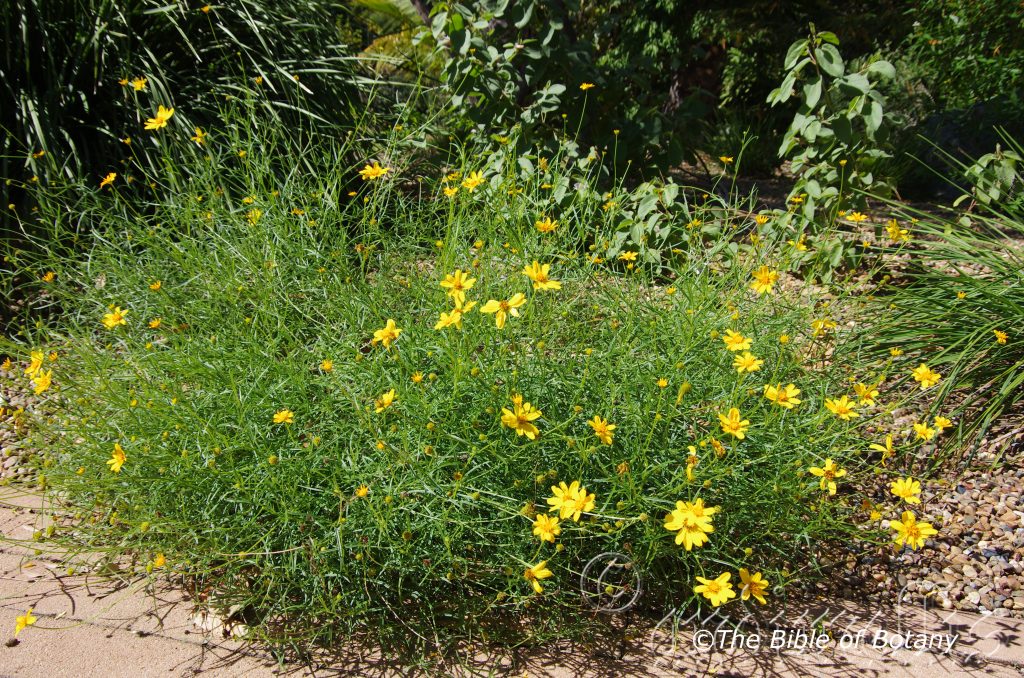
Townsville Qld.
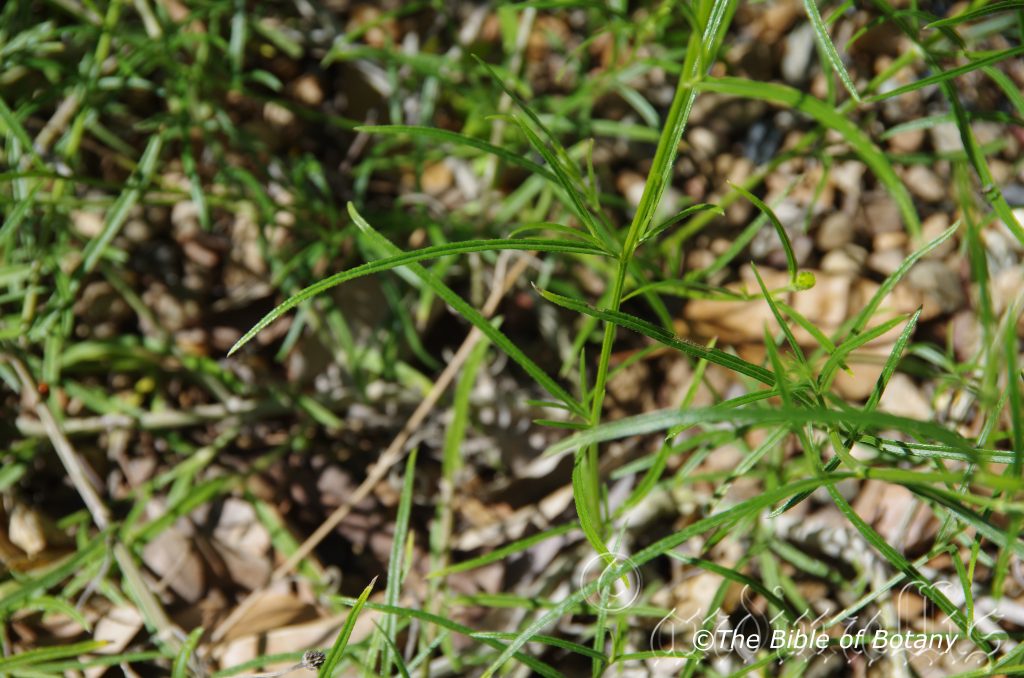
Townsville Qld.

Brisbane Qld.
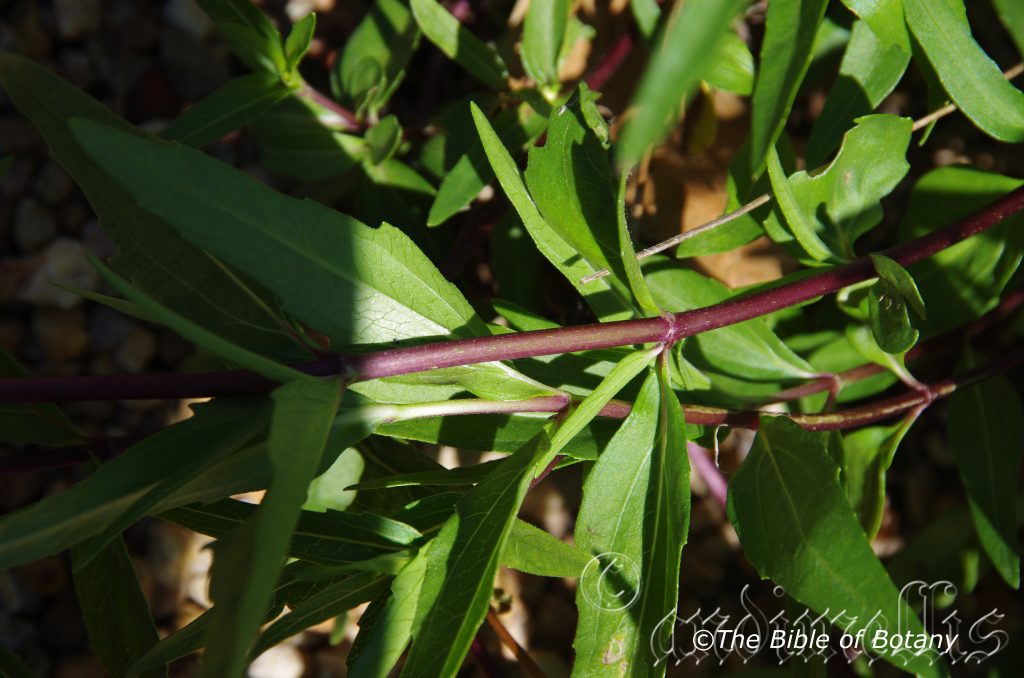
Townsville Qld.

Townsville Qld.

Brisbane Qld.

Brisbane Qld.

Townsville Qld.
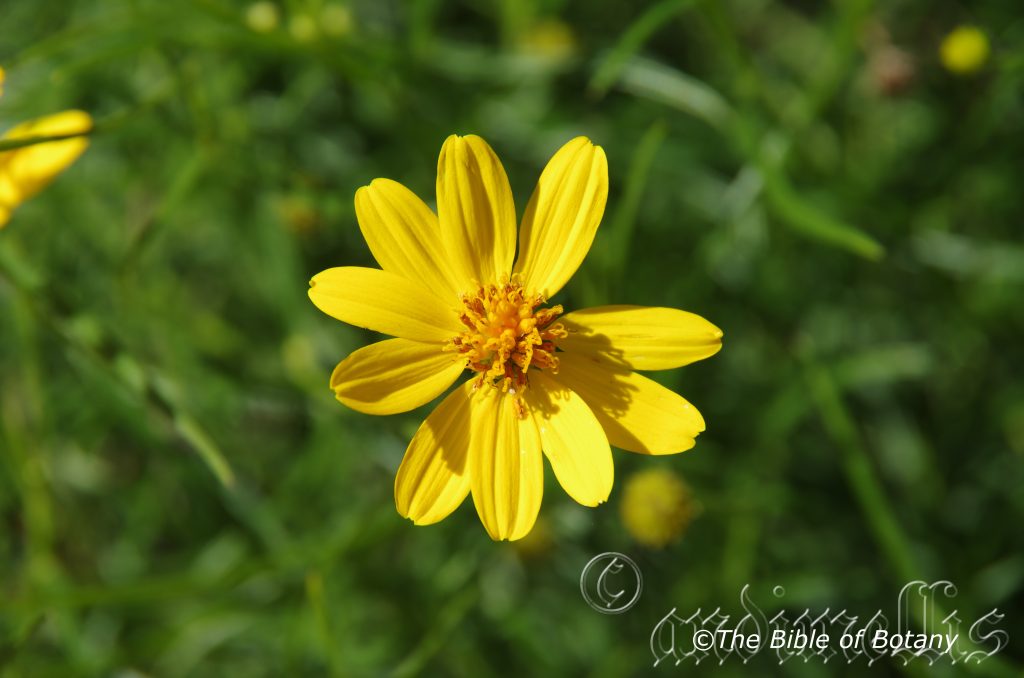
Townsville Qld.

Townsville Qld.
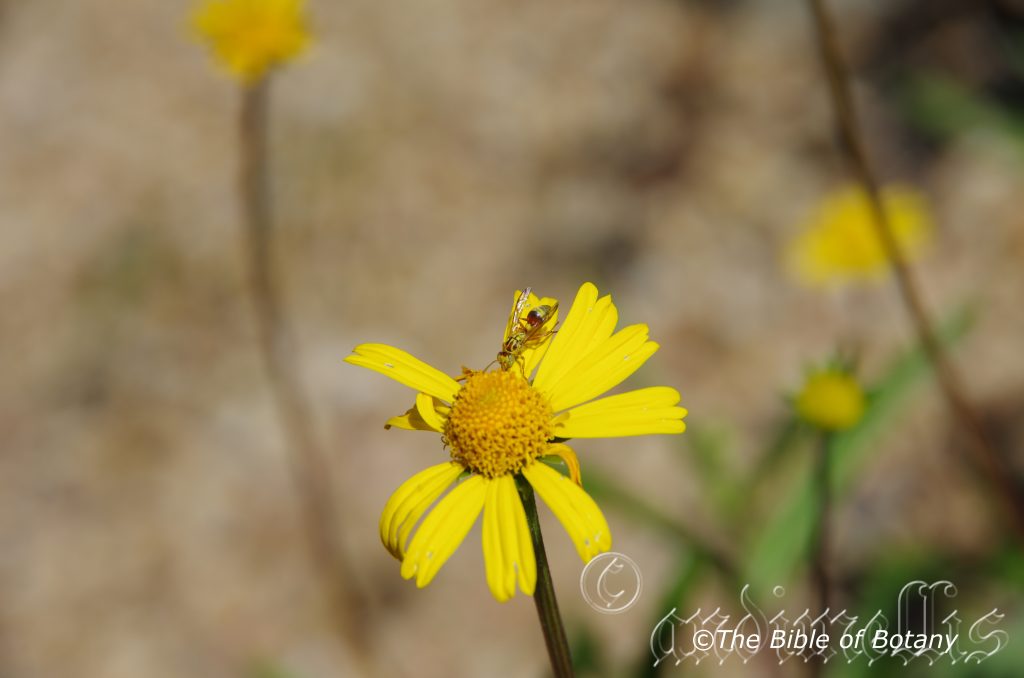
Townsville Qld.
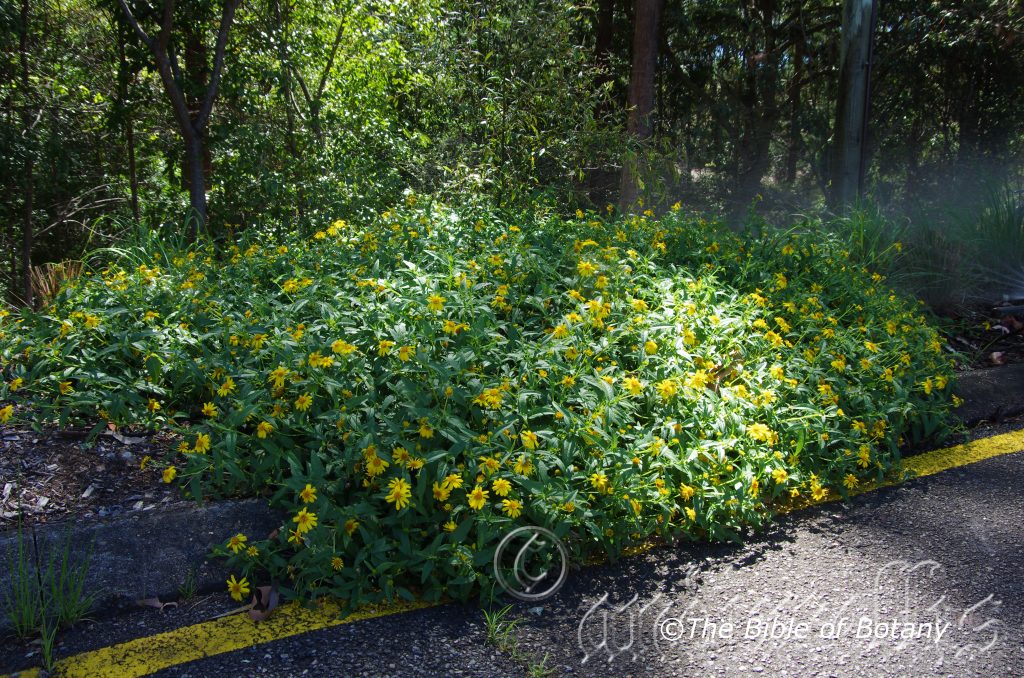
Brisbane Qld.
Apowollastonia spilanthoides
Classification:
Class: Equisetopsida
Subclass: Magnoliidae
Superorder: Asteranae
Order: Asterales
Family: Asteraceae
Genus: From Apo, which is Ancient Greek for away from or separated and is named in honour of Alexander Frederich Richmond Wollaston; 1875-1930, who was an English explorer and naturalist. It refers to a European genus that is similar to the Wollastoni.
Specie: From Spilos which is Ancient Greek for a spot, Antha/Anthos which is Ancient Greek for the male reproductive organ on a flower or the flower and Eidos/Oides, which is Ancient Greek for alike or similar to. It refers to plants, which resemble plants from the Spilanthes genus.
Sub specie:
Common Name:
Distribution:
Apowollastonia spilanthoides is found south from the Cape York Peninsula to Cloncurry, the Liverpool Range and then east to the Manning River in New South Wales. It grows on the Western Plains, the Western Slopes, on and east of the Great Dividing Range to the coast.
https://avh.ala.org.au/occurrences/search?taxa=Apowollastonia+spilanthoides#tab_mapView
Habitat Aspect Climate:
Apowollastonia spilanthoides prefers dappled shade to full sun. It usually grows on rocky, gravelly slopes or at times heavy black soil flats. The altitude ranges from 10 meters ASL to 1900 meters ASL.
The temperatures range from minus 3 degree in July to 40 degrees in January.
The rainfall ranges from lows of 250mm to 3000mm average per annum.
Soil Requirements:
Apowollastonia spilanthoides prefer light sandy loams to heavy clays. Heavy, black, cracking, fertile clay vertisols soils are common on the flats. The soils are usually derived from decomposed granites, sandstones, brown basalts, black basalts, metamorphic rocks, limestones, or alluvial deposits. The soils pH. ranges from 5pH to 8pH. It does not tolerate waterlogged soils but grows on soils that are often strongly water retentive and wet during the wet season. Non saline soils to moderately saline soils are tolerated.
Height & Spread:
Wild Plants: 0.2m to 1m by 0.4m to 1.5m.
Characteristics:
Apowollastonia spilanthoides grow as a perennial herb with deep angulated, green, stems are sparsely covered in white appressed hairs, turning glabrous and glossy maroon on healthy old plants.
The opposite linear, lanceolate to elliptical-ovate leaves of Apowollastonia spilanthoides measure 25mm to 105mm in length by 3mm to 10mm in width. The pale green scabrous petiole measures 0mm to 3mm in length. The bases are cuneate while the apexes are acute. The concolourous laminas are deep green to sea-green, dull and covered in white appressed hairs. The laminas recurve upwards from the mid vein to the margins and decurve downwards near the base. The margins are regularly to irregularly tooth often with a small toothed lobe near the base. The mid vein with 2 parallel and pinnate veins are prominent on the lower laminas and are clearly visible from the upper laminas.
The inflorescences of Apowollastonia spilanthoides are born singularly or in pairs on a long peduncle. The green, peduncles are sparsely covered in caduceus white hairs and measure 5mm to 200mm in length. The green involucral ovate to lanceolate bracts measure 3mm to 6mm in length. The receptacle scales are lanceolate. The 8 to 10 deep yellow ray florets are oblanceolate and measure 7mm to 9mm in length by 3.5mm to 4.5mm in width. The 36 to 42 disc florets are deep yellow. The individual flowers have 5 acute petals. The disc measures 5mm to 6mm in diameter.
The inserted stamens are free for their entire length and are deep yellow.
The yellow style has a bifid stigma. The flowers appear from late September to April.
Apowollastonia spilanthoides‘s fruits are compressed striated achenes. The capsules are glabrous and measure 3mm to 4mm in length by 0.5mm to 6mm in diameter. The minute pappus is toothed which at times have a short caducous bristle.
Wildlife:
Apowollastonia spilanthoides is visited by numerous native bees and wasps.
Cultivation:
It would make an good fire retardant annual ground cover.
* Fire retardant plants act as radiant heat screens and absorb more heat from an approaching fire without burning.
* Fire retardant trees are able reduce wind speed near a house or out buildings.
* Fire retardant also trap embers and sparks carried by the wind.
* Fire retardant ground covers are able to catch burning embers without catching fire themselves, and also slow the travel of a fire through debris and litter on the ground.
Apowollastonia spilanthoides is a beautiful, large, perennial herb that can be grown in association with other rockery plants. In cultivation it grows from 0.8 meters to 1meter in height by 0.8 meters to 1 meter in diameter when grown in the open.
It grows exceptionally well on fertile sandy loams to heavy clay soils especially where deep leaf litter keeps the soil cool and moisture at an even level. If these requirements are met it can cope with temperatures as low as 0 degrees and up to 40 degrees. It is not drought resistant so moisture should be maintained at all times but allow the soils to dry out between watering.
Add to the above, if it is given an adequate supply of water and a little native fertilizer on a regular basis the plants will respond with excellent flowering and fruit over a long period.
It looks particularly beautiful in larger rockeries among rocks, boulders and other garden features with smaller red or blue flowering annuals and perennials in the fore ground. In cultivation it is one of Australia’s best flowering daisies with its only downside being its size, but it can be tipped pruned from an early age.
The plants can be pruned back hard after the flowering has subsided. This will encourage stronger lateral shoots and better flowering in the following spring.
Propagation:
Seeds: The seeds of Apowollastonia spilanthoides achenes can be easily removed from the ripe flower heads.
Sow fresh seeds directly into a seed raising mix, keeping them moist not wet. Do not over water as the seeds will rot off before germination takes place. Place the trays in a warm shaded area with 20mm to 30mm shade cloth in the bush house. When the seedlings are 30mm to 50mm tall, prick them out and plant them into 50mm native tubes using a good organic mix or directly into their permanent position.
As the seedlings roots reach the bottom of the tubes plant them out into their permanent position. Do not delay.
Fertilize using Seaweed, fish emulsion or organic chicken pellets soaked in water and apply the liquid on an alternate basis. Fertilize every 2 months until the plants are well established then on an annual basis in September or March to maintain better health, vitality and flowering.
Further Comments from Readers:
Hi reader, it seems you use The Bible of Botany a lot. That’s great as we have great pleasure in bringing it to you! It’s a little awkward for us to ask, but our first aim is to purchase land approximately 1,600 hectares to link several parcels of N.P. into one at The Pinnacles NSW Australia, but we need your help. We’re not salespeople. We’re amateur botanists who have dedicated over 30 years to saving the environment in a practical way. We depend on donations to reach our goal. If you donate just $5, the price of your coffee this Sunday, We can help to keep the planet alive in a real way and continue to bring you regular updates and features on Australian plants all in one Botanical Bible. Any support is greatly appreciated. Thank you.
In the spirit of reconciliation we acknowledge the Bundjalung, Gumbaynggirr and Yaegl and all aboriginal nations throughout Australia and their connections to land, sea and community. We pay our respect to their Elders past, present and future for the pleasures we have gained.
Arachniodes aristata
Classification:
Unranked: Pteridophyta
Class: Pteridopsida
Order: Dryopteridales
Family: Dryopteridaceae
Genus: From Arachnid, which is Ancient Greek or Arachnida, which is Latin for a spider’s web and Eidos/Oides, which is Ancient Greek for alike or similar to. It refers to fronds, which are covered in or appear as though they is covered in a spider’s web.
Specie: From Aristatus, which is Latin for a long appendage. It refers to organs, which have a long appendage at the apex
Sub specie:
Common Name: Prickly Shield Fern.
Distribution:
Arachnoides aristata is found south from the Daintree River National Park in far north eastern Queensland to Woollongong in central coastal New South Wales. It is found east of the Great Dividing Range.
https://avh.ala.org.au/occurrences/search?taxa=Arachnioides+aristata#tab_mapView
Habitat Aspect Climate:
Arachnoides aristata prefers dappled light shade to dense shade. It grows in small clumps to large colonies on moist alluvial flats in rainforests adjacent to rainforests or along creeks and rivers and in humid moist riparian rainforests or moist gallery forests. The altitude ranges from 5 meters ASL to 900 meters ASL.
The temperatures range from minus 2 degrees in July to 34 degrees in January.
The rainfalls range from lows of 850mm to an average of 3200mm annually.
Soil Requirements:
Arachiniodes aristata prefer better quality sandy loams to medium clays. The soils are usually derived from decomposed sandstones, granites black basalts, brown basalts, metamorphic rocks, shales, alluvial deposits or at times accumulated peaty beach sands. The pH ranges from 5pH to 7pH. It does not tolerate waterlogged soils. None saline soils to slightly saline soils are tolerated.
Height & Spread:
Wild Plants grow from 600mm to 900m by 900mm to several hundred square meters.
Characteristics:
Arachnoides aristata 15mm diameter, creeping, brown rhizomes are covered in lanceolate red-brown to deep brown scales.
The stipes are yellow-green close to the ground becoming deep green, semi glossy to glossy. The main rachises are sparsely covered in small red-brown to deep brown scales. The triangular shaped fronds are 3 to 4 pinnate and measure 300mm to 550mm in length. The coriaceous fronds measure 350mm to 1,000mm in length by 250 to 500mm in width frond. The discolourous fronds are deep green, glabrous and glossy on the upper lamina while the lower laminas are paler and semi glossy.
The ultimate pinnules are largest closest to the base and become smaller as they approach the apex. The segments are unequal-sided while the margins are toothed with aristate tips.
There are 8 to 20 circular sori on each pinna. The sori’s indusium is reniform, deep brown to almost black and is persistent or caduceous. The spores are mid tan to mid brown and adhere loosely to the exine.
Wildlife:
Arachnoides aristata do not have any predators that the author is aware of.
Cultivation:
Arachnoides aristata deep green, glossy fronds give an enticing look to any garden whether it is planted in a small rainforest patch in a shaded courtyard or around a shaded swimming pool. They prefer a place that receives adequate light with a little full sun late in the afternoon or early morning however it is just at home in deep shade. A little sun light will go a long way to maintain a denser patch with larger pinnae.
Arachnoides aristata are best used adjacent to small areas of bush close to paths or the house where there is plenty of shade and little air movement. It is great in medium shaded rockeries as a fill in plant.
Mass plantings of 5 or more plants even in small areas; really do the plants justification. Large fish or frog ponds will benefit from the erect fronds reflecting oat the water’s edge. The reflection of its fronds on the water is very soothing and relaxing. The brighter the conditions the shorter the fronds grow.
If it is placed around a pool, courtyards or other confined spaces then plant them in small groups or scatter plant them for a more informal natural look against walls to help soften them. Using rocks and small boulders can make the pool or any water feature appear like an oasis. The fronds can make a great start for the larger billabong setting. Be careful not to over plant as can quickly lose the affect required.
Dried cut fronds will last for long periods indoors and are ideal when used in dried flower arrangements. It is also great for introducing children to the art of pressing flowers and leaves.
Plants that are being used as patio or for indoors should have a good quality indoor mix. Arachnoides aristata is a good indoor plant as it can withstand much darker conditions than most plants. It will have a tendency to become leggier if there is inadequate light especially if the humidity is low. At the same time I have seen excellent examples in small courtyards and entryways where they have been planted in the soil. They should be tried in, in ground office foyers and around or on islands where indoor fish ponds exist.
Plants that are being used as patio or for indoors should have a good quality indoor mix. This Arachnoides aristata is a good indoor plant as it can withstand much darker conditions than most plants. It will have a tendency to become leggier if there is inadequate light especially if the humidity is dry.
Propagation:
Spores: Follow steps 1 to 13.
Step 14. Wait until the ferns are 20mm to 25mm high before you attempt to transplant them. Once it is ready open the bag up and allow the air to flow around them. Every three days open the bag a little further so the ferns get use to their new environment. Allow them a week or two before you transplant them into 50mm standard tubes. Do not try to transplant them as single plants as it is a little delicate and clump planting is more beneficial.
Fertilize using Seaweed, fish emulsion or organic chicken pellets soaked in water on an alternate basis. Fertilize every two months until the plants are established then annually in early September or March to maintain health and vitality.
Once they reach 50mm to 75mm. plant them directly into their final position in the ground. Cover the ground in leaf litter and water in.
Where mass plantings of Arachnoides aristata are required, as a feature; plant them at 500mm to 650mm centers.
INDOORS OR POTTED ON:
Sawdust or sand mixes are too well draining unless the sawdust has completely composted down where it exhibits a texture like plasticine to the touch. Moisture can be squeezed out between the fingers yet it remains moist. I find this a great basis to start with.
Mix equal parts of the well decomposed saw dust with the above feel with perlite and vermiculite. To this add two part sharp clean sand, one part compost and one part good crusher dust from basalt rock quarries. Preferably black basalt but both are good. Make sure the sand comes from a source that does not have salt.
Further comments from readers:
Hi reader, it seems you use The Bible of Botany a lot. That’s great as we have great pleasure in bringing it to you! It’s a little awkward for us to ask, but our first aim is to purchase land approximately 1,600 hectares to link several parcels of N.P. into one at The Pinnacles NSW Australia, but we need your help. We’re not salespeople. We’re amateur botanists who have dedicated over 30 years to saving the environment in a practical way. We depend on donations to reach our goal. If you donate just $5, the price of your coffee this Sunday, We can help to keep the planet alive in a real way and continue to bring you regular updates and features on Australian plants all in one Botanical Bible. Any support is greatly appreciated. Thank you.
In the spirit of reconciliation we acknowledge the Bundjalung, Gumbaynggirr and Yaegl and all aboriginal nations throughout Australia and their connections to land, sea and community. We pay our respect to their Elders past, present and future for the pleasures we have gained.
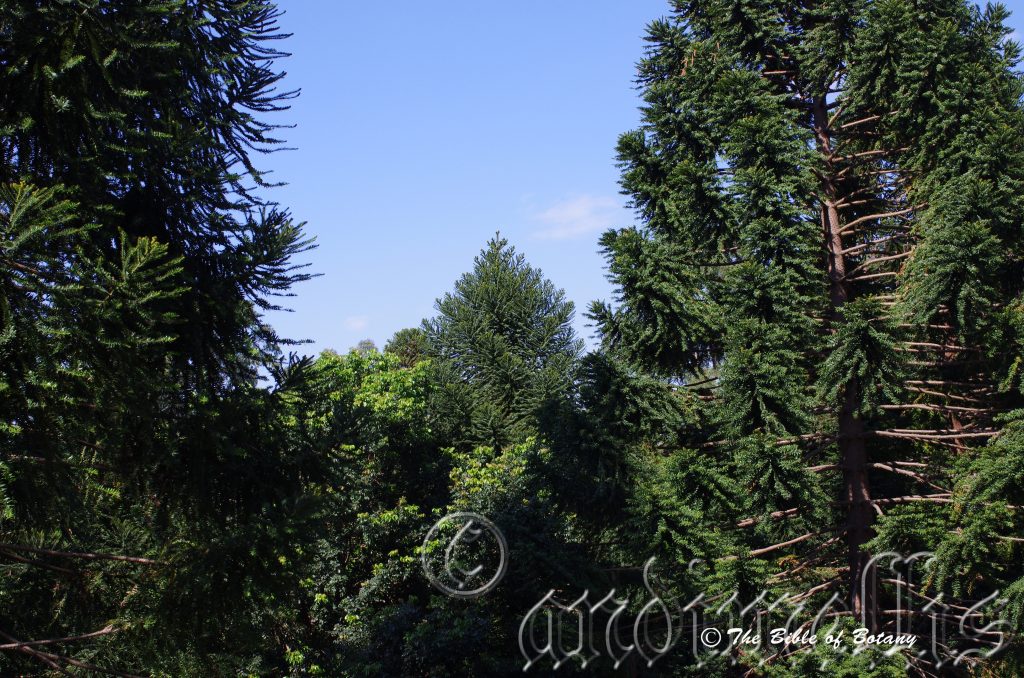
Mount Cootha Botanic Gardens Qld.
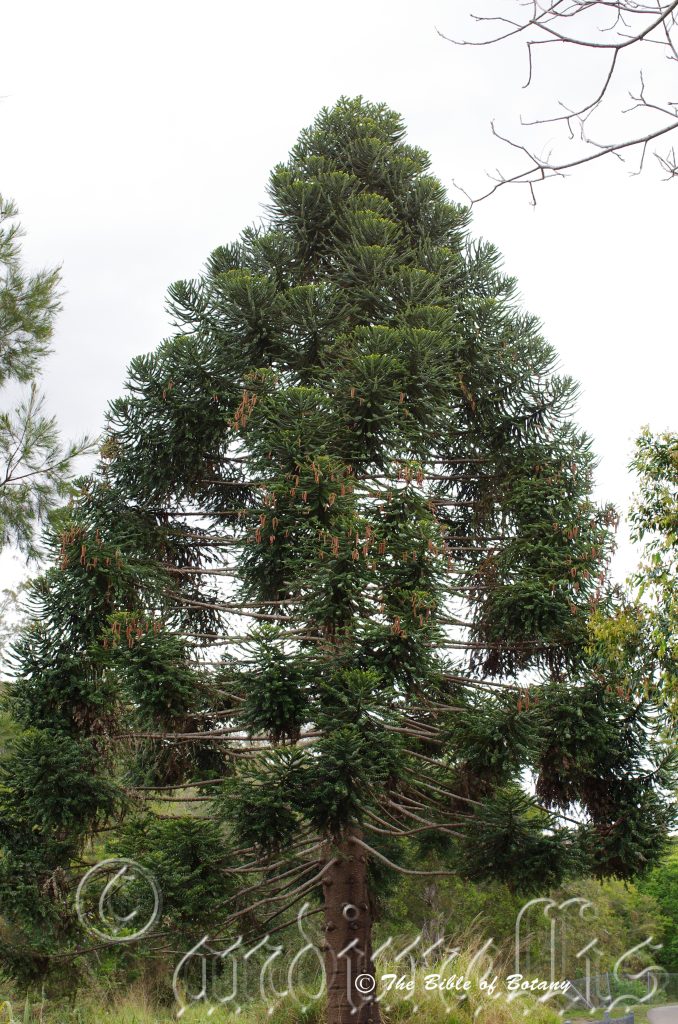
Kedron brook Qld.
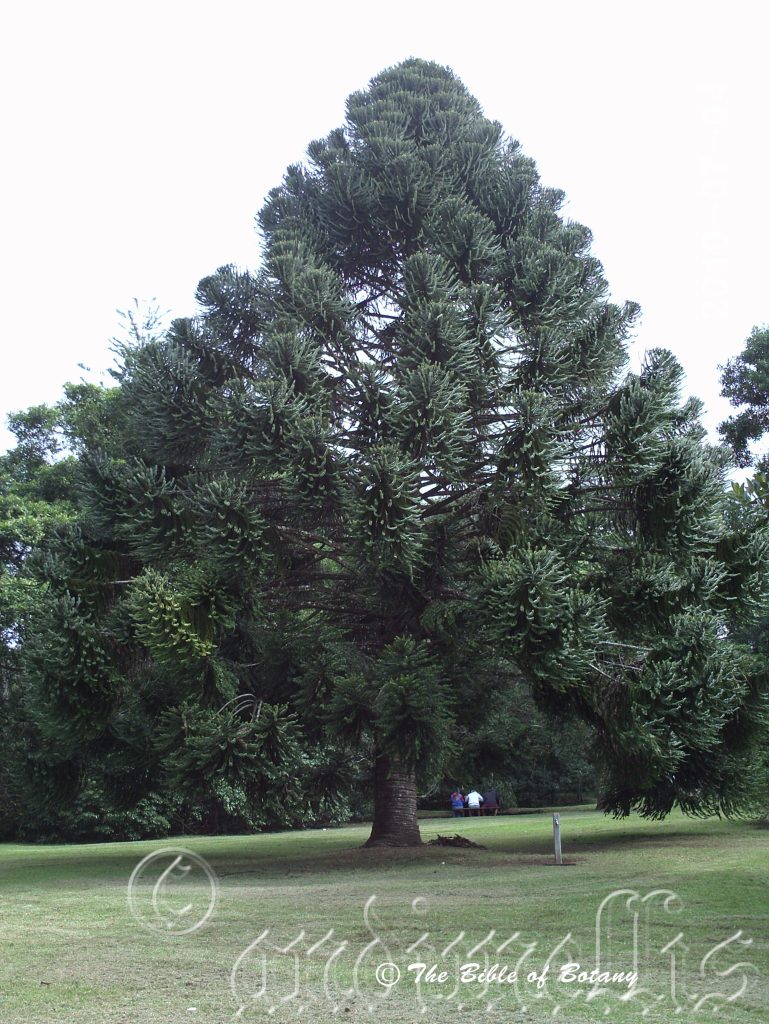
Mount Glorious Qld.
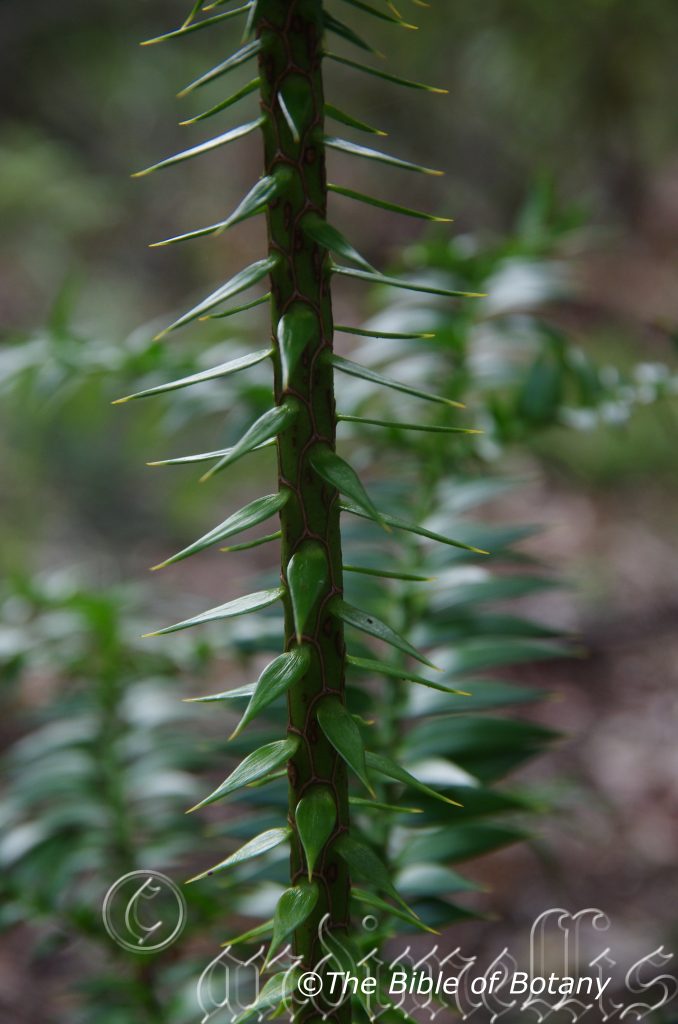
Author’s Garden The Pinnacles NSW

Kedron Brook Qld.

Mount Cootha Botanic Gardens Qld.

Author’s Garden The Pinnacles NSW

Author’s Garden The Pinnacles NSW
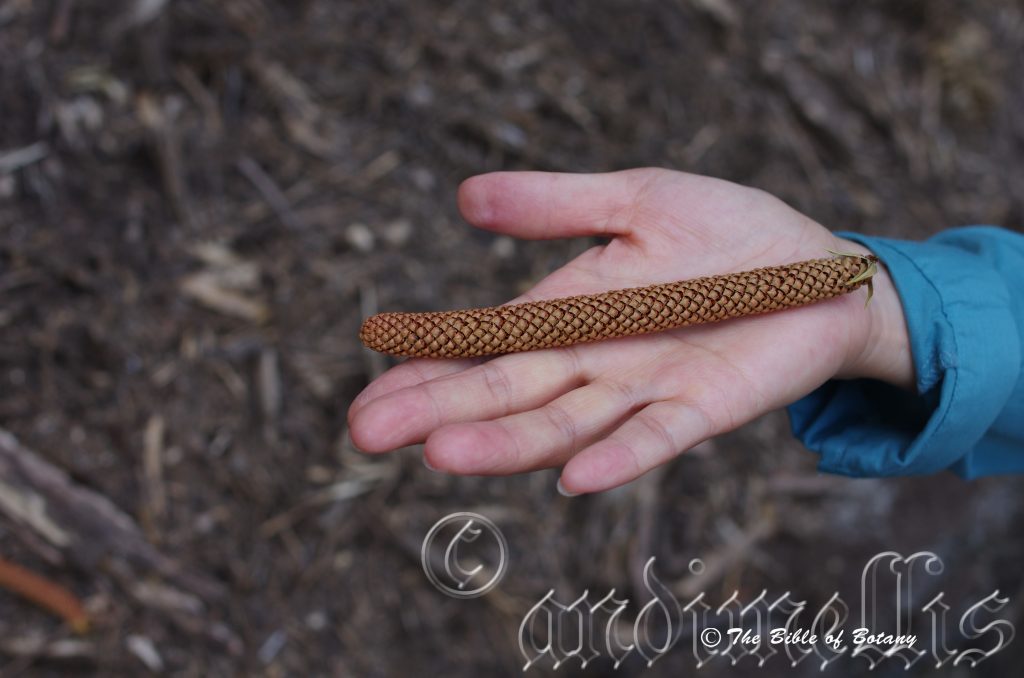
Mount Cootha Botanic Gardens Qld, male flower spike.

South Grafton NSW

South Grafton NSW

South Grafton NSW
Araucaria bidwillii
Classification:
Class: Pinasida
Order: Pinales
Family: Araucariaceae
Genus: From Araucarian, which is Ancient Greek, or Arachnida, which is Latinized for the word of the Indians of a Patagonian tree.
Specie: Is named in honour of John Carne Bidwill, 1815-1853, who was a British born new Zealander who took a strong interest in New Zealand alpine plants.
Sub specie:
Common Name: Bunya Pine or Bunya in the local Aboriginal language.
In the Aboriginal language it is known as Bunya.
Distribution:
Araucaria bidwillii is located in three localities, The Bunya Mountains and Jimna near Kingaroy in southern Queensland and Mount Lewis in far North Queensland
https://avh.ala.org.au/occurrences/search?taxa=Araucaria+bidwillii#tab_mapView
Habitat Aspect Climate:
Araucaria bidwillii starts its life in the full shade or in the dappled light of a rainforest understory where a giant succumbs to old age or lightning. Later in its life it will enjoy the full sun that success brings until the day it too will succumb to the elements. The altitude ranges from 450 meters ASL to 1250 meters ASL.
The temperatures range from 4 degrees in July to 30 degrees in January.
The rainfalls range from a low of 800mm to an average of 1600mm annually. Its environment is high in the mountains where mists are a daily feature of life.
Soil Requirements:
Araucaria bidwillii prefer better quality sandy loams to medium clays. The soils are usually derived from decomposed black basalts, brown basalts or metamorphic rocks. The pH ranges from 5pH to 6.5pH. It does not tolerate waterlogged soils. None saline soils to moderately saline soils are not tolerated at all.
Height & Spread:
Wild Plants: 35m to 45m by 15m to 20m.
Characteristics:
It would make an good fire retardant large tree.
* Fire retardant plants act as radiant heat screens and absorb more heat from an approaching fire without burning.
* Fire retardant trees are able reduce wind speed near a house or out buildings.
* Fire retardant also trap embers and sparks carried by the wind.
* Fire retardant ground covers are able to catch burning embers without catching fire themselves, and also slow the travel of a fire through debris and litter on the ground.
Araucaria bidwillii are stately trees with boles measuring to 2 meters. They bear a single straight trunk. The trunk has a red-brown fibrous bark has a burgundy blaze if pulled from the tree. The bark is persistent on the trunk and young branchlets.
Araucaria bidwillii‘s leaves are lanceolate to broadly-linear, slightly falcate and measure 40mm to 50mm in length by 12mm to 15mm in width. The margins are entire. The base is truncate while the apex is narrow acute and pungent. It is coriaceous and sessile.
Araucaria bidwillii is a conifer producing cones. The male cones are 150mm to 200mm long and 40mm to 45mm wide. Female cones are huge measuring from 200mm to 300mm long by 200mm to 250mm wide and can be found near the end of the upper branches. It is scale like and dark green. A cone will have from 50 to 100 nuts. The seeds are fawn woody and measure 25mm to 30mm in length by 20mm. The seeds are enclosed tightly within the thin shelled nuts.
Wildlife:
Besides the obvious where Aborigines feasted on the trees late in the summer months and early autumn many Australian animals relied upon the nuts for food. Among these are the two brushtail possums Trichosaurus vulpecula and Trichosurus caninus. The native bush rat Rattus fuscipes is known to gather the nuts and store them for the winter.
White cockatoos also have been seen feeding on the nuts along with other large parrots as many of the cones have been gnawed at prior to them falling to the ground.
Cultivation:
Araucaria bidwillii is a large tree for large gardens only. Where it can be planted it can be used to great effect along driveways, or as specimen trees particularly in park like settings. It is good trees after 10 to 15 years for placing large epiphytic plants on like stags elks and the some of the larger orchids.
Trees are very effective in bush land settings or where they can be mass planted. When mass planting Araucaria bidwillii plant them at 15 meter to 20 meter centers.
Propagation:
Seeds: Araucaria bidwillii seeds can be sown directly into a seed raising mix. Ensure the mix is 150mm deep as they send down a long root well before a shoot is seen. When the seedlings are 25 to 50 mm tall, prick them out and plant them into 75mm native tubes using a seed raising mix.
Most nurseries find it best to plant 2 seeds directly into each 50mm native tube. This saves transplanting and the trees do set back a little on being transplanted.
Once they reach 200mm to 250mm plant them out into their permanent position. Place guards on them initially as they will be slow over the first 1 to 3 years.
Fertilize using Seaweed, fish emulsion or organic chicken pellets soaked in water on an alternate basis. Fertilize every two months until the plants are established then annually in early September or March to maintain health and vitality.
Further comments from readers:
Hi reader, it seems you use The Bible of Botany a lot. That’s great as we have great pleasure in bringing it to you! It’s a little awkward for us to ask, but our first aim is to purchase land approximately 1,600 hectares to link several parcels of N.P. into one at The Pinnacles NSW Australia, but we need your help. We’re not salespeople. We’re amateur botanists who have dedicated over 30 years to saving the environment in a practical way. We depend on donations to reach our goal. If you donate just $5, the price of your coffee this Sunday, We can help to keep the planet alive in a real way and continue to bring you regular updates and features on Australian plants all in one Botanical Bible. Any support is greatly appreciated. Thank you.
In the spirit of reconciliation we acknowledge the Bundjalung, Gumbaynggirr and Yaegl and all aboriginal nations throughout Australia and their connections to land, sea and community. We pay our respect to their Elders past, present and future for the pleasures we have gained.

Running Creek NSW
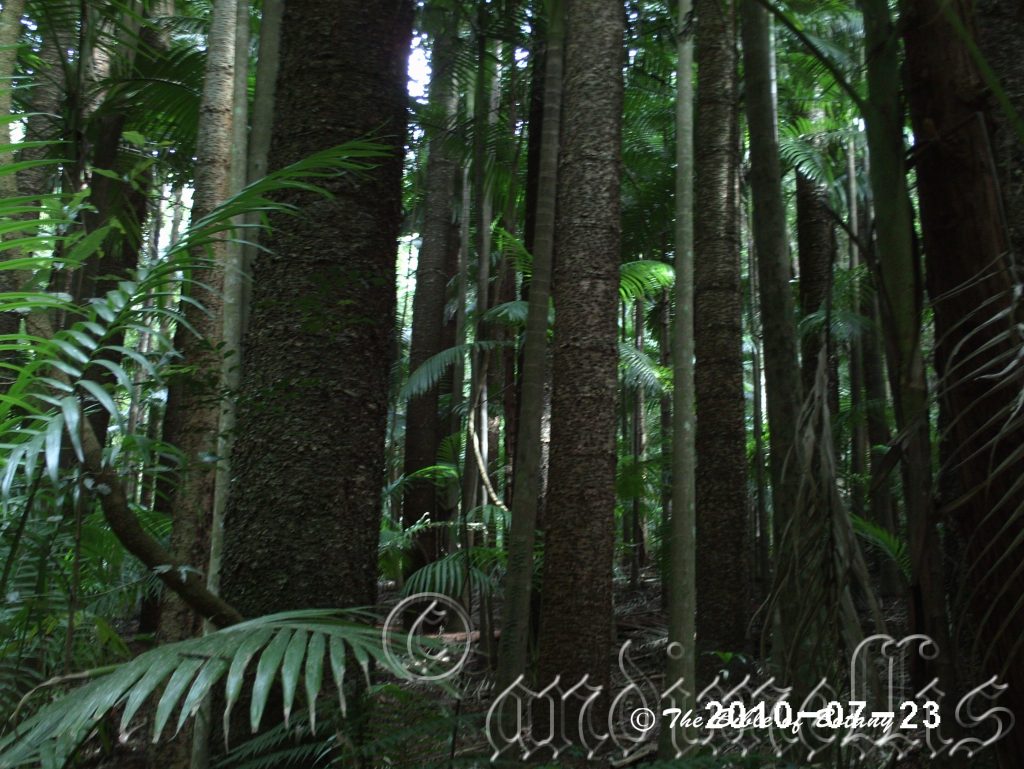
Mount Glorious Qld.
Araucaria cunninghamii
Classification:
Class: Pinosida
Order: Pinales
Family: Araucariaceae
Genus: From Araucarian, which is Ancient Greek, or Arachnida, which is Latinized for the word of the Indians of a Patagonian tree.
Specie: Is named in honour of Allan Cunningham; 1791-1839, who was an Australian explorer, botanist and collector of plants.
Sub specie:
Common Name: Hoop Pine.
Distribution:
Araucaria cuninghamii is found south from Cook Town in north Queensland to the Macleay River near Kempsey in New South Wales. It is found in mountain rainforests on both sides of the Great Dividing Range.
https://avh.ala.org.au/occurrences/search?taxa=Araucaria+cuninghamiana#tab_mapView
Habitat Aspect Climate:
Araucaria cuninghamii starts its life in the full shade, in the dappled light of a rain forest understory. It usually grows in dry rainforests or at times moist rainforests. The altitude ranges from 50 meters ASL to 600 meters ASL.
The temperatures range from 2 degrees in July to 30 degrees in January.
The rainfalls range from a low of 500mm to an average of 2800mm annually. Its environment is high in the mountains where mists are a daily feature of life.
Soil Requirements:
Araucaria cuninghamii prefer better quality sandy loams to medium clays. The soils are usually derived from decomposed black basalts, brown basalts, shales or metamorphic rocks. The pH ranges from 5pH to 7pH. It does not tolerate waterlogged soils. None saline soils to moderately saline soils are tolerated.
Height & Spread:
Wild Plants: 35m to 50m by 15m to 20m.
Characteristics:
Araucaria cuninghamii is a stately tree with boles measuring up to 2 meters. They bear a single straight trunk to the crown. The trunk has a red brown fibrous bark which does peel off horizontally on the lower trunk and older branchlets.
The 20mm linear shaped leaves are curved towards the apex and have a decisive point. It is clustered along the branchlets.
The monoecious trees may take 200 years before flowering. The cylindrical male flower spikes measure 35mm to 55mm in length by 9mm to 12mm in diameter.
The ovoidal female cones are on long thick peduncles which measure 60mm to 90mm in length by 12mm to18mm in diameter. The cones measure 80mm to 120mm in length by 55mm to 80mm wide. Each cone scale measures 6mm to 10mm by 5mm to 7mm with a long, linear apiculate apex.
The woody seeds are similar to samaras with short wings which are indehiscent. The seeds retain the scale at the apex on shedding. The green cones turn pale brown to Fawn-brown on ripening and are ripen during mid-December to mid-February.
Wildlife:
White cockatoos eat the seeds while epiphytes like the stag horn, elk horn and birds nest ferns will grow on the trunk and larger branches.
Cultivation:
It would make an good fire retardant large tree.
* Fire retardant plants act as radiant heat screens and absorb more heat from an approaching fire without burning.
* Fire retardant trees are able reduce wind speed near a house or out buildings.
* Fire retardant also trap embers and sparks carried by the wind.
* Fire retardant ground covers are able to catch burning embers without catching fire themselves, and also slow the travel of a fire through debris and litter on the ground.
Araucaria cuninghamii is a large tree for large gardens only where it can be planted to great effect along driveways, or as specimen trees particularly in park like settings. They form good shaped trees after 10 to 15 years for placing larger epiphytic plants on like stags elks and the some of the larger orchids while it is still in their juvenile stage.
Trees are very affective in bush land settings or where it can be mass planted. When mass planting Araucaria bidwillii plant them at 15 meter to 20 meter centers.
Propagation:
Seeds: Araucaria cuninghamii seeds can be sown directly into a seed raising mix. Ensure the mix is 150mm deep as they send down a long root well before a shoot is seen. When the seedlings are 25 to 50 mm tall, prick them out and plant them into 75mm native tubes using a seed raising mix.
Most nurseries find it best to plant 2 seeds directly into each 50mm native tube. This saves transplanting and the trees do set back on being transplanted.
Once they reach 200mm to 250mm plant them out into their permanent position. Place guards on them initially as they will be slow over the first 1to 3 years.
Fertilize using Seaweed, fish emulsion or organic chicken pellets soaked in water on an alternate basis. Fertilize every two months until the plants are established then annually in early September or March to maintain health, vitality and better flowering.
Further comments from readers:
Hi reader, it seems you use The Bible of Botany a lot. That’s great as we have great pleasure in bringing it to you! It’s a little awkward for us to ask, but our first aim is to purchase land approximately 1,600 hectares to link several parcels of N.P. into one at The Pinnacles NSW Australia, but we need your help. We’re not salespeople. We’re amateur botanists who have dedicated over 30 years to saving the environment in a practical way. We depend on donations to reach our goal. If you donate just $5, the price of your coffee this Sunday, We can help to keep the planet alive in a real way and continue to bring you regular updates and features on Australian plants all in one Botanical Bible. Any support is greatly appreciated. Thank you.
In the spirit of reconciliation we acknowledge the Bundjalung, Gumbaynggirr and Yaegl and all aboriginal nations throughout Australia and their connections to land, sea and community. We pay our respect to their Elders past, present and future for the pleasures we have gained.
Archidendron grandiflorum
Classification:
Unranked: Magnoliophyta
Class: Magnoliopsida
Order: Fabales
Family: Fabaceae
Genus: From Arche, which is Ancient Greek for chief or first head, and Dendron, which is Greek for a tree. It refers to trees, which appear very stately.
Specie: From Grandis, which is Latin for large and Floris, which is Latin for a flower or Flos, which is the Roman goddess of spring and flowers. It refers to plants, which are more floriferous than most other species in the genus.
Sub specie:
Common Name: Fairy Paint Brushes, Pink Lace Flower or Snow Wood.
Distribution:
Archidendron grandiflorum is found south from the Torres Strait Islands in far north Queensland to Port Macquarie in northern coastal New South Wales. It is found on and east of the Great Dividing Range to the coast.
https://avh.ala.org.au/occurrences/search?taxa=Archidendron+grandiflorum#tab_mapView
Habitat Aspect Climate:
Archidendron grandiflorum prefer full sun to dappled shade. It is found in warm temperate rainforests, littoral rainforests, sub-tropical rainforests and cool tropical rainforests. The altitude ranges from 5 meters ASL to 1100 meters ASL.
The temperatures range from 2 degrees in July to 38 degrees in January.
The rainfalls range from lows of 900mm to an average of 3200mm annually.
Soil Requirements:
Archidendron grandiflorum prefer better quality sandy loams to medium clays. The soils are usually derived from decomposed black basalts, brown basalts, shales or metamorphic rocks. The pH ranges from 5pH to 7pH. It does not tolerate waterlogged soils. Non saline soils to moderately saline soils are tolerated.
Height & Spread:
Wild Plants: 10m to 16m by 5m to 10m.
Characteristics:
Archidendron grandiflorum’s pale grey-brown to mid brown bark is a mosaic of patches with lichens growing older trees. The barks on large trees are semi flaky but persistent and fluted near the ground. Branches are glabrous, pale grey-brown turning grass-green on the branchlets. The terminal buds are densely covered in rusty brown hirsute hairs.
Archidendron grandiflorum’s opposite leaves are very large with 2 to 5 opposite pairs of pinnae. Juvenile trees have alternate or sub opposite leaves. The petiole, rachis and secondary rachises are grass-green often with a red or orange streaks or tinges while the petiolules are grass-green. The petioles measure 25mm to 60mm in length while the rachises measure 70mm to 160mm in length, the secondary rachises measure 40mm to 150mm in length while the petiolules measure 2mm to 4mm in length. Jugary glands are present on the primary and secondary rachises. The leaf has 2 to 4 opposite pairs of pinnules which are ovate to broad lanceolate. The pinnules measure 40mm to 100mm in length by 20mm to 40mm in width. The bases are broad cuneate while the apexes are caudate. The discolourous leaves are deep grass-green, glossy and glabrous on the upper lamina while the lower laminas are paler, semi glossy to dull. The pinnule margins are entire. The main vein is prominent on the lower lamina while the lateral veins are slightly prominent and distinctly visible above. The leaf laminas are convex between the lateral veins.
The inflorescent of Archidendron grandiflorum are terminal panicles. There are 4 to 8 flower heads to a panicle which measure 6mm to 10mm in diameter. The sessile flowers are born at the end of a 10mm to 20mm long peduncle. The pale green peduncle measures 8mm to 20mm in length. There are 4 to 15 individual flowers densely packed on each panicle. The cupular calyxes measure 8mm to 10mm in length. The pale creamy corolla is glabrous and measures 15mm to 20mm in length.
The filiforme filaments are white at the base and deep pink to crimson at the apex and measure 30mm to 50mm in length. The anthers are twice as wide as the filaments.
The crimson styles and stigmas measure 31mm to 51mm in length. The flowers appear from September to March.
Archidendron grandiflorum‘s glabrous fruits are oblong coriaceous pods. It is strongly curved often forming a ring and measure 100mm to 200mm in length by 20mm to 25mm in width. The pods ripen to a bright orange to orange-red externally and a paler creamy orange to orange internally. The pods are initially glossy turning dull as they split open. The black, ellipsoidal seeds are glossy and measure 10mm to 12mm in length by 7mm to 8mm in diameter.
Wildlife:
Archidendron grandiflorum‘s wildlife is unknown to the author.
Cultivation:
It would make an good fire retardant large tree.
* Fire retardant plants act as radiant heat screens and absorb more heat from an approaching fire without burning.
* Fire retardant trees are able reduce wind speed near a house or out buildings.
* Fire retardant also trap embers and sparks carried by the wind.
* Fire retardant ground covers are able to catch burning embers without catching fire themselves, and also slow the travel of a fire through debris and litter on the ground.
Archidendron grandiflorum is an interesting subject for medium to larger gardens in tropical and subtropical areas. The orange pods are exceptionally beautiful and eye catching. It is excellent small spreading shade trees for smaller to large gardens. It is moderately fast growing when given moisture and fertilized on a regular basis. The large leaves give an instant rainforest look even when at the juvenile stage. As garden subjects they will grow 8 meters to 10 meters tall by 8 meters to 10 meters in diameter when grown in the open.
It should be planted away from buildings, because of its size, the fact that it drops its leaves when stressed and it can be viewed as a complete tree. It is best used adjacent to small areas of bush so their umbrella shape can be contrasted against those trees in the background. Close to paths or the house will lose this affect however you want them where it can be viewed regularly especially when it is in flower. It is great in medium rockeries or a vehicle turnaround as the main feature plant. Here they can be planted as a standalone specie man to create a harsh barren look or in small groups to give an expansive park scenario with other arid plants. If it is surrounded by shorter plants with fine foliage and multi-coloured flowers they will dominate at the center giving an expansive look to the bed especially when it is in flower. This is one plant that benefits from high exposure. There smaller size and wide spread enables this to be achieved to great effect in larger gardens.
The trees are a good host for small and large epiphytic ferns and orchids and make outstanding contribution to the small rainforest garden where it will grow taller and narrower.
Archidendron grandifolium are best grown in the tropics where they respond to the heat and reliable rainfalls. It is cold sensitive plants and need protecting even where mild frosts occur.
Propagation:
Seeds: Archidendron grandiflorum seeds need to be treated prior to sowing. The seeds should be placed in a glass of boiling water and allowed to soak for 4 to 6 hours. Seeds that have not expanded should be retreated. Treated seeds can be sown directly into the seed raising mix. Place the trays in a warm well-lit area of 50mm to 70mm shade where there is good ventilation. Keep the mix to moist but not wet. Germination is rapid and completed in a few weeks with fresh seeds.
Once the seedlings reach 200mm to 250mm in height plant them out into their permanent position. For mass plantings plant them at 8m to 9m centers for a rainforest of bank establishment projects or 15 meters apart for park like spreading tree.
Fertilize using Seaweed, fish emulsion or organic chicken pellets soaked in water on an alternate basis. Fertilize every two months until the plants are established then annually in early September or March to maintain health, vitality and better flowering.
Further comments from readers:
Hi reader, it seems you use The Bible of Botany a lot. That’s great as we have great pleasure in bringing it to you! It’s a little awkward for us to ask, but our first aim is to purchase land approximately 1,600 hectares to link several parcels of N.P. into one at The Pinnacles NSW Australia, but we need your help. We’re not salespeople. We’re amateur botanists who have dedicated over 30 years to saving the environment in a practical way. We depend on donations to reach our goal. If you donate just $5, the price of your coffee this Sunday, We can help to keep the planet alive in a real way and continue to bring you regular updates and features on Australian plants all in one Botanical Bible. Any support is greatly appreciated. Thank you.
In the spirit of reconciliation we acknowledge the Bundjalung, Gumbaynggirr and Yaegl and all aboriginal nations throughout Australia and their connections to land, sea and community. We pay our respect to their Elders past, present and future for the pleasures we have gained.
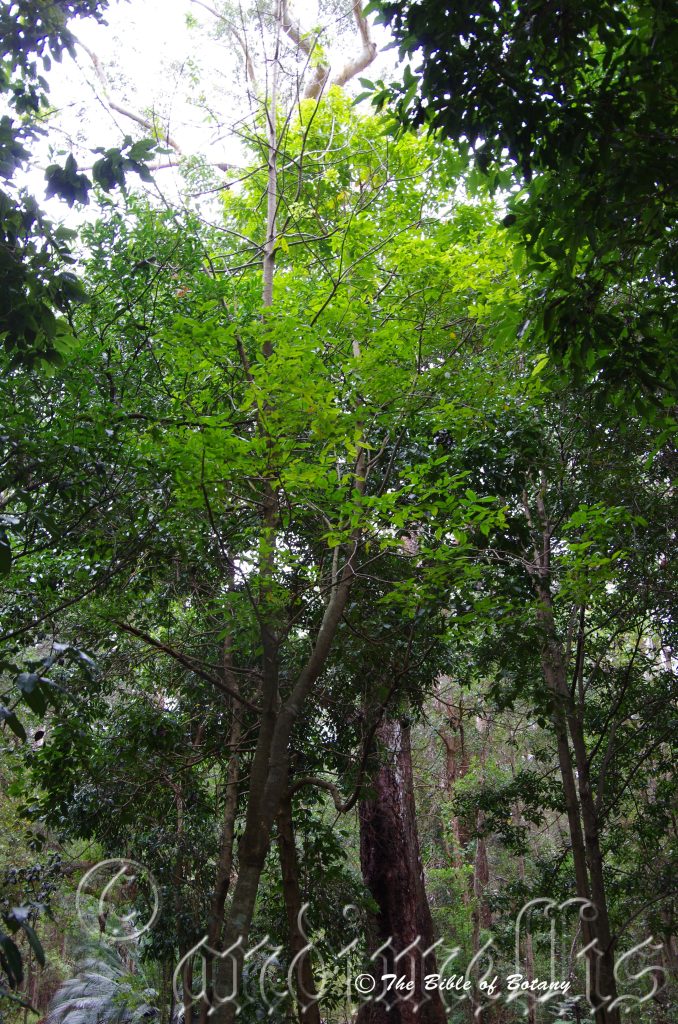
NCBG Coffs Harbour NSW

NCBG Coffs Harbour NSW

NCBG Coffs Harbour NSW
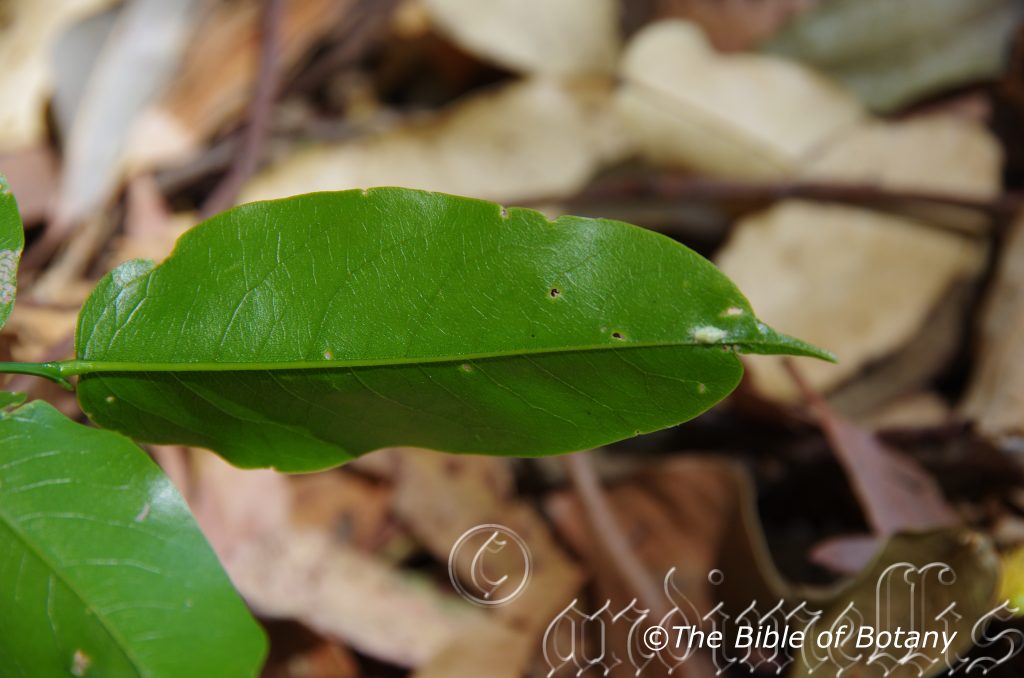
NCBG Coffs Harbour NSW

NCBG Coffs Harbour NSW
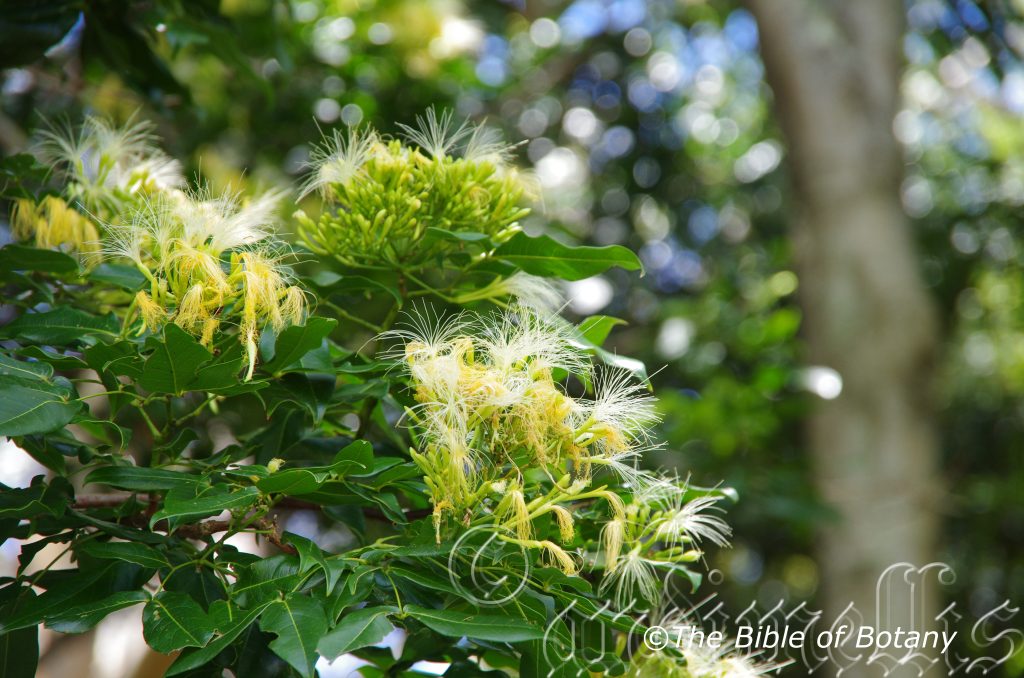
NCBG Coffs Harbour NSW
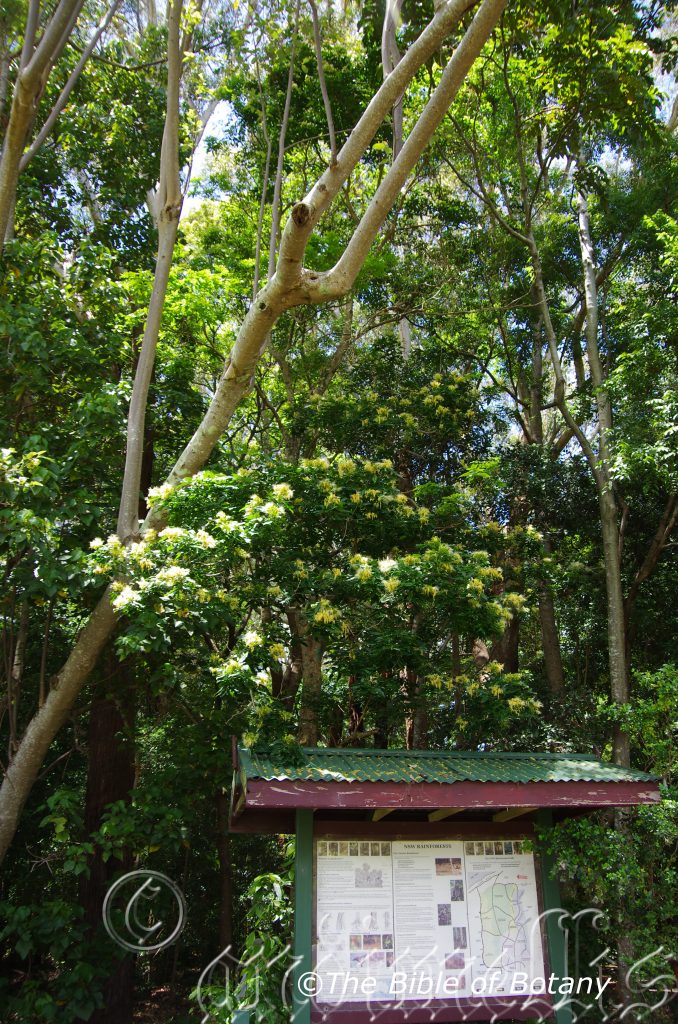
NCBG Coffs Harbour NSW
Archidendron hendersonii
Classification:
Unranked: Magnoliophyta
Class: Magnoliopsida
Order: Fabales
Family: Fabaceae
Genus: From Arche, which is Ancient Greek for chief or first head, and Dendron, which is Greek for a tree. It refers to trees, which appear very stately.
Specie: Is named in honour of J. A. Henderson who first collected the species near Ballina.
Sub specie:
Common Name: White Tulip Tree or White Lace Flower.
Distribution:
Archidendron hendersonii is found south from Cape Melville in far north Queensland to Ulong in northern New South Wales. There is also an outlying population near Kendal in New South Wales. It is found on both sides of the Great Dividing Range to the coast.
https://avh.ala.org.au/occurrences/search?taxa=Archidendron+hendersonii#tab_mapView
Habitat Aspect Climate:
Archidendron hendersonii prefer full sun to dappled shade. It is to be found in low land and riverine wet Eucalyptus forests which are adjacent to sub-tropical rainforests. The tree is listed as rare and vulnerable despite having a wide distribution. The altitude ranges from 50 meters ASL to 800 meters ASL.
The temperatures range from 2 degrees in July to 38 degrees in January.
The rainfalls range from lows of 900mm to an average of 3200mm annually.
Soil Requirements:
Archidendron hendersonii prefer better quality sandy loams to medium clays. The soils are usually derived from decomposed black basalts, brown basalts, shales or metamorphic rocks. The pH ranges from 5pH to 7pH. It does not tolerate waterlogged soils. None saline soils to moderately saline soils are tolerated.
Height & Spread:
Wild Plants: 15m to 30m by 5m to 10m.
Characteristics:
Archidendron hendersonii’s grey bark varies from corky to being scaly. Large trees are buttressed to 2 meters above the ground. Branches are glabrous, light grey turning deep green on the branchlets.
Archidendron hendersonii’s leaves are even bi-pinnate. The rachis has a flattened or depressed gland near the base and measures 90mm to 130mm in length. The longest pinnules are those at the apex. The leaf has 6 opposite broad lanceolate to ovate-elliptical leaflets. The pinnules measure 45mm to 130mm in length by 20mm to 60mm in width. The petioles measure 1mm to 3.5mm in length. The bases are oblique with one side being broadly attenuate and the other side cuneate while the apexes are acuminate. The concolourous leaves are deep green glossy on the upper lamina and semi glossy to dull on the lower lamina. The pinnule margins are entire. The main vein is prominent on the lower lamina only but distinctly visible above. It is a lighter colour compared to the lamina.
The inflorescence of Archidendron hendersonii are multi umbels on a terminally born rachis. The sessile flowers are born at the end of a 10mm to 20mm long peduncle. The light grey-green peduncle measures 50mm to 150mm in length. There are 10 to 25 individual flowers densely packed on each umbel which measure 60mm to 80mm in diameter. The 4 to 5 cylindrical calyxes measure 4mm to 6mm in length by 2mm to 3mm in width. The pale creamy green corolla is glabrous and measures 10mm to 15mm in length. The pale cream stamens measure 20mm to 30mm in length. The anthers are as wide as the filaments. The style white to pale cream stigma measures 21mm to 31mm in length. Flowers appear from September to December.
Archidendron hendersonii’s glabrous fruits are thin and coriaceous pods. It is strongly curved and twisted measuring 40mm to 60mm in length by 8mm to 12mm in width. The pods ripen to a bright orange to scarlet orange-red externally and a paler creamy orange to orange internally between March and July. The pods are initially glossy turning dull as they split and turn inside out. The black seeds are ellipsoidal, glossy and measure 5mm to 5.5mm in length by 3.8mm to 4.2mm in width and 2.8mm to 3.2mm in depth.
Wildlife:
Archidendron hendersonii is unknown to the author.
Cultivation:
Archidendron hendersonii is an interesting subject for medium to larger gardens in tropical and subtropical areas. The scarlet pods are exceptionally beautiful and eye catching even on very large trees. It is excellent shade trees for large gardens. It is moderately fast growing when given moisture and fertilized on a regular basis. The large bi-pinnate leaves give an instant rainforest look even when at the juvenile stage. As garden subjects they will grow 15 meters to 20 meters tall by 10 meters to 14 meters wide
It is best planted away from buildings, because of its size, the fact that it drops its leaves when stressed and where it can be viewed as a complete tree. It is best used adjacent to small areas of bush so their umbrella shape can be contrasted against those trees in the background. Close to paths or the house will lose this affect however you want them where they can be viewed regularly especially when it is in flower. It is great in medium rockeries or a vehicle turnaround as the main feature plant. Here it can be planted as a stand-alone specimen to create a harsh barren look or in small groups to give an expansive park scenario with other semi arid plants. If it is surrounded by shorter plants with fine foliage and multi-coloured flowers it will dominate at the center giving an expansive look to the bed especially when it is in flower. This is one plant that benefits from high exposure. There smaller size and wide spread enables this to be achieved to great effect in larger gardens.
The tree is a good host for small and large epiphytic ferns and orchids.
Archidendron hendersonii are best grown in the tropics where they respond to the heat and reliable rainfalls. It is cold sensitive and needs protection even where mild frosts occur.
Propagation:
It would make an good fire retardant large tree.
* Fire retardant plants act as radiant heat screens and absorb more heat from an approaching fire without burning.
* Fire retardant trees are able reduce wind speed near a house or out buildings.
* Fire retardant also trap embers and sparks carried by the wind.
* Fire retardant ground covers are able to catch burning embers without catching fire themselves, and also slow the travel of a fire through debris and litter on the ground.
Seeds: Archidendron hendersonii seeds need to be treated prior to sowing. The seeds should be placed in a glass of boiling water and allowed to soak for 4 to 6 hours. Seeds that have not expanded should be retreated. Treated seeds can be sown directly into the seed raising mix. Place the trays in a warm well-lit area of 50mm to 70mm shade where there is good ventilation. Treated seeds can be sown directly into the seed raising mix. Plant the seeds directly into 50mm native tubes. Place the tubes in a warm well-lit area of no more than 50mm shade where there is good ventilation. Allow the mix to become dry between each watering. I always lose plants from damping off no matter how clean or aerated the conditions are so allow for some casualties. Germination is rapid and completed in a few weeks with fresh seeds.
Once the seedlings reach 200mm to 250mm in height plant them out into their permanent position. For mass plantings plant them at 8m to 9m centers for a rainforest of bank establishment projects or 15 meters apart for park land situations.
Fertilize using Seaweed, fish emulsion or organic chicken pellets soaked in water on an alternate basis. Fertilize every two months until the plants are established then annually in early September or March to maintain health, vitality and better flowering.
Further comments from readers:
Hi reader, it seems you use The Bible of Botany a lot. That’s great as we have great pleasure in bringing it to you! It’s a little awkward for us to ask, but our first aim is to purchase land approximately 1,600 hectares to link several parcels of N.P. into one at The Pinnacles NSW Australia, but we need your help. We’re not salespeople. We’re amateur botanists who have dedicated over 30 years to saving the environment in a practical way. We depend on donations to reach our goal. If you donate just $5, the price of your coffee this Sunday, We can help to keep the planet alive in a real way and continue to bring you regular updates and features on Australian plants all in one Botanical Bible. Any support is greatly appreciated. Thank you.
In the spirit of reconciliation we acknowledge the Bundjalung, Gumbaynggirr and Yaegl and all aboriginal nations throughout Australia and their connections to land, sea and community. We pay our respect to their Elders past, present and future for the pleasures we have gained.
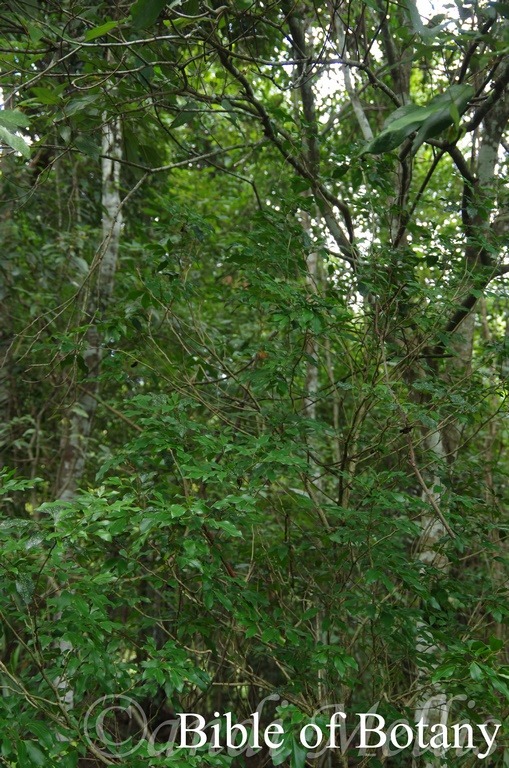
North Coast Botanic Gardens Coffs Harbour NSW
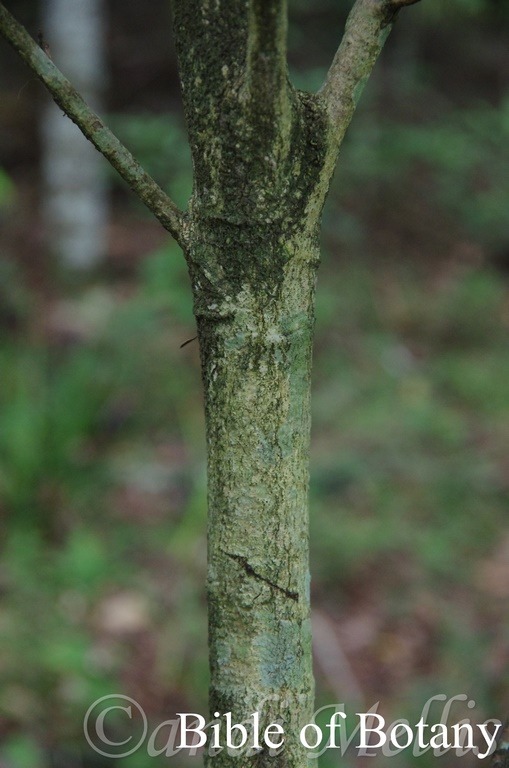
North Coast Botanic Gardens Coffs Harbour NSW
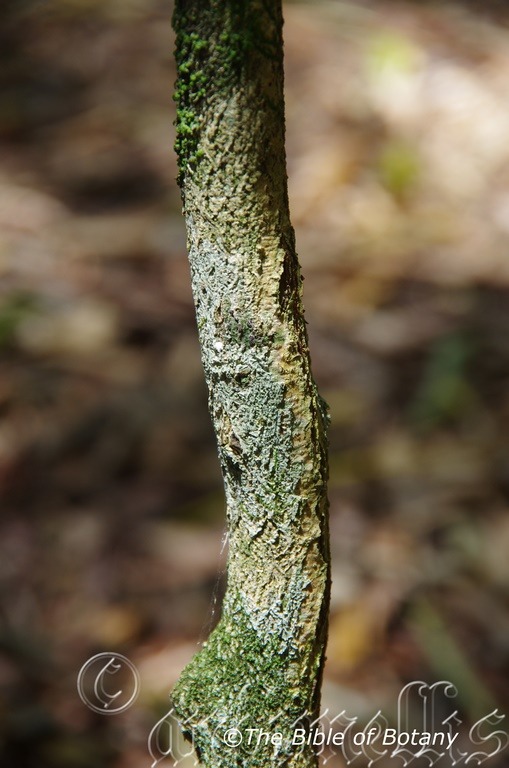
Lismore Botanic Garden Lismore NSW
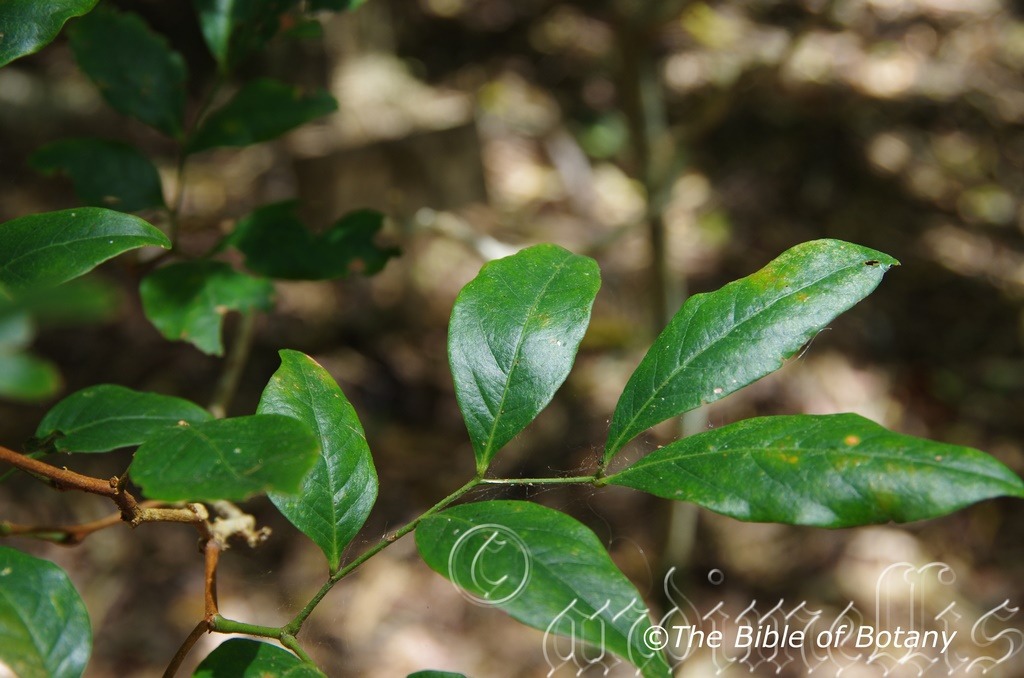
North Coast Botanic Gardens Coffs Harbour NSW
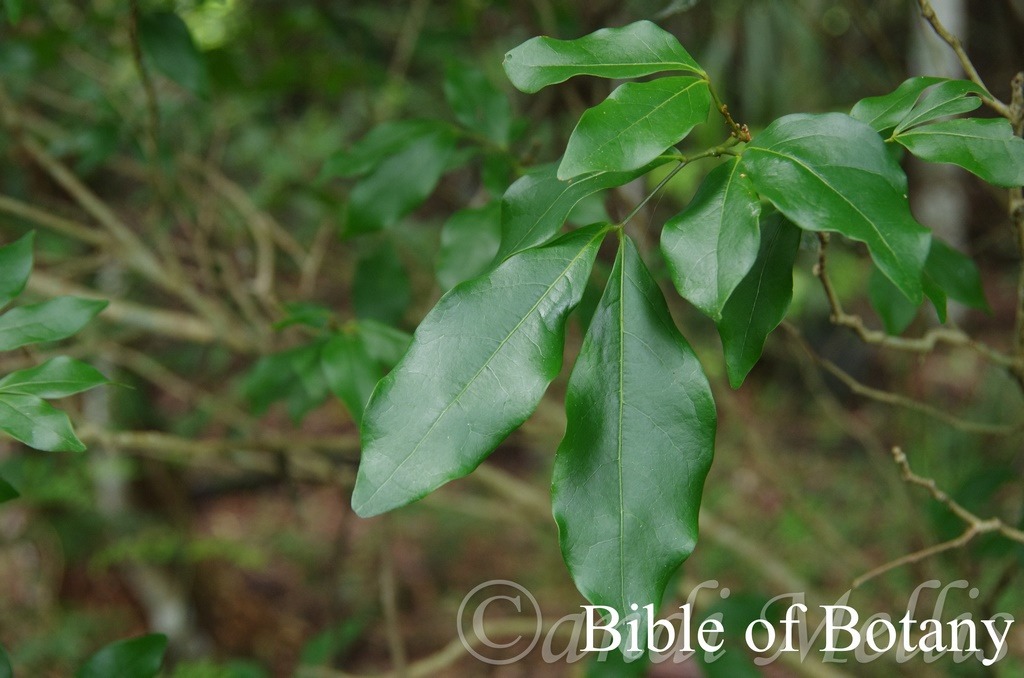
Lismore Botanic Garden Lismore NSW

Lismore Botanic Garden Lismore NSW
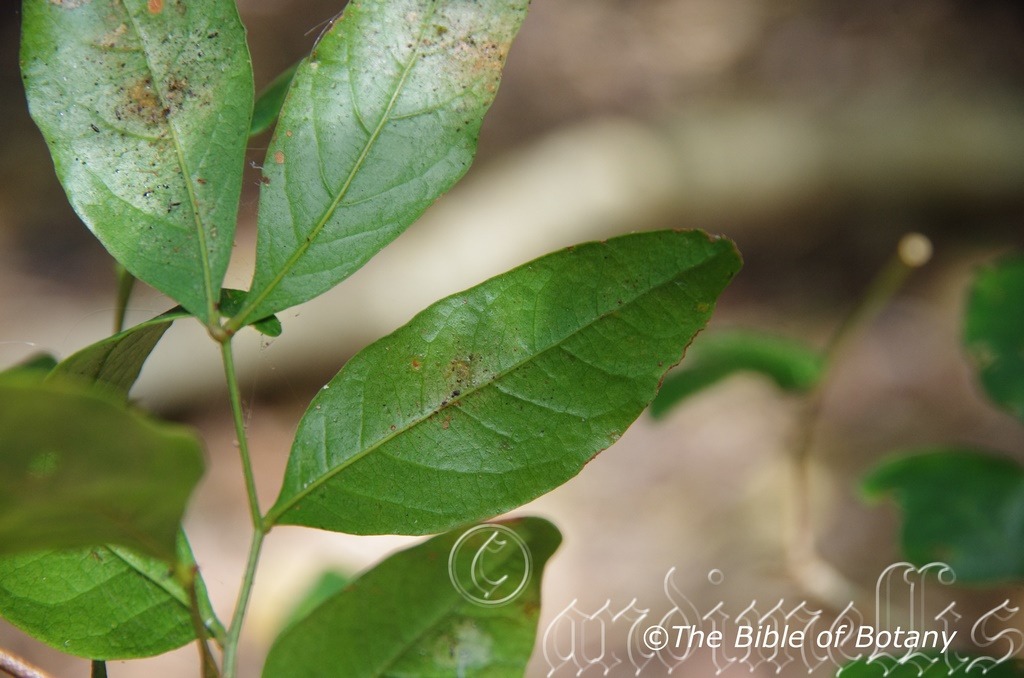
North Coast Botanic Gardens Coffs Harbour NSW
Archidendron muellerianum
Classification:
Unranked: Magnoliophyta
Class: Magnoliopsida
Order: Fabales
Family: Fabaceae
Genus: From Arche, which is Ancient Greek for chief or first head, and Dendron, which is Greek for a tree. It refers to trees, which appear very stately.
Specie: From Mueller, which is named in honour of Ferdinand von Mueller; 1825-1896, who was a German born Australian physician, geographer, and highly acclaimed botanist. He was appointed government botanist in the colony of Victoria (Australia) by Governor Charles La Trobe in 1853, and later director of the Royal Botanic Gardens, Melbourne. He also founded the National Herbarium of Victoria. He was dedicated to the Australian flora naming many Australian plants.
Sub specie:
Common Name:
Distribution:
Archidendron muellerianum is restricted to an area south from Upper Mudgeeraba Creek in far south eastern Queensland to Alstonville in far north eastern New South Wales.
There is an isolated population in the Whian Whian national Park in south eastern Queensland. It is found on and east of the Great Dividing Range.
https://avh.ala.org.au/occurrences/search?taxa=Archidendron+muellerianum#tab_mapView
Habitat Aspect Climate:
Archidendron muellerianum prefer full sun to full shade. It is to be found in low land littoral rainforests and riverine moist tropical rainforests. The tree grows in altitude ranges from 10 meters ASL to 850 meters ASL.
The temperatures range from 8 degrees in July to 38 degrees in January.
The rainfalls range from lows of 900mm to an average of 1400mm annually.
Soil Requirements:
Archidendron muellerianum prefers better quality sandy loams to medium clays. The soils are usually derived from decomposed black basalts, brown basalts and better quality alluvial silts. The pH ranges from 5pH to 7pH. It does not tolerate waterlogged soils. None saline soils to moderately saline soils are tolerated.
Height & Spread:
Wild Plants: 16m to 22m by 6m to 10m.
Characteristics:
Archidendron muellerianum’s rough pale grey to mid-grey or fawn bark is often covered in lichens. Large trees are slightly flanged to lightly buttressed at the ground. The glabrous branchlets are brown turning deep green on the stems with leaves.
Archidendron muellerianum’s leaves are usually bipinnate but may have up to 5 individual leaflets and measure 80mm to 250mm in length by 65mm to 180mm in width overall. The glabrous deep green, terete rachis measures 20mm to 175mm in length while the petiolules measure 2mm to 4mm in length. Leaflets are alternate with terminal pair usually opposite or sub opposite. The elliptic to obovate leaflets measure 40mm to 130mm in length by 20mm to 50mm in width. The bases are usually symmetric and cuneate while the apex obtuse or blunt. The discolourous leaves are deep green, glabrous and semi glossy on the upper lamina, while the lower lamina is paler, semi glossy to dull and glabrous or at times slightly hairy along the veins. There is a jugary gland at junction of pinnae. The laminas are slightly undulating and maybe slightly raised between the lateral veins. The laminas decurve downwards on the apical quarter. The margins are entire. The main vein is strongly prominent on the lower lamina, while the lateral veins are slightly prominent.
The inflorescence of Archidendron muellerianum are small umbels with 6 to 14 flowers and measure 40mm to 60mm in diameter. The sessile flowers are born at the end of a pale yellow green glabrous 25mm to 40mm long peduncle. The 4 to 5 pale yellow-green, lanceolate calyx lobes measure 4mm to 6mm in length. The pale yellow-green corolla measures 5mm to 6mm in length.
The white, exserted stamens are united at the base and measure 15mm to 20mm in length. The flowers appear from November to December.
Archidendron muellerianum’s glabrous fruits are linear coriaceous pods, which measure 40mm to 80mm in length by 8mm to 10mm in width. The green pods become wrinkled and twisted and turn orange-red or reddish-brown on externally and deep orange internally. The round black seeds measure 5mm to 7mm in diameter.
Wildlife:
Archidendron muellerianum seeds are eaten by the King Parrot (Alisterus scapularis).
Cultivation:
It would make an good fire retardant medium tree.
* Fire retardant plants act as radiant heat screens and absorb more heat from an approaching fire without burning.
* Fire retardant trees are able reduce wind speed near a house or out buildings.
* Fire retardant also trap embers and sparks carried by the wind.
* Fire retardant ground covers are able to catch burning embers without catching fire themselves, and also slow the travel of a fire through debris and litter on the ground.
Archidendron muellerianum is an interesting medium rainforest tree which is well suited to medium or larger suburban gardens in tropical and subtropical areas. The orange pods are exceptionally beautiful and eye catching even on very large trees. It is moderately fast growing when given adequate moisture and fertilized on a regular basis. The large bi-pinnate leaves give an instant rainforest look even when at the juvenile stage. As garden subjects it grows 7 meters to 15 meters tall by 4 meters to 5 meters in diameter when grown in the open.
It should be planted away from buildings, because of their tendency to drop their leaves when stressed. It is best used adjacent to small areas of bush so their columular shape can be contrasted against those trees in the background. Close to paths or the house will lose this affect however if you want them where it can be viewed regularly especially when it is in fruit. If it is surrounded by shorter plants with fine foliage and multi-coloured flowers it is sure to dominate at the center giving an expansive look to the bed. This is one plant that benefits from high exposure. There smaller size and narrow spread enables this to be achieved to great effect in larger gardens.
The trees are a good host for small and large epiphytic ferns and orchids.
Archidendron muellerianum is best grown in the tropics where it responds to the heat and reliable rainfalls. It is a cold sensitive plant and needs protecting even where mild frosts occur.
Propagation:
Seeds: Archidendron muellerianum seeds need to be treated prior to sowing. The seeds should be placed in a glass of boiling water and allowed to soak for 4 to 6 hours. Seeds that have not expanded should be retreated. The treated seeds can be sown directly into the seed raising mix. Place the trays in a warm well-lit area of 50mm to 70mm shade where there is good ventilation. Treated seeds can be sown directly into the seed raising mix. Plant the seeds directly into 50mm native tubes. Place the tubes in a warm well-lit area of no more than 50mm shade where there is good ventilation. Allow the mix to become dry between each watering. I always lose plants from damping off no matter how clean or aerated the conditions are so allow for some casualties. Germination is rapid and completed in a few weeks with fresh seeds.
Once the seedlings reach 200mm to 250mm in height plant them out into their permanent position. For mass plantings plant them at 8m to 9m centers for a rainforest or bank establishment projects and at 15 meters apart for park land situations.
Fertilize using Seaweed, fish emulsion or organic chicken pellets soaked in water on an alternate basis. Fertilize every two months until the plants are established then annually in early September or March to maintain health, vitality and better flowering.
Further comments from readers:
Hi reader, it seems you use The Bible of Botany a lot. That’s great as we have great pleasure in bringing it to you! It’s a little awkward for us to ask, but our first aim is to purchase land approximately 1,600 hectares to link several parcels of N.P. into one at The Pinnacles NSW Australia, but we need your help. We’re not salespeople. We’re amateur botanists who have dedicated over 30 years to saving the environment in a practical way. We depend on donations to reach our goal. If you donate just $5, the price of your coffee this Sunday, We can help to keep the planet alive in a real way and continue to bring you regular updates and features on Australian plants all in one Botanical Bible. Any support is greatly appreciated. Thank you.
In the spirit of reconciliation we acknowledge the Bundjalung, Gumbaynggirr and Yaegl and all aboriginal nations throughout Australia and their connections to land, sea and community. We pay our respect to their Elders past, present and future for the pleasures we have gained.

Mount Cootha Botanic Gardens Qld.
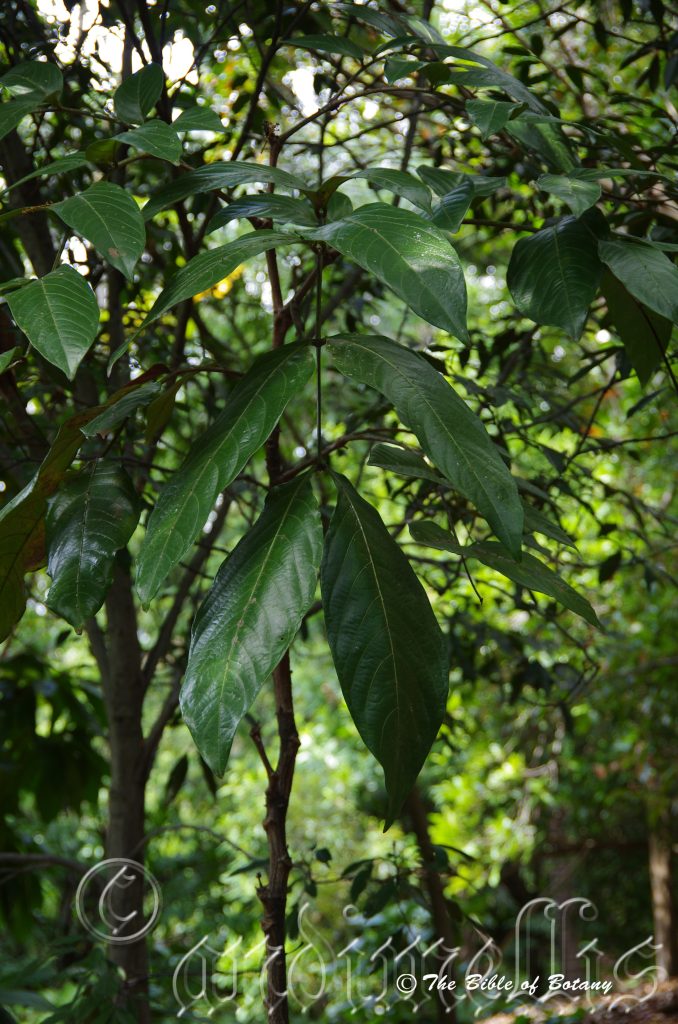
Mount Cootha Botanic Gardens Qld.

Mount Cootha Botanic Gardens Qld.

Mount Cootha Botanic Gardens Qld.
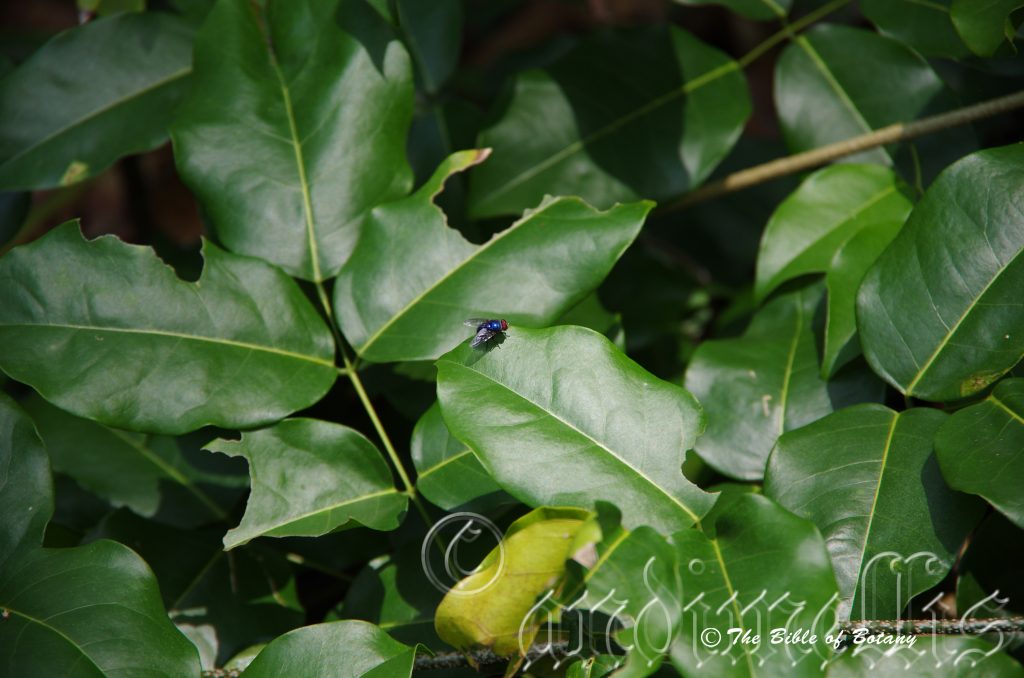
Mount Cootha Botanic Gardens Qld.
Archidendron ramiflorum
Classification:
Unranked: Magnoliophyta
Class: Magnoliopsida
Order: Fabales
Family: Fabaceae
Genus: From Arche, which is Ancient Greek for chief or first head, and Dendron, which is Greek for a tree. It refers to trees, which appear very stately.
Specie: From Ramigera, which is Ancient Greek or Ramosus, which is Latin for stems or branches and Floris, which is Latin for a flower or Flos, which is the Roman goddess for spring and flowers. It refers to plants, which have a many stems, branches or culms.
Sub specie:
Common Name:
Distribution:
Archidendron ramiflorum is restricted to a small area between the Ross River and the Johnston River with a disjunct population further south on the Sarina Lowlands in far north eastern Queensland.
https://avh.ala.org.au/occurrences/search?taxa=Archidendron+ramiflorum#tab_mapView
Habitat Aspect Climate:
Archidendron ramiflorum prefer full sun to full shade. It is to be found in low land and riverine moist tropical rain forests. The tree is listed as rare and vulnerable. The altitude ranges from 10 meters ASL to 850 meters ASL.
The temperatures range from 8 degrees in July to 38 degrees in January.
The rainfalls range from lows of 1600mm to an average of 3200mm annually.
Soil Requirements:
Archidendron ramiflorum prefers better quality sandy loams to medium clays. The soils are usually derived from decomposed black basalts, brown basalts, better quality shales or metamorphic rocks. The pH ranges from 5pH to 7pH. It does not tolerate waterlogged soils. None saline soils to moderately saline soils are tolerated.
Height & Spread:
Wild Plants: 10m to 18m by 5m to 8m.
Characteristics:
Archidendron ramiflorum‘s rough pale grey to mid-grey bark is often covered in lichens. Large trees are slightly flanged at the ground. Branches are glabrous, light grey turning deep green on the branchlets.
Archidendron ramiflorum‘s compound leaves measure 150mm to 280mm in length by 52mm to 145mm in width. The glabrous mid green petioles measure 20mm to 35mm in length while the petiolules measure 5mm to 10mm in length. A raised gland is present on the upper surface at the apex of the compound leaf petiole. Similar glands are also present on the upper surface of each of the secondary leaf axes, between each pair of leaflets. Smaller glands are present along the midrib on the upper surface of the leaflet blade. The bases are oblique with one side being broad cuneate, the other side is narrow cuneate while the apexes are acuminate. The concolourous to slightly discolourous leaves are deep green and semi glossy on the upper lamina and semi glossy to dull on the lower lamina. The laminas are slightly undulating and maybe slightly raised between the lateral veins. The laminas decurve downwards on the apical quarter. The margins are entire. The main vein is strongly prominent on the lower lamina while the lateral veins are prominent while the mid vein is depressed on the upper lamina. The main vein and lateral veins are distinctly paler than the laminas.
The inflorescence of Archidendron ramiflorum are multi umbels usually born ramiflorus or at times cauliforous. The sessile flowers are born at the end of a 5mm to 10mm long peduncle. There are 18 to 30 individual flowers densely packed on each umbel which measure 60mm to 80mm in diameter. The 4 to 5 deep green, glossy orbicular to triangular calyx lobes measure 1.5mm to 2.5mm in length. The pale creamy green corollas are glabrous, glossy and measure 12mm to 40mm in length.
The white stamens measure 20mm to 55mm in length. The anthers are as wide as the filaments. The white styles and stigmas measure 25mm to 60mm in length. The flowers appear from September to December.
Archidendron ramiflorum‘s glabrous fruits are thin and coriaceous pods. The pods are strongly curved and twisted measuring 40mm to 60mm in length by 8mm to 12mm in width. The pods ripen to a bright orange to scarlet orange or orange-red externally and are paler internally between March and July. The pods are initially glossy turning dull as they split and turn inside out. The glossy black seeds are ellipsoidal and measure 13mm to 14mm in length by 8mm to 9mm in diameter.
Wildlife:
Archidendron ramiflorum seeds are eaten by the King Parrot (Alisterus scapularis).
Cultivation:
It would make an good fire retardant medium tree.
* Fire retardant plants act as radiant heat screens and absorb more heat from an approaching fire without burning.
* Fire retardant trees are able reduce wind speed near a house or out buildings.
* Fire retardant also trap embers and sparks carried by the wind.
* Fire retardant ground covers are able to catch burning embers without catching fire themselves, and also slow the travel of a fire through debris and litter on the ground.
Archidendron ramiflorum is an interesting small rainforest tree which is well suited to small or medium suburban gardens in tropical and subtropical areas. The scarlet pods are exceptionally beautiful and eye catching even on very large trees. It is moderately fast growing when given adequate moisture and fertilized on a regular basis. The large bi-pinnate leaves give an instant rainforest look even when at the juvenile stage. As garden subjects it grows 7 meters to 15 meters tall by 4 meters to 5 meters in diameter when grown in the open.
It should be planted away from buildings, because of their tendency to drop their leaves when stressed. It is best used adjacent to small areas of bush so their columular shape can be contrasted against those trees in the background. Close to paths or the house will lose this affect however if you want them where it can be viewed regularly especially when it is in fruit. If it is surrounded by shorter plants with fine foliage and multi-coloured flowers it is sure to dominate at the center giving an expansive look to the bed. This is one plant that benefits from high exposure. There smaller size and narrow spread enables this to be achieved to great effect in larger gardens.
The trees are a good host for small and large epiphytic ferns and orchids.
Archidendron ramiflorum is best grown in the tropics where they respond to the heat and reliable rainfalls. It is cold sensitive plants and need protecting even where mild frosts occur.
Propagation:
Seeds: Archidendron ramiflorum seeds need to be treated prior to sowing. The seeds should be placed in a glass of boiling water and allowed to soak for 4 to 6 hours. Seeds that have not expanded should be retreated. Treated seeds can be sown directly into the seed raising mix. Place the trays in a warm well-lit area of 50mm to 70mm shade where there is good ventilation. Treated seeds can be sown directly into the seed raising mix. Plant the seeds directly into 50mm native tubes. Place the tubes in a warm well-lit area of no more than 50mm shade where there is good ventilation. Allow the mix to become dry between each watering. I always lose plants from damping off no matter how clean or aerated the conditions are so allow for some casualties. Germination is rapid and completed in a few weeks with fresh seeds.
Once the seedlings reach 200mm to 250mm in height plant them out into their permanent position. For mass plantings plant them at 8m to 9m centers for a rainforest of bank establishment projects or 15 meters apart for park land situations.
Fertilize using Seaweed, fish emulsion or organic chicken pellets soaked in water on an alternate basis. Fertilize every two months until the plants are established then annually in early September or March to maintain health, vitality and better flowering.
Further comments from readers:
Hi reader, it seems you use The Bible of Botany a lot. That’s great as we have great pleasure in bringing it to you! It’s a little awkward for us to ask, but our first aim is to purchase land approximately 1,600 hectares to link several parcels of N.P. into one at The Pinnacles NSW Australia, but we need your help. We’re not salespeople. We’re amateur botanists who have dedicated over 30 years to saving the environment in a practical way. We depend on donations to reach our goal. If you donate just $5, the price of your coffee this Sunday, We can help to keep the planet alive in a real way and continue to bring you regular updates and features on Australian plants all in one Botanical Bible. Any support is greatly appreciated. Thank you.
In the spirit of reconciliation we acknowledge the Bundjalung, Gumbaynggirr and Yaegl and all aboriginal nations throughout Australia and their connections to land, sea and community. We pay our respect to their Elders past, present and future for the pleasures we have gained.

North Brother NSW
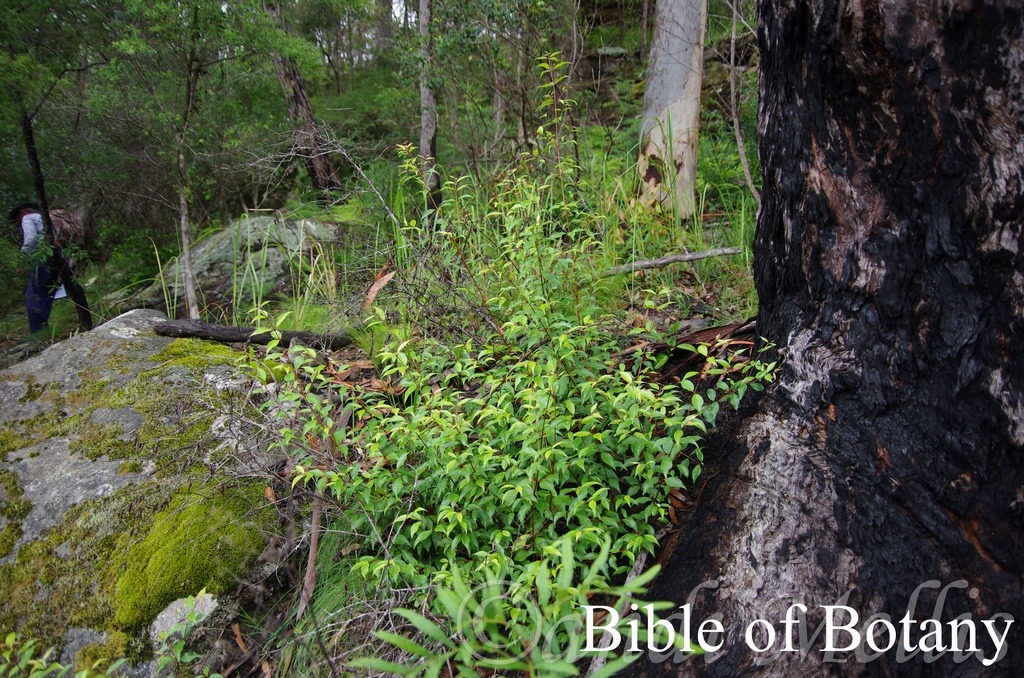
Wombat Creek Nature Reserve NSW
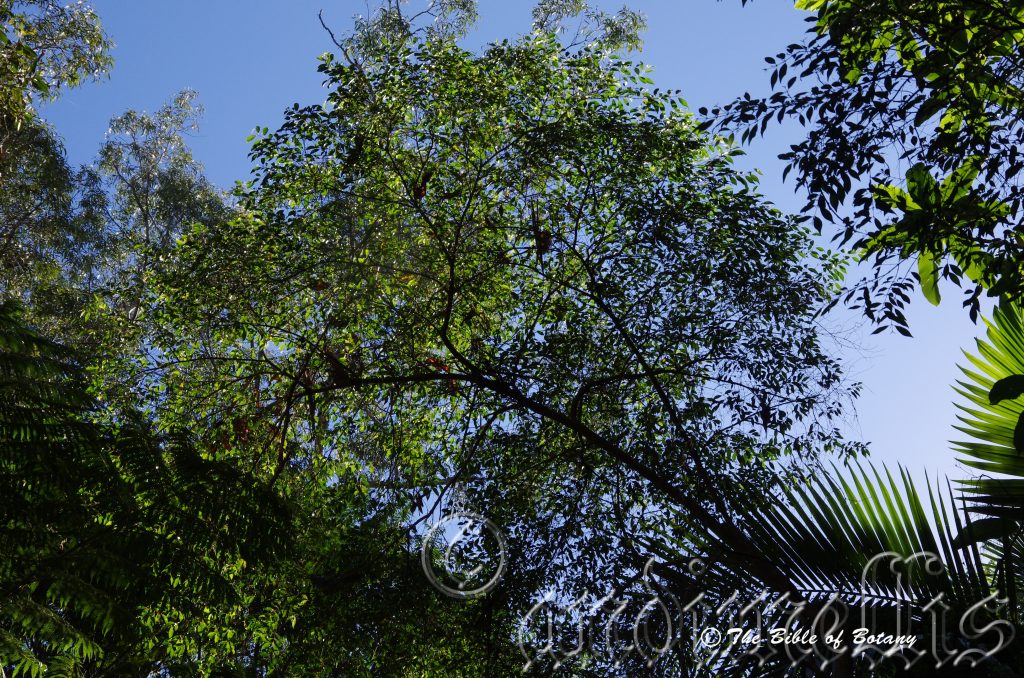
Coffs Harbour NSW

Nana Glen NSW

North Brother NSW

Coffs Harbour NSW

Coffs Harbour NSW
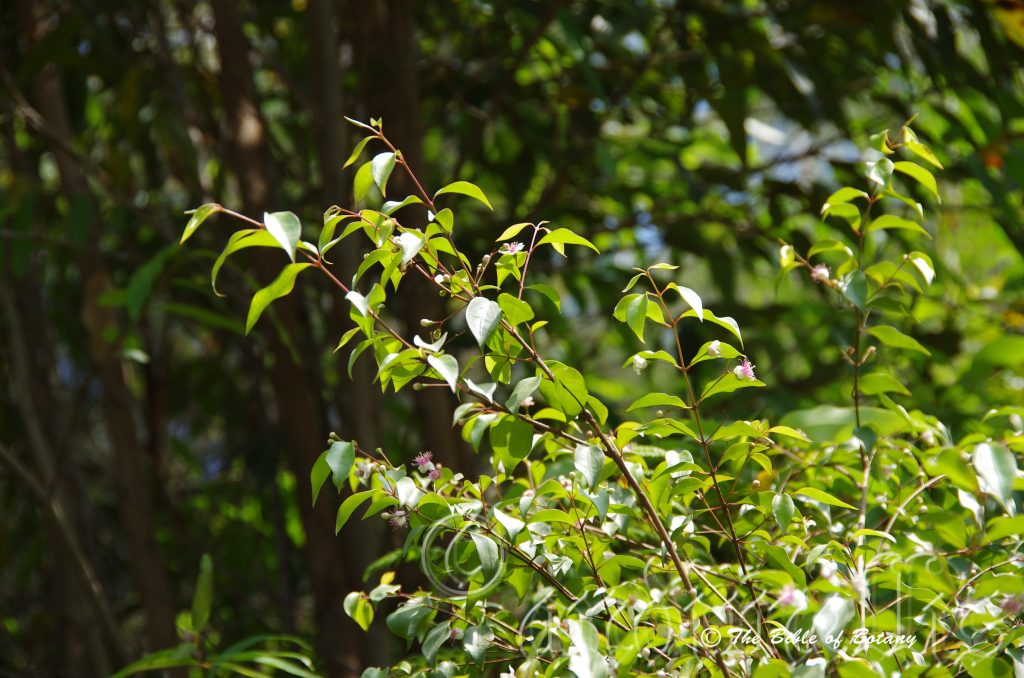
Nana Glen NSW
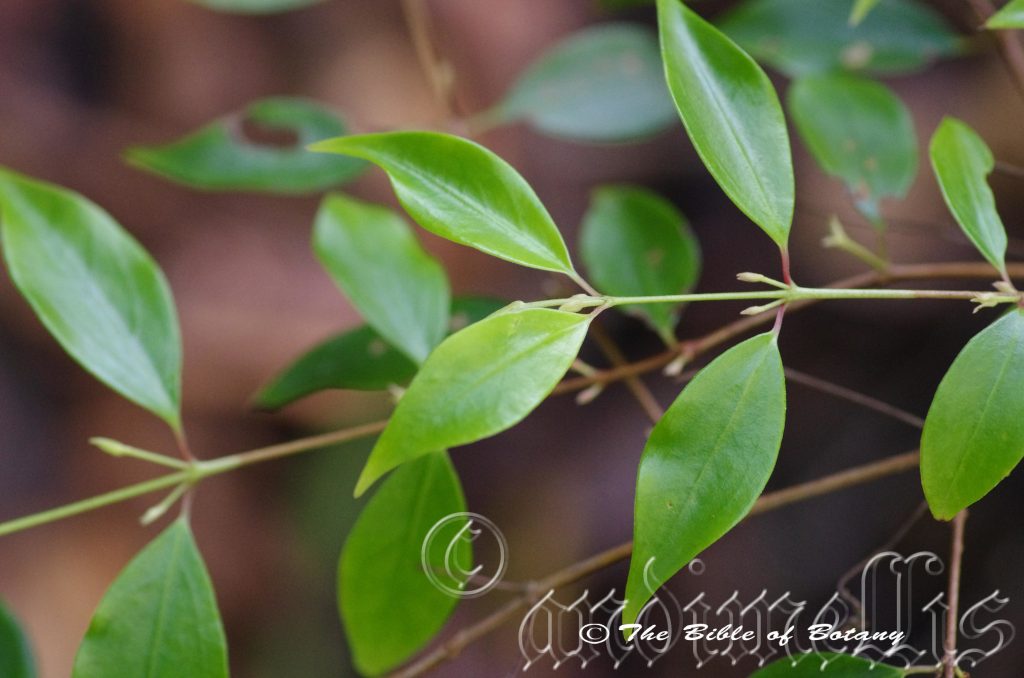
Wombat Creek Nature Reserve NSW

Nana Glen NSW
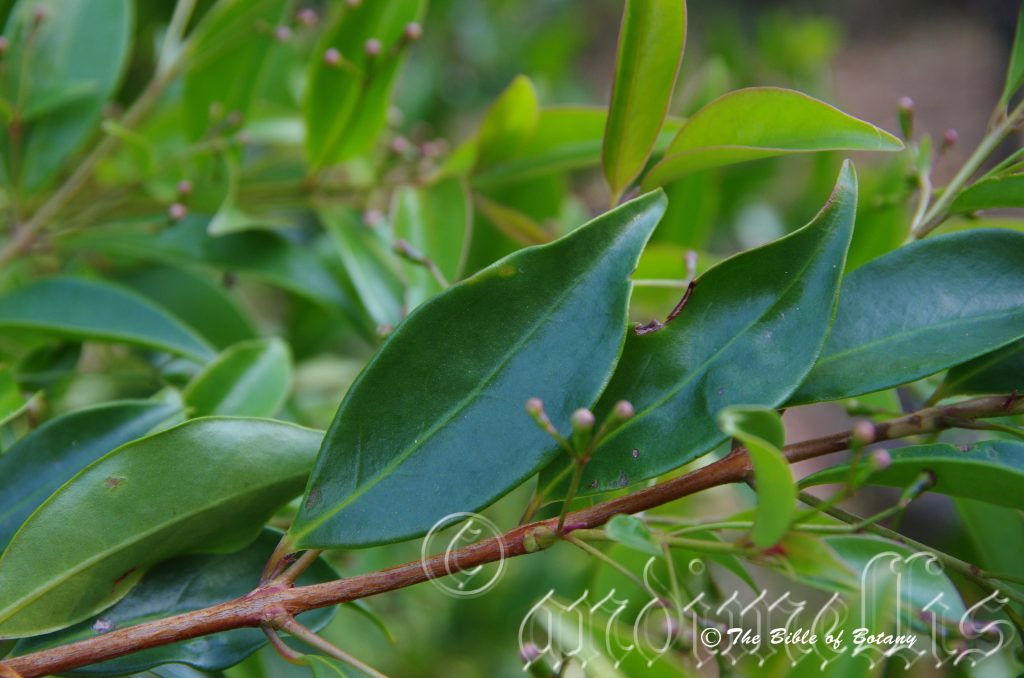
North Brother NSW
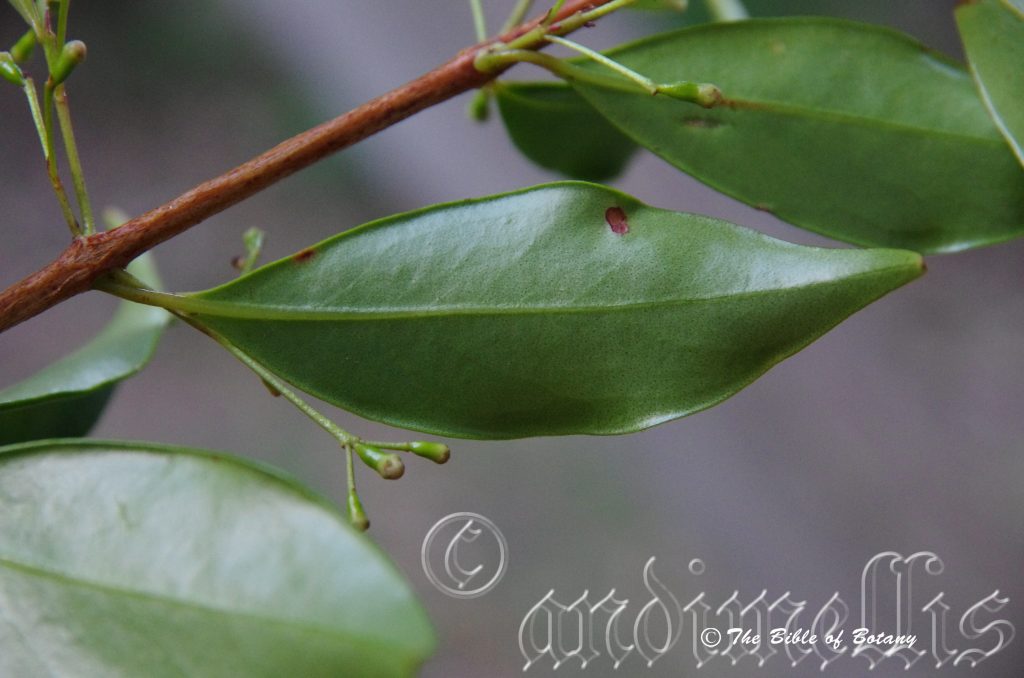
North Brother NSW

Nana Glen NSW
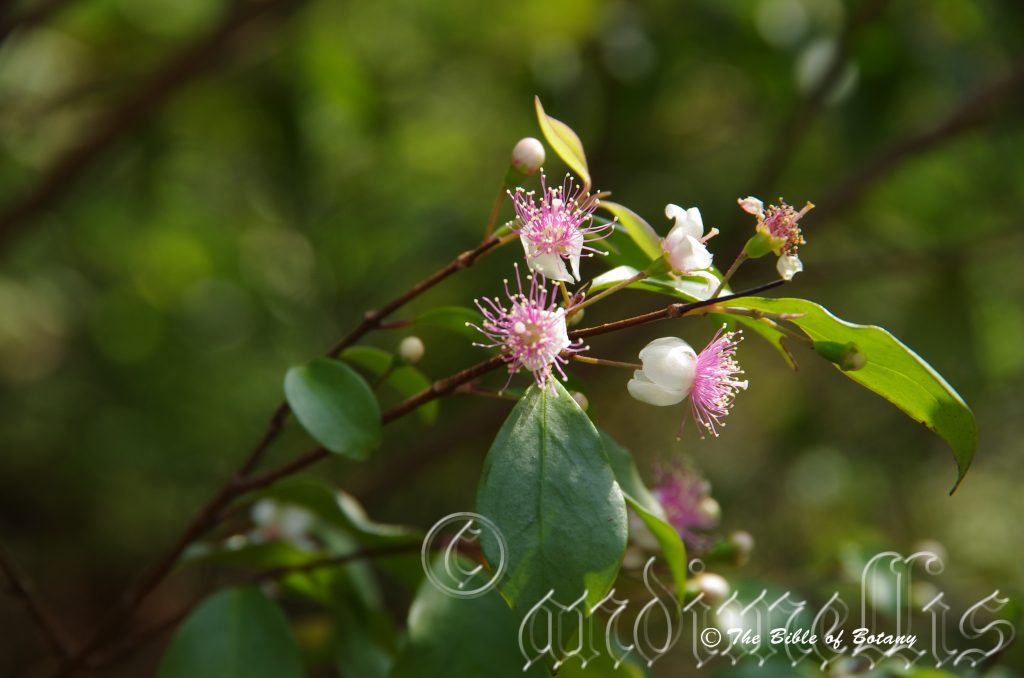
Nana Glen NSW

Nana Glen NSW
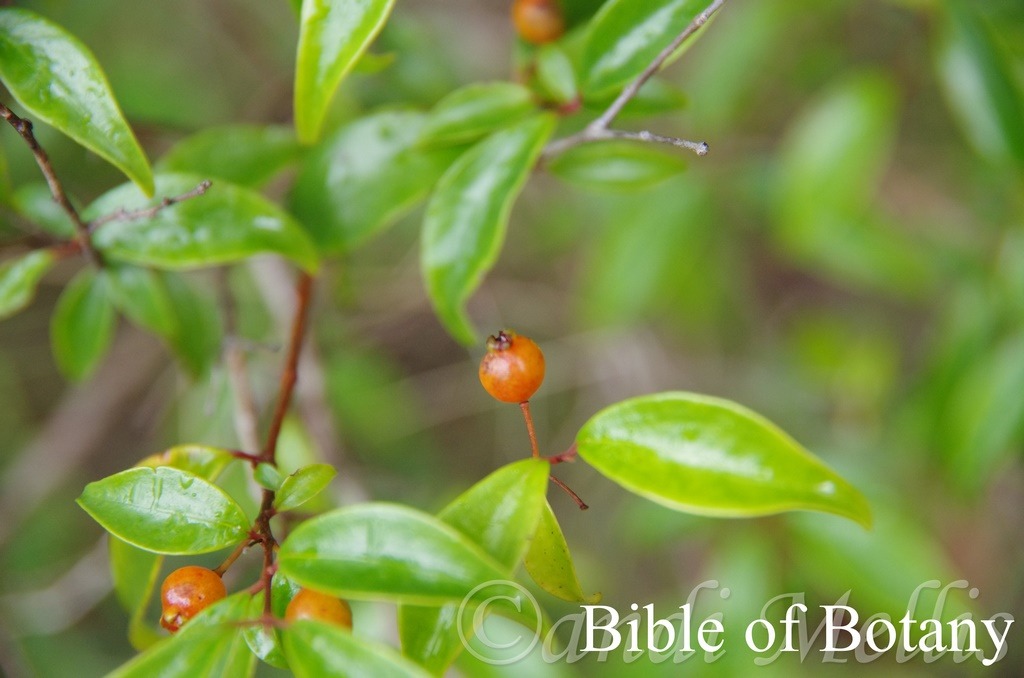
Wombat Creek Conservation Park NSW
Archirhodomyrtus beckleri
Classification:
Unranked: Magnoliophyta
Class: magnoliopsida
Order: Fabales
Family: Fabaceae
Genus: From Arche, which is Ancient Greek for chief or first head, Rhodo, which is Ancient Greek for reddish and Myrtos, which is Ancient Greek or Myrtus which is Latin for the European Myrtle bush. It refers to shrubs, which somewhat resemble the European Myrtle but is more exquisitely beautiful with pale rose, pink coloured flowers.
Specie: Is probably named in honour of Ludwig Philipp Heinrich Becker; 1808-1861 who was a German botanical artist and explorer who died on the last Burk and Wills expedition near Balloo in Queensland.
Sub specie:
Common Name: Rose Myrtle.
Distribution:
Archirhodomyrtus beckleri is found south from Fraser Island in central Queensland to the Williams River in coastal central New South Wales. There are 2 disjunct populations further north around Mackay, Eungella National Park to Proserpine and Ingham to Cooktown in far north east Queensland. It is found on and east of the Great Dividing Range to the coast.
https://avh.ala.org.au/occurrences/search?taxa=Archirhodomyrtus+beckleri#tab_mapView
Habitat Aspect Climate:
Archirhodomyrtus beckleri prefer full sun to dappled shade. It grows in riverine wet Eucalyptus forests, sub-tropical rainforests, warm temperate rainforests, cool tropical rainforests or littoral rainforests. The altitude ranges from 5 meters ASL to 500 meters ASL.
The temperatures range from 2 degrees in August to 38 degrees in January.
The rainfalls range from lows of 900mm to an average of 3200mm annually.
Soil Requirements:
Archirhodomyrtus beckleri prefer better quality sandy loams to medium clays. The soils are usually derived from decomposed black basalts, brown basalts, shales or metamorphic rocks. The pH ranges from 5pH to 7pH. It does not tolerate waterlogged soils. None saline soils to moderately saline soils are tolerated.
Height & Spread:
Wild Plants: 5m to 6m by 3m to 4m.
Characteristics:
Archirhodomyrtus beckleri’s tan to brown bark varies from corky to flaky with longitudinal furrows. Large trees are fluted close to the ground. Branches are red-brown to burgundy-red and flaky while the branchlets are grass-green tinged orange to orange-red. The branchlets are glabrous or more often sparsely covered in white puberulent hairs.
Archirhodomyrtus beckleri‘s opposite leaves are broad lanceolate to ovate or ovate-elliptical. The leaves measure 30mm to 85mm in length by 10mm to 30mm in width. The petioles are olive-green with an orange to reddish tinge and measure 2mm to 6mm in length. The bases are cuneate while the apexes are bluntly acuminate. The discolourous leaves are sea-green, semi glossy and glabrous on the upper laminas while the lower laminas are much paler, semi glossy to dull and covered in minute oil dots. The margins are entire while the laminas are undulating. The main vein is prominent on the lower lamina is distinctly visible from above. The lateral veins are indistinct but form a distant intramarginal loop.
The inflorescence of Archirhodomyrtus beckleri are born singularly or at times 2 or 3 from a common peduncle from the leaf axils. The peduncles or pedicels measure 10mm to 15mm in length. When there are 3 flowers on a peduncle the center flower is usually sessile.
The hypanthia are urceolate, glabrous and measure 1.5mm to 1.8mm in length by 1.3mm to 1.6mm in diameter. The 5 elliptical sepals are glabrous and measure 1mm to 1.4mm in length by 1mm to 1.2mm in width. The pale pink to rose pink petals is obovate to elliptical and measures 4.5mm to 6mm in length by 3.5mm to 4.8mm in width.
The rose pink to deep pink filaments measure 4mm to 5.5mm in length. The cream to pale yellow basifixed anthers is about twice the diameter of the filaments.
The style rose pink to deep pink style measures 3mm to 3.6mm in length. The disc is pale lemon-yellow, glossy and surrounds a 3 locular ovary. Flowers appear from September to November.
Archirhodomyrtus beckleri‘s glabrous fruits are thin globose or ovoid berries. The berries measure 6mm to 9mm in length by 5mm to 8mm in diameter. The calyxes are persistent at the apexes of the berries. The glabrous berries ripen to pale yellow-orange or pale lemon-green externally with a paler creamy flesh internally. The berries split to reveal the small deep red-brown to deep brown seeds. The colliculate (small raised hillocks or mounds) seeds measure about 1mm in diameter.
Wildlife:
Archirhodomyrtus beckleri flowers are attractive to native bees, many hover flies while the fruits are consumed by small honey eaters and fruit eating birds including Lewin’s Honeyeater, Meliphaga lewin and silver eyes, Zosterops lateralis.
Cultivation:
It would make an good fire retardant large shrub to medium tree.
* Fire retardant plants act as radiant heat screens and absorb more heat from an approaching fire without burning.
* Fire retardant trees are able reduce wind speed near a house or out buildings.
* Fire retardant also trap embers and sparks carried by the wind.
* Fire retardant ground covers are able to catch burning embers without catching fire themselves, and also slow the travel of a fire through debris and litter on the ground.
Archirhodomyrtus beckleri is an interesting subject for small to larger gardens in tropical and subtropical areas. It is very compact dense small trees. It is excellent shade trees for medium gardens when the lower branches are trimmed to head height. It is moderately fast growing when given moisture and organic fertilizers on a regular basis. As garden subjects they will grow 4 meters to 6 meters tall by 3 meters to 5 meters in diameter.
Archirhodomyrtus beckleri is best grown in the tropics and subtropics where they respond to the heat and reliable rainfalls. It is cold tolerant to temperatures as low as minus 4 provided there is adequate moisture in the ground and it is not subjected to severe frosts.
The trees would make very good accent trees in front of low set commercial, industrial sheds or low set classrooms where they will break up hard rigid architectural lines and give warmth and breadth to a building. It is also ideal for planting on nature strips as the trees have a small root system and dropping very few leaves and twigs.
Try using it in a court yard where the only other feature is a large rock, stump or formal or informal frog or fish pond. Next to such features their small leaves, beautiful flowers and fruit which bloom and hang over a long period are never overpowering but certainly noticed. I am surprised that it has never been used in commercial entrances and foyers to break the ice and give a feeling of business as usual but somehow make the business more appealing.
It can be used in raised garden beds surrounded by small shrubs with fine pale green leaves which flower at a different times of the year as the rose pink flowers would be lost amongst strong reds and purples while lilacs, pinks and whites would blend leaving a feeling that something is missing.
Propagation:
Seeds: Archirhodomyrtus beckleri seeds can be sown directly into the seed raising mix. Place the trays in a warm well-lit area of 50mm shade where there is good ventilation. Allow the mix to become semi dry between each watering. Germination is rapid with fresh seed and completed within a month or 6 weeks at the most.
Once the seedlings reach 150mm to 200mm in height plant them out into their permanent position. For mass plantings plant them at 8m to 9m centers for a rainforest of bank establishment projects or 15 meters apart for park land situations.
Fertilize using Seaweed, fish emulsion or organic chicken pellets soaked in water on an alternate basis. Fertilize every two months until the plants are established then annually in early September or March to maintain health, vitality and better flowering.
Further comments from readers:
Hi reader, it seems you use The Bible of Botany a lot. That’s great as we have great pleasure in bringing it to you! It’s a little awkward for us to ask, but our first aim is to purchase land approximately 1,600 hectares to link several parcels of N.P. into one at The Pinnacles NSW Australia, but we need your help. We’re not salespeople. We’re amateur botanists who have dedicated over 30 years to saving the environment in a practical way. We depend on donations to reach our goal. If you donate just $5, the price of your coffee this Sunday, We can help to keep the planet alive in a real way and continue to bring you regular updates and features on Australian plants all in one Botanical Bible. Any support is greatly appreciated. Thank you.
In the spirit of reconciliation we acknowledge the Bundjalung, Gumbaynggirr and Yaegl and all aboriginal nations throughout Australia and their connections to land, sea and community. We pay our respect to their Elders past, present and future for the pleasures we have gained.
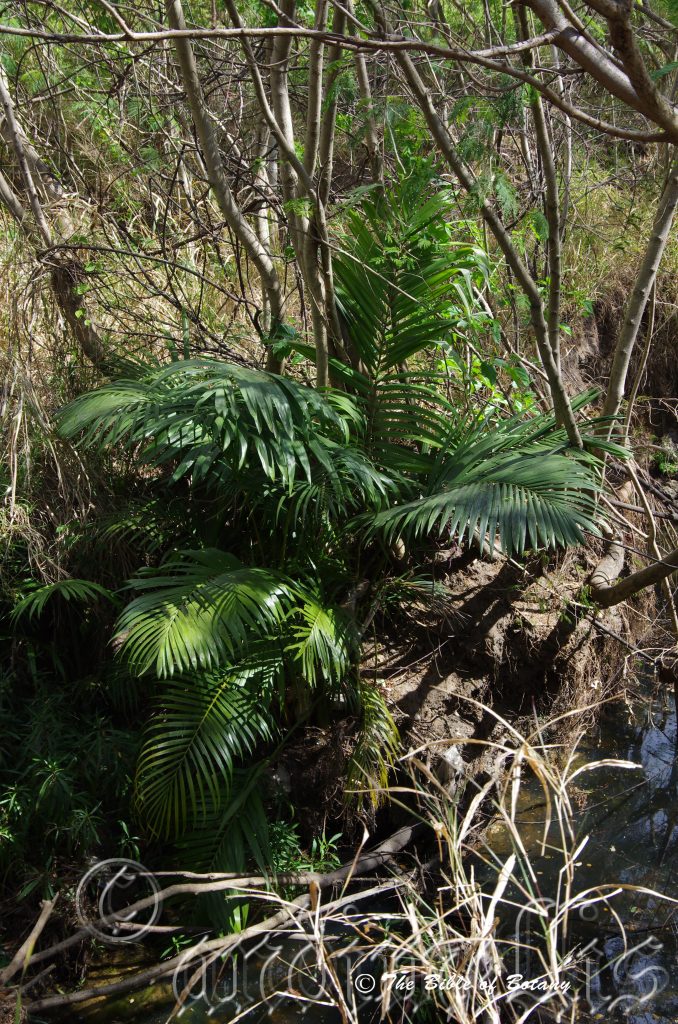
Manorina National Park, D’Aguilar Range Qld.

Townsville Qld.
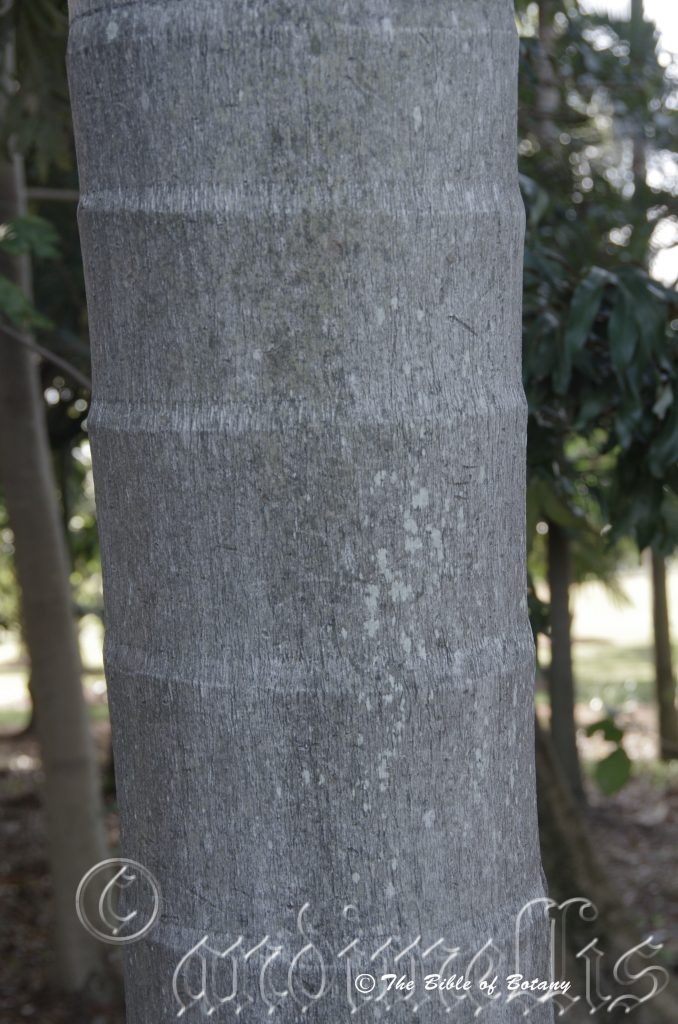
Townsville Qld.
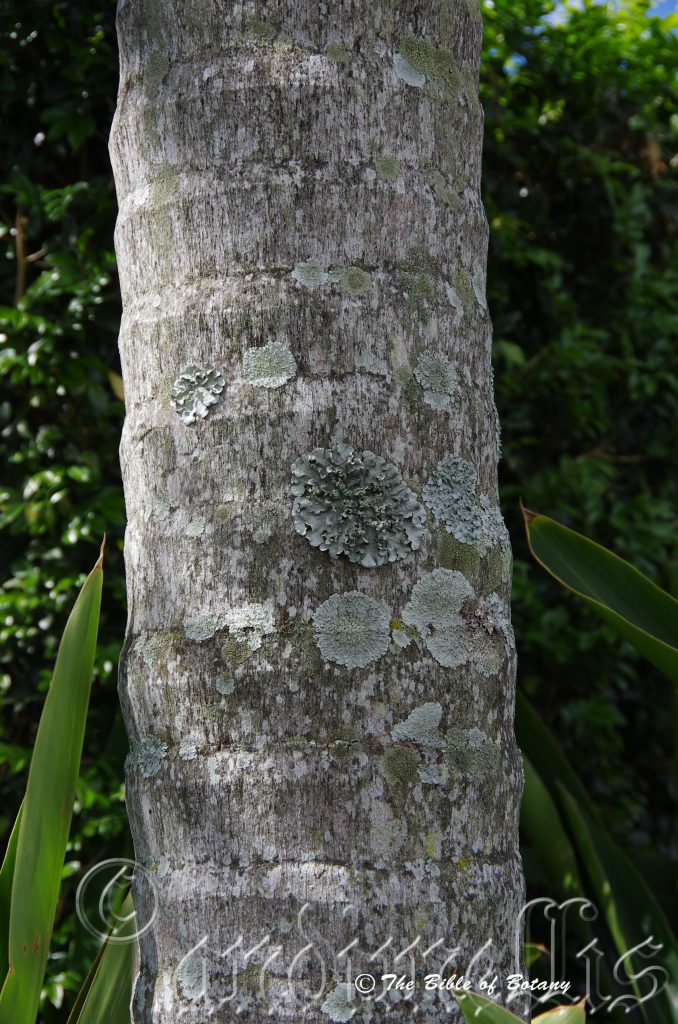
Kedron Brook Qld.

Ginger Factory Nambour Qld.

Townsville Qld.

Author’s Garden The Pinnacles NSW

Author’s Garden The Pinnacles NSW
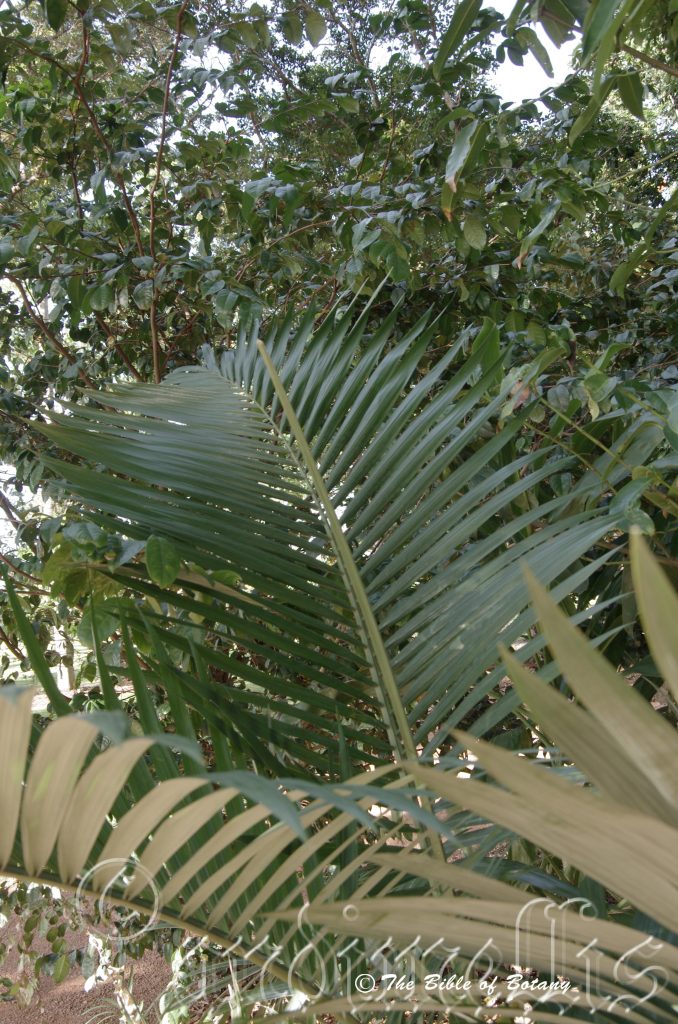
Townsville Qld.

Townsville Qld.
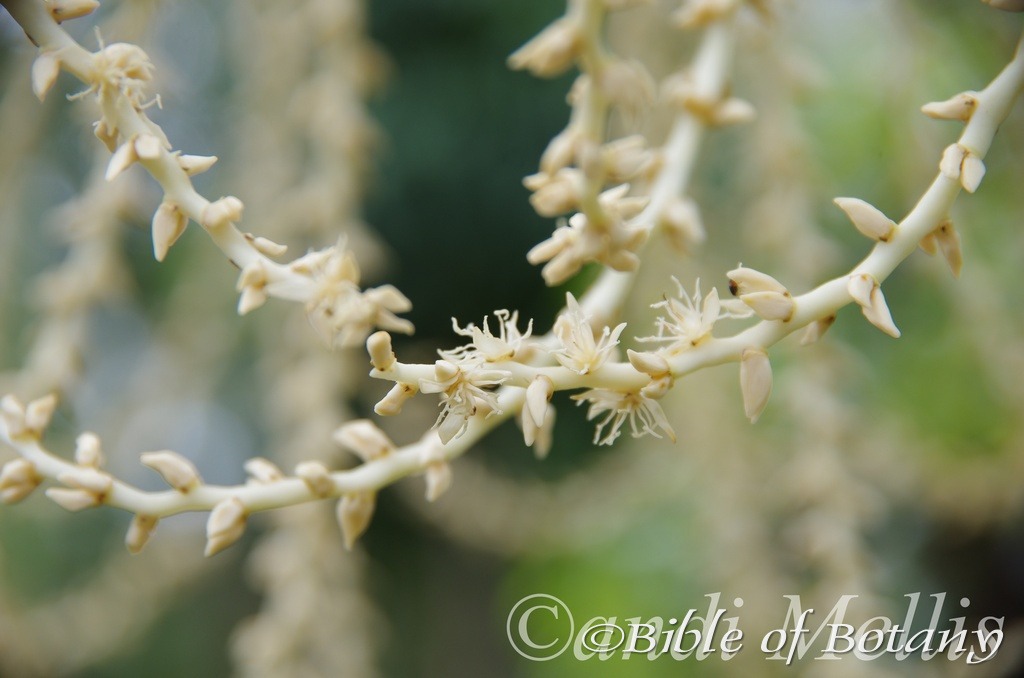
Author’s Garden The Pinnacles NSW
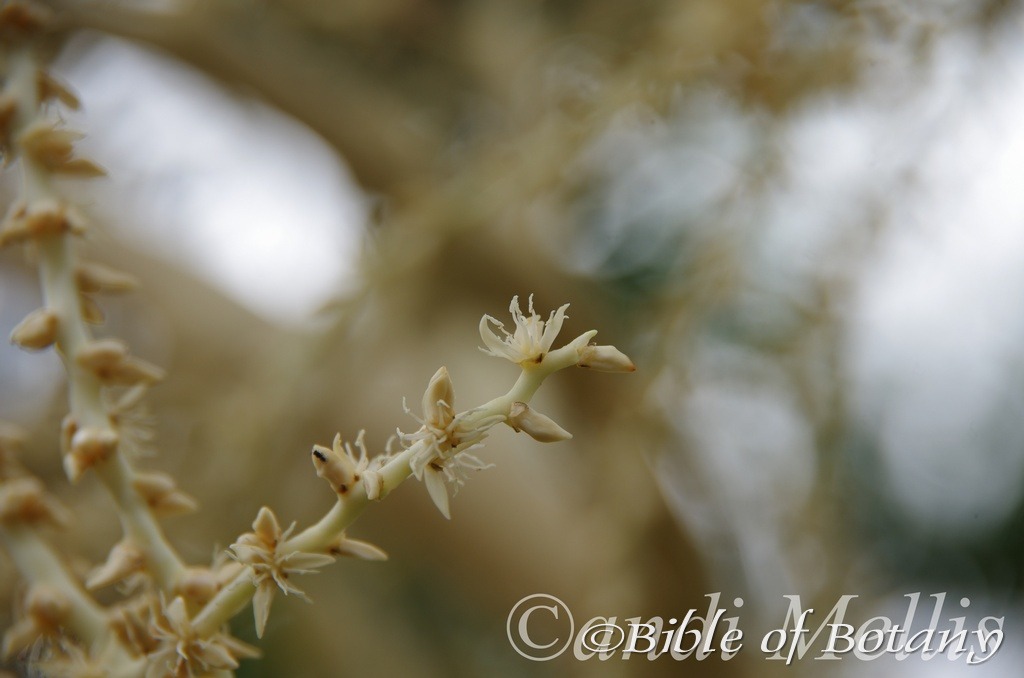
Author’s Garden The Pinnacles NSW
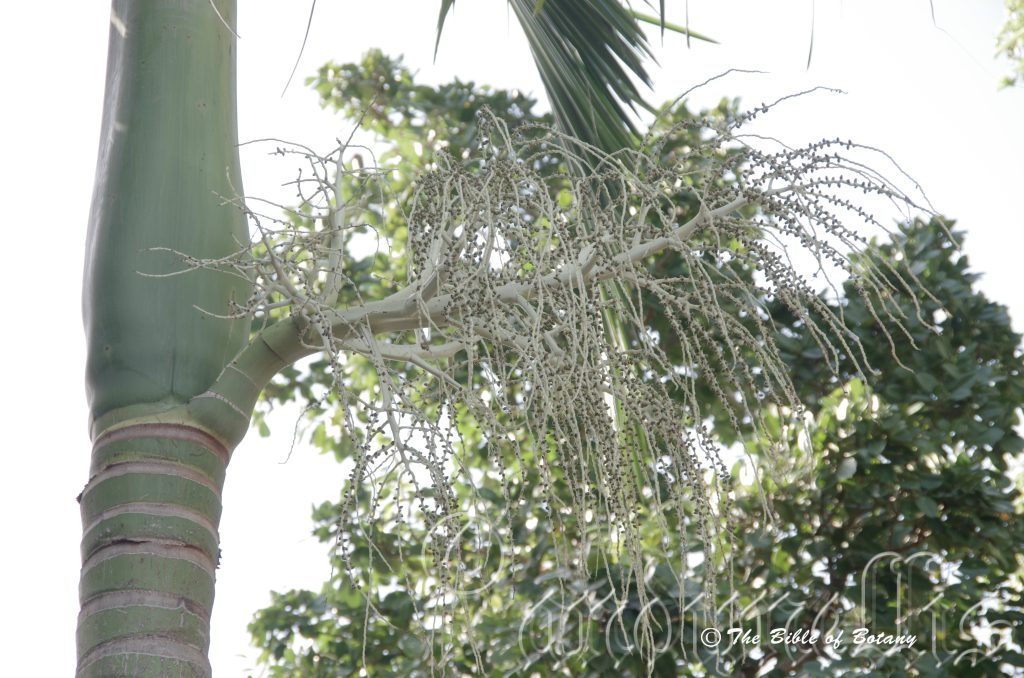
Townsville Qld.
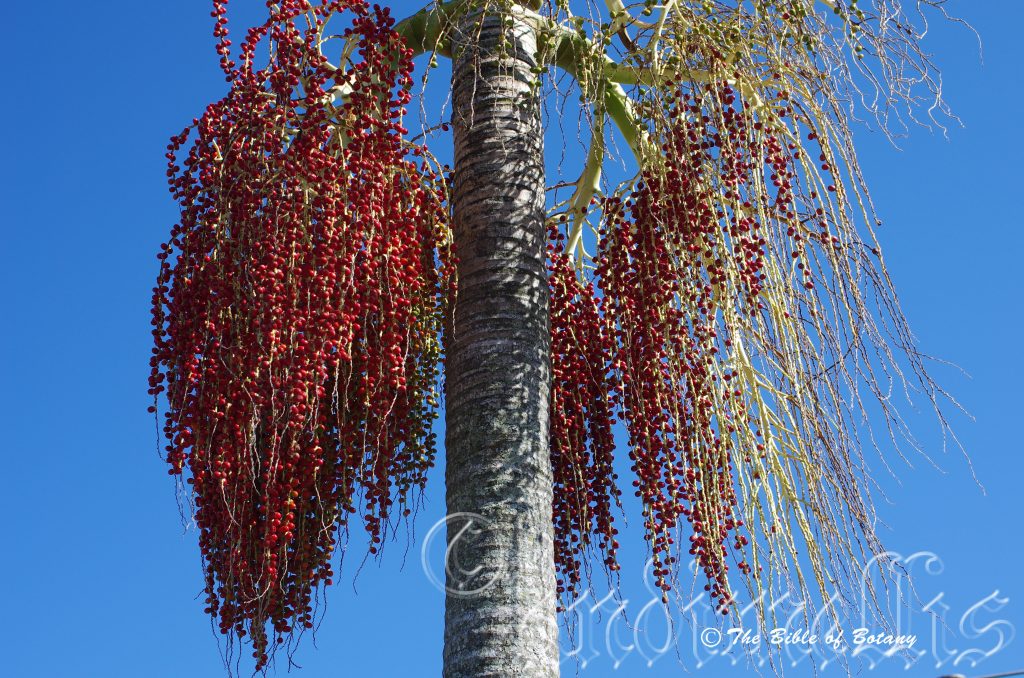
Kedron Brook Qld.
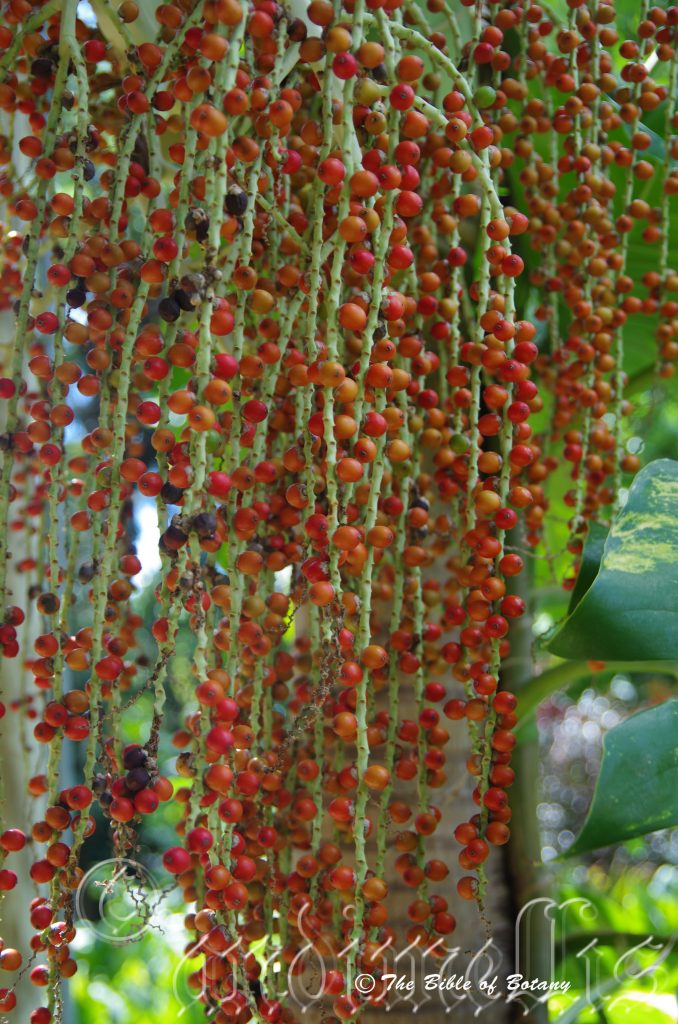
Townsville Qld.
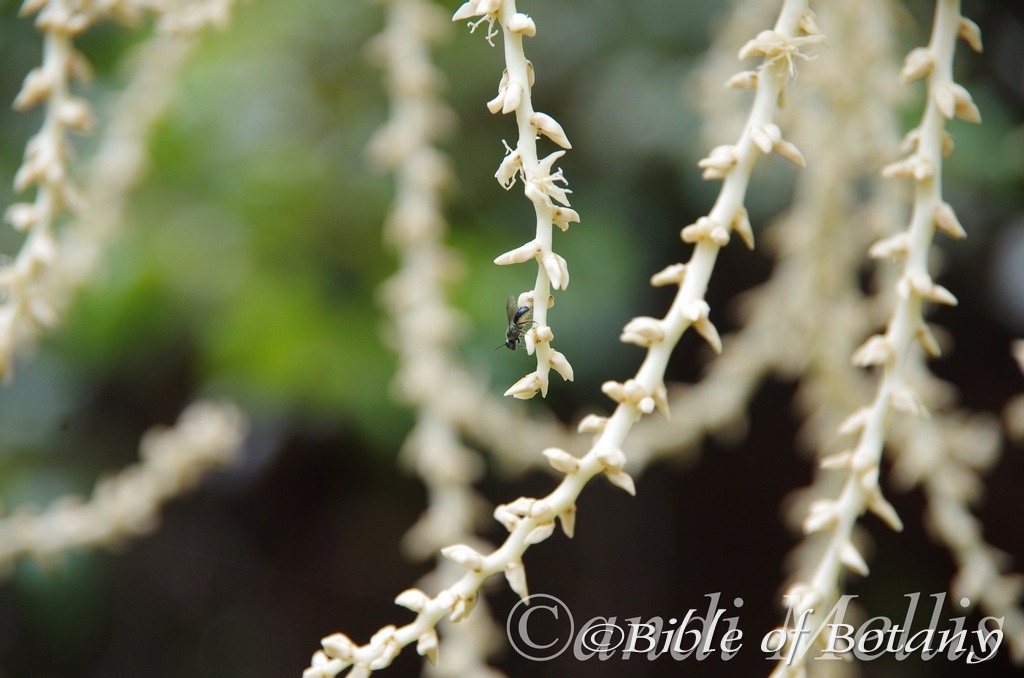
Unknown Native Bee Author’s Garden The Pinnacles NSW
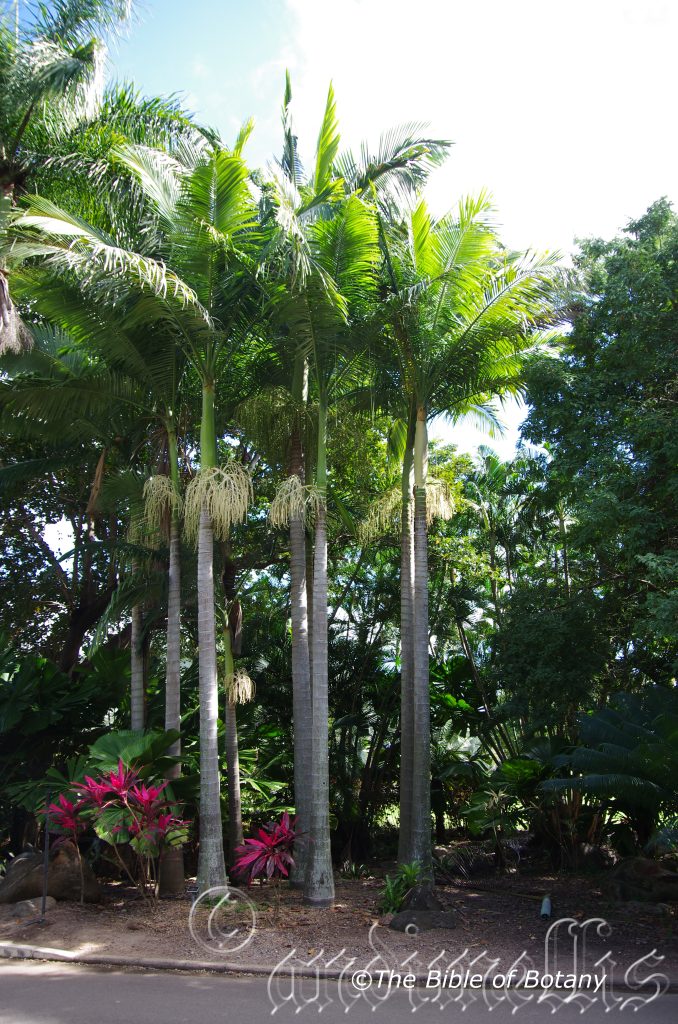
Townsville Qld.
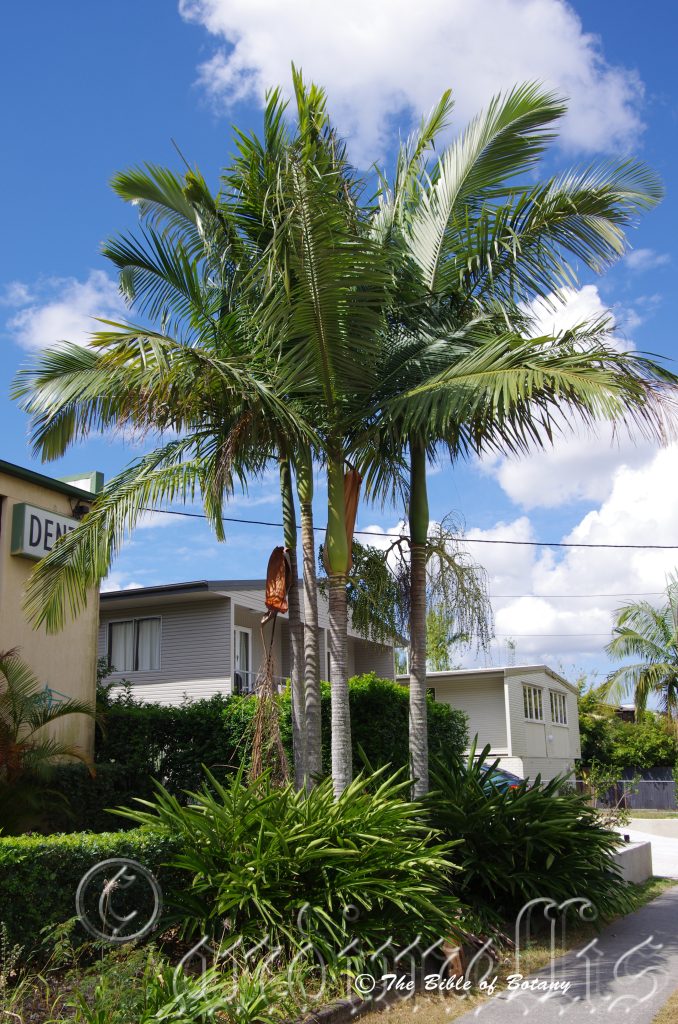
Everton Park Qld.
Archontophoenix alexandrae
Classification:
Class: Monocots
Order: Commelinids
Family: Arecales
Subfamily: Arecaceae
Genus: From Archontos, which is Ancient Greek for a chieftain and Phoenix, which is Ancient Greek or Phoenex, which is Latin for majestic. It refers to plants, which have a majestic appearance of palms.
Specie: Is named in honour of Alexander but which Alexander can not be substantiated. There is some indication that it may be named in honour of Alexandra the Great as it is a great looking palm both in nature and in the garden.
Common Name: Australian King Palm.
Distribution:
Archontophoenix alexandrae found from the Iron Range National Park to Noosa heads in coastal Queensland, east of the Great Dividing Range.
https://avh.ala.org.au/occurrences/search?taxa=Archontophoenix+alexandra#tab_mapView
Habitat Aspect Climate:
Archontophoenix alexandrae prefer light shade to lightly filtered sun light. It grows in littoral rainforests, Melaleuca swamps or where there are seasonally high water tables. The altitude ranges from 2 meters ASL to 800 meters ASL.
The temperatures range from 8 degrees in August to 32 degrees in January.
The rainfalls range from lows of 950mm to an average of 3200mm annually.
Soil Requirements:
Archontophoenix alexandrae prefer better quality coarse sands, sandy loams, light silts to heavy silts. The soils are usually derived from alluvial deposits or old accumulated beach sands. The pH ranges from 4.5pH to 7pH. It tolerates waterlogged soils and seasonal high water tables. Non saline to very saline soils are tolerated.
Height & Spread:
Wild Plants:20m to 35m by 5m to 6m. The trunk is 350mm to 400mm in diameter.
Characteristics:
Archontophoenix alexandrae has a beautiful slender grey trunk to 30 meters in height. The trunk is pale grey and retains the leaf scars of discarded leaves.
Archontophoenix alexandrae’s leaves measure 3m to 4m in length by 1m to 1.3m across. It is known as a feather palm due to the leaves looking like the feather of a bird’s wing. It is a self-cleaning palm shedding old leaves soon after they die. The 12 to 16 leaves clasp the trunk in a crown shaft for the upper 1000mm to 1300mm of the trunk. The leaves have a pronounced lateral twist with 60 to 80 pairs of pinnae. The pinnae measure 600mm to 750mm in length by 30mm to 50mm in width. The petiole measures 320mm to 380mm and is concave above and convex below. The leaves are discolourous with the upper lamina being mid to deep sea green while the lower lamina is silvery in colour. The pinnae base is truncate while the apex is irregularly torn. The margins are entire while the midrib is prominent on both laminas.
Archontophoenix Alexandrae’s inflorescence is born in large pendant panicles from below the bottom of the crown shaft. They measure 500mm to 950mm in length by 400mm to 500mm in width. The palms are monoecious.
The 3 sepals measure 1.6mm to 2mm in length. The 3 white to cream male flowers have falcate petals which measure 6mm to 7mm in length by 2mm to 3mm in width. The 9 to 15 stamens measure 2.5mm in length with 2mm anthers. The male flowers outnumber the female flowers by 3 to 1.
The female flowers sepals measure 2mm in length. The 3 petals are tightly packed around the style never fully opening and measure 3.5mm to 4mm in length. Only the trilobed stigma is exserted beyond the petals.
Archontophoenix alexandra‘s fruit is an ovoid to globose nut. The nuts measure 8mm to 14mm in length by 6mm to 10mm in diameter. The green nuts turn scarlet red on ripening. The fawn calyx and stigma are persistent on the fruits. The red epicarp sheds to reveal the fawn-brown coconut fibres that surround the nut.
Wildlife:
Birds have a liking for the fruit especially Pigeons and Bower birds. Possums and gliders enjoy eating the flowers. It is the host plant for the Yellow Palm Dart butterfly (Cephrenes trichopepla. ) and the Orange Palm Dart butterfly (Cephrenes augiades subsp. aperthias.)
Cultivation:
Archontophoenix alexandrae is a beautiful palm from the East coast rainforests of Australia and deserves a place in every tropical and sub-tropical garden. It may reach 20 meters by 5 meters in cultivation but don’t hold your breath. The trunk is suitable for stags and other epiphytes especially if the trunks are protected from winds and are shaded during the heat of the day.
Archontophoenix alexandrae will grow on most soils especially those that are not pure sand as long as an adequate supply of water is given. It grows in very wet soils even where the water is stagnant.
It is a good feature plant around pools and ponds as it is self-cleaning and take years to flower and fruit. Roots do not give any problems when in confined places like court yards and near pools. This is a great accent plant against hard surfaces like brick walls or where a slow maturing plant is required.
Due to its slow growth Alexandra palms make very good indoor subjects or tub plants for patios for many years.
Group plantings of three or four palms spaced at 4 meters will look thick and bushy in about ten years. Scattered plantings throughout a rain forest garden look much more natural and pleasant to the eye than dense plantings.
INDOORS OR POTTED ON:
Sawdust or sand mixes are too well draining unless the sawdust has completely composted down where it exhibits a texture like plasticine to the touch. Moisture can be squeezed out between the fingers yet it remains moist. I find this a great basis to start with.
Mix equal parts of the well decomposed saw dust with the above feel with perlite and vermiculite. To this add two part sharp clean sand and one part compost. Make sure the sand comes from a source that does not have salt.
The Saw dust in this condition creates the moisture retention and holds nutrient in. The perlite and vermiculite make the mix neutral and both have great water holing capacity without shrinkage with age. The sand creates good drainage and is good for good healthy root development.
Indoor plants need good light and ventilation without drying breezes or wind. Again fertilize the plants on a monthly basis with the above formula on a rotation basis.
Propagation:
Seeds: Sow into a seed raising mix and cover with 10mm of mix. Seeds are often slow and erratic to germinate. When the seedlings are at the two to three leaf stages, prick them out and plant them into 75mm native tubes using a good organic mix.
Once the seedlings reach 250 to 300mm in height plant them out into their permanent position.
Where mass plantings of Archontophoenix alexandrae are required, as a feature; plant them at 3 meters to 6 meters centers. Plantings along a driveway should be planted at 6 meter centers.
Fertilize using Seaweed, fish emulsion or organic chicken pellets soaked in water on an alternate basis. Fertilize every two months until the plants are established then annually in early September or March to maintain health, vitality and better flowering.
Further comments from readers:
Hi reader, it seems you use The Bible of Botany a lot. That’s great as we have great pleasure in bringing it to you! It’s a little awkward for us to ask, but our first aim is to purchase land approximately 1,600 hectares to link several parcels of N.P. into one at The Pinnacles NSW Australia, but we need your help. We’re not salespeople. We’re amateur botanists who have dedicated over 30 years to saving the environment in a practical way. We depend on donations to reach our goal. If you donate just $5, the price of your coffee this Sunday, We can help to keep the planet alive in a real way and continue to bring you regular updates and features on Australian plants all in one Botanical Bible. Any support is greatly appreciated. Thank you.
In the spirit of reconciliation we acknowledge the Bundjalung, Gumbaynggirr and Yaegl and all aboriginal nations throughout Australia and their connections to land, sea and community. We pay our respect to their Elders past, present and future for the pleasures we have gained.
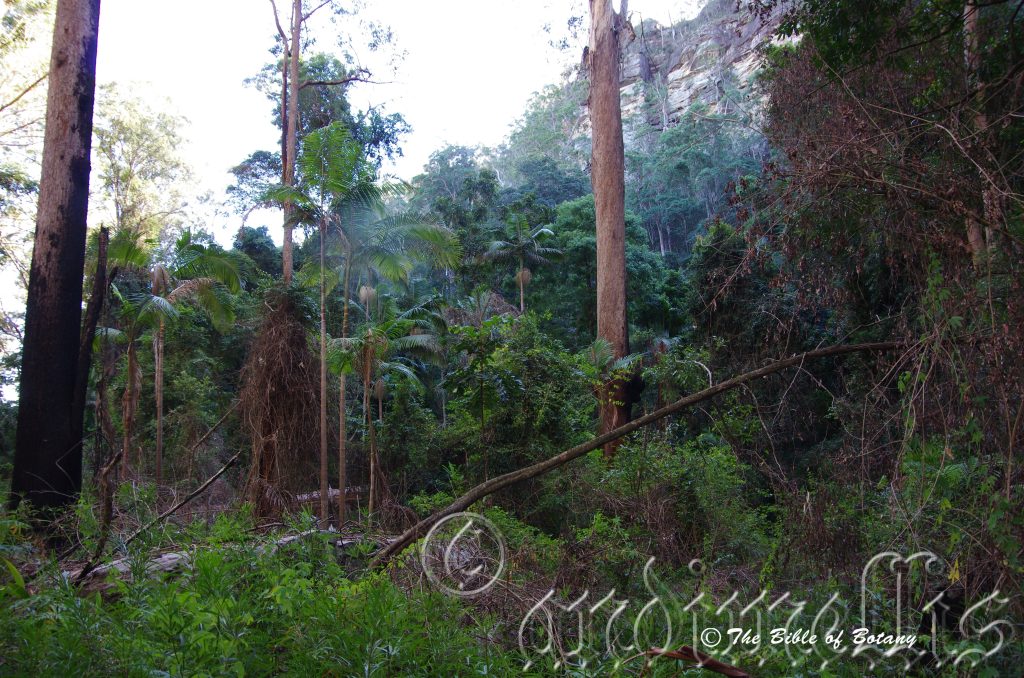
Nana Glen NSW
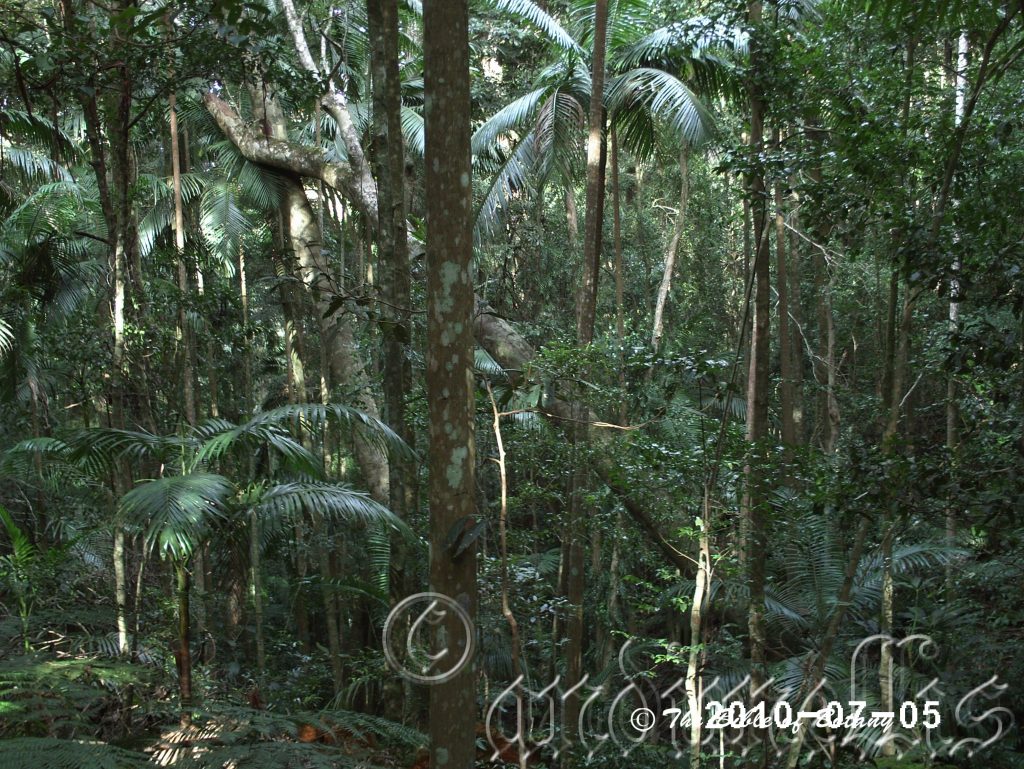
Mount Glorious Qld.
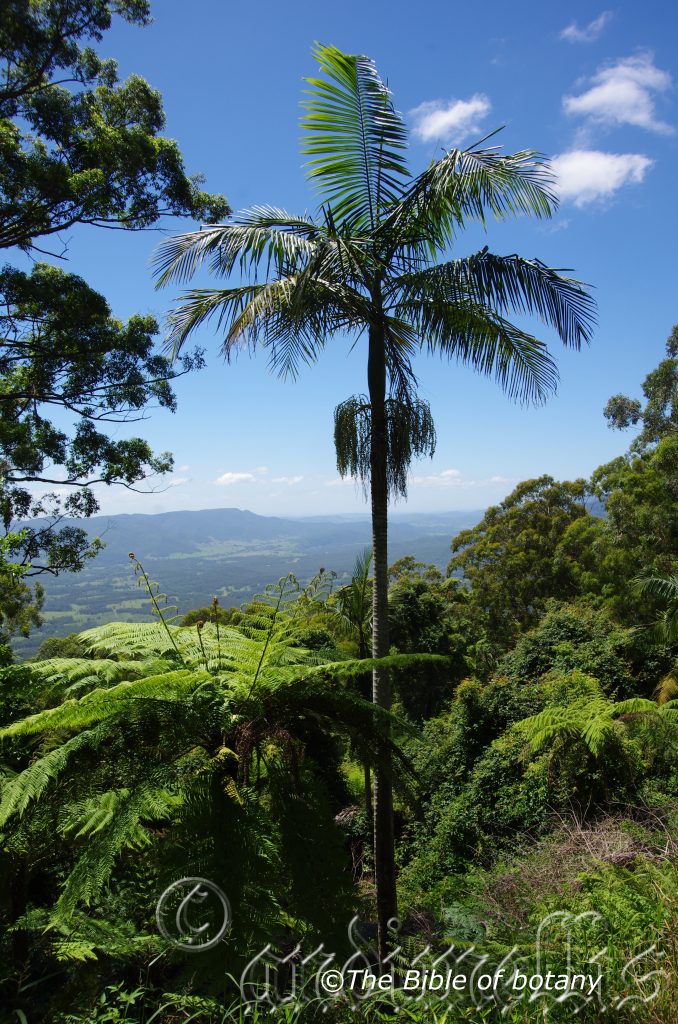
Washpool National Park NSW
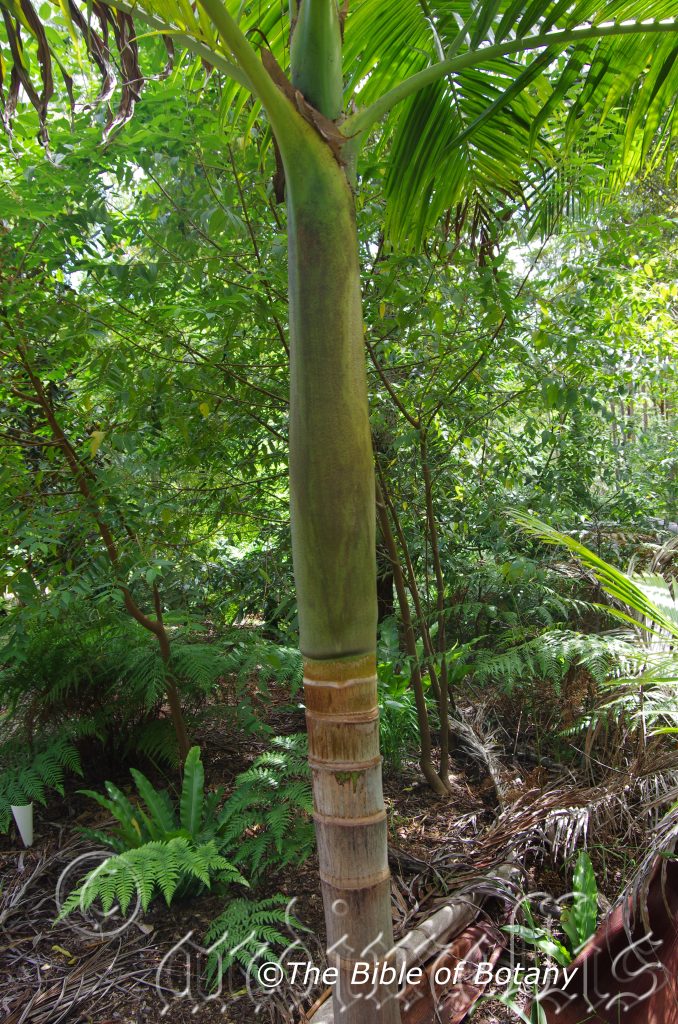
Author’s Garden The Pinnacles NSW
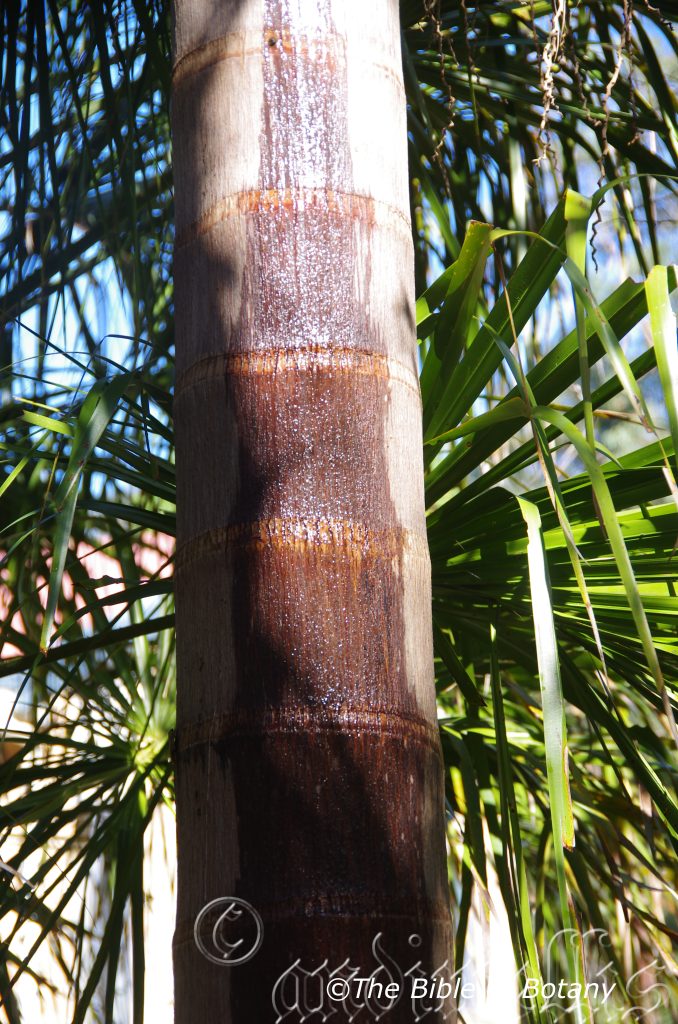
Author’s Garden The Pinnacles NSW
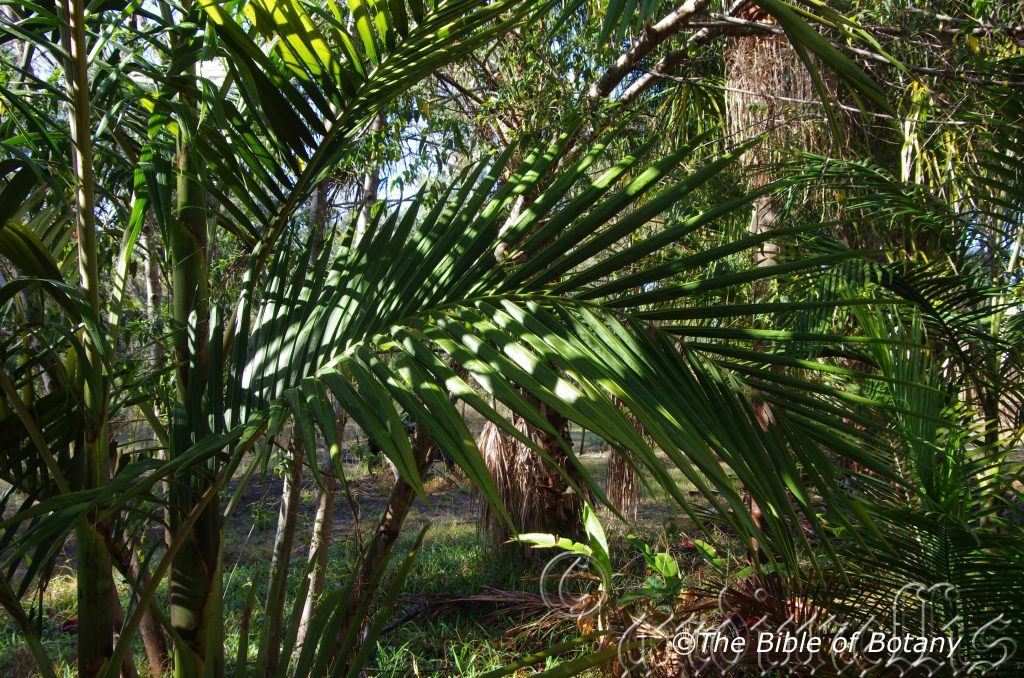
Author’s Garden The Pinnacles NSW
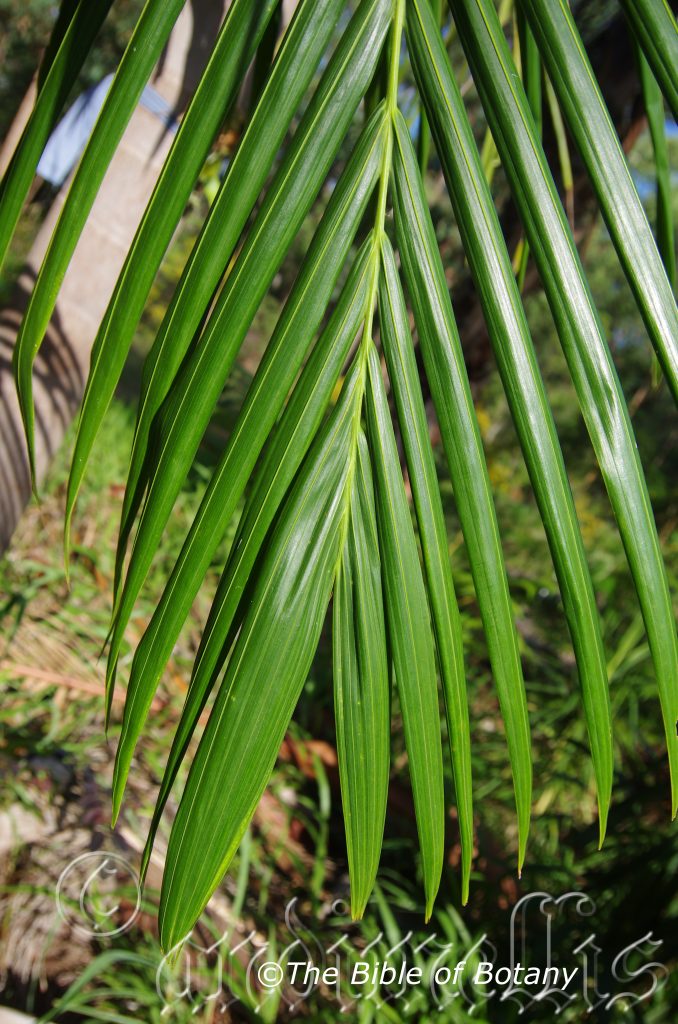
Author’s Garden The Pinnacles NSW
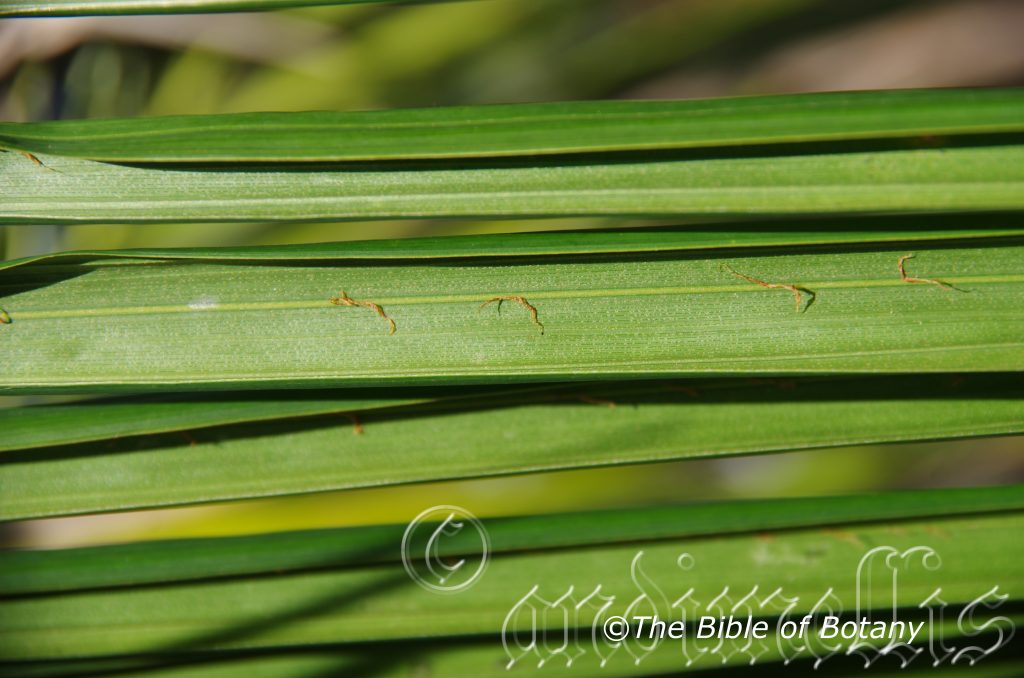
Author’s Garden The Pinnacles NSW
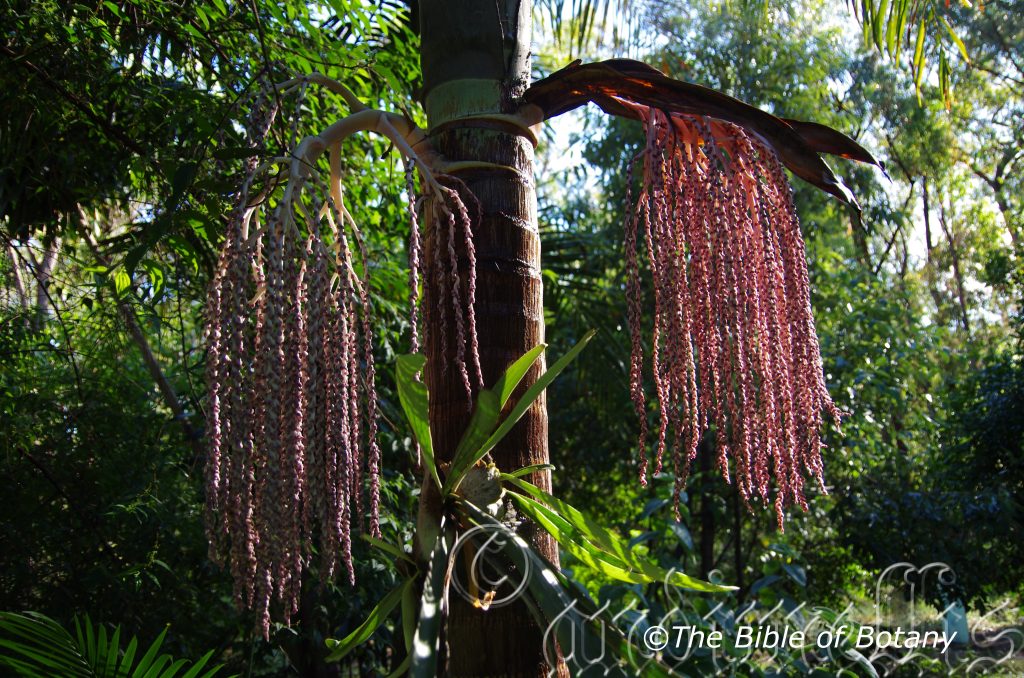
Author’s Garden The Pinnacles NSW
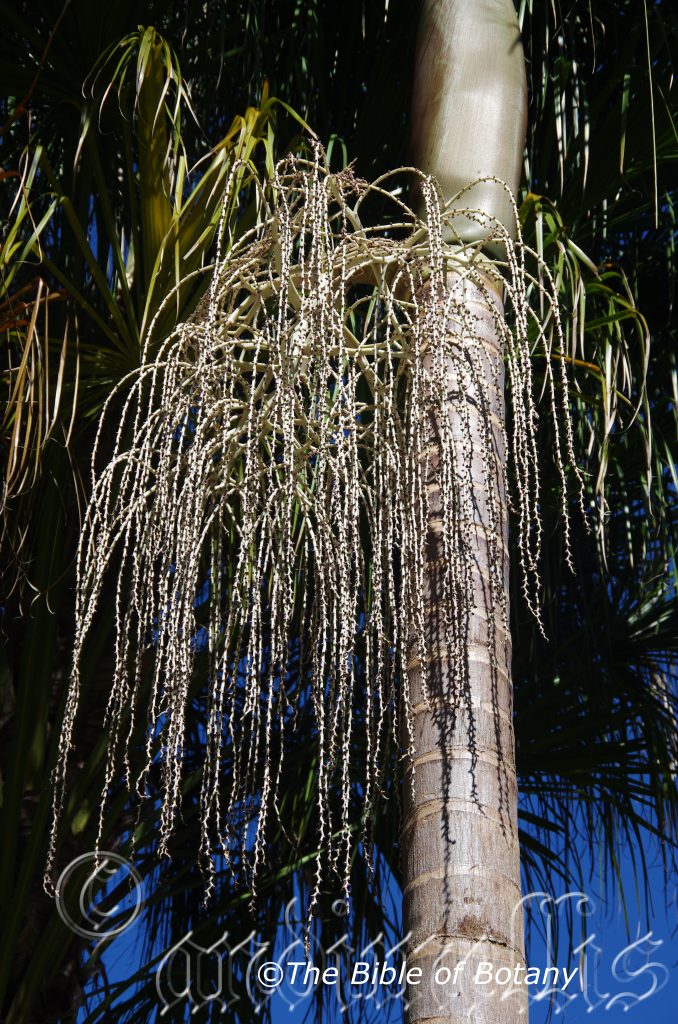
Author’s Garden The Pinnacles NSW
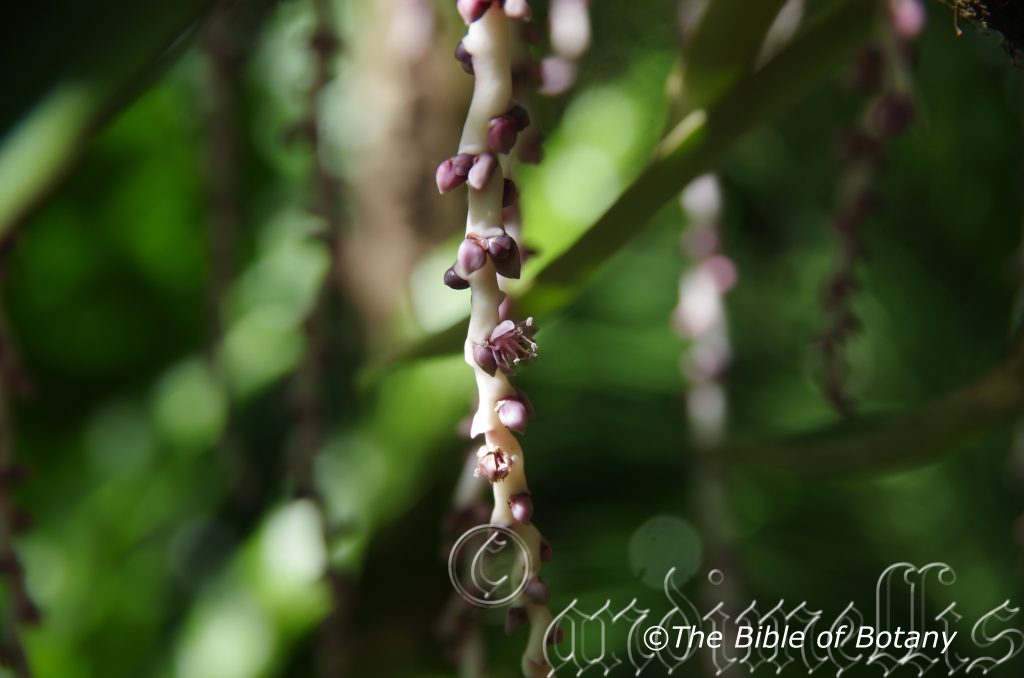
Author’s Garden The Pinnacles NSW
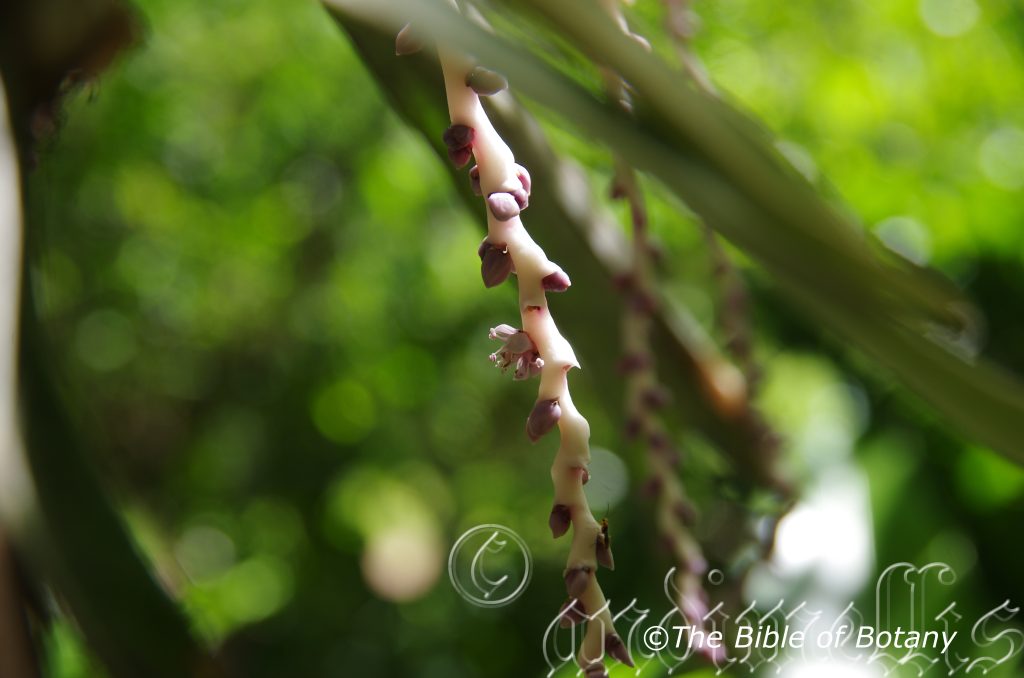
Author’s Garden The Pinnacles NSW
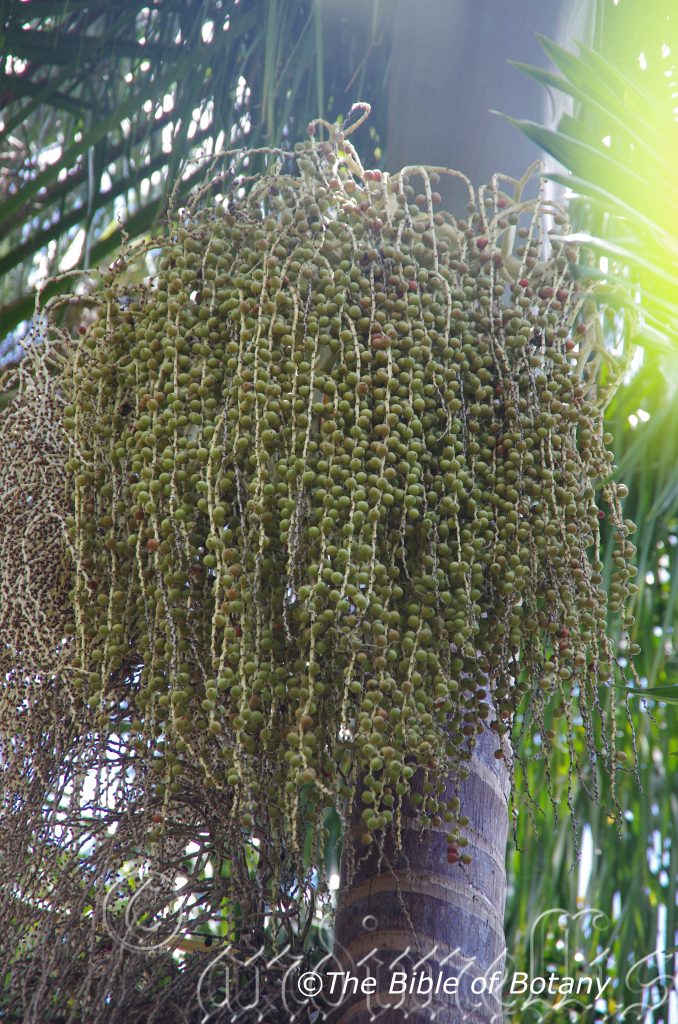
Author’s Garden The Pinnacles NSW
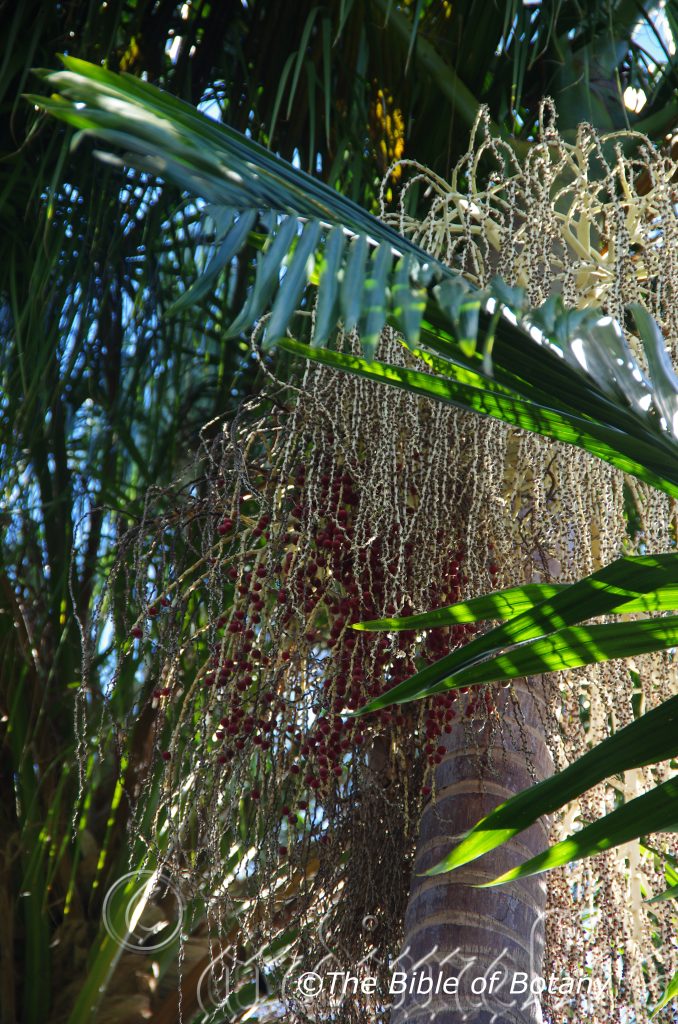
Author’s Garden The Pinnacles NSW
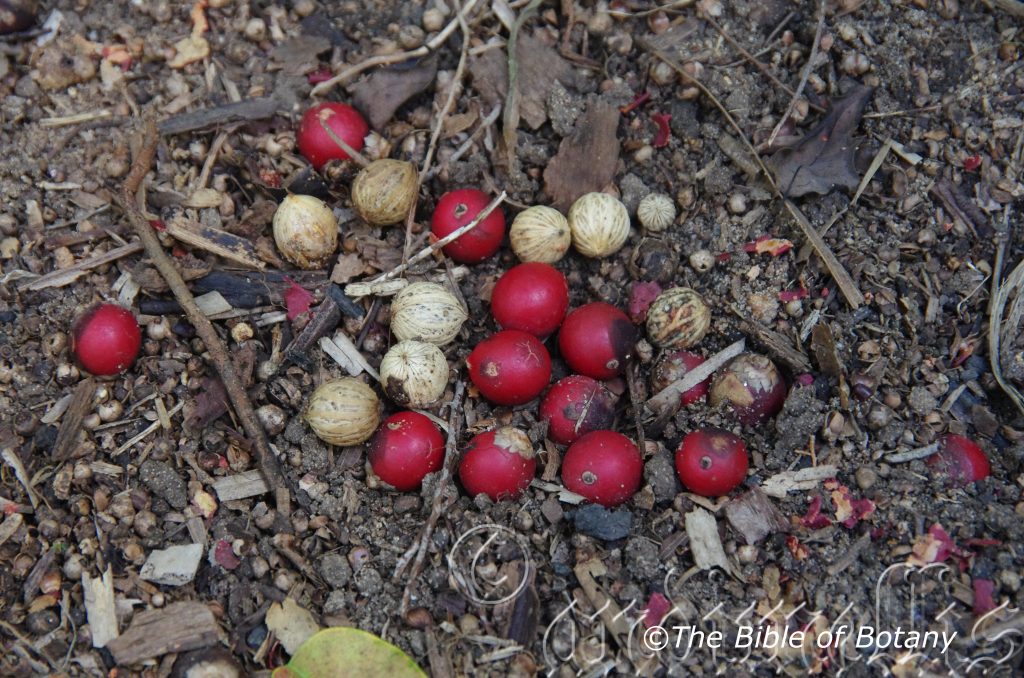
Author’s Garden The Pinnacles NSW
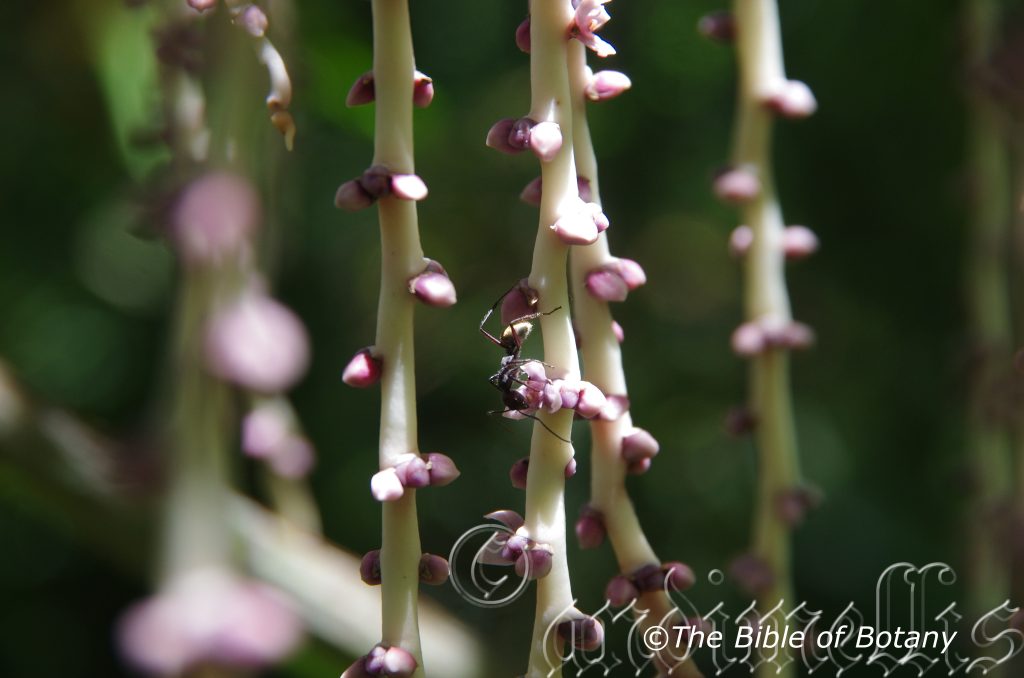
Golden-tailed Spiny Ant, Polyrhachis ammon feeding on nectar Author’s Garden The Pinnacles NSW
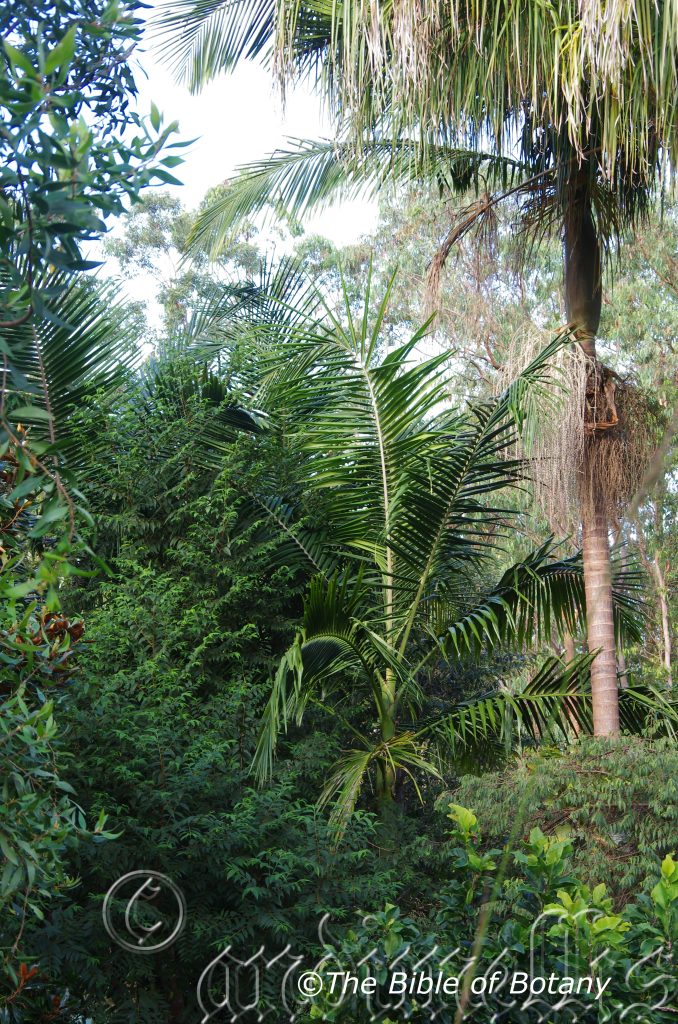
Author’s Garden The Pinnacles NSW
Archontophoenix cunninghamiana
Classification:
Class: Monocots
Order: Commelinids
Family: Arecales
Subfamily: Arecaceae
Genus: From Archontos, which is Ancient Greek for a chieftain and Phoenix, which is Ancient Greek or Phoenix, which is Latin for majestic. It refers to plants, which have a majestic appearance of palms.
Specie: Is named in honour of Allan Cunningham; 1791-1839, who was an Australian explorer, botanist and collector of plants.
Common Name: Bangalow ‘Palm’ or Piccabeen from the aboriginal name for water carrier in reference to the base of the fronds.
In the Gumbaynggirr Aboriginal language it is known as Garraanyjiga.
Distribution:
Archontophoenix cunninghamiana is found south from Cooktown in far north east Queensland to Jervis Bay in southern coastal New South Wales.
https://avh.ala.org.au/occurrences/search?taxa=Archontophoenix+cunninghamiana#tab_mapView
Habitat Aspect Climate:
Archontophoenix cunninghamiana prefer dense shade to a dappled filtered light. It is found in coastal rain forests riparian and riverine rainforests, littoral rainforests wet closed canopy Eucalyptus forests, gallery rainforests or on flood plains. The altitude ranges from 5 meters ASL to 1250 meters ASL.
The temperatures range from 2 degrees in August to 33 degrees in January.
The rainfalls range from lows of 550mm to an average of 1900mm annually.
Soil Requirements:
Archontophoenix cunninghamiana prefer better quality sandy loams, medium clays or light silts to heavy silts. The soils are usually derived from decomposed Granites, sandstones, black basalts, brown basalts, shales, metamorphic rocks, alluvial deposits or accumulated peaty beach sands. The pH ranges from 4.5pH to 7.5pH. It tolerates seasonal waterlogged soils and seasonal high water tables. None saline soils to very saline soils are tolerated.
Height & Spread:
Wild Plants: 25m by 4m. Trunk 300mm to 350mm in diameter.
Characteristics:
Archontophoenix cunninghamiana has a beautiful slender grey trunk to 30 meters in height. The 300mm to 350mm diameter trunks retains the leaf scars.
Archontophoenix cunninghamiana leaves measure 3000mm to 4000mm in length by 1000mm to 1300mm across. It is known as a feather palm due to the leaves looking like the feather of a bird’s wing. It is a self-cleaning palm shedding old leaves soon after they die. The 12 to 16 leaves clasp the trunk in a crown shaft for the upper 1000mm to 1300mm. The leaves have a slight lateral twist with 60 to 80 pairs of pinnae. The pinnae measure 600mm to 750mm in length by 30mm to 50mm in width. The petiole measures 320mm to 380mm and is concave above and convex below. The leaves are concolourous with the lamina being deep sea green and glossy. The lower lamina has a row of brown triangular scales running along the rachis. The pinnae base is truncate while the apex is irregularly torn. The margins are entire while the midrib is prominent on both laminas.
Archontophoenix cunninghamiana’s inflorescence is born in large pendant panicles from below the bottom of the crown shaft. They measure 500mm to 950mm in length by 400mm to 500mm in width. The palms are monoecious.
The 3 sepals measure 1.6mm to 2mm in length. The 3 white to cream male flowers have falcate petals which measure 6mm to 7mm in length by 2mm to 3mm in width. The 9 to 15 stamens measure 2.5mm in length with 2mm anthers. The male flowers outnumber the female flowers by 3 to 1.
The female flowers sepals measure 2mm in length. The 3 petals are tightly packed around the style never fully opening and measure 3.5mm to 4mm in length. Only the trilobed stigma is exserted beyond the petals.
Archontophoenix cunninghamiana’s fruit is an ovoid to globose nut. The nuts measure 6mm to 11mm in length by 5mm to 8mm in diameter. The green nuts turn red on ripening. The Calyx and stigma are persistent on the fruits. The red epicarp sheds to reveal the fawn-brown coconut fibers that surround the nut.
Wildlife:
Birds have a liking for the fruit especially Pigeons and Bower birds. Possums and gliders enjoy eating the flowers. It is the host plant for the Yellow Palm Dart, Cephrenes trichopepla and the Orange Palm Dart, Cephrenes augiades sub sp. aperthias.
Cultivation:
Archontophoenix cunninghamiana is a beautiful palm from the East coast rainforests and adjacent marshes of Australia and deserves a place in every tropical and subtropical garden. It may reach 20 meters by 5 meters in cultivation but don’t hold your breath. The trunk is suitable for stags and other epiphytes especially if the trunks are protected from winds and are shaded during the heat of the day.
Archontophoenix cunninghamiana will grow on most soils including those that are pure accumulated beach sands provided an adequate supply of water is given. It grows in very wet soils provided the water is not stagnant.
It is a good feature plant around pools and ponds as it is self-cleaning and take years to flower and fruit but be aware of the fruits which will accumulate below the palms or in the pool. Roots do not give any problems when in confined places like courtyards and near pools. This is a great accent plant against hard surfaces like brick walls or where a slow maturing plant is required.
Due to its slow growth bangalow palms make very good indoor subjects or tub plants for patios for many years.
Group plantings of three or four palms spaced at 4 meters will look thick and bushy in about ten years. Scattered plantings throughout a rainforest garden look much more natural and pleasant to the eye than dense plantings.
INDOORS OR POTTED ON:
Sawdust or sand mixes are too well draining unless the sawdust has completely composted down where it exhibits a texture like plasticine to the touch. Moisture can be squeezed out between the fingers yet it remains moist. I find this a great basis to start with.
Mix equal parts of the well decomposed saw dust with the above feel with perlite and vermiculite. To this add two part sharp clean sand and one part compost. Make sure the sand comes from a source that does not have salt.
The Saw dust in this condition creates the moisture retention and holds nutrient in. The perlite and vermiculite make the mix neutral and both have great water holing capacity without shrinkage with age. The sand creates good drainage and is good for good healthy root development.
Indoor plants need good light and ventilation without drying breezes or wind. Bangalow palms will tolerate darker positions in the home than the Alexandra palms. Fertilize the plants on a half yearly basis to maintain vigor and good healthy colour with the above formula on a rotation basis.
Propagation:
Seeds: Sow into a seed raising mix. Seed can be slow to germinate and is often erratic in germination.
When the seedlings are at the two to three leaf stage, prick them out and plant them into 75mm native tubes using a good organic mix.
Once the seedlings reach 250mm to 300mm in height plant them out into their permanent position.
Where mass plantings of Archontophoenix cunninghamiana are required, as a feature; plant them at 3 meters to 4 meters centers. Plantings along a drive way should be planted at 4 meter centers.
Fertilize using Seaweed, fish emulsion or organic chicken pellets soaked in water on an alternate basis. Fertilize every two months until the plants are established then annually in early September or March to maintain health, vitality and better flowering.
Further comments from readers:
Hi reader, it seems you use The Bible of Botany a lot. That’s great as we have great pleasure in bringing it to you! It’s a little awkward for us to ask, but our first aim is to purchase land approximately 1,600 hectares to link several parcels of N.P. into one at The Pinnacles NSW Australia, but we need your help. We’re not salespeople. We’re amateur botanists who have dedicated over 30 years to saving the environment in a practical way. We depend on donations to reach our goal. If you donate just $5, the price of your coffee this Sunday, We can help to keep the planet alive in a real way and continue to bring you regular updates and features on Australian plants all in one Botanical Bible. Any support is greatly appreciated. Thank you.
In the spirit of reconciliation we acknowledge the Bundjalung, Gumbaynggirr and Yaegl and all aboriginal nations throughout Australia and their connections to land, sea and community. We pay our respect to their Elders past, present and future for the pleasures we have gained.
Archontophoenix maxima
Classification:
Class: Monocots
Order: Commelinids
Family: Arecales
Subfamily: Arecaceae
Genus: From Archontos, which is Ancient Greek for a chieftain and Phoenix, which is Ancient Greek or Phoenix, which is Latin for majestic. It refers to plants, which have a majestic appearance of palms.
Specie: From Maximus, which is Latin for the most or greatest amount. It refers to structures or organs, which represent the largest, best or a plant being the greatest in the genus.
Common Name: Walsh River Palm.
Distribution:
Archontophoenix maxima is restricted to a small area on the Atherton Tableland and on the Walsh River west of Cairns in far north Queensland.
https://avh.ala.org.au/occurrences/search?taxa=Archontophoenix+maxima#tab_mapView
Habitat Aspect Climate:
Archontophoenix maxima prefer dense shade to a dappled filtered light. It is found in coastal rain forests riparian and riverine rainforests, wet closed canopy Eucalyptus forests and Casuarinas forests along drainage lines as well as wet gallery corridors in forests. The altitude ranges from 800 meters ASL to 1200 meters ASL.
Temperatures range from 8 degrees in August to 36 degrees in January.
Rainfalls range from lows of 1200mm to an average of 2200mm annually.
Soil Requirements:
Archontophoenix maxima will grow on light clay loams to medium clay. The soils are derived from decomposed brown basalts or black basalt soils with high volumes of mulch. The soils pH ranges from 5.5pH to 6pH. It tolerates short periodic waterlogged soils as it is often found submersed for short periods during floods. Non saline soils to moderately saline soils are tolerated.
Height & Spread:
Wild Plants: 22m by 7m. Trunk 300mm to 350mm in diameter.
Characteristics:
Archontophoenix maxima have a beautiful slender grey trunk to 22 meters in height. The 250mm to 300mm diameter trunks retain the leaf scars as rings which become strongly fissured with age.
Archontophoenix maxima’s leaves measure 4.5m to 5m in length by 1m to 1.3m across. It is known as feather palms. It is a self-cleaning palm shedding old leaves soon after they die. The 8 to 11 leaves clasp the trunk in a crown shaft for the upper 750mm to 1450mm. The crown shaft is mid green and sparsely covered in black persistent scales. The glabrous petiole is mid green, flat to slightly concave on the upper surface and has a slight bulge near the base. The petiole measures 20mm to 200mm in length by 90mm in diameter. The rachises are ridged along the upper surface and measure 3m to 3.4m in length.
The leaves are ascending twisting 60 degree to 80 degrees laterally as they approach the apex with 70 to 85 pairs of pinnae. The pinnae measure 750mm to 900mm in length by 50mm to 70mm in width. The discolourous laminas are deep green on the upper laminas while the lower laminas are silvery. The pinnae bases are truncated while the apexes tapering and toothed. The margins are entire while the midrib is prominent on both laminas. There are 5 to 9 secondary ribs on the abaxial lamina.
Archontophoenix maxima‘s inflorescence is born in large pendant panicles from below the bottom of the crown shaft. They measure 800mm to 1400mm in length by 800mm to 1000mm in diameter. The palms are monoecious. The peduncular bract is papery and strongly rostrate at the apex and measures 700mm to 800mm in length. The creamy-green peduncle turns blue-green, is held horizontal to the trunk and is sparsely covered in muricate projections on the lower half. They measure 160mm to 680mm in length by 28mm to 40mm in diameter. The rachises have 18 to 23 pendant main branches.
The triad flowers are disjunctly positioned along the rachillae with the 2 male flowers forward of the female flower. The flat floral bracts are obtuse. The staminate flowers measure 5mm to 6mm in length by 10mm to 11mm in diameter.
The 3 white to cream tepals are elliptical, strongly concave and measure 5mm to 6mm in length by 2mm to 2.5mm in width. The 11 to 16 white stamens measure 5mm to 6mm in length with 3mm to 4mm long anthers. The pistilloids measure 5mm to 6mm in length and are white.
Archontophoenix maxima’s fruit is an ovoid to globose nut. The nuts measure 11mm to 15mm in length by 7mm to 12mm in diameter. The green nuts turn red on ripening. The stigmas are persistent on the ripe fruits. The red epicarp sheds to reveal the fawn-brown mesocarp fibers that surround the nut. The globose seeds measure 5mm to 6mm in length and 5mm to 6mm in diameter. The fibers are adherent to the endocarp of the seed.
Wildlife:
Birds have a liking for the fruits of Archontophoenix maxima especially Pigeons and Bower birds. Possums and gliders also eat the flowers. It is the host plant for the Yellow Palm Dart, Cephrenes trichopepla and the Orange Palm Dart, Cephrenes augiades sub sp. aperthias.
Cultivation:
Archontophoenix maxima is a beautiful palm from the East coast rainforests of Australia and deserves a place in every tropical and sub-tropical garden. It may reach 20 meters by 8 meters in cultivation but don’t hold your breath. The trunk is suitable for stags and other epiphytes especially if the trunks are protected from winds and are shaded during the heat of the day.
Archontophoenix maxima will grow on most, heavier loams to medium clays as long as an adequate supply of water is given. It grows in very wet soils provided the water is not stagnant.
It is a good feature plant around pools and ponds as it is self-cleaning and take years to flower and fruit but be aware of future falling fruits close to the pool. Roots do not give any problems when in confined places like court yards and near pools. This is a great accent plant against hard surfaces like brick walls or where a slow maturing plant is required.
Due to its slow growth Walsh river palms make very good indoor subjects or tub plants for patios for many years.
Group plantings of three or four palms spaced at 4 meters to 6 meters will look thick and bushy in about ten years. Scattered clumps planted throughout a rain forest garden look much more natural and pleasant to the eye than dense plantings.
INDOORS OR POTTED ON:
Sawdust or sand mixes are too well draining unless the sawdust has completely composted down where it exhibits a texture like Plasticine to the touch. Moisture can be squeezed out between the fingers yet it remains moist. I find this a great basis to start with.
Mix equal parts of the well decomposed saw dust with the above feel with perlite and vermiculite. To this add two part sharp clean sand and one part compost. Make sure the sand comes from a source that does not have salt.
The Saw dust in this condition creates the moisture retention and holds nutrient in. The perlite and vermiculite make the mix neutral and both have great water holing capacity without shrinkage with age. The sand creates good drainage and is good for good healthy root development.
Indoor plants need good light and ventilation without drying breezes or wind. Bangalow palms will tolerate darker positions in the home than Alexandra palms. Again fertilize the plants on a monthly basis with the above formula on a rotation basis.
Propagation:
Seeds: Sow into a seed raising mix. Seed can be slow to germinate and is often erratic in germination.
When the seedlings are at the two to three leaf stages, prick them out and plant them into 75mm native tubes using a good organic mix.
Once the seedlings reach 250mm to 300mm in height plant them out into their permanent position.
Where mass plantings of Archontophoenix maxima are required, as a feature; plant them at 3 meters to 4 meters centers. Plantings along a drive way should be planted at 4 meter centers.
Fertilize using Seaweed, fish emulsion or organic chicken pellets soaked in water on an alternate basis. Fertilize every two months until the plants are established then annually in early September or March to maintain health, vitality and better flowering.
Further comments from readers:
Hi reader, it seems you use The Bible of Botany a lot. That’s great as we have great pleasure in bringing it to you! It’s a little awkward for us to ask, but our first aim is to purchase land approximately 1,600 hectares to link several parcels of N.P. into one at The Pinnacles NSW Australia, but we need your help. We’re not salespeople. We’re amateur botanists who have dedicated over 30 years to saving the environment in a practical way. We depend on donations to reach our goal. If you donate just $5, the price of your coffee this Sunday, We can help to keep the planet alive in a real way and continue to bring you regular updates and features on Australian plants all in one Botanical Bible. Any support is greatly appreciated. Thank you.
In the spirit of reconciliation we acknowledge the Bundjalung, Gumbaynggirr and Yaegl and all aboriginal nations throughout Australia and their connections to land, sea and community. We pay our respect to their Elders past, present and future for the pleasures we have gained.
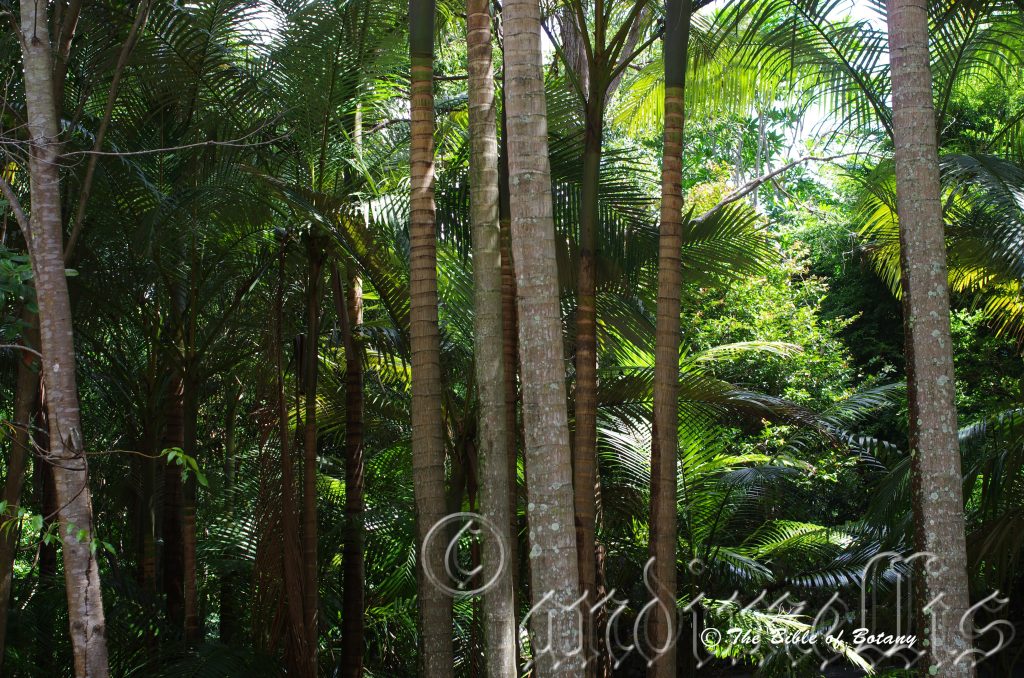
Mount Cootha Botanic Gardens Qld.
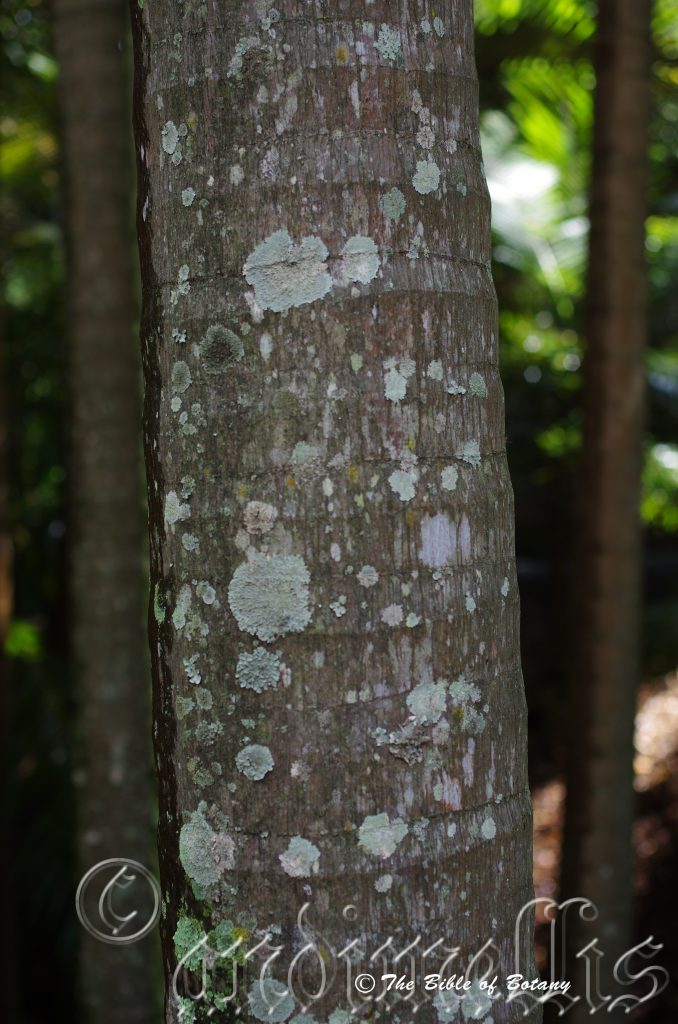
Mount Cootha Botanic Gardens Qld.
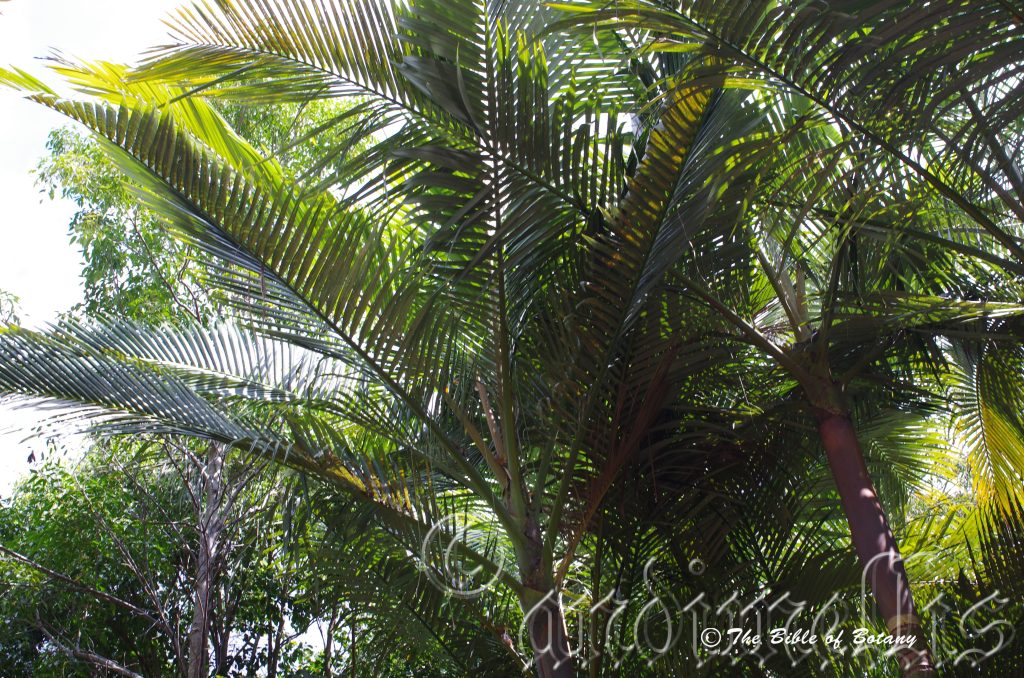
Mount Cootha Botanic Gardens Qld.
Archontophoenix purpurea
Classification:
Class: Monocots
Order: Commelinids
Family: Arecales
Subfamily: Arecaceae
Genus: From Archontos, which is Ancient Greek for a chieftain and Phoenix, which is Ancient Greek or Phoenix, which is Latin for majestic. It refers to plants, which have a majestic appearance of palms.
Specie: From Purpurea, which is Latin for purple. It refers to an organs, which are purplish, deep reddish-purple or purple.
Common Name: Purple Alexandra Palm.
Distribution:
Archontophoenix purpurea is from the Atherton Tableland north to the southern section of the Daintree National Park in far north Queensland which includes Mt. Spurgeon, Mt. Lewis, Mt. Finnigan and Mareeba for specific sightings.
https://avh.ala.org.au/occurrences/search?taxa=Archontophoenix+purpurea#tab_mapView
Habitat Aspect Climate:
Archontophoenix purpurea prefer dense shade to a dappled filtered light. It is found in coastal upland rain forests riparian and riverine rain forests and gallery corridors in rainforests. The altitude ranges from 400 meters ASL to 1200 meters ASL.
The temperatures range from 10 degrees in August to 33 degrees in January.
The rainfalls range from lows of 1550mm to an average of 2200mm annually.
Soil Requirements:
Archontophoenix purpurea sandy loams, light fatty clays to medium clay often with copious quantities of forest litter. The soils are derived from decomposed granites. The soils have a pH from 5pH to 5.5pH. It tolerates waterlogged soils and is often found submerged for short periods during floods and storms. Non saline soils to moderately saline soils are tolerated.
Height & Spread:
Wild Plants:25m by 9m. Trunk 400mm to 450mm in diameter.
Characteristics:
Archontophoenix purpurea has a beautiful slender silvery-grey trunk to 25 meters in height. The trunks measure 400mm to 450mm in diameter and retain the leaf scars which are slightly raised. The scars are spaced at 90mm to 105mm apart.
Archontophoenix purpurea’s leaves measure 4000mm to 6000mm in length by 1900mm to 2000mm across. It is known as a feather palm due to the leaves looking like the feather of a bird’s wing. It is a self-cleaning palm shedding old leaves soon after they die. The 7 to 15 leaves clasp the trunk in a crown shaft for the upper 1050mm to 1500mm. The crown shaft is densely longitudinally striated with dark blue-grey to blue-green to glaucous bloom and densely covered in caduceus mahogany scales. The shafts are plum to purple externally and glossy golden-copper adaxially. The glabrous petiole is pale green, concave with a flat ridge to 3mm in height on the upper surface and rounded below. The petioles taper from the shaft to where the rachis begins and measure 40mm to 120mm in length by 15mm in diameter at the rachis. The rachises are sharply ridged near the petiole becoming flatter as it approaches the apex and are covered in silver scales. They measure 3500mm to 4000mm in length.
The leaves are upright twisting slightly at the base to 50 degrees laterally at the apex. There are 55 to 85 pairs of pinnae on the rachis. The pinnae measure 950mm to 1050mm in length by 50mm to 75mm in width. The discolourous laminas are glossy grass-green tinged bronze especially when new on the upper laminas while the lower laminas are grass-green and densely covered in silver scales. The pinnae bases are truncate while the apexes are tapering and toothed. The margins are entire while the midrib is prominent on both laminas. There are 5 to 10 secondary ribs on the abaxial lamina.
Archontophoenix purpurea’s inflorescence is born in large panicles from below the bottom of the crown shaft. They measure 500mm to 1350mm in length by 600mm to 650mm in diameter. Prophyll are glabrous to moderately covered in reddish-brown scales and measure 100mm to 140mm by 20mm to 25mm. The peduncule bract is glabrous and attached to the trunk at 50mm above the prophyll. They measure 700mm to 780mm in length by 90mm to 110mm in width. There is a third inner bract has a n acuminate apex and measures 100mm to110mm by 2mm to 2.3mm.
The creamy-green peduncle is held horizontal to the trunk and is sparsely covered in brown scales. They measure 200mm to 250mm in length by 55mm to 90mm in diameter. The pendant rachises have 90 to 118 flowers on each rachillae. The rachises measure 600mm to 650mm in length while the rachillae measure up to 850mm in length.
The triad female flowers are found closest to the base on the rachillae while the male flowers are positioned distally. The floral bracts are angular and prominent. The staminate flowers measure 6mm to 7mm in length by 15mm to 17mm in diameter.
The 3 white to cream tepals are elliptical, concave and covered in small brown scales more so internally. The tepals measure 8mm to 11mm in length by 3mm to 5mm in width. The 20 to 35 white stamens measure 7mm to 8mm in length with 4mm to 4.5mm long anthers.
The pistillate flowers are white with brown scales externally with the tepals held erect. The white pistilloids measure 4mm to 4.5mm in length and are inserted inside the tepals.
Archontophoenix purpurea’s fruits are ovoid, ellipsoidal to globose nut. The nuts measure 20mm to 26mm in length by 18mm to 22mm in diameter. The green nuts turn red on ripening. The stigmas are persistent on the ripe fruits as are the calyxes which expand to 3mm to 8mm in length. The red epicarp sheds to reveal the clear flesh. The fawn fibers are held flat and adhere tightly to the nut.
The globose seeds measure 20mm to 23mm by 15mm to 18mm in length and 5mm to 6mm in diameter. The fibers are adherent to the endocarp of the seed.
Wildlife:
Archontophoenix purpurea’s fruits are especially attractive to Pigeons and Bower birds. Possums and gliders enjoy eating the flowers. Its leaves are the food source for the Yellow Palm Dart moth, Cephrenes trichopepla and the Orange Palm Dart, Cephrenes augiades sub sp. aperthias.
Cultivation:
Archontophoenix purpurea is a beautiful palm from the East coast rainforests of Australia and deserves a place in every tropical and subtropical rainforest garden. It may reach 25 meters by 10 meters in cultivation taking around 20 years to reach a height of over 15 meters. The trunk is suitable for stags and other epiphytes especially if the trunks are protected from winds and are shaded during the heat of the day.
Archontophoenix purpurea will grow on most soils especially those that are not pure sand as long as an adequate supply of water is given. It grows in very wet soils provided the water is not too stagnant.
It is a good feature plant around pools and ponds as it is self-cleaning and take years to flower and fruit. Roots do not give any problems when in confined places like court yards and near pools. This is a great accent plant against hard surfaces like brick walls or where a slow maturing plant is required.
Due to its slow growth this bangalow palm makes a very good indoor subjects or tub plants for patios for many years.
Group plantings of three or four palms spaced at 4 meters will look thick and bushy in about ten years. Scattered plantings throughout a rain forest garden look much more natural and pleasant to the eye than dense plantings.
INDOORS OR POTTED ON:
Sawdust or sand mixes are too well draining unless the sawdust has completely composted down where it exhibits a texture like plastacine to the touch. Moisture can be squeezed out between the fingers yet it remains moist. I find this a great basis to start with.
Mix equal parts of the well decomposed saw dust with the above feel with perlite and vermiculite. To this add two part sharp clean sand and one part compost. Make sure the sand comes from a source that does not have salt.
The Saw dust in this condition creates the moisture retention and holds nutrient in. The perlite and vermiculite make the mix neutral and both have great water holing capacity without shrinkage with age. The sand creates good drainage and is good for good healthy root development.
Indoor plants need good light and ventilation without drying breezes or wind. Bangalow palms will tolerate darker positions in the home than Alexandra palms. Again fertilize the plants on a monthly basis with the above formula on a rotation basis.
Propagation:
Seeds: Sow into a seed raising mix. Seed can be slow to germinate and is often erratic in germination.
When the seedlings are at the two to three leaf stage, prick them out and plant them into 75mm native tubes using a good organic mix.
Once the seedlings reach 250mm to 300mm in height plant them out into their permanent position.
Where mass plantings of Archontophoenix purpurea are required, as a feature; plant them at 3 meters to 6 meters centers. Plantings along a drive way should be planted at 4 meter centers.
Fertilize using Seaweed, fish emulsion or organic chicken pellets soaked in water on an alternate basis. Fertilize every two months until the plants are established then annually in early September or March to maintain health, vitality and better flowering.
Further comments from readers:
Hi reader, it seems you use The Bible of Botany a lot. That’s great as we have great pleasure in bringing it to you! It’s a little awkward for us to ask, but our first aim is to purchase land approximately 1,600 hectares to link several parcels of N.P. into one at The Pinnacles NSW Australia, but we need your help. We’re not salespeople. We’re amateur botanists who have dedicated over 30 years to saving the environment in a practical way. We depend on donations to reach our goal. If you donate just $5, the price of your coffee this Sunday, We can help to keep the planet alive in a real way and continue to bring you regular updates and features on Australian plants all in one Botanical Bible. Any support is greatly appreciated. Thank you.
In the spirit of reconciliation we acknowledge the Bundjalung, Gumbaynggirr and Yaegl and all aboriginal nations throughout Australia and their connections to land, sea and community. We pay our respect to their Elders past, present and future for the pleasures we have gained.
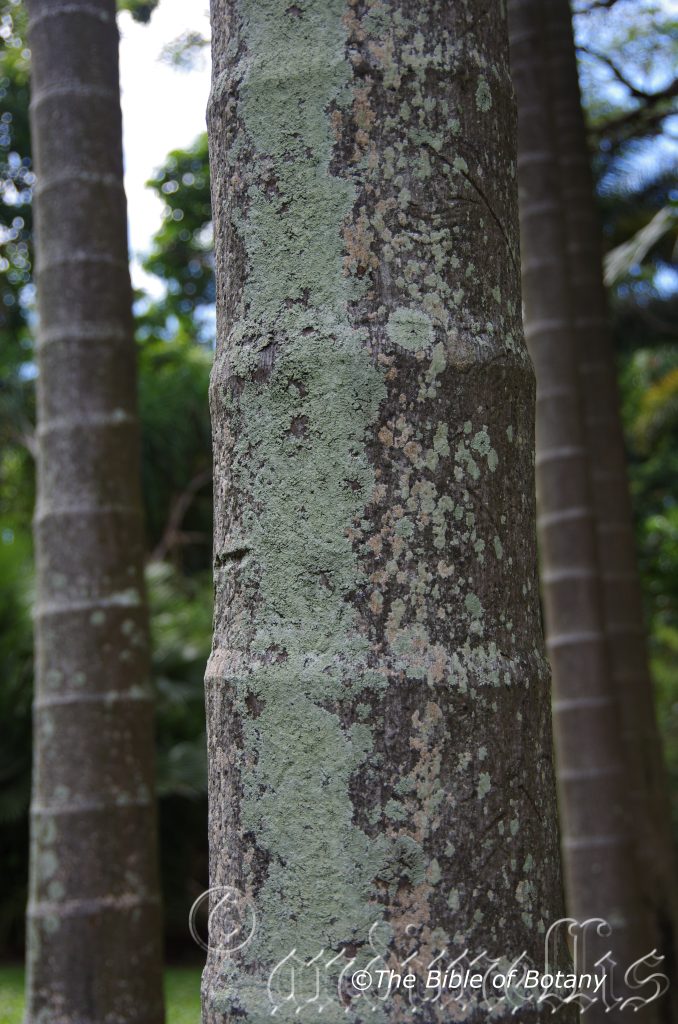
Anderson Gardens Townsville Qld.
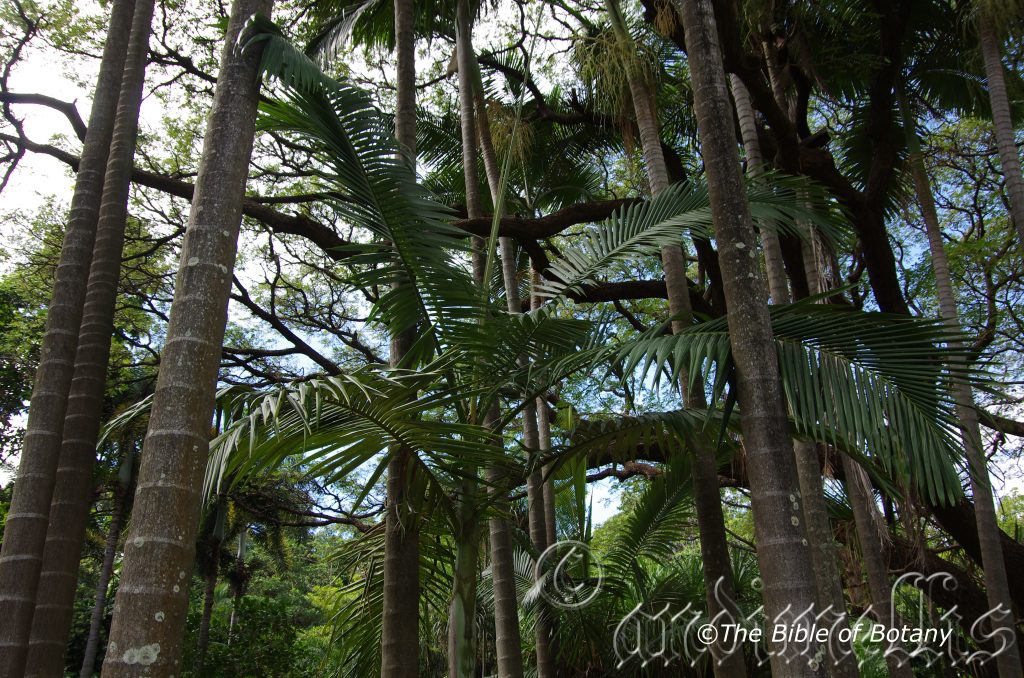
Anderson Gardens Townsville Qld.
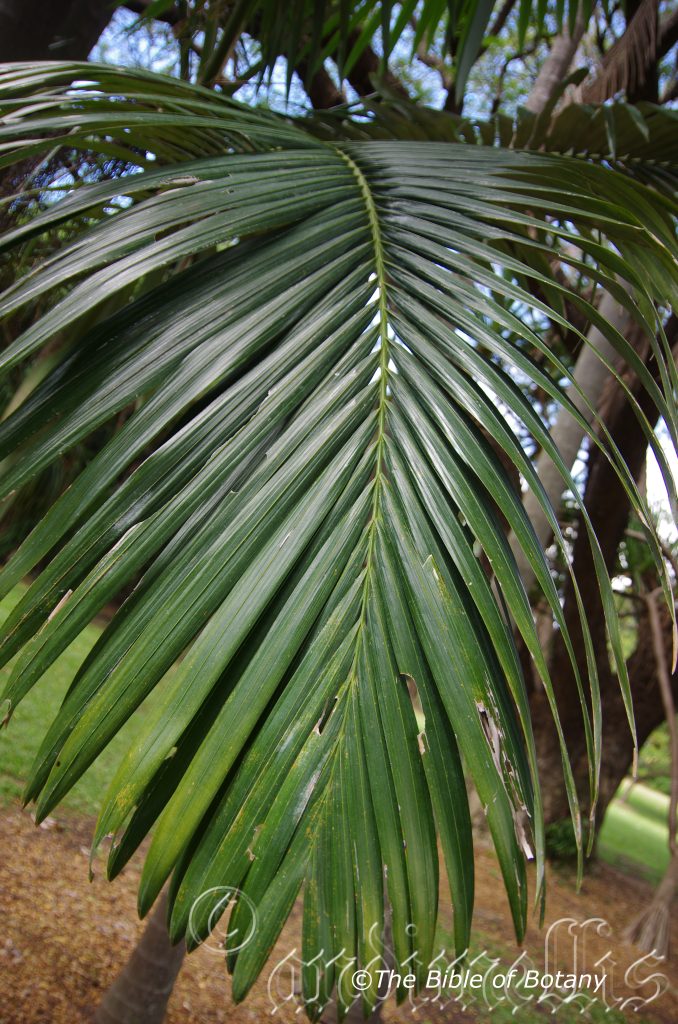
Anderson Gardens Townsville Qld.
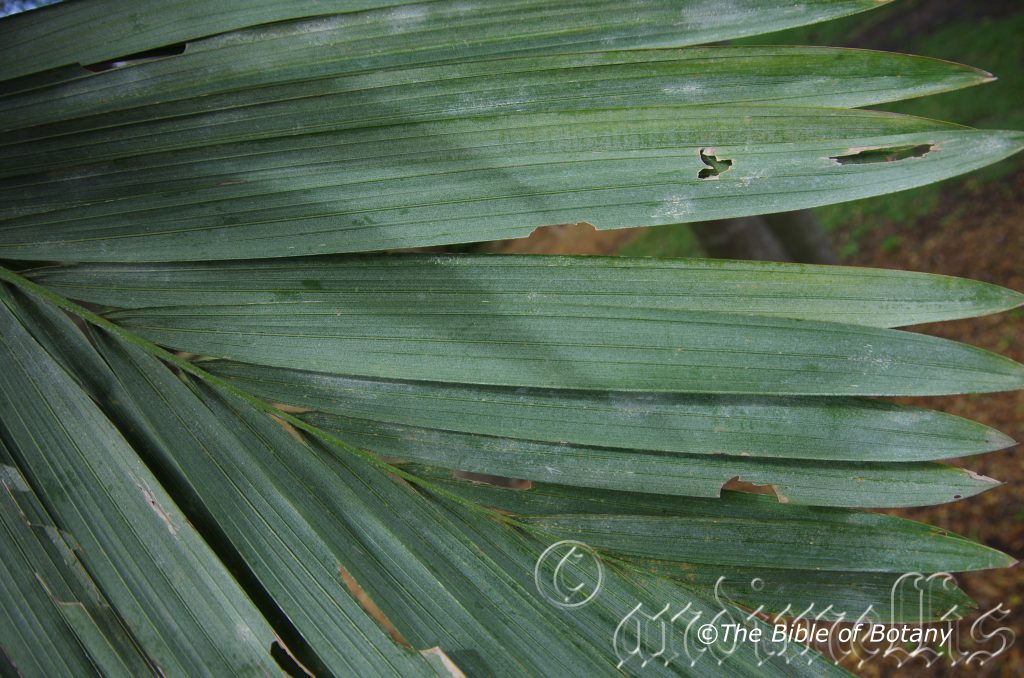
Anderson Gardens Townsville Qld.
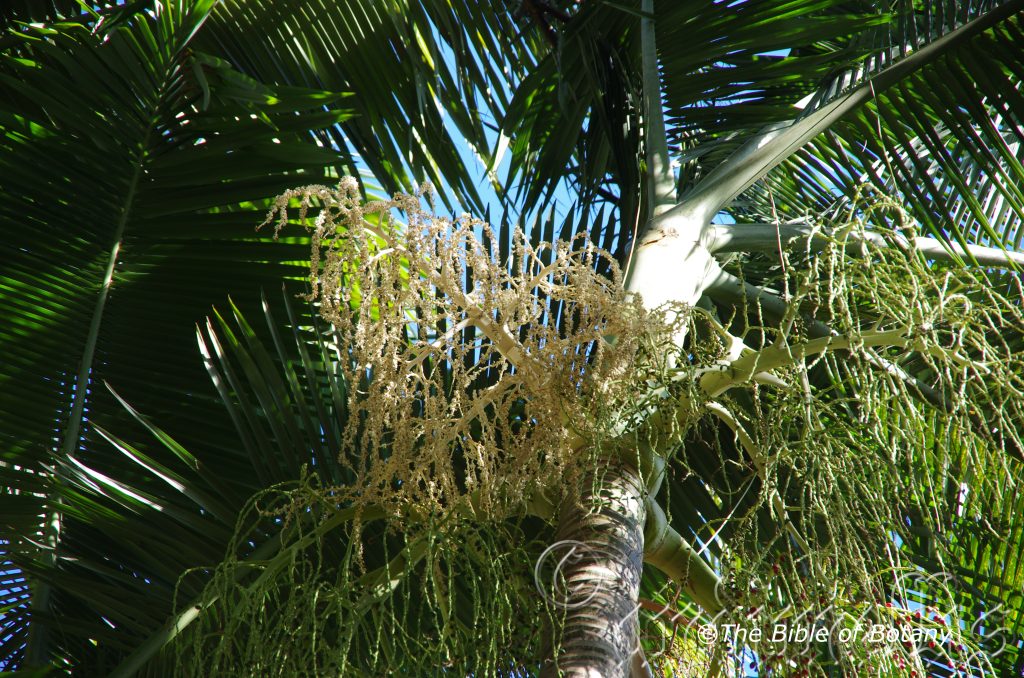
Anderson Gardens Townsville Qld.
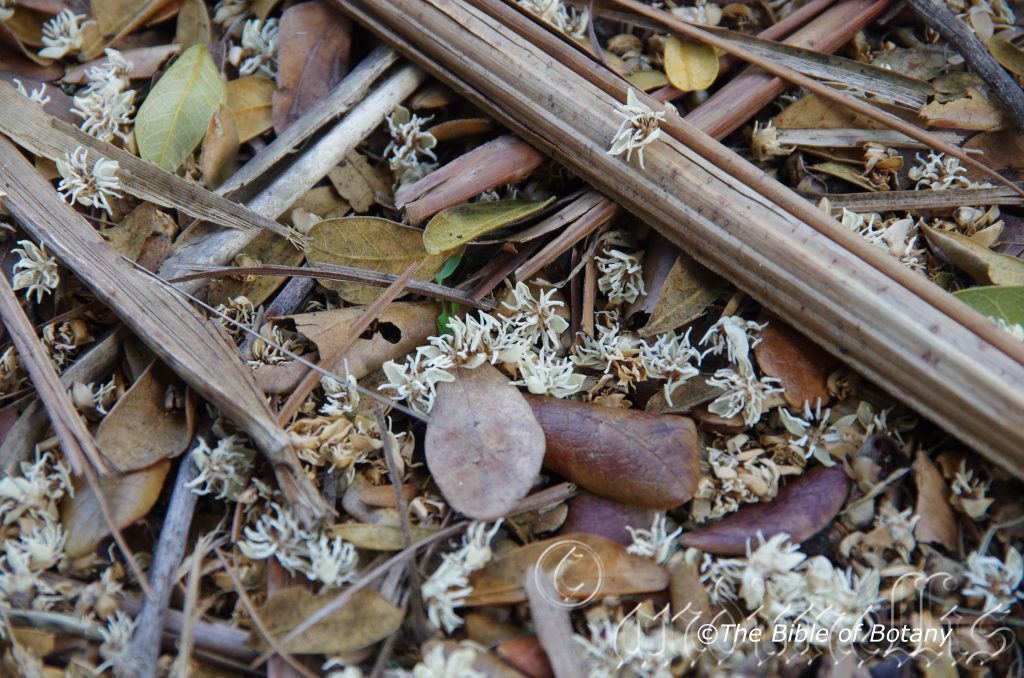
Anderson Gardens Townsville Qld.
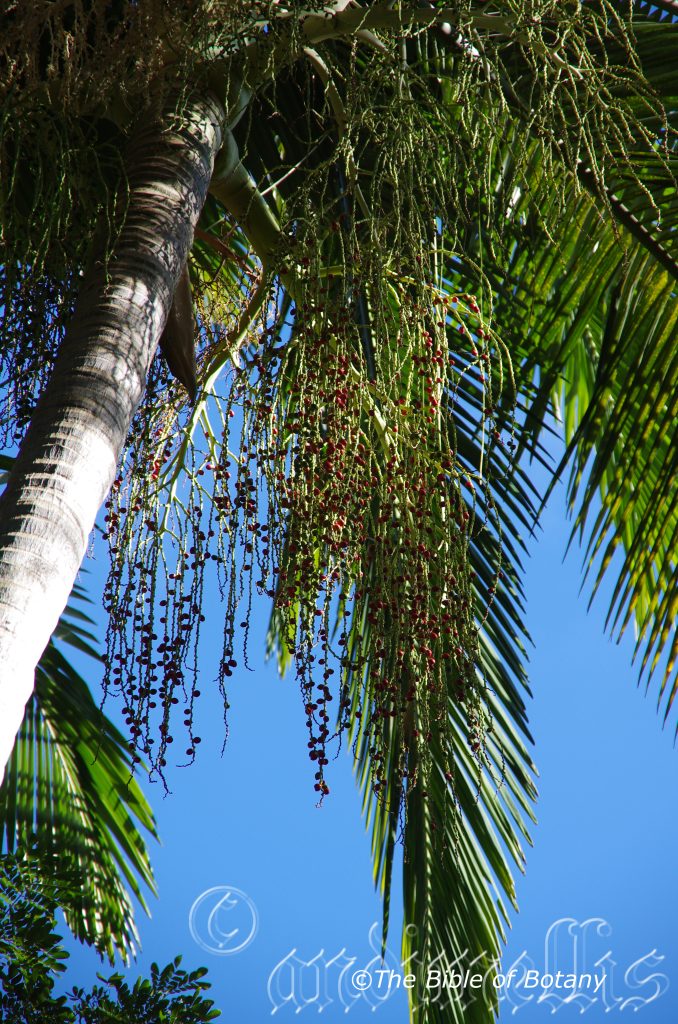
Anderson Gardens Townsville Qld.
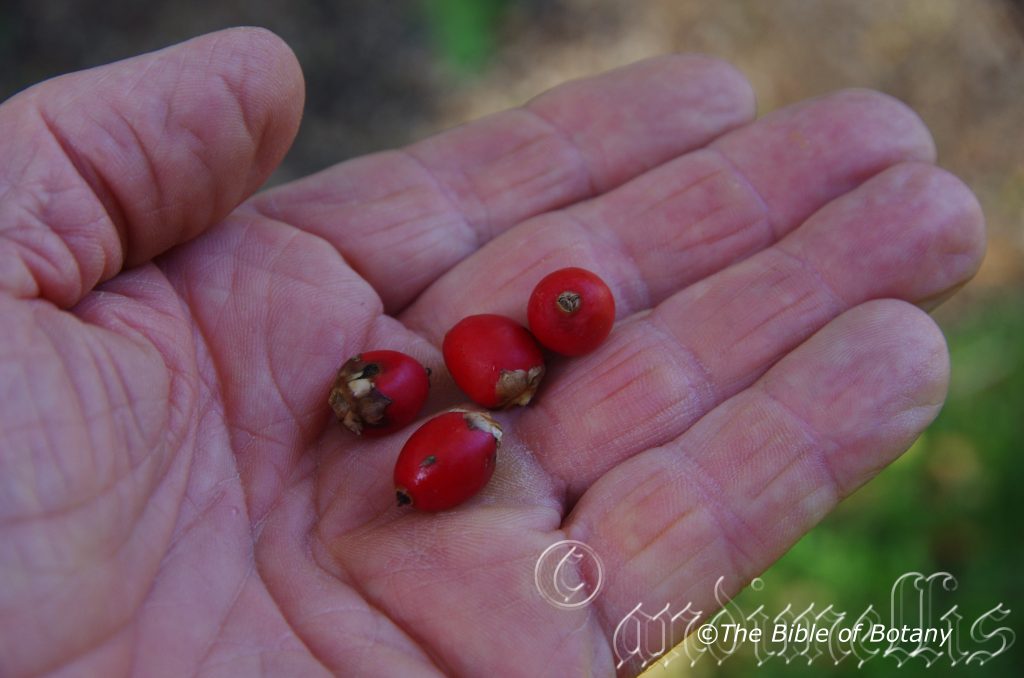
Anderson Gardens Townsville Qld.
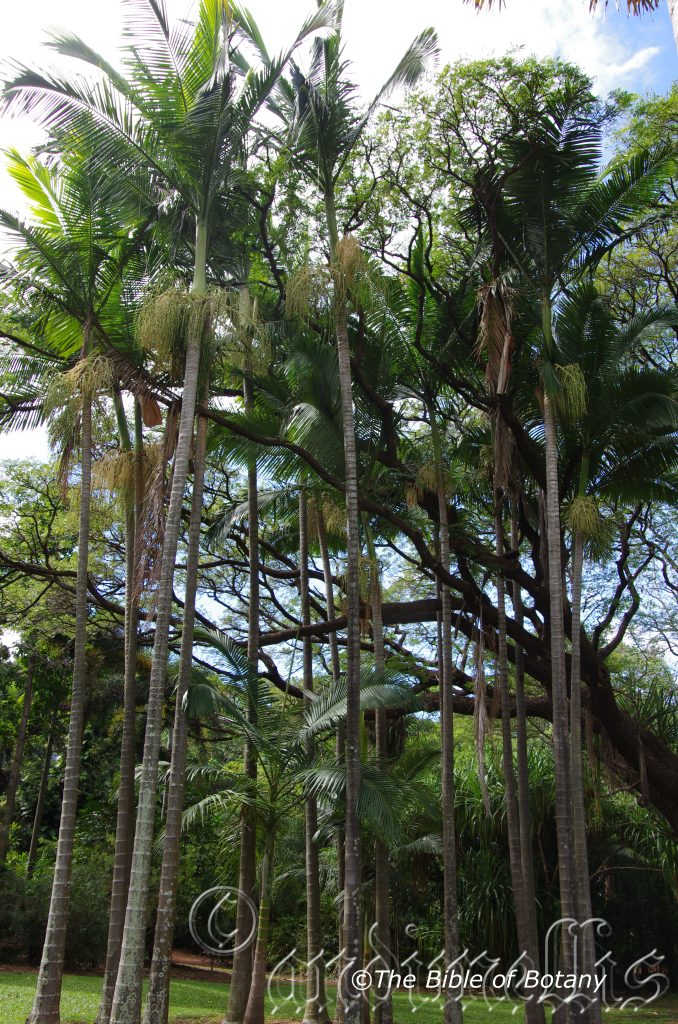
Anderson Gardens Townsville Qld.
Archontophoenix tuckeri
Classification:
Class: Monocots
Order: Commelinids
Family: Arecales
Subfamily: Arecaceae
Genus: From Archontos, which is Ancient Greek for a chieftain and Phoenix, which is Ancient Greek or Phoenix, which is Latin for majestic. It refers to plants, which have a majestic appearance of palms.
Specie: Is probably named in honour of Gerard Tucker; 1854-1930, who was a farmer and collector of plants.
Common Name: Tucker’s Alexandra Palm.
Distribution:
Archontophoenix tuckeri is found from the tip of Cape York Peninsula south to Coen.
https://avh.ala.org.au/occurrences/search?taxa=Archontophoenix+tuckeri#tab_mapView
Habitat Aspect Climate:
Archontophoenix tuckeri prefers to grow in moist places and along drainage lines in rainforest, vine forest and in gallery forest with rainforest elements. The altitude ranges from 0 meters ASL to 500 meters ASL.
The temperatures range from 10 degrees in August to 36 degrees in January.
The rainfalls range from lows of 1550mm to an average of 3200mm annually.
Soil Requirements:
Archontophoenix tuckeri prefers better quality loams, light fatty clays to medium clay with copious quantities of forest litter. The soils are derived from decomposed granites and basalt. The soils have a pH from 6pH to 7pH. It tolerates some waterlogged soils especially during the wet season storms. Non saline soils to moderately saline soils are tolerated.
Height & Spread:
Wild Plants: 20m by 8m. Trunk 260mm ABH expanding to 600mm at the base.
Characteristics:
Archontophoenix tuckeri’s 7 to 12 leaves, usually have a slight to moderate twist and measure 3 meters to 3.2 meters. The new leaves have a distinct bronze red tinge and have 43 to 68 pairs of pinnae. The crown shaft waxy is pale lime green, slightly bulging at the base, thinly textured and tapers markedly towards apex. It measures 840mm to 1300mm in length. The petioles measure 360mm to 440mm in length and are deeply convex below with a deep furrow at the base tapering towards the pinnae. The rachis measures 150mm to 175mm in length and has a broad flat ridge tapering to a sharp point in the front portion. The mid green pinnae are densely covered in silvery scales on the lower lamina and measure 70mm to 93mm by 40 to 50mm in width with the apical third often being semi-pendulous. The midrib is prominent on both laminas with 6 to 8 prominent secondary ribs.
The glabrous inflorescence appear from below the oldest leaf and measure 300mm to 60mm by 600mm to 700mm in width. The thin, fibrous, papery, winged, beaked, silvery on the adaxial surface prophyll measure 400mm to 45omm in length by 110mm to 120mm in width. The thin, tubular peduncularis bracts measure 300mm to 370mm in length by 90mm in width. The terete, basally winged peduncle measures 100mm to 120mm by 45mm 20mm in width. The angular rachis measures 400mm to 500mm in length has 8 main branches. The stout, prominently zig-zagged rachillae measures 250mm to 300mm in length. The white, triad flower bracts are cupula. The staminate flowers measure 6.5mm to 7mm in length opening to 11mm in diameter. The sepals measure 1.5mm to 3mm in length, while the falcate, petals are covered in rusty scales and measure 4.5mm to 7mm by 1.8mm to 3.6mm. The stamens measure 13mm to 19mm in length, while the curved filaments are covered in rusty-brown scales. The female flowers are globose with the Pistil being as long as the stamens and have a longitudinal groove and is covered in rusty scales.
The bright red to dark brick-red, ovoid fruits measure 15mm to 25mm in length by 10mm to 15mm in diameter. The persistent calyx measures 5mm to 6 mm in length. The globose dull brown seeds measure 9mm diameter.
Wildlife:
Comparing Archontophoenix tuckeri‘s to Archontophoenix alexandrae I would expect similar wildlife pattern to emerge. The fruits would be attractive to Pigeons and Bower birds. Possums and gliders enjoy eating the flowers. Its leaves are the food source for the Yellow Palm Dart moth, Cephrenes trichopepla and the Orange Palm Dart, Cephrenes augiades sub sp. aperthias.
Cultivation:
Archontophoenix tuckeri is a beautiful palm from the East coast rainforests of Australia and deserves a place in every tropical and sub-tropical garden. It has a smooth grey trunk becoming fissured with age and having prominent leaf scars.
Archontophoenix tuckeri will grow on most soils especially those that are not pure sand as long as an adequate supply of water is given. It will tolerate seasonal very wet soils provided the water does not stagnant.
It is a good feature plant around pools and ponds as it is self-cleaning and take years to flower and fruit. Roots do not give any problems when in confined places like courtyards and near pools. This is a great accent plant against hard surfaces like brick walls or where a slow maturing plant is required.
Due to its slow growth this bangalow palms make very good indoor subjects or tub plants for patios for many years.
Group plantings of three or four palms spaced at 4 meters will look thick and bushy in about ten years. Scattered plantings throughout a rain forest garden look much more natural and pleasant to the eye than dense plantings.
INDOORS OR POTTED ON:
Sawdust or sand mixes are too well draining unless the sawdust has completely composted down where it exhibits a texture like plasticine to the touch. Moisture can be squeezed out between the fingers yet it remains moist. I find this a great basis to start with.
Mix equal parts of the well decomposed saw dust with the above feel with perlite and vermiculite. To this add two part sharp clean sand and one part compost. Make sure the sand comes from a source that does not have salt.
The Saw dust in this condition creates the moisture retention and holds nutrient in. The perlite and vermiculite make the mix neutral and both have great water holing capacity without shrinkage with age. The sand creates good drainage and is good for good healthy root development.
Indoor plants need good light and ventilation without drying breezes or wind. Bangalow palms will tolerate darker positions in the home than Alexandra palms. Again fertilize the plants on a monthly basis with the above formula on a rotation basis.
Propagation:
Seeds: Sow into a seed raising mix. Seed can be slow to germinate and is often erratic in germination.
When the seedlings are at the two to three leaf stage, prick them out and plant them into 75mm native tubes using a good organic mix.
Once the seedlings reach 250mm to 300mm in height plant them out into their permanent position.
Where mass plantings of Archontophoenix purpurea are required, as a feature; plant them at 3 meters to 6 meters centers. Plantings along a drive way should be planted at 4 meter centers.
Fertilize using Seaweed, fish emulsion or organic chicken pellets soaked in water on an alternate basis. Fertilize every two months until the plants are established then annually in early September or March to maintain health, vitality and better flowering.
Further comments from readers:
Hi reader, it seems you use The Bible of Botany a lot. That’s great as we have great pleasure in bringing it to you! It’s a little awkward for us to ask, but our first aim is to purchase land approximately 1,600 hectares to link several parcels of N.P. into one at The Pinnacles NSW Australia, but we need your help. We’re not salespeople. We’re amateur botanists who have dedicated over 30 years to saving the environment in a practical way. We depend on donations to reach our goal. If you donate just $5, the price of your coffee this Sunday, We can help to keep the planet alive in a real way and continue to bring you regular updates and features on Australian plants all in one Botanical Bible. Any support is greatly appreciated. Thank you.
In the spirit of reconciliation we acknowledge the Bundjalung, Gumbaynggirr and Yaegl and all aboriginal nations throughout Australia and their connections to land, sea and community. We pay our respect to their Elders past, present and future for the pleasures we have gained.
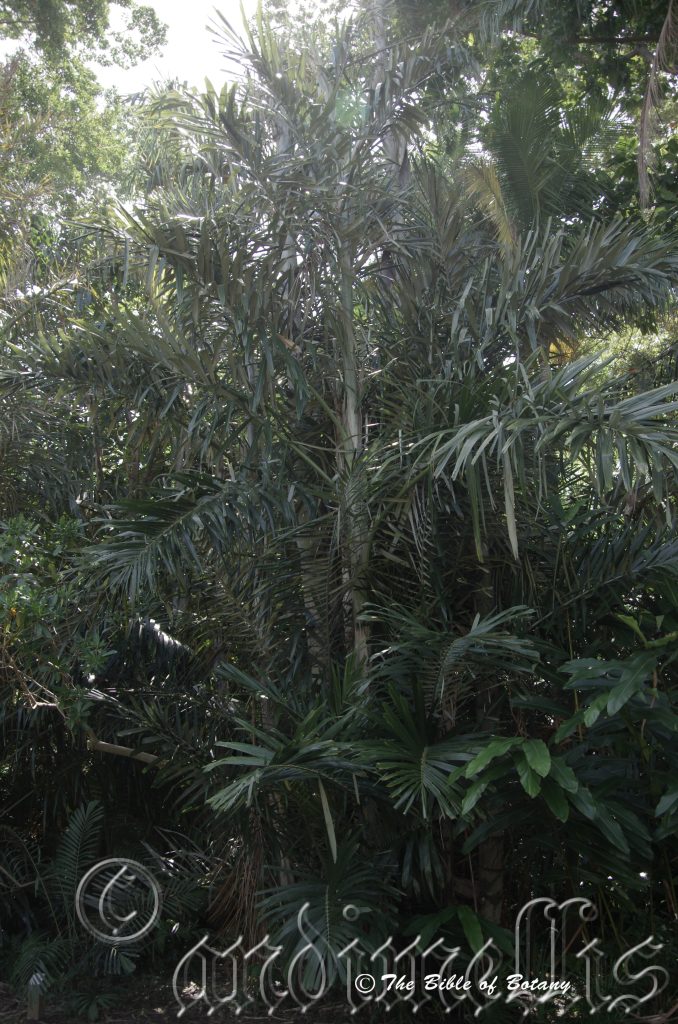
Townsville Qld.
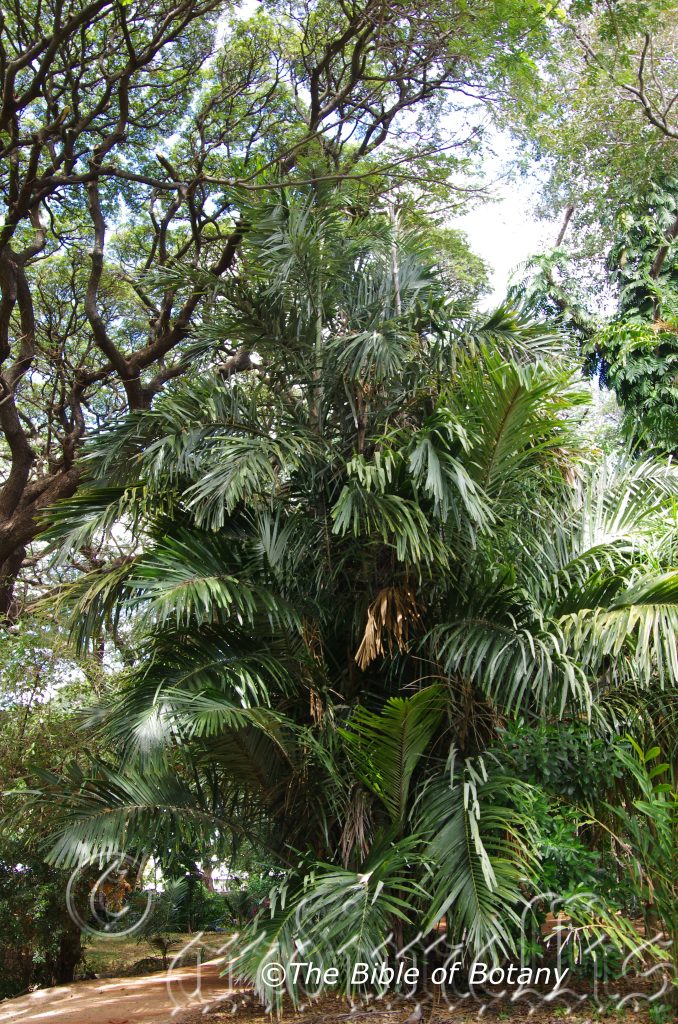
Townsville Qld.
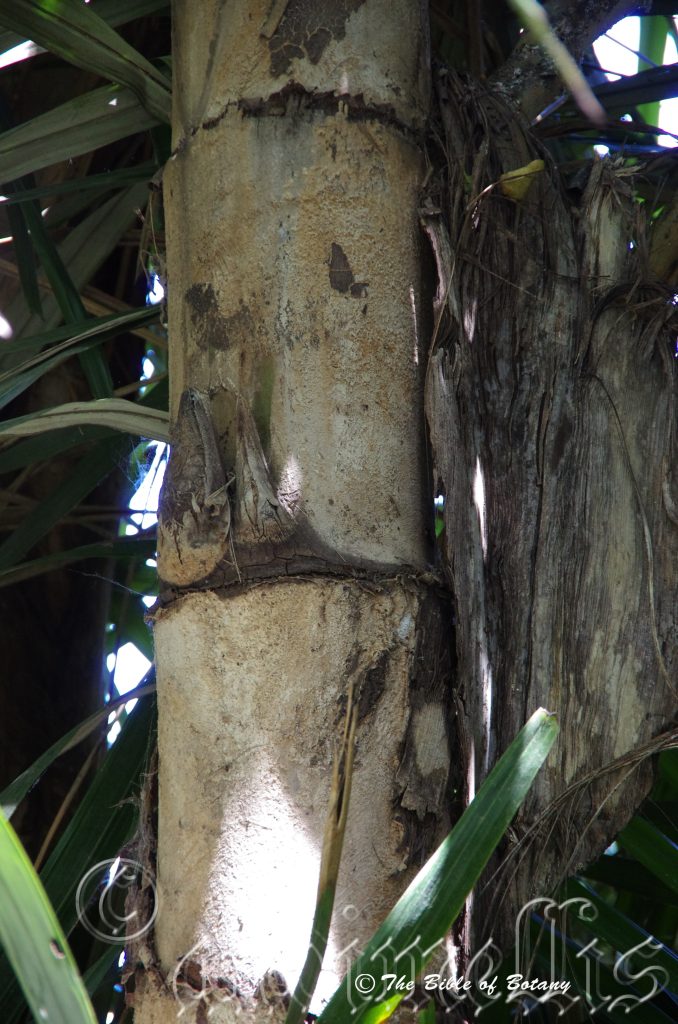
Townsville Qld.
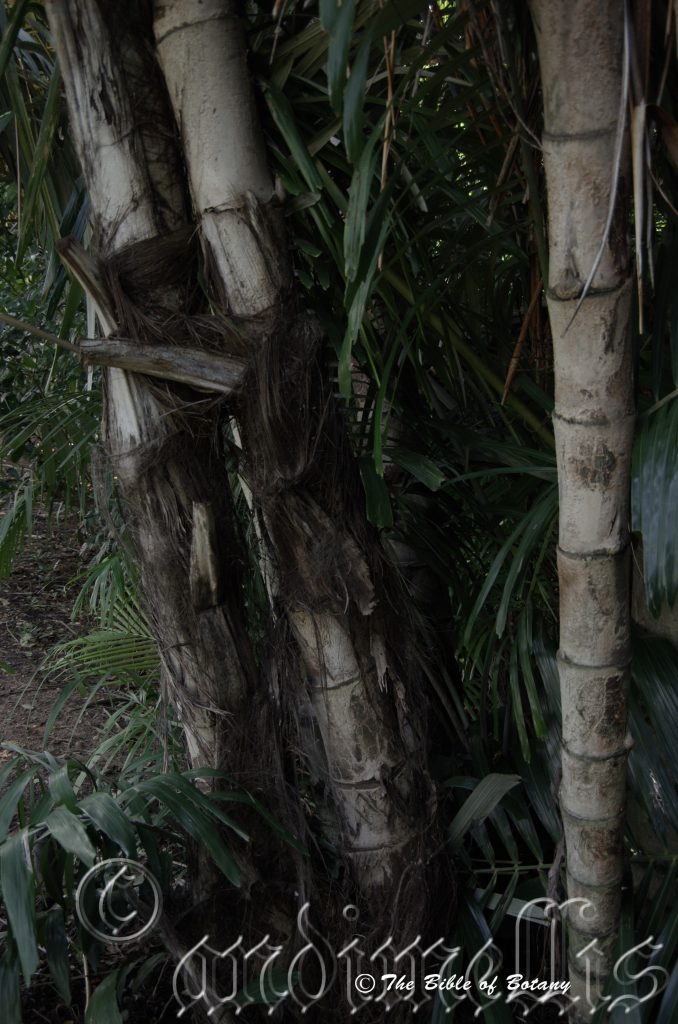
Mount Cootha Botanic Gardens Qld.
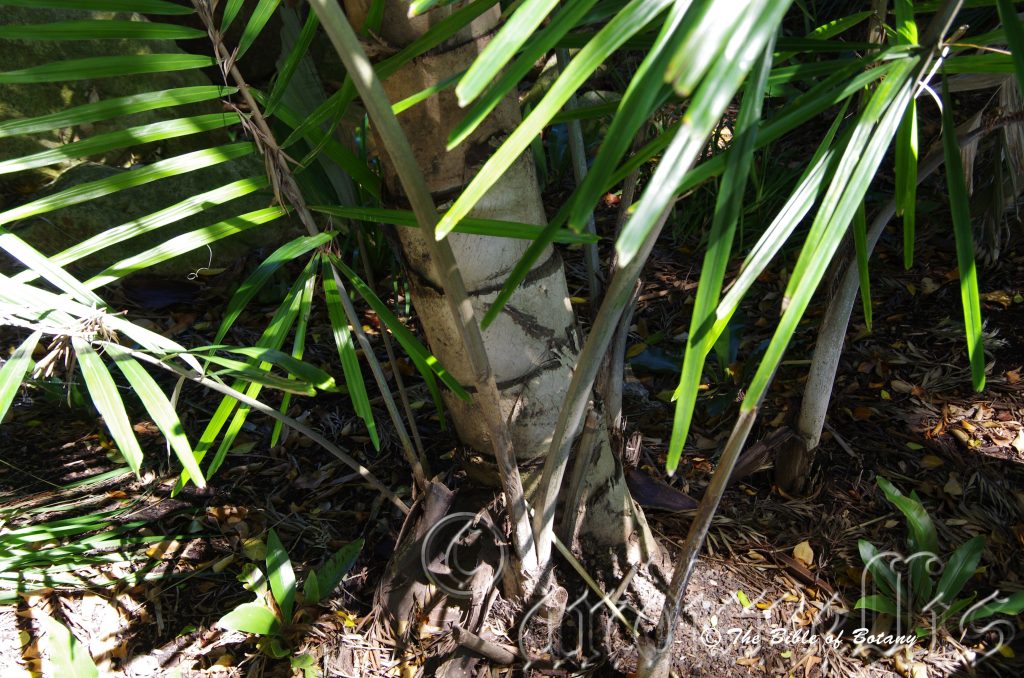
Mount Cootha Botanic Gardens Qld.
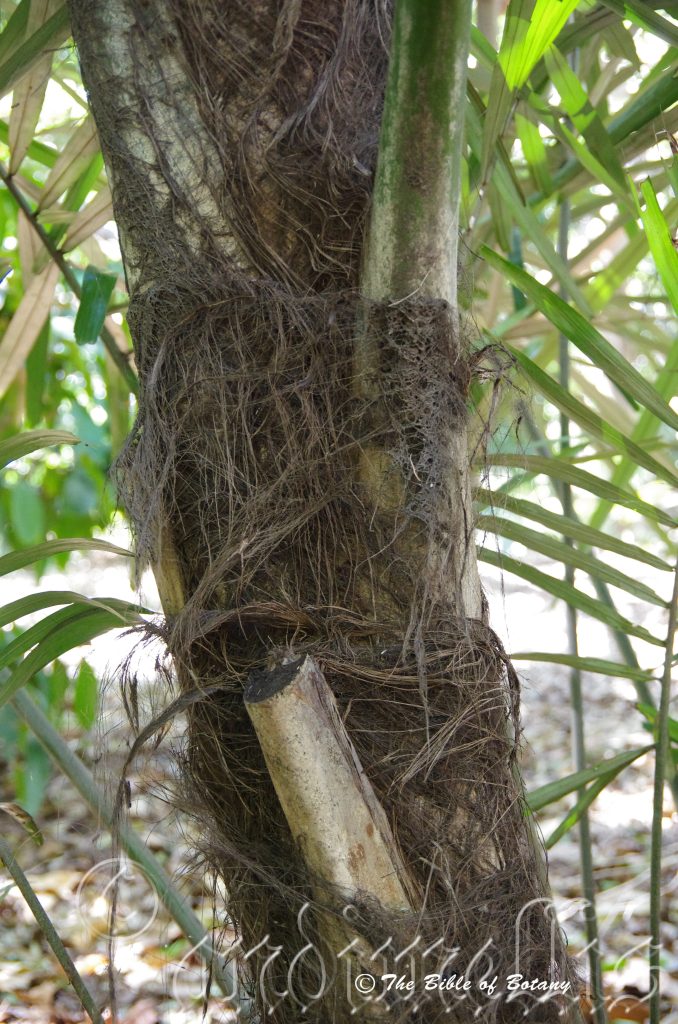
Mount Cootha Botanic Gardens Qld.
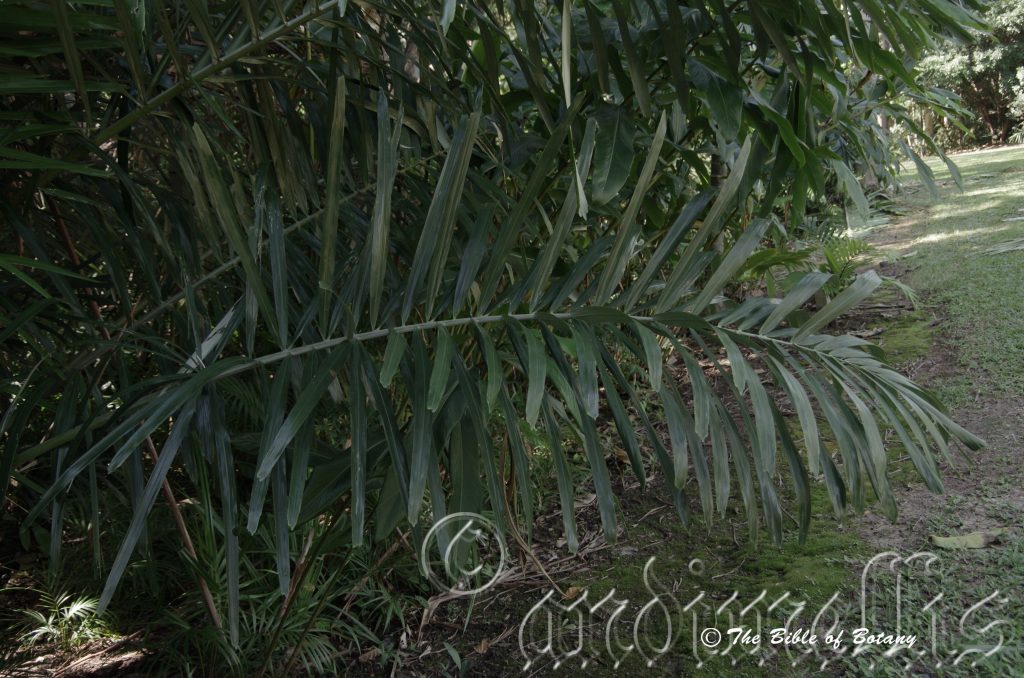
Mount Cootha Botanic Gardens Qld.
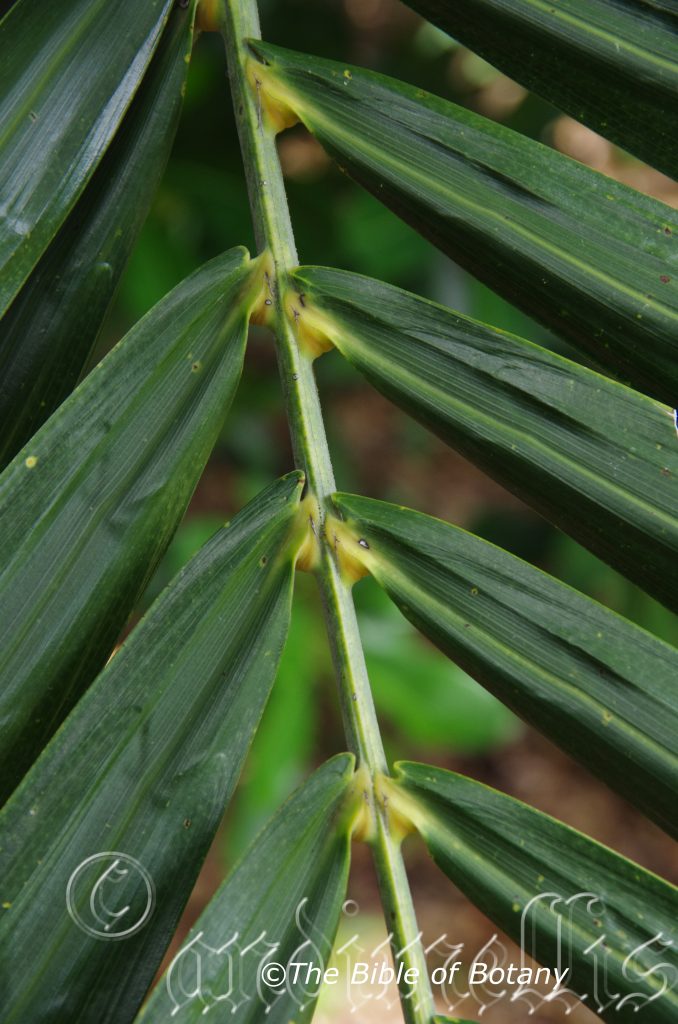
Townsville Qld.
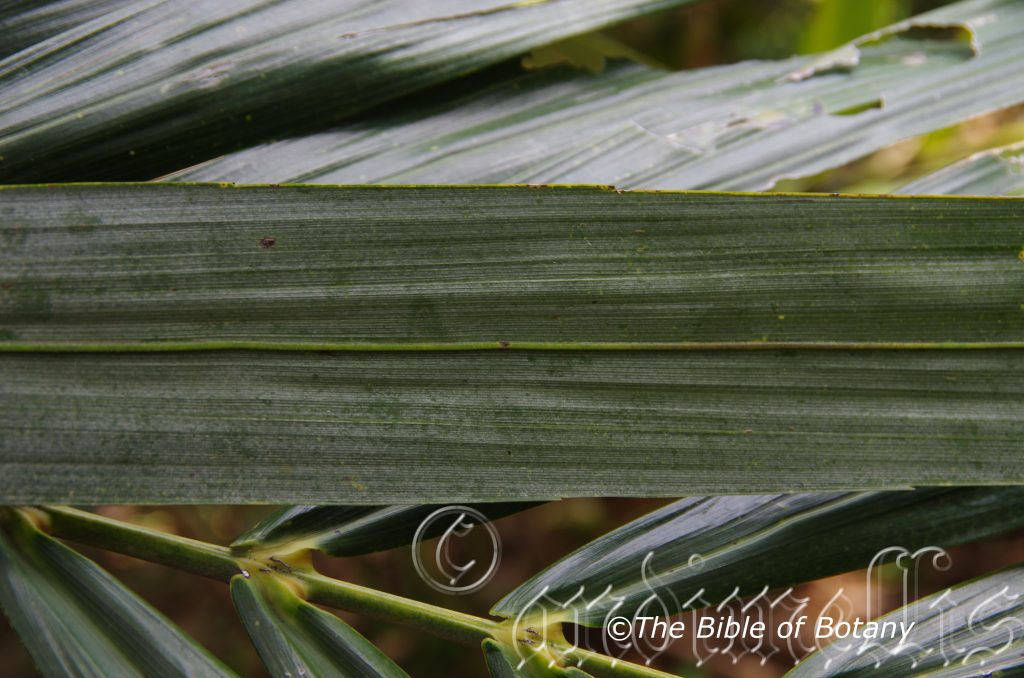
Townsville Qld.
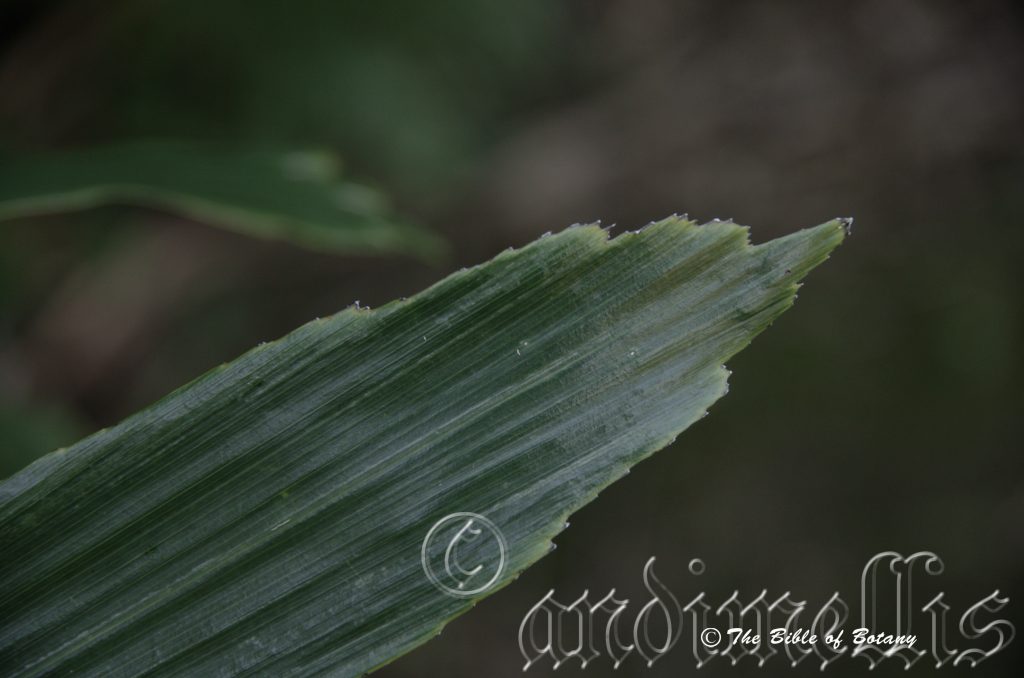
Townsville Qld.
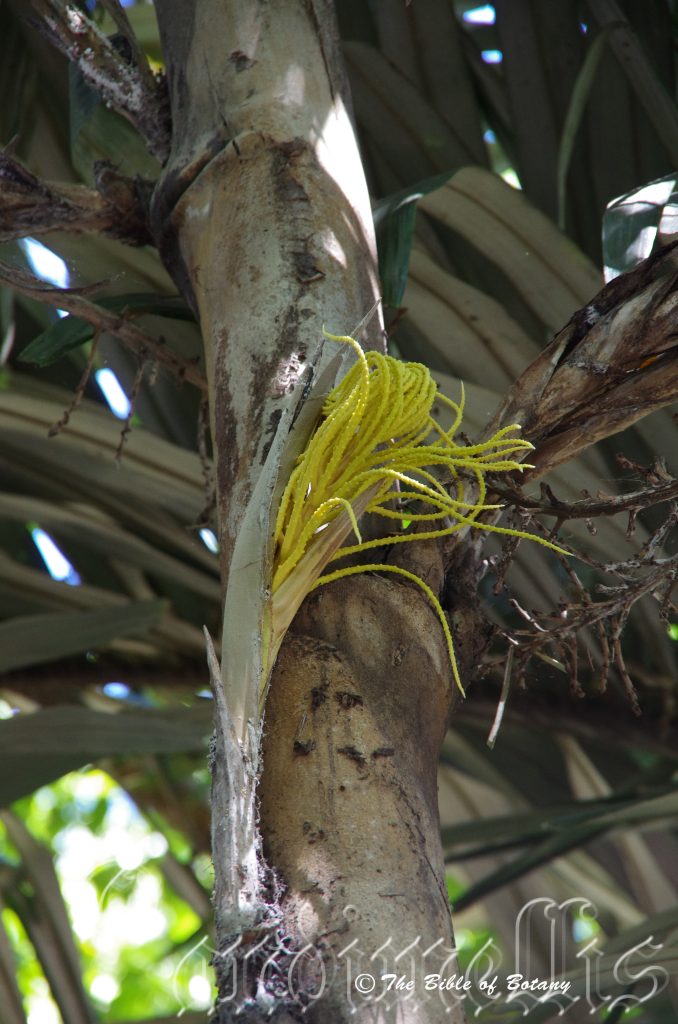
Mount Cootha Botanic Gardens Qld.

Townsville Qld.
Arenga australasica
Classification:
Class: Monocots
Order: Arecales
Family: Arecaceae
Tribe: Caryoteae
Genus: From Areng, which is Latinized from the local Malay vernacular for a palm. It refers to the local palms, which are related to the palms found in Malaysia.
Specie: From Terra Australis, which is Latin for land of the south. It refers to plants, which were first discovered from the land down under.
Sub specie:
Common Name: Southern Arenga.
Distribution:
Arenga australasica is found in two disjunct populations. One in far North eastern Queensland north of cairns and the second in far north eastern Northern Territory east of Kakadu National Park.
https://avh.ala.org.au/occurrences/search?taxa=Arenga+australisica#tab_mapView
Habitat Aspect Climate:
Arenga australasica prefer full sun to dappled shade. The altitude ranges from 1 meters ASL to 220 meters ASL.
Temperatures range from 10 degrees in July to 37 degrees in January.
Rainfalls range from lows of 950mm to an average of 4200mm annually.
Soil Requirements:
Arenga australasica prefer better quality coarse sands, sandy loams to light fatty clays or light silts to heavy silts. The soils are usually derived from decomposed granites, sandstones or alluvial deposits. The pH ranges from 5.5pH to 7pH. It does not tolerate waterlogged soils. None saline soils to moderately saline soils are tolerated.
Height & Spread:
Wild Plants: 20m by 3.5m. Trunk 300mm to 350mm in diameter.
Characteristics:
Arenga australasica grows in large clumps with one to three main trunks and others at various stages with most remaining at the sucker stage. The mature 300mm diameter trunks are pale grey on mature plants, smooth but carrying the ring scars of discarded leaves that have been shed in the past. Suckers young trunks and freshly discarded leaves leave the stems covered in course deep chocolate-brown to black fibers which are very difficult to remove.
Arenga australasica‘s leaves are spaced at wide distances along the trunk which lacks the traditional crown shaft of the other Australian feather palms. The 2.2 meter to 3.5 meter leaf stem is farinaceous and a deep green on the upper laminas. The 78 to 142 leaflets commence from about the 0.6 meters to 0.9 meters along the stalk. The leaflets are in whirls on older stems and lay flat consistent with feather palms on younger trunks and suckers. Leaflets on mature trunks measure 1000mm to 1200mm in length by 70mm to 80mm in width. The bases are attenuate while the apex is torn. The discolourous laminas are deep green to sea-green and glabrous on the upper laminas while the lower laminas are deep grey-green. The terminal leaflets are broadly fused at the base and fan out towards the apex similar to that of most other fish tail palms. A tightly formed crown is absent.
Inflorescences of Arenga australasica start flowering from only the most advanced trunk. Flowering commences from the top leaf base and progresses down to the lowest leaf base and once the fruit is ripe the trunk commences to die and another sucker will commence to grow. The 1 meter to 2 meter flower spike has 38 to 44 unbranched pendant panicles. The triad flowers are set in clusters of three with one female flower in the center and two male flowers either side. The 3 pale yellow to mid yellow sepals and petals measure 8mm to 10mm in diameter on the female flowers while the male flowers are slightly smaller. The female flowers contain two or three cells in the ovary with a three lobed stigma. Flowers are yellow. The flowering is sporadic, but we have recorded flowering in September and October.
The red purple or reddish brown fruits ripen sporadically and contain one to three seeds per fruit. The almost orbicular fruits are nuts and measure 10mm to 26mm in length by 10mm to 28mm in diameter. There are 2 to 3 seeds per fruit. The pyriform to angled globose seeds are smooth, glabrous and measure 10mm to 15mm in length by 10mm to 15mm in diameter. The individual flowering trunk dies shortly following the dispersal of the ripe seeds.
Wildlife:
Pests and wildlife dependence of Arenga australasica is unknown to the author.
Cultivation:
This is a beautiful large palm that looks great in the large garden as a feature plant where it can be admired or in an opening in a rain forest setting but because of its large size and suckering habit needs large trees surrounding it to keep the balance.
Arenga australasica is a beautiful palm fast growing palm that deserves a place in every tropical and subtropical garden. It may reach 20 meters by 5 meters in cultivation after 20 years in the garden. The trunk is suitable for stags and other epiphytes especially if the trunks are protected from winds and are shaded during the heat of the day.
Arenga australasica will grow on most soils especially those that are not pure sand as long as an adequate supply of water is given. It grows in very wet soils provided the water is not stagnant.
It is a good feature plant around ponds as it is self-cleaning and take years to flower and fruit. Roots do not give any problems when in confined places like courtyards but beware of the suckers that will follow in years to come as it will need room to develop. This is a great accent plant against hard surfaces like brick walls or where a slow maturing plant is required, again think of the suckering habit and give it plenty of room to expand.
Due to its slow growth this palms makes a very good indoor subjects or tub plants for patios for many years.
Group plantings of three or four palms spaced at 4 meters will look thick and bushy in about ten years. Scattered plantings throughout a rainforest garden look much more natural and pleasant to the eye than dense plantings.
INDOORS OR POTTED ON:
Sawdust or sand mixes are too well draining unless the sawdust has completely composted down where it exhibits a texture like plasticine to the touch. Moisture can be squeezed out between the fingers yet it remains moist. I find this a great basis to start with.
Mix equal parts of the well decomposed saw dust with the above feel with perlite and vermiculite. To this add two part sharp clean sand and one part compost. Make sure the sand comes from a source that does not have salt.
The Saw dust in this condition creates the moisture retention and holds nutrient in. The perlite and vermiculite make the mix neutral and both have great water holing capacity without shrinkage with age. The sand creates good drainage and is good for good healthy root development.
Indoor plants need good light and ventilation without drying breezes or wind. Arenga australisica will tolerate darker positions in the home than most palms. Again fertilize the plants on a monthly basis with the above formula on a rotation basis. They make ideal tub specimens when young provided moisture is maintained.
Propagation:
Seeds: Arenga australasica seeds require special handling when collecting seeds and during sowing. The fruits contain Calcium Oxalate crystals which will cause pain and discomfort if it comes in contact with the skin. Wear protective clothing and thick leather gloves when handling.
Sow fresh seeds into a seed raising mix and cover with 20mm of the seed raising mix. When the seedlings are 25mm to 50mm tall, prick them out and plant them into 50mm native tubes using a seed raising mix. Germination is erratic and will commence in six months but may last a further 18 months.
Once the seedlings reach 150mm to 200mm in height plant them out into their permanent position. Mass plantings can be achieved with planting them at 4 meters to 8 meter centers.
Fertilize using Seaweed, fish emulsion or organic chicken pellets soaked in water on an alternate basis. Fertilize every two months until the plants are established then annually in early September or March to maintain health, vitality and better flowering.
Further comments from readers:
Hi reader, it seems you use The Bible of Botany a lot. That’s great as we have great pleasure in bringing it to you! It’s a little awkward for us to ask, but our first aim is to purchase land approximately 1,600 hectares to link several parcels of N.P. into one at The Pinnacles NSW Australia, but we need your help. We’re not salespeople. We’re amateur botanists who have dedicated over 30 years to saving the environment in a practical way. We depend on donations to reach our goal. If you donate just $5, the price of your coffee this Sunday, We can help to keep the planet alive in a real way and continue to bring you regular updates and features on Australian plants all in one Botanical Bible. Any support is greatly appreciated. Thank you.
In the spirit of reconciliation we acknowledge the Bundjalung, Gumbaynggirr and Yaegl and all aboriginal nations throughout Australia and their connections to land, sea and community. We pay our respect to their Elders past, present and future for the pleasures we have gained.
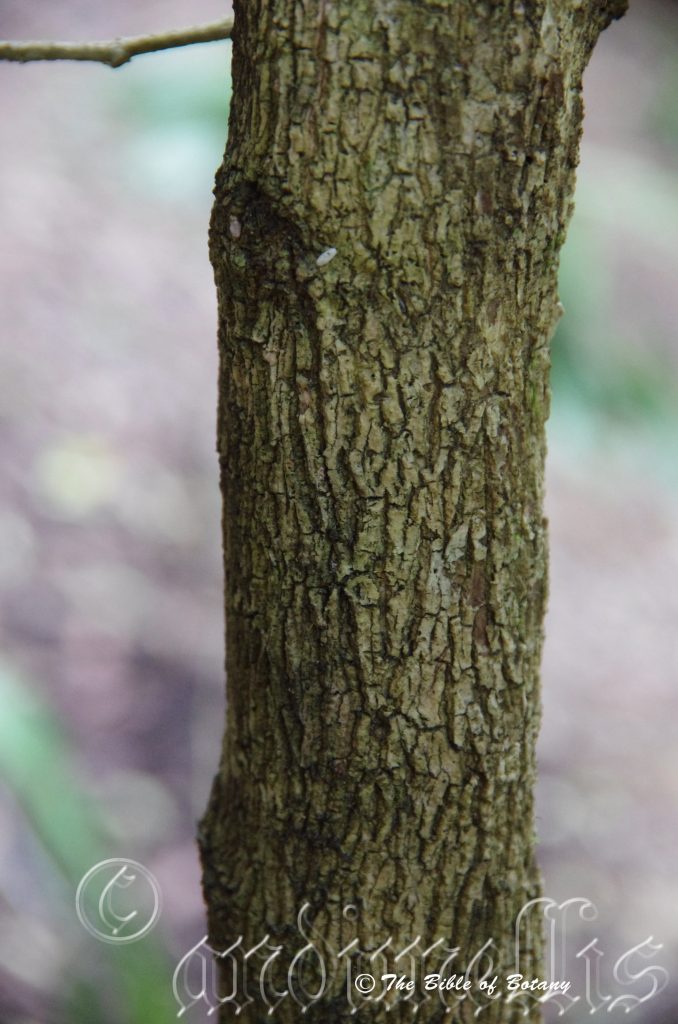
NCBG Coffs Harbour NSW
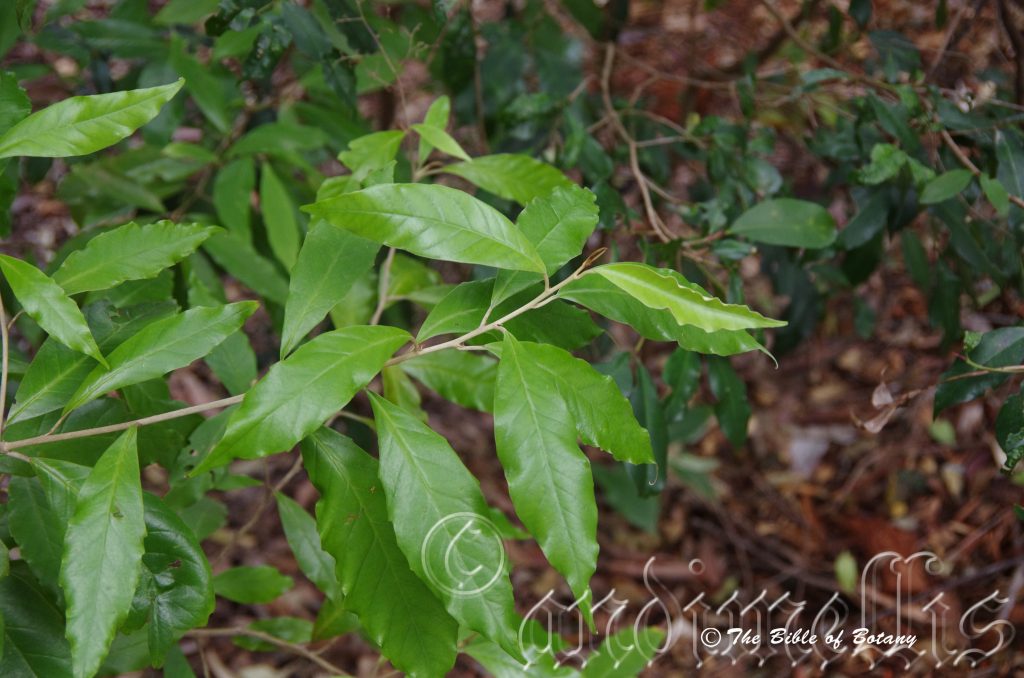
NCBG Coffs Harbour NSW
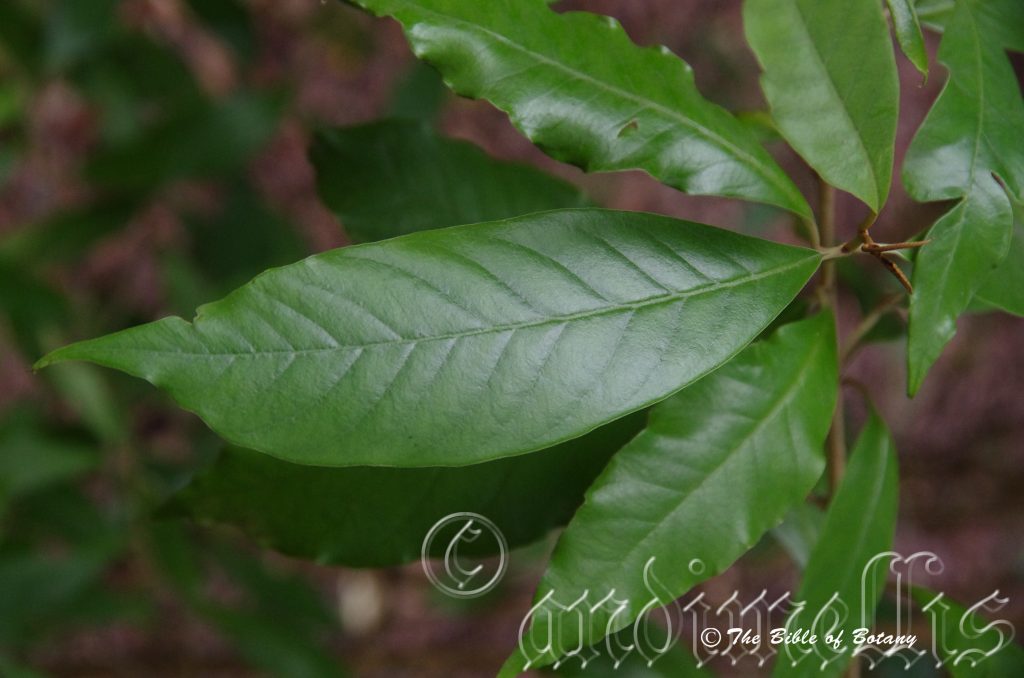
NCBG Coffs Harbour NSW
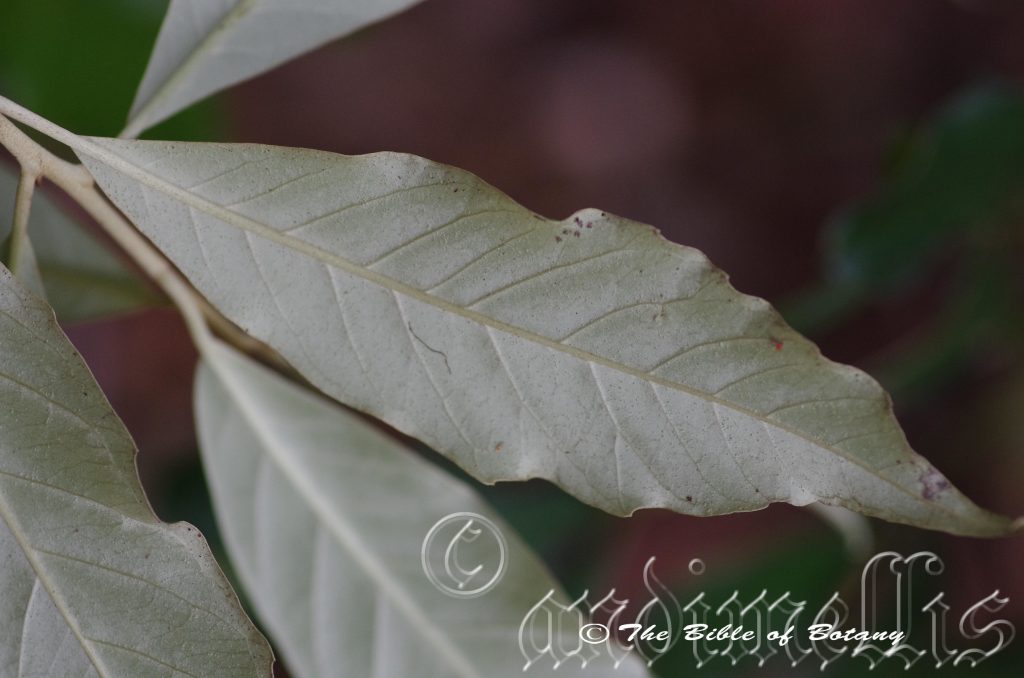
NCBG Coffs Harbour NSW
Argophyllum nullumense
Classification:
Class: Magnoliopsida
Order: Asterales
Family: Argophyllaceae
Genus: From Argillos, which is Greek and later Latin for bright and silvery or white and Phullon/Phyllon, which are Greek for a leaf. It refers to lower lamina on leaves, which are silver to white in colour.
Specie: From Nullum, which is Latinized for Nuluny, the vernacular from the local Bundjalung aboriginal word meaning digging stick and Anum/Ensis, which is Latin for to originate from. It refers to plants, which were first discovered on Mount Nullum Nature Reserve near Murwullumbah.
Common Name:
Distribution:
Argophyllum nullumense is found in several disjunct populations from Mackay in central coastal Queensland to Murrwillumbah in far north eastern New South Wales. It is found on and east of the Great Dividing Range.
https://avh.ala.org.au/occurrences/search?taxa=Agrophyllum+nullumense#tab_mapView
Habitat Aspect Climate:
Argophyllum nullumense prefers light dappled shade to full shade. The altitude ranges from 40 meters ASL to 850 meters ASL.
The temperatures range from 2 degrees in July to 36 degrees in January.
The rainfalls range from a low of 900mm to an average of 1600mm annually.
Soil Requirements:
Argophyllum nullumense prefers poorer quality sandy loams to medium clays. The soils are usually derived from decomposed black basalts, brown basalts or metamorphic rocks rhyolitica rocks. The pH ranges from 5pH to 6pH. It does not tolerate waterlogged soils. Only none saline soils will be tolerated.
Height & Spread:
Wild Plants: 3m to 7m by 3m to 5m.
Characteristics:
The trunk has a pale red-brown bark. The bark is persistent on the trunk and young branches. The branchlets are pale green and densely covered in silky white pulverulent hairs.
Argophyllum nullumense has leaves that are narrow elliptical and measure 50mm to 150mm in length by 20mm to 50mm in width. The bases are cuneate while the apexes are strongly acuminate. The pale green petioles are covered in silky white pulverulent hairs and measure 5mm to 15mm in length. The discolourous laminas are deep grass-green to deep green and glabrous on the upper lamina while the lower lamina is densely covered in silky white pulverulent hairs. The laminas decurve slightly near the margins and close to the apex and are slightly convex between the mid vein and lateral veins. The margins are entire or finely irregularly toothed. The mid vein and 16 to 20 lateral veins are prominent on the lower laminas and are clearly visible from the upper lamina.
Argophyllum nullumense inflorescences are born on terminal panicles which are longer than the leaves or axillary panicles that are shorter than the leaves. The 6 pale green calyxes and triangular lobes are covered in silky white pulverulent hairs. The lobes measure 1mm in length. The petals are pale green externally and pale yellow-green internally and are triangular. The 6 petals are covered in silky white pulverulent hairs externally and are glabrous internally and measure 3mm to 3.5mm in length.
The 6 bright yellow filaments are united at the base while the bright yellow-orange anthers are Fasciculate.
The fruits are a 3 valve, globose capsule. The capsules measure 4 mm to 4.5mm in length by 4mm to 4.5mm in diameter
Wildlife:
Argophyllum nullumense wildlife is unknown to the author.
Cultivation:
Argophyllum nullumense is a large shrub or small tree for larger gardens. Where it can be planted it can be used to great effect as a backdrop or a central feature. It is a good tree offering quick growth. Garden specimens rarely grow more than 5 or 6 meters in height with a spread of around 5 meters in diameter are normal when grown in the open.
Small epiphytic orchids and ferns can be grown on the trunk and larger branches.
Propagation:
Seeds: Argophyllum nullumense seeds can be sown directly into a seed raising mix. Ensure the mix is 150mm deep as they send down a long root well before a shoot is seen. When the seedlings are 25mm to 50mm tall, prick them out and plant them into 75mm native tubes using a seed raising mix.
Most nurseries find it best to plant 2 seeds directly into each 50mm native tube. This saves transplanting and the trees do set back a little on being transplanted.
Once they reach 200mm to 250mm plant them out into their permanent position. Plants may need guards on them initially to protect them against frosts until established.
Fertilize using Seaweed, fish emulsion or organic chicken pellets soaked in water on an alternate basis. Fertilize every two months until the plants are established then annually in early September or March to maintain health and vitality.
Further comments from readers:
Hi reader, it seems you use The Bible of Botany a lot. That’s great as we have great pleasure in bringing it to you! It’s a little awkward for us to ask, but our first aim is to purchase land approximately 1,600 hectares to link several parcels of N.P. into one at The Pinnacles NSW Australia, but we need your help. We’re not salespeople. We’re amateur botanists who have dedicated over 30 years to saving the environment in a practical way. We depend on donations to reach our goal. If you donate just $5, the price of your coffee this Sunday, We can help to keep the planet alive in a real way and continue to bring you regular updates and features on Australian plants all in one Botanical Bible. Any support is greatly appreciated. Thank you.
In the spirit of reconciliation we acknowledge the Bundjalung, Gumbaynggirr and Yaegl and all aboriginal nations throughout Australia and their connections to land, sea and community. We pay our respect to their Elders past, present and future for the pleasures we have gained.
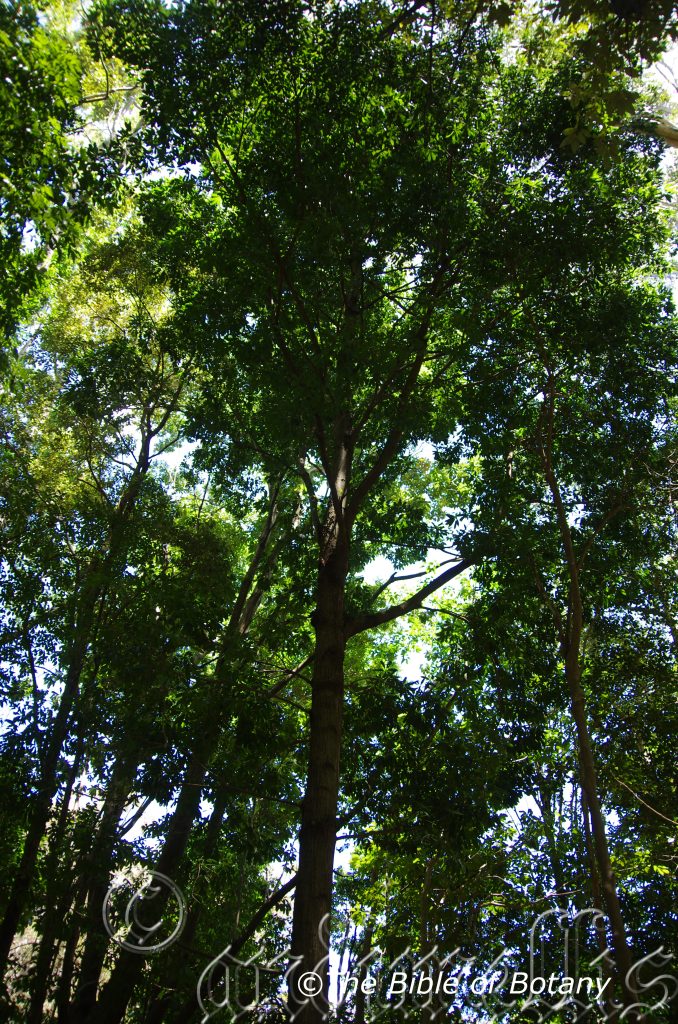
NCBG Coffs Harbour NSW
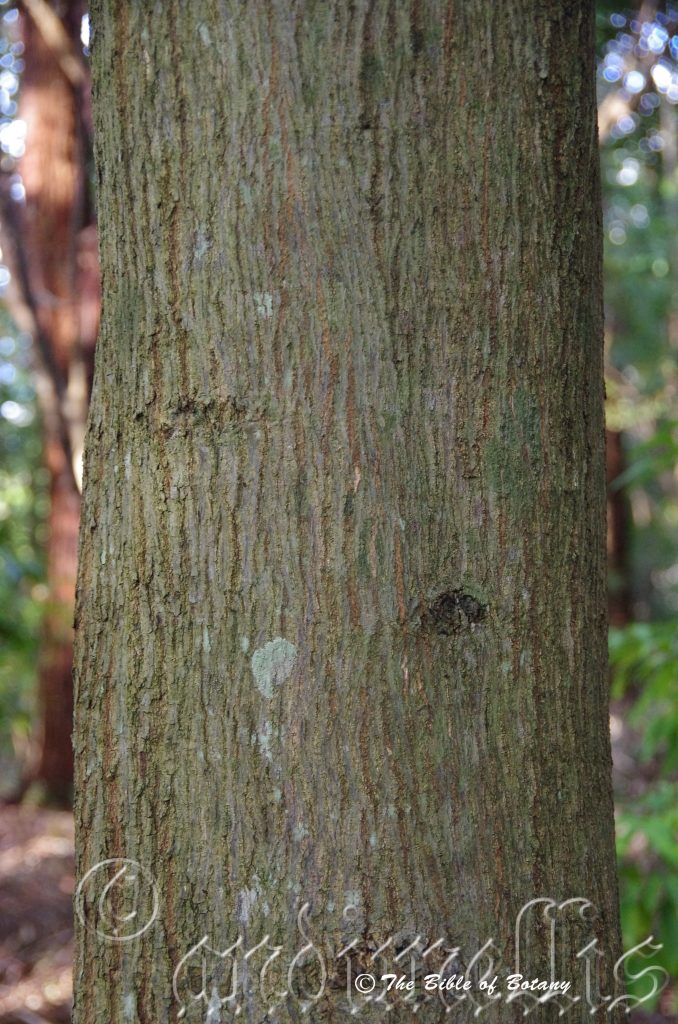
NCBG Coffs Harbour NSW
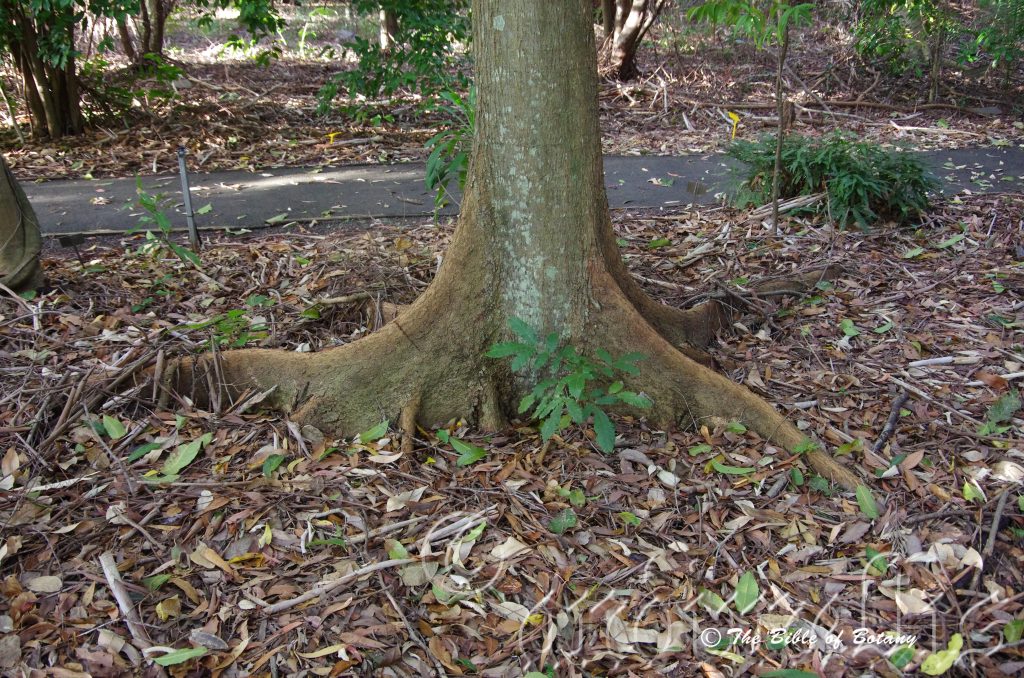
NCBG Coffs Harbour NSW
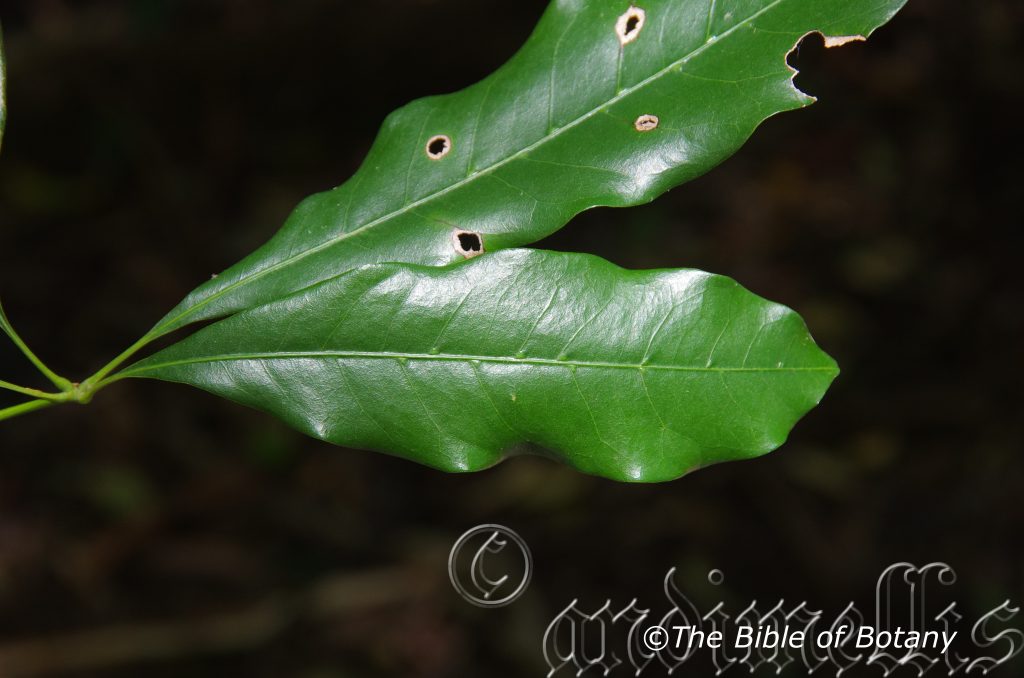
NCBG Coffs Harbour NSW
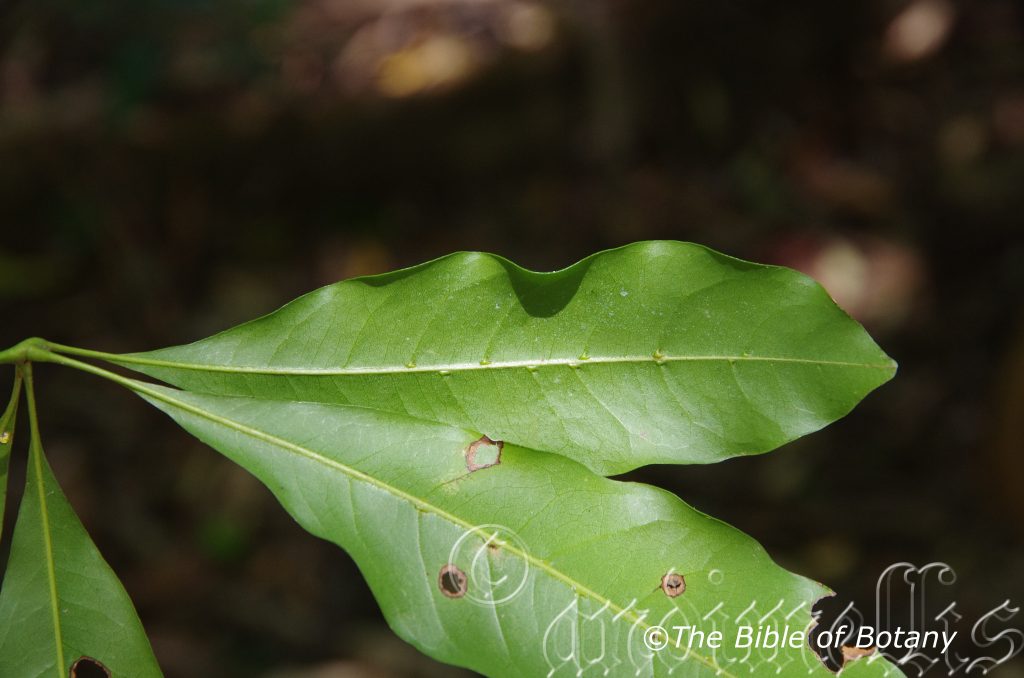
NCBG Coffs Harbour NSW
Argyrodendron actinophyllum
Classification:
Class: Equisetopsida
Order: Malvales
Family: Malvaceae
Genus: From Argillos, which is Greek, and later Latin for bright and silvery or white and Dendron, which is Ancient Greek for a tree. It refers to the lower laminas, which are silvery-tan and the appearance of the trees from a distance when in flower.
Specie: From Actinos, which is Ancient Greek for a ray and Phullon/Phyllon, which is Ancient Greek for a leaf. It refers to leaves, which radiate out from a central point.
Sub specie: Argyrodendron actinophyllum subsp. diversifolia From Diversum, which is Latin for diverse or different and Folia which is Latin for a leaf. It refers to leaves, which have some variation between plants or even on the same plant.
Common Name: Black Jack or Black Booyong.
Distribution:
Argyrodendron actinophyllum is found in several disjunct populations from Tolga in far north Queensland to Gloucester in central eastern New South Wales. It is found on the coastal ranges and the Great Dividing Range.
https://avh.ala.org.au/occurrences/search?taxa=Argyrodendron+actinophyllum #tab_mapView
Habitat Aspect Climate:
Argyrodendron actinophyllum prefers light dappled shade to full shade. The altitude ranges from 20 meters ASL to 850 meters ASL.
The temperatures range from 2 degrees in July to 36 degrees in January.
The rainfalls range from a low of 900mm to an average of 1600mm annually.
Soil Requirements:
Argyrodendron actinophyllum prefers better quality sandy loams to medium clays. The soils are usually derived from decomposed black basalts, brown basalts or metamorphic rocks. The pH ranges from 5pH to 6.5pH. It does not tolerate waterlogged soils. None saline soils to moderately saline soils are not tolerated at all.
Height & Spread:
Wild Plants: 35m to 55m by 12m to 15m.
Characteristics:
Argyrodendron actinophyllum has a trunk that is prominently buttressed for several meters above the ground on large trees. The grey to very deep grey bark is hard and persistent. The bark is persistent on the trunk and young branches. The branchlets are pale green and glabrous.
Argyrodendron actinophyllum‘s leaves have 5 to 15 usually 6 to 9 leaflets radiating out from the petiolules. The leaflets are lanceolate to oblanceolate and measure 100mm to 180mm in length by 15mm to 50mm in width. The bases are cuneate while the apexes are acuminate. The deep green petioles are glabrous and measure 25mm to 150mm in length while the petiolules measure 5mm to 20mm in length. The discolourous or concolourous laminas are deep green and glabrous on the upper lamina while the lower lamina is covered in domatia. The laminas recurve slightly upwards from the mid vein to the margins and decurve downwards close to the apex. The margins are entire. The mid vein and 20 to 30 lateral veins are prominent on the lower laminas and are clearly visible from the upper lamina.
Argyrodendron actinophyllum inflorescences are born on dense auxiliary and terminal panicles which are longer than the leaves. The pale green pedicel, rachis and peduncles are covered in fawnish scales and white appressed hairs. The 6 white petals are covered in fawnish scales and white tomentose hairs externally and white tomentose hairs internally. The inner surface of the perianth tube is covered in fine tuberculate lumps. The triangular petals measure 5mm to 7mm in length.
The 15 Gynandrous anthers form a ring surrounding the upper portion of the style. The yellow anthers turn brownish and wilt prior to the petals failing and measure 0.9 to 1.2mm in length by 0.5mm in width. The style and ovary are pale green and covered in fine tuberculate lumps. The tapering stigma is yellow.
The fruits are flat ovoid samaras with the seed attached to one end only. The glabrous samaras measure 5mm to 7mm in length by 4mm to 6.5mm in diameter while the wing measure 40mm to 60mm in overall length by15mm to 25mm in width.
Wildlife:
Argyrodendron actinophyllum wildlife is unknown to the author.
Cultivation:
It would make an good fire retardant large tree.
* Fire retardant plants act as radiant heat screens and absorb more heat from an approaching fire without burning.
* Fire retardant trees are able reduce wind speed near a house or out buildings.
* Fire retardant also trap embers and sparks carried by the wind.
* Fire retardant ground covers are able to catch burning embers without catching fire themselves, and also slow the travel of a fire through debris and litter on the ground.
Argyrodendron actinophyllum is a large tree only suitable for large gardens. Where it can be planted it can be used to great effect as a central feature in a rainforest garden. It is a good tree offering quick growth with garden specimens probably growing 20 meters to 30 meters in height by 10 meters to 16 meters in diameter when grown in the open.
Most epiphytic orchids and ferns can be grown on the upper trunk and larger branches.
Propagation:
Seeds: Argyrodendron actinophyllum seeds can be sown directly into a seed raising mix or directly into 75mm native tubes. Ensure the mix is 150mm deep as it will send down a long tap root which is as long as the above ground shoot. When the seedlings are 25mm to 50mm tall, prick them out and plant them into 75mm native tubes using a seed raising mix.
Most nurseries find it best to plant 2 seeds directly into each 75mm native tube. This saves transplanting and the trees do set back a little on being transplanted.
Once they reach 200mm to 250mm plant them out into their permanent position. Plants may need guards on them initially to protect them against frosts until established.
Fertilize using Seaweed, fish emulsion or organic chicken pellets soaked in water on an alternate basis. Fertilize every two months until the plants are established then annually in early September or March to maintain health and vitality.
Further comments from readers:
Hi reader, it seems you use The Bible of Botany a lot. That’s great as we have great pleasure in bringing it to you! It’s a little awkward for us to ask, but our first aim is to purchase land approximately 1,600 hectares to link several parcels of N.P. into one at The Pinnacles NSW Australia, but we need your help. We’re not salespeople. We’re amateur botanists who have dedicated over 30 years to saving the environment in a practical way. We depend on donations to reach our goal. If you donate just $5, the price of your coffee this Sunday, We can help to keep the planet alive in a real way and continue to bring you regular updates and features on Australian plants all in one Botanical Bible. Any support is greatly appreciated. Thank you.
In the spirit of reconciliation we acknowledge the Bundjalung, Gumbaynggirr and Yaegl and all aboriginal nations throughout Australia and their connections to land, sea and community. We pay our respect to their Elders past, present and future for the pleasures we have gained.
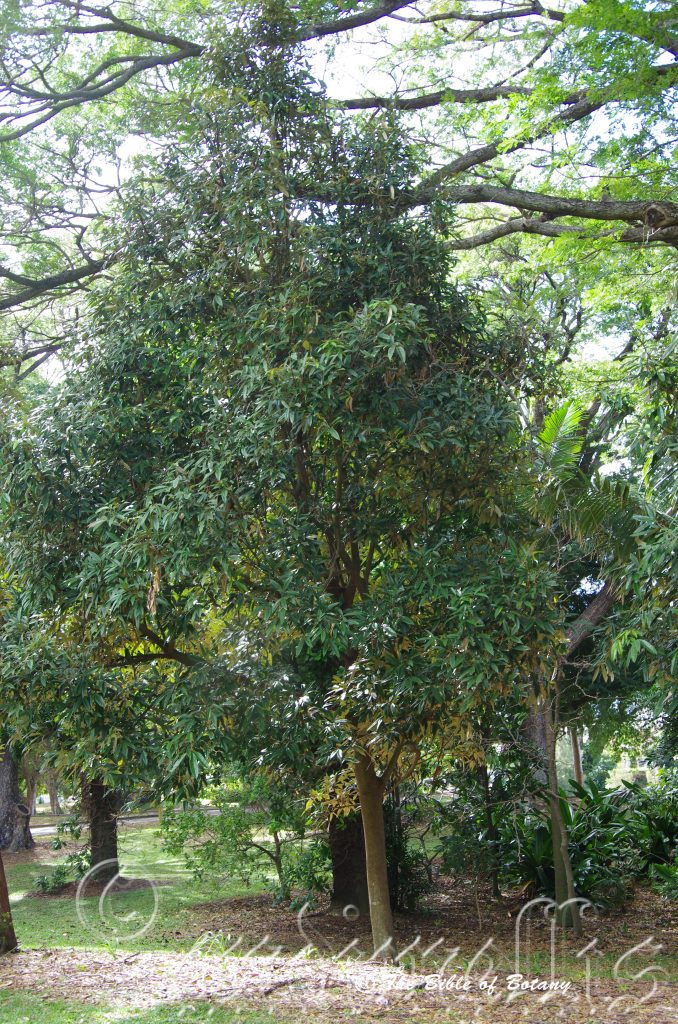
Townsville Qld.
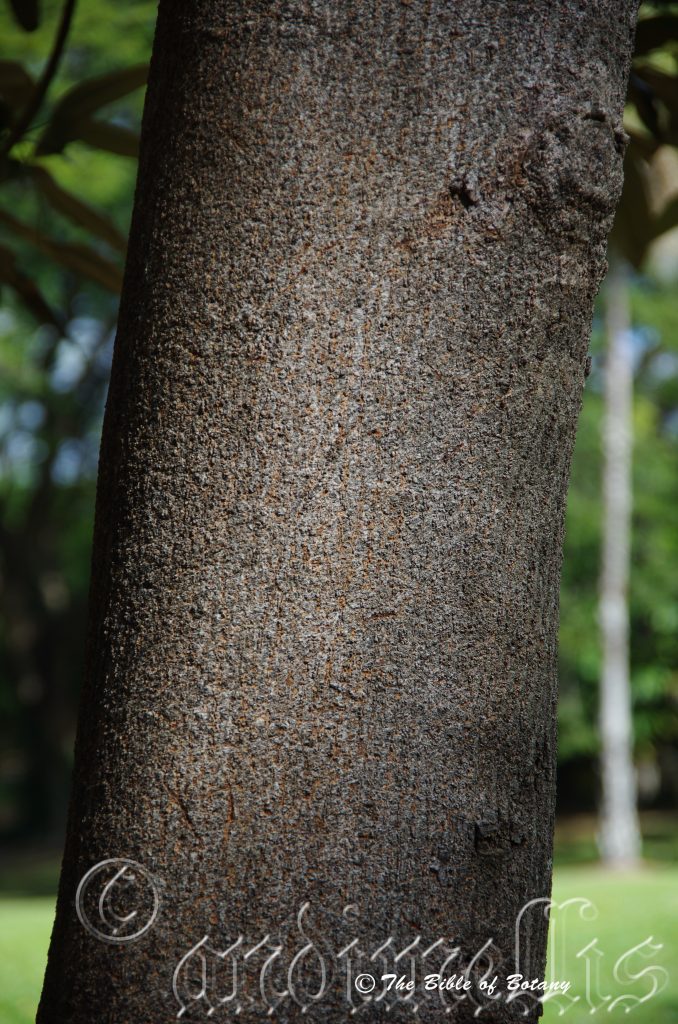
Townsville Qld.
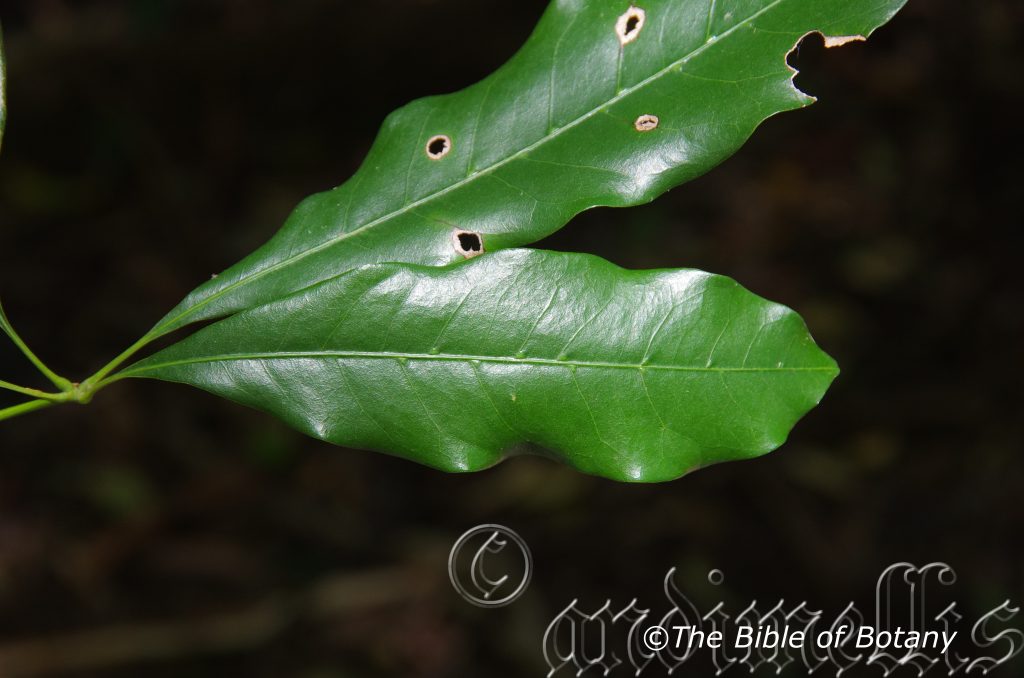
Townsville Qld.
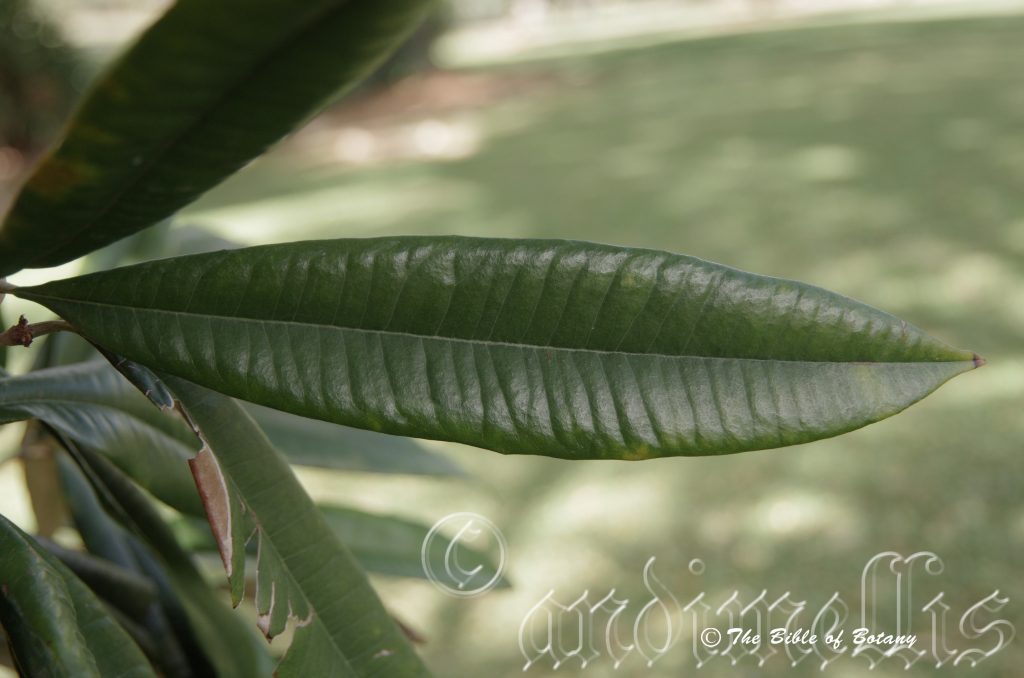
Townsville Qld.
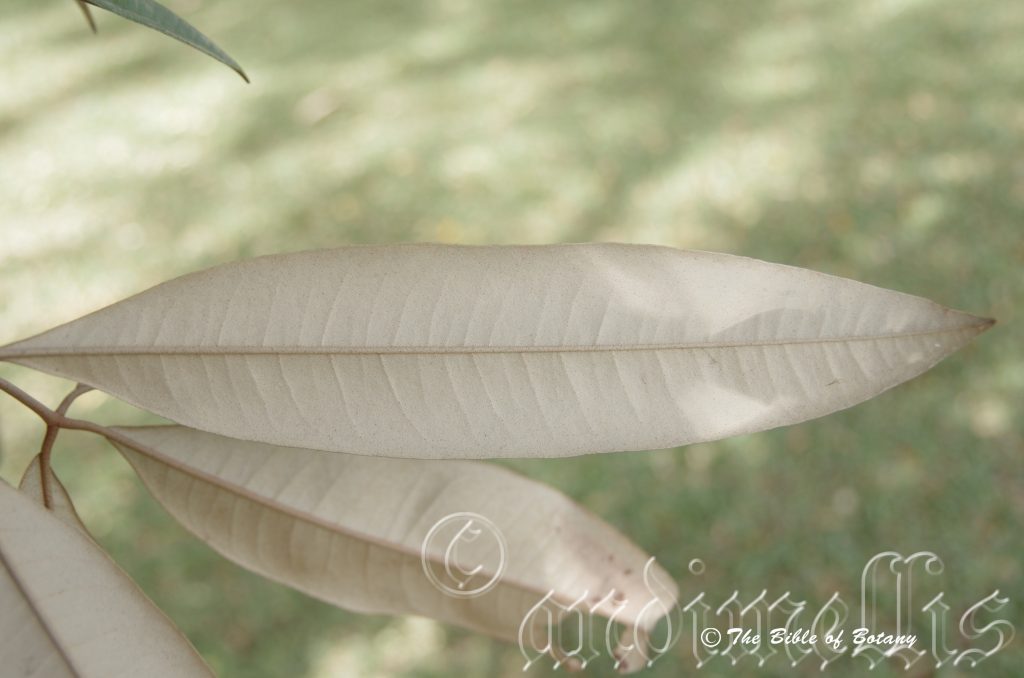
Townsville Qld.
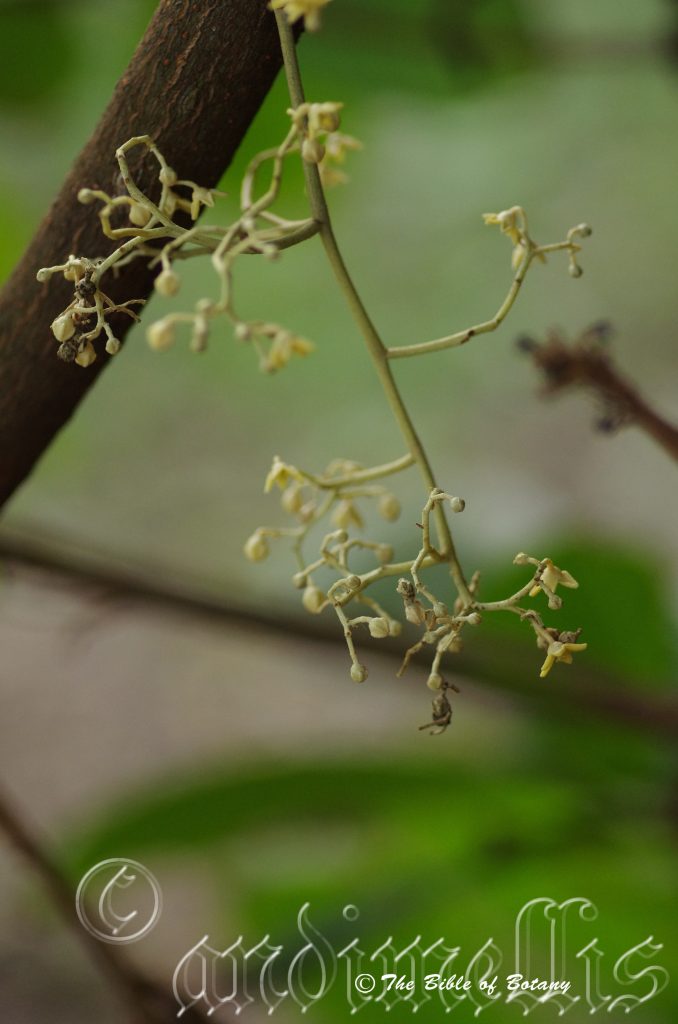
Townsville Qld.
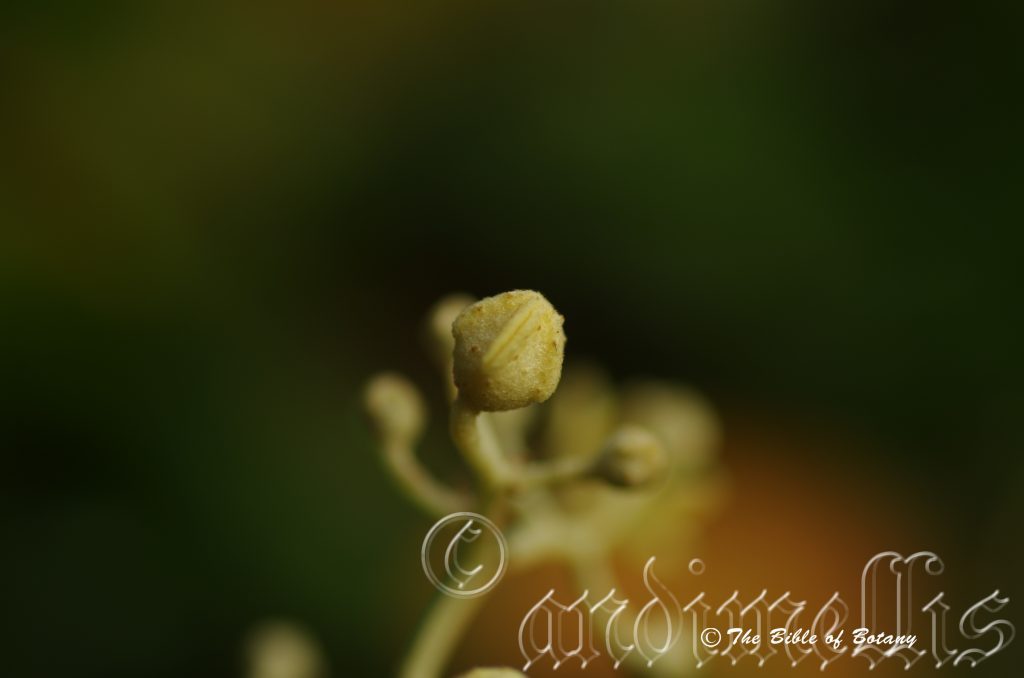
Townsville Qld.
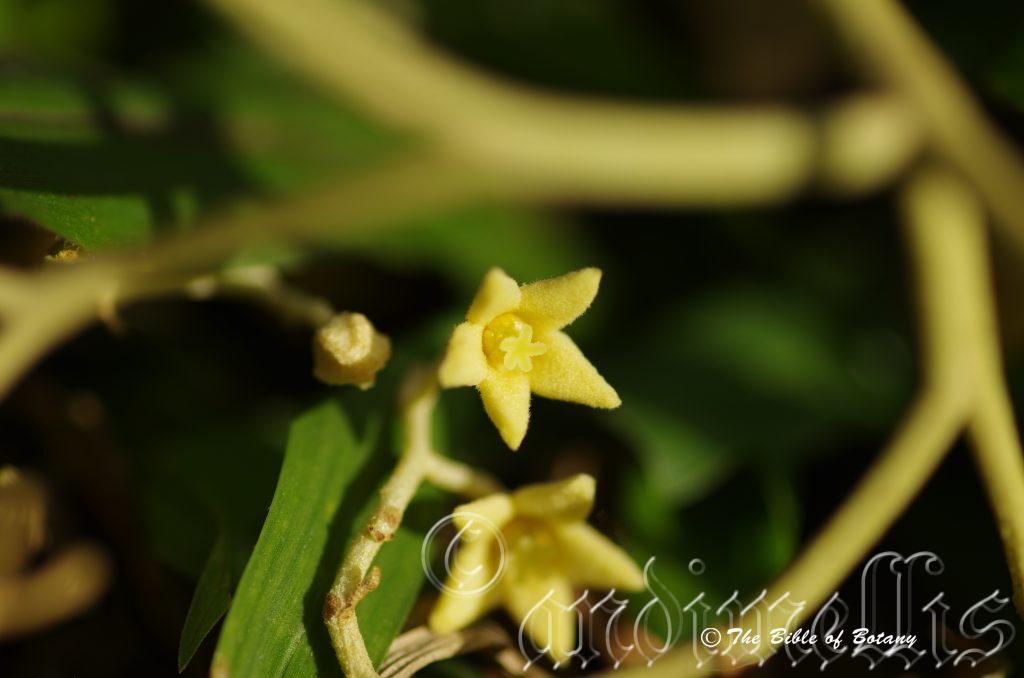
Townsville Qld.
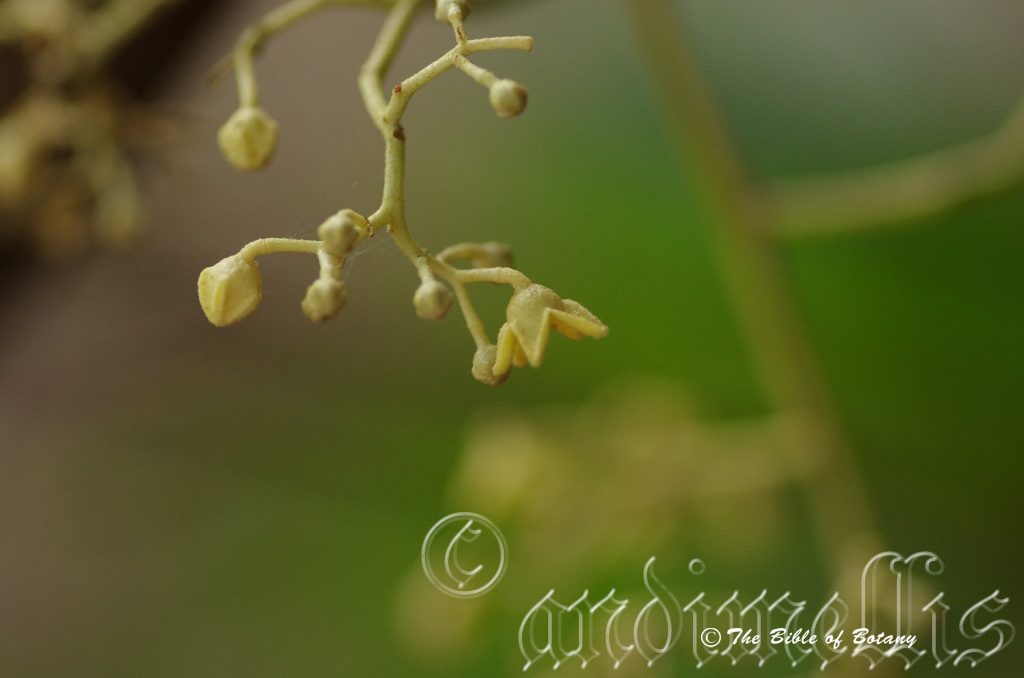
Townsville Qld.
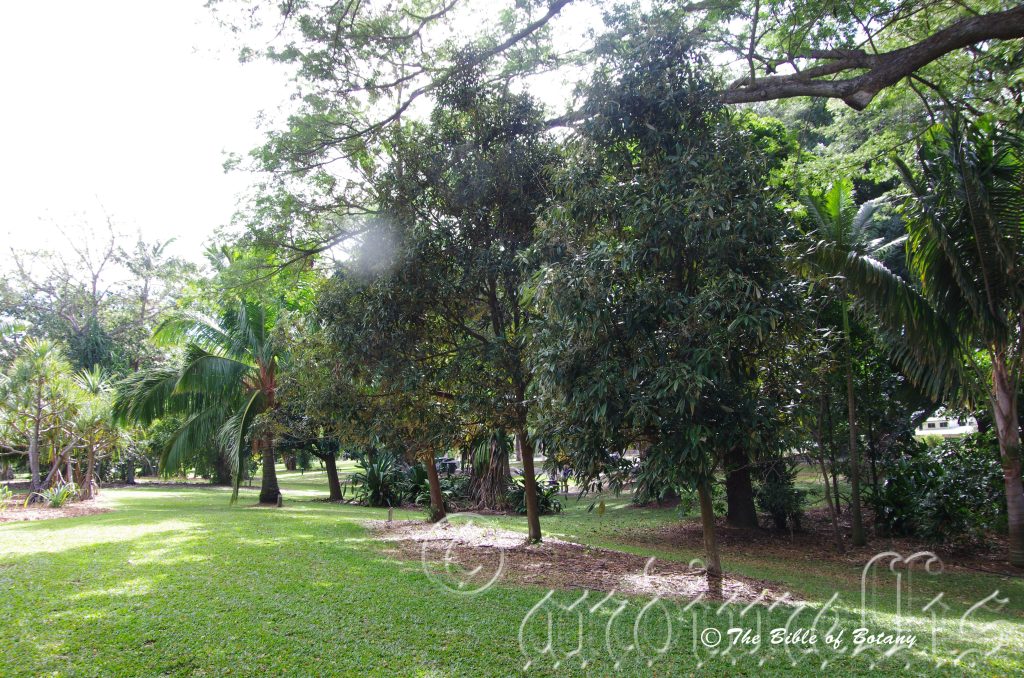
Townsville Qld.
Argyrodendron peralatum
Classification:
Class: Equisetopsida
Order: Malvales
Family: Malvaceae
Genus: From Argillos, which is Greek, and later Latin for bright and silvery or white and Dendron, which is Ancient Greek for a tree. It refers to the lower laminas, which are silvery-tan and the appearance of the trees from a distance when in flower.
Specie: From Per/Peri, which is Latin for around, through, beyond, extra or at times very and Alatum, which is Latin for a wing. It may refer to the seed’s wings which go beyond the normal size of a seeds wing.
Sub specie:
Common Name: Red Crowsfoot or Red Tulip Oak.
Distribution:
Argyrodendron peralatum is found from Gap Creek in the Bloomfield National Park south to the Jarrah River in far north Queensland. It is found on the coastal ranges and the Great Dividing Range but does better at the higher altitudes.
https://avh.ala.org.au/occurrences/search?taxa=Argyrodendron+peralatum#tab_mapView
Habitat Aspect Climate:
Argyrodendron peralatum prefers light dappled shade to full shade. The altitude ranges from 10 meters ASL to 1000 meters ASL.
The temperatures range from 8 degrees in July to 36 degrees in January.
The rainfalls range from a low of 1500mm to an average of 3000mm annually.
Soil Requirements:
Argyrodendron peralatum prefers better quality sandy loams to medium clays. The soils are usually derived from decomposed black basalts or brown basalts. The pH ranges from 5pH to 6.5pH. It does not tolerate waterlogged soils. None saline soils to moderately saline soils are not tolerated at all.
Height & Spread:
Wild Plants:35m to 50m by 12m to 15m.
Characteristics:
Argyrodendron peralatum has a trunk that is prominently buttressed for several meters above the ground on large trees. The grey to very deep grey-brown bark is hard and persistent. The bark is persistent on the trunk and young branches. The branchlets are pale green and glabrous.
Argyrodendron peralatum‘s trifoliate leaves are lanceolate to oblanceolate and measure 70mm to 170mm in length by 22mm to 50mm in width. The bases are tapered to cuneate while the apexes are broad acuminate. The petioles and petiolules are covered in minute white and at times rusty-brown scales. The petioles measure 15mm to 35mm in length while the petioles measure 25mm to 150mm in length while the petiolules measure 3mm to 8mm in length. The discolourous laminas are deep green, glabrous and semi glossy on the upper lamina while the lower lamina is covered in white and/or rusty-brown scales. The laminas recurve slightly upwards from the mid vein to the margins and decurve slightly downwards close to the apex. The margins are entire. The mid vein is strongly prominent while the 58 to 62 lateral veins are faintly to slightly prominent on the lower laminas and are clearly visible from the upper lamina.
Argyrodendron peralatum inflorescences are born on lose axillary and terminal panicles which are longer than the leaves. The pale green pedicel, rachis and peduncles are covered in minute cream and or fawnish-brown scales and stellate hairs. The 5 pale green petals are covered in minute cream and or fawnish-brown scales and at times sparsely covered with white stellate hairs. The inner surface of the perianth tube is covered in fine tuberculate lumps. The petals measure 4mm to 5mm in length.
The 15 gynandrous anthers form a ring surrounding the upper portion of the style. The white filaments are covered in minute fawnish scales while the cream to mushroom pink anthers measure 0.9 to 1.2mm in length by 0.5mm in width. The style and ovary are pale green and covered in fine tuberculate lumps. The 5 lobed stigma is greenish-yellow.
The fruits are flat ovoid samaras with the seed attached to one end only. The glabrous samaras measure 12mm to 15mm in diameter while the wing measure 70mm to 90mm in overall length by 25mm to 30mm in width overall. The orbicular seeds are echinate or aculeolate.
Wildlife:
Argyrodendron peralatum wildlife is unknown to the author.
Cultivation:
It would make an good fire retardant large tree.
* Fire retardant plants act as radiant heat screens and absorb more heat from an approaching fire without burning.
* Fire retardant trees are able reduce wind speed near a house or out buildings.
* Fire retardant also trap embers and sparks carried by the wind.
* Fire retardant ground covers are able to catch burning embers without catching fire themselves, and also slow the travel of a fire through debris and litter on the ground.
Argyrodendron peralatum is a large tree only suitable for large gardens. Where it can be planted it can be used to great effect as a central feature in a rainforest garden. It is a good tree offering quick growth with garden specimens probably growing 20 meters to 30 meters in height by 10 meters to 16 meters in diameter when grown in the open.
Most epiphytic orchids and ferns can be grown on the upper trunk and larger branches.
Propagation:
Seeds: Argyrodendron peralatum seeds can be sown directly into a seed raising mix or directly into 75mm native tubes. Ensure the mix is 150mm deep as it will send down a long tap root which is as long as the above ground shoot. When the seedlings are 25mm to 50mm tall, prick them out and plant them into 75mm native tubes using a seed raising mix.
Most nurseries find it best to plant 2 seeds directly into each 75mm native tube. This saves transplanting and the trees do set back a little on being transplanted.
Once they reach 200mm to 250mm plant them out into their permanent position. Plants may need guards on them initially to protect them against frosts until established.
Fertilize using Seaweed, fish emulsion or organic chicken pellets soaked in water on an alternate basis. Fertilize every two months until the plants are established then annually in early September or March to maintain health and vitality.
Further comments from readers:
Hi reader, it seems you use The Bible of Botany a lot. That’s great as we have great pleasure in bringing it to you! It’s a little awkward for us to ask, but our first aim is to purchase land approximately 1,600 hectares to link several parcels of N.P. into one at The Pinnacles NSW Australia, but we need your help. We’re not salespeople. We’re amateur botanists who have dedicated over 30 years to saving the environment in a practical way. We depend on donations to reach our goal. If you donate just $5, the price of your coffee this Sunday, We can help to keep the planet alive in a real way and continue to bring you regular updates and features on Australian plants all in one Botanical Bible. Any support is greatly appreciated. Thank you.
In the spirit of reconciliation we acknowledge the Bundjalung, Gumbaynggirr and Yaegl and all aboriginal nations throughout Australia and their connections to land, sea and community. We pay our respect to their Elders past, present and future for the pleasures we have gained.
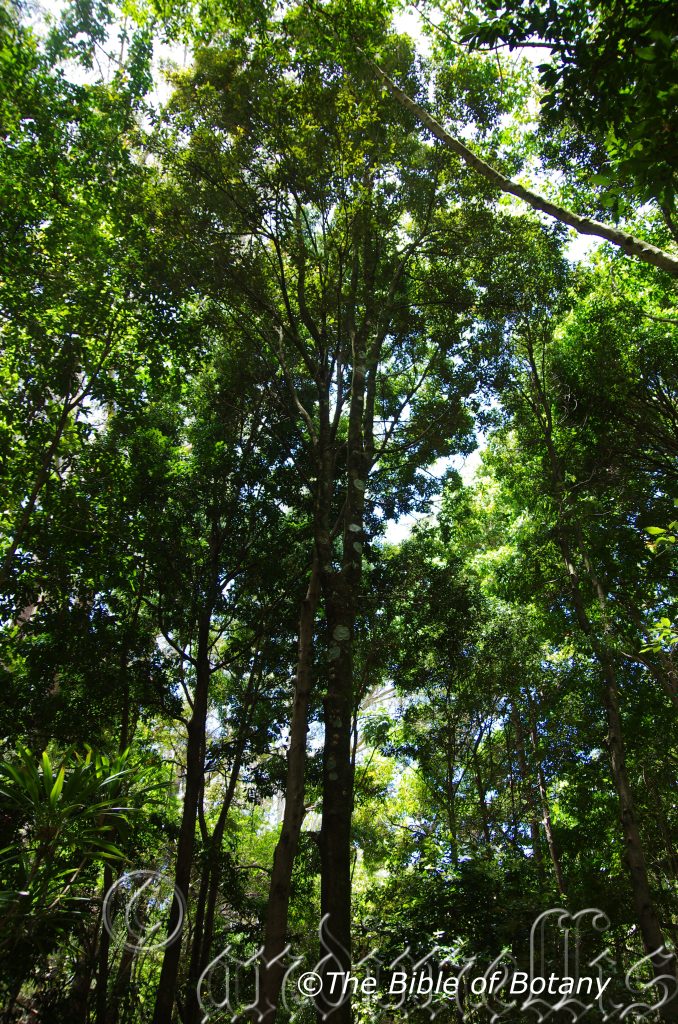
Woolgoolga NSW
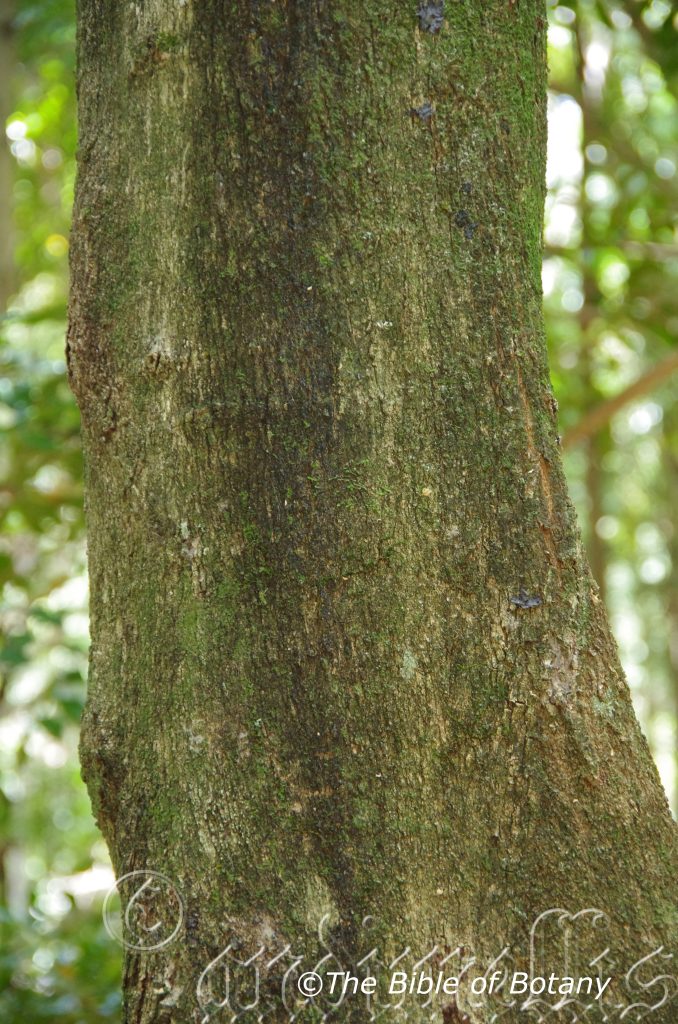
Woolgoolga NSW
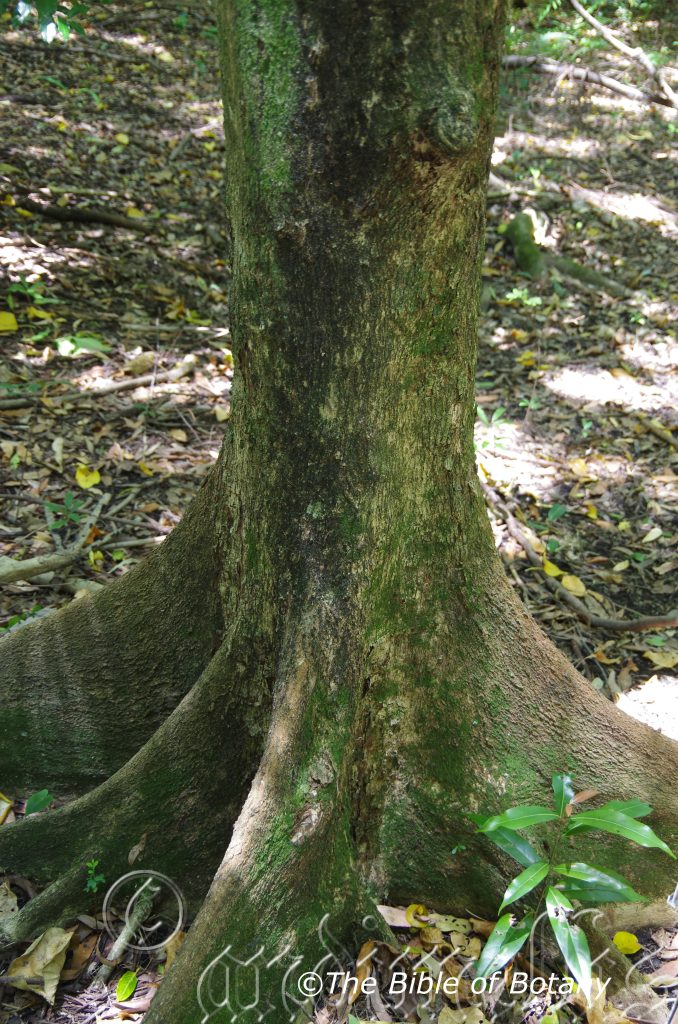
Woolgoolga NSW
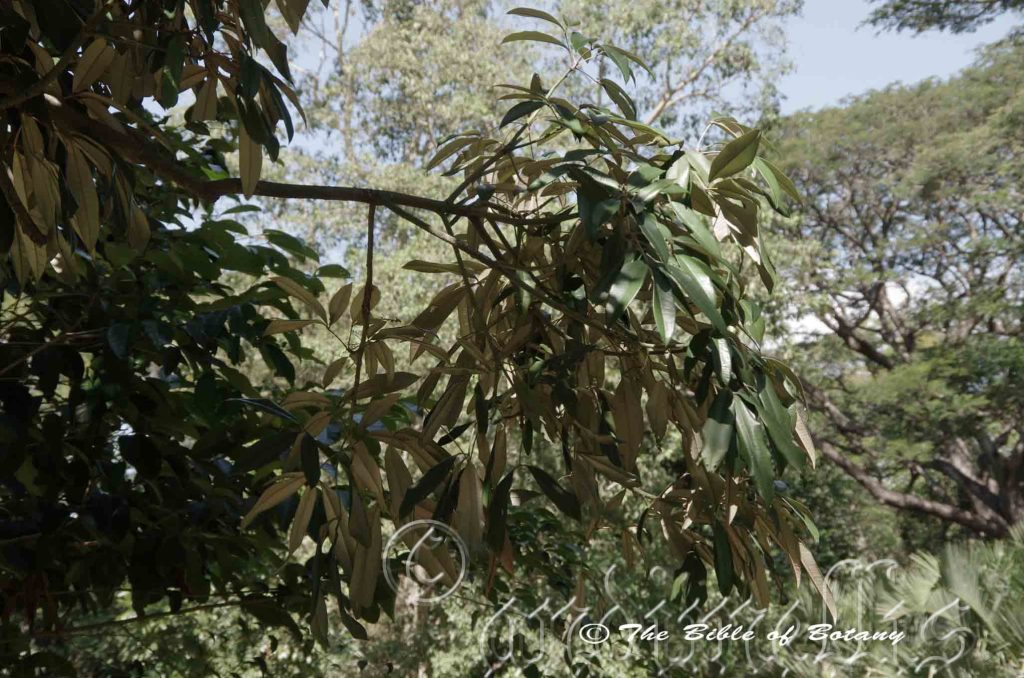
Anderson Gardens Townsville Qld.
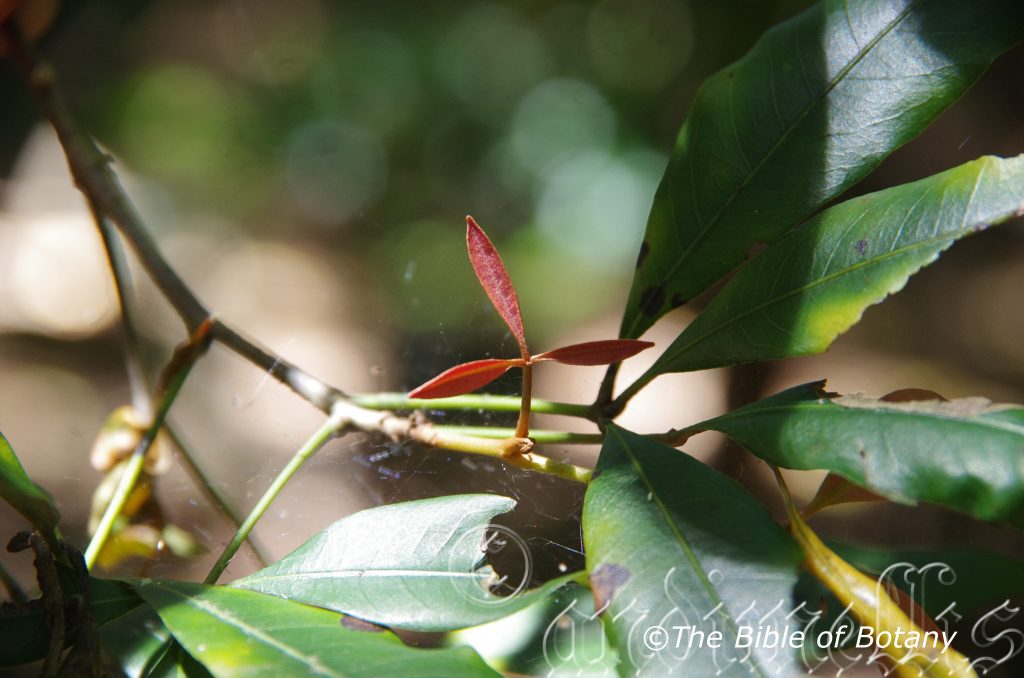
Woolgoolga NSW
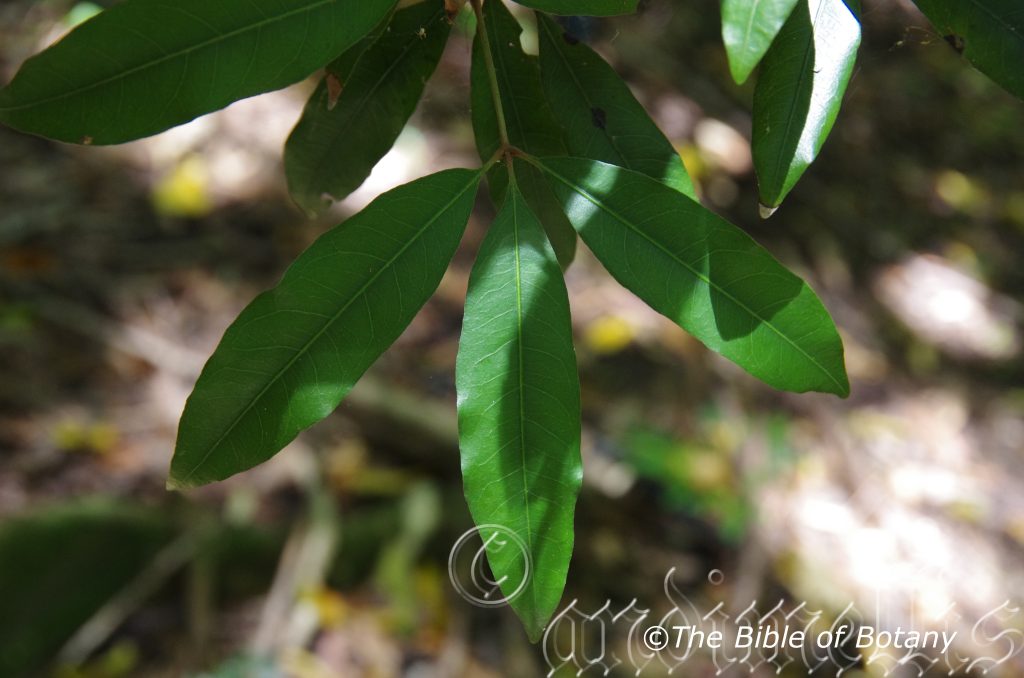
Woolgoolga NSW
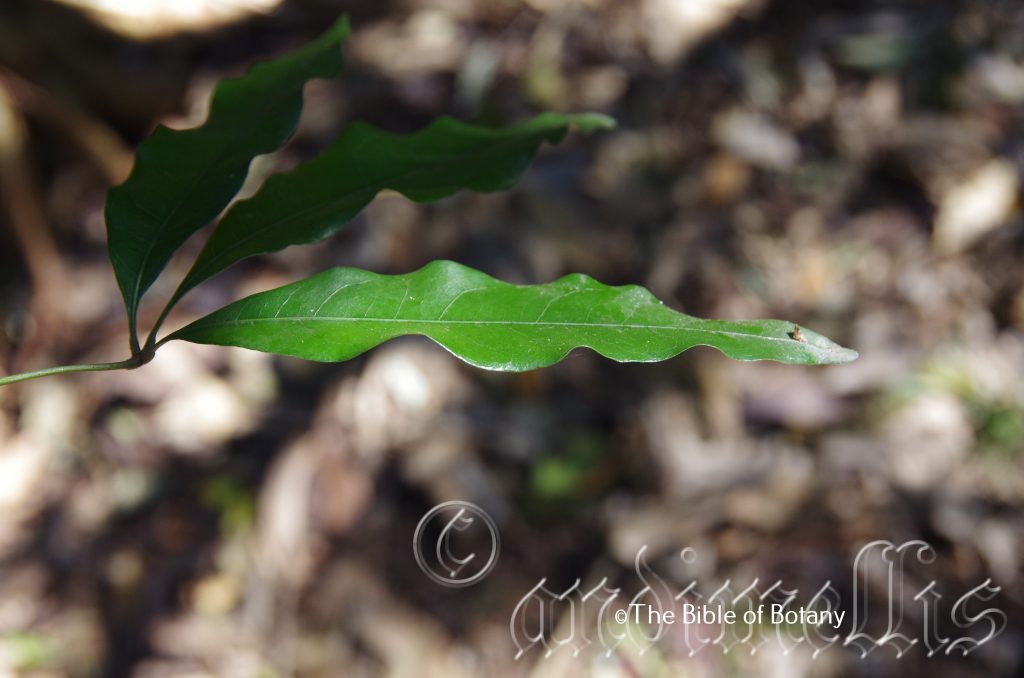
Lismore NSW
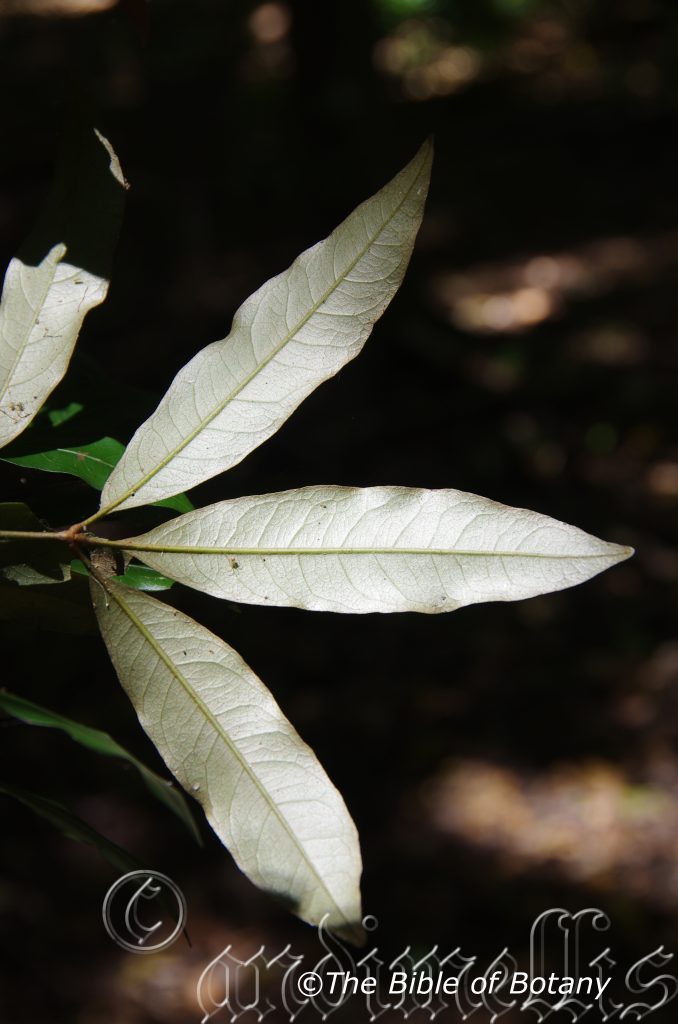
Woolgoolga NSW
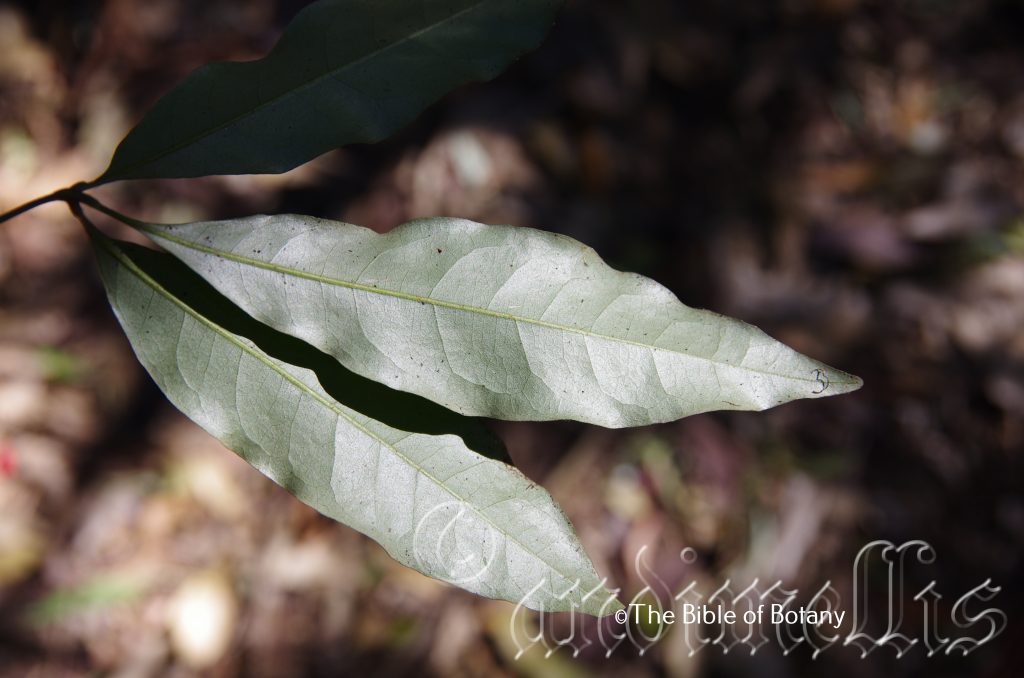
Lismore NSW
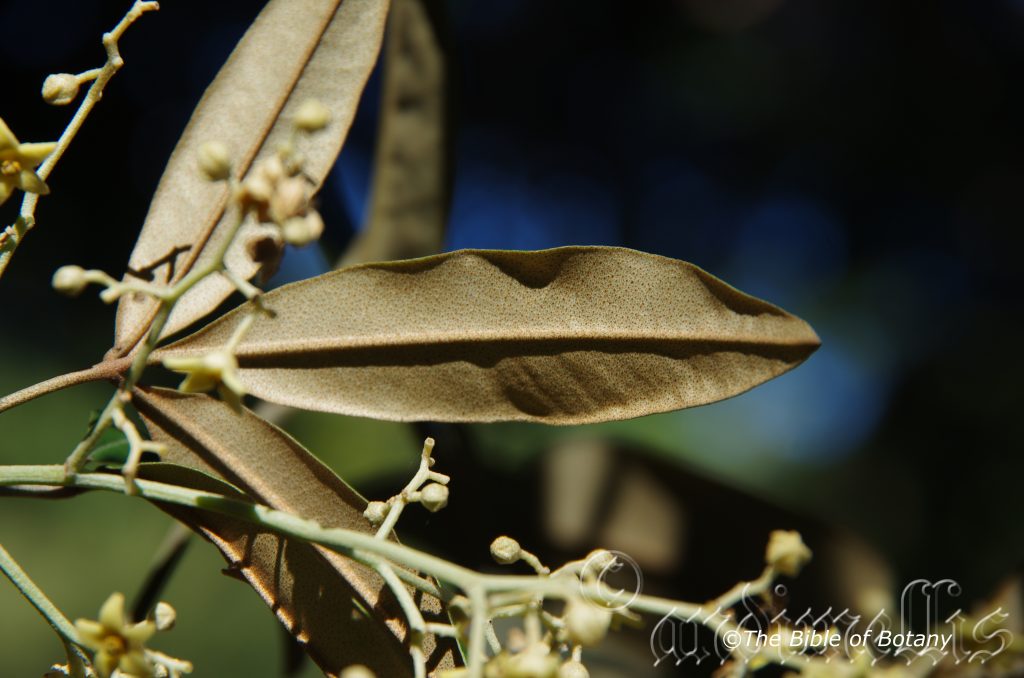
Anderson Gardens Townsville Qld.
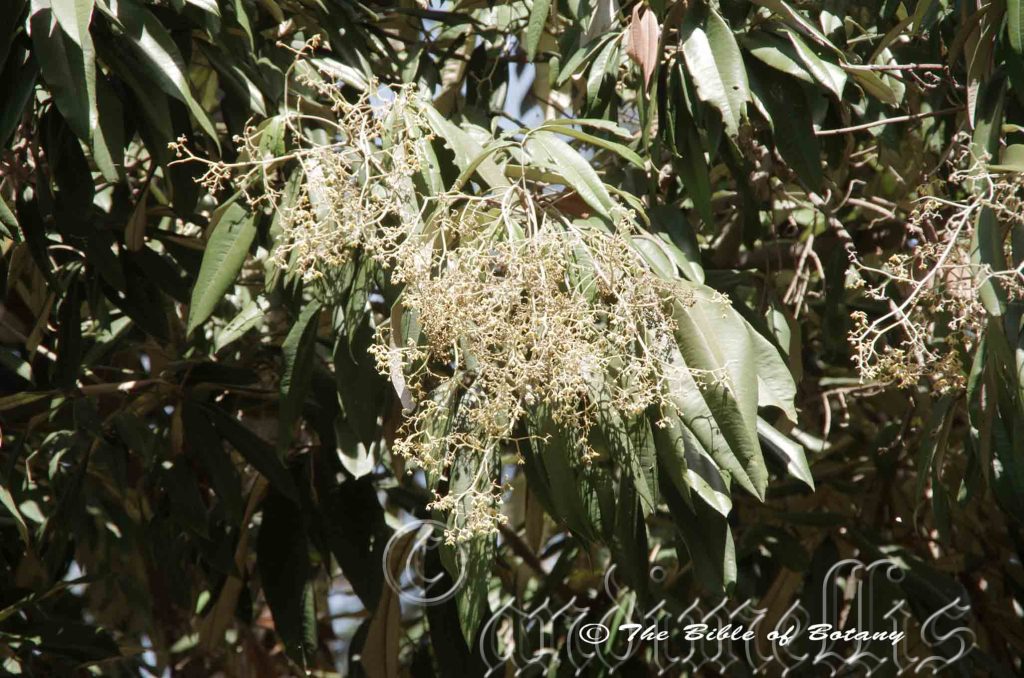
Anderson Gardens Townsville Qld.
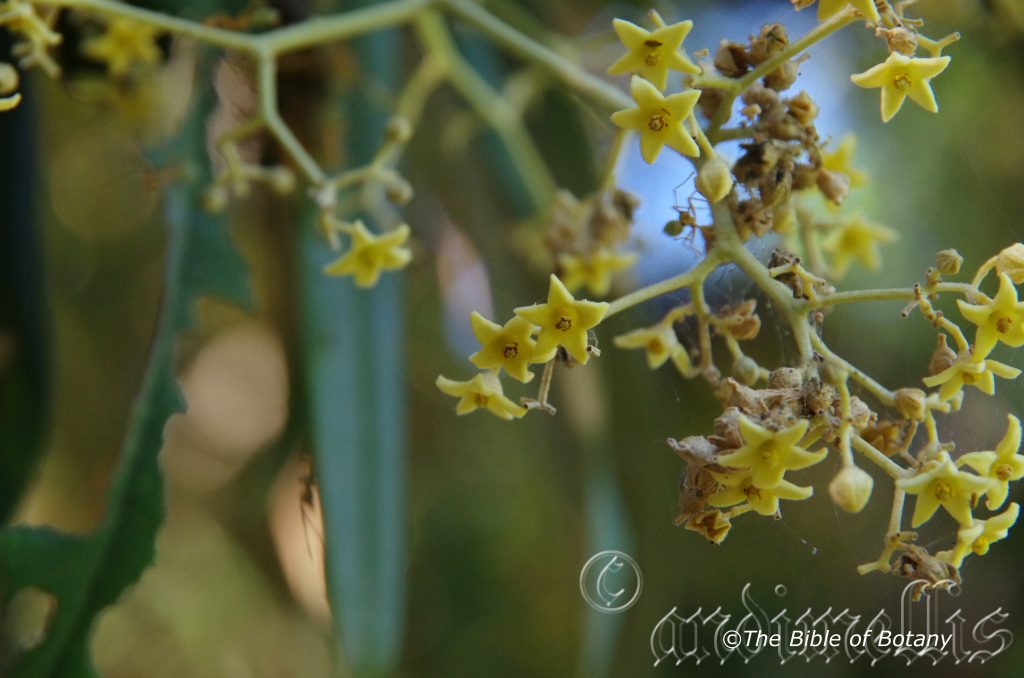
Anderson Gardens Townsville Qld.
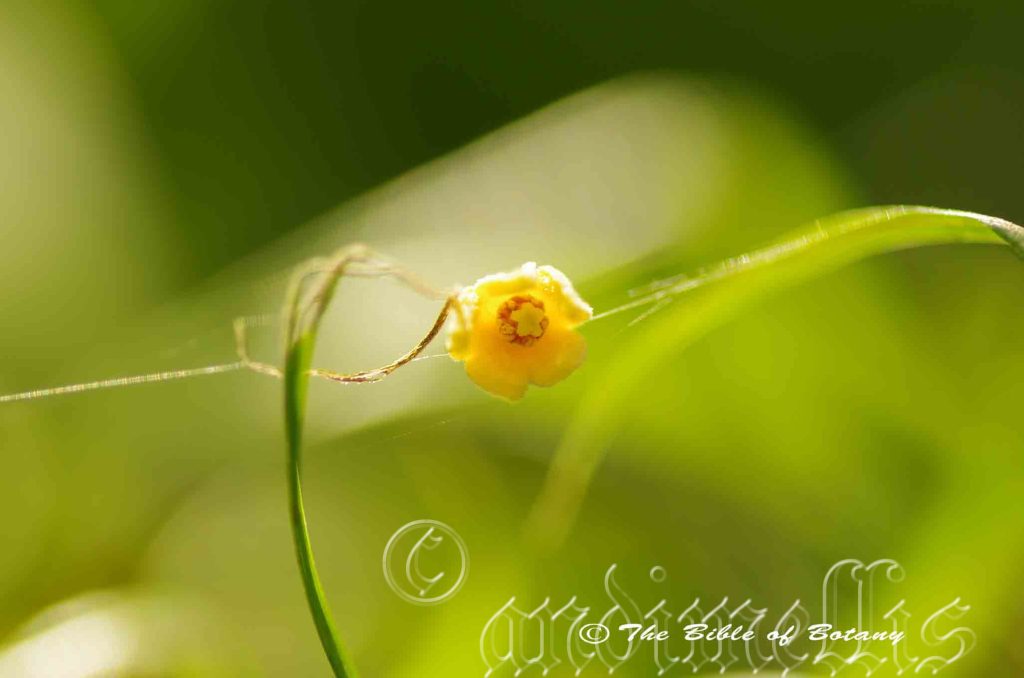
Anderson Gardens Townsville Qld.
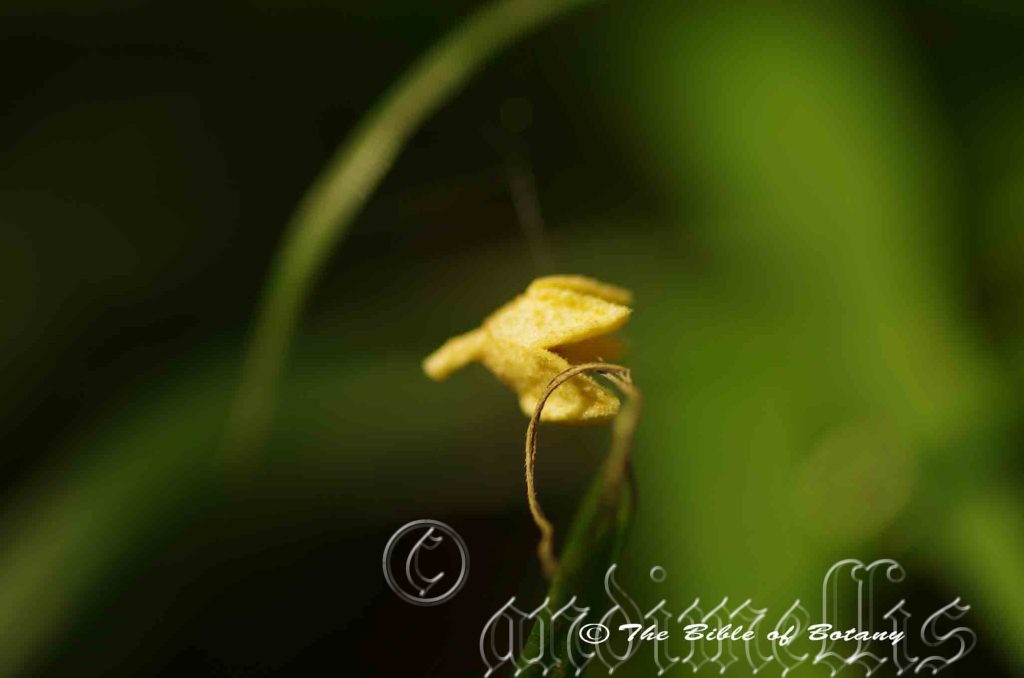
Anderson Gardens Townsville Qld.
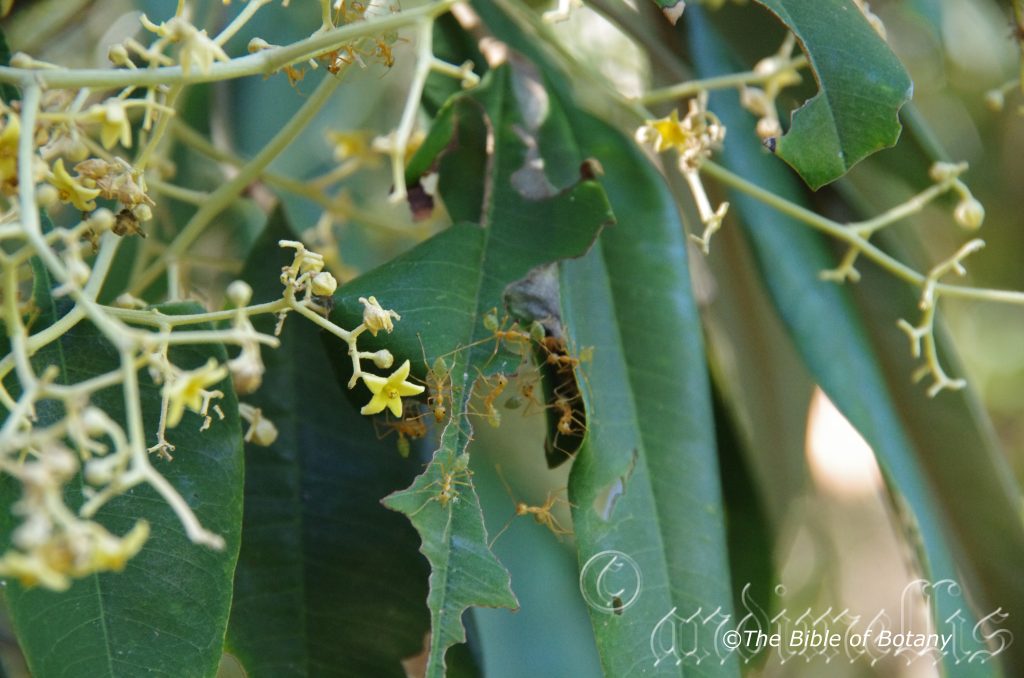
Anderson Gardens Townsville Qld.
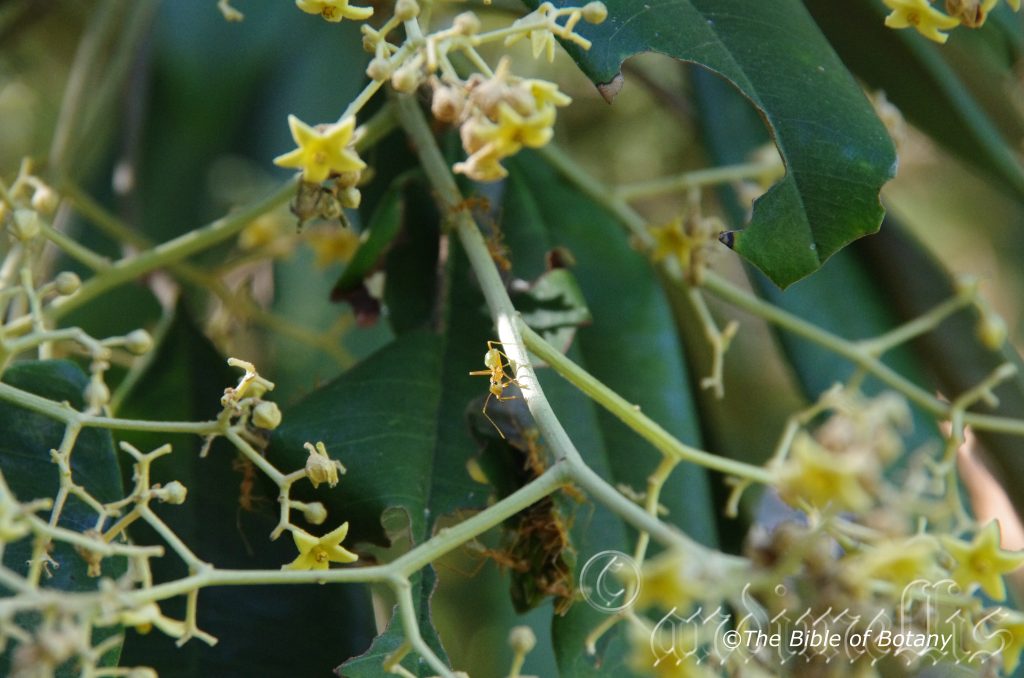
Anderson Gardens Townsville Qld.
Argyrodendron trifoliolatum
Classification:
Class: Equisetopsida
Order: Malvales
Family: Malvaceae
Genus: From Argillos, which is Greek, and later Latin for bright and silvery or white and Dendron, which is Ancient Greek for a tree. It refers to the lower laminas, which are silvery-tan and the appearance of the trees from a distance when in flower.
Specie:From Treis/Tria, which are Ancient Greek or later Tri, which is Latin for three and Folium, which is Latin for foliage. It refers to plants, which have three leaflets on short petiolules.
Sub specie:
Common Name: White Booyong or Crows Foot Elm
Distribution:
Argyrodendron trifoliolatum is found in several disjunct populations south from the Endeavour River in far north eastern Queensland to Bellingen Island Reserve in central coastal New South Wales. It is found on the coastal ranges and the Great Dividing Range but usually does better at the higher altitudes.
https://avh.ala.org.au/occurrences/search?taxa=Argyrodendron+trifoliolatum#tab_mapView
Habitat Aspect Climate:
Argyrodendron trifoliolatum prefers light dappled shade to full shade. It grows in moist well developed rainforests. The altitude ranges from 10 meters ASL to 820 meters ASL.
The temperatures range from 4 degrees in July to 38 degrees in January.
The rainfalls range from a low of 1100mm to an average of 3000mm annually.
Soil Requirements:
Argyrodendron trifoliolatum prefers better quality red sandy loams to red or black medium clays. The soils are usually derived from decomposed black basalts or brown basalts or at times alluvial deposits. The pH ranges from 5pH to 6.5pH. It does not tolerate waterlogged soils. None saline soils to moderately saline soils are tolerated.
Height & Spread:
Wild Plants:30m to 40m by 15m to 20m.
Characteristics:
Argyrodendron trifoliolatum‘s trunk is prominently buttressed for several meters above the ground on large trees. The deep grey to over deep grey-brown bark is hard, fissured and persistent. The bark is persistent on the trunk and young branches. The branchlets are pale green and glabrous.
Argyrodendron trifoliolatum‘s trifoliate leaflets are lanceolate to oblanceolate and measure 80mm to 150mm in length by 12mm to 60mm in width. The middle leaflet is often slightly larger than the two lateral leaflets. The petioles and petiolules are covered in minute silvery to pale silvery-brown or even fawnish-brown scales. The petioles measure 5mm to 80mm in length while the petioles measure 2mm to 10mm in length while the petiolules measure 3mm to 8mm in length. The bases are tapered becoming shortly attenuate while the apexes are narrow acuminate. The discolourous laminas are deep green, glabrous and semi glossy on the upper lamina while the lower laminas are covered in white, silvery or fawnish-brown scales. The laminas recurve slightly upwards from the mid vein to the margins and decurve downwards close to the apex. The margins are entire and undulating. The mid vein is strongly prominent while the while the 24 to 40 lateral veins are variably, slightly to moderately prominent on the lower lamina. The mid vein is prominent while the lateral veins are slightly depressed to slightly prominent on the upper lamina.
Argyrodendron trifoliolatum inflorescences are born on lose axillary and terminal panicles which are shorter than the leaves. The green pedicel, rachis and peduncles are moderately to densely covered in deep rusty-brown and or fawnish-brown stellate scales tufts and stellate hairs which extend to the outer surface of the petals. The inner surfaces of the petals are sparsely covered in white stellate hairs or are finely tuberculate. The 5 white, elliptical petals measure 6mm to 7mm in length by 3mm to 4mm in width. The inner surface of the perianth tube is covered in fine tuberculate lumps. The perianth measures 1mm to 2mm in length.
The 15 gynandrous anthers form a ring surrounding the upper portion of the style. The cream or brown filaments are covered in minute fawnish scales. The 5 lobed stigma is white while the white pistil measures 2.5mm to 3.5mm in length.
The fruits are flat oblong samaras with the seed attached to the narrower end. The glabrous samaras measure 35mm to 60mm in overall length by 12mm to 20mm in width overall. The orbicular seed is moderately covered in stellate scales as is the lower portion of the wing. The flattish ovate seed measures 6mm to 9mm in diameter.
Wildlife:
Argyrodendron trifoliolatum wildlife is unknown to the author.
Cultivation:
It would make an good fire retardant large tree.
* Fire retardant plants act as radiant heat screens and absorb more heat from an approaching fire without burning.
* Fire retardant trees are able reduce wind speed near a house or out buildings.
* Fire retardant also trap embers and sparks carried by the wind.
* Fire retardant ground covers are able to catch burning embers without catching fire themselves, and also slow the travel of a fire through debris and litter on the ground.
Argyrodendron trifoliolatum is a large tree only suitable for large gardens. Where it can be planted it can be used to great effect as a central feature in a rainforest garden. It is a good tree offering quick growth with garden specimens probably growing 20 meters to 30 meters in height by 10 meters to 16 meters in diameter when grown in the open.
Most epiphytic orchids and ferns can be grown on the upper trunk and larger branches. Asplenium nidus and Asplenium australisica are frequently seen growing in between the buttresses with Drynaria specie in far north Queensland.
Propagation:
Seeds: Argyrodendron trifoliolatum seeds can be sown directly into a seed raising mix or directly into 75mm native tubes but are best sown directly into 25mm native tubes. A plant with a 150mm long shoot will produce a long tap root which is as long as the above ground shoot. When the seedlings are 75mm to 100mm tall, prick them out and plant them into 90mm native tubes using a good quality seed raising mix or plant them directly into a protected shady position in the garden.
Most nurseries find it best to plant 2 or 3 seeds directly into each 75mm native tube. This saves transplanting and the trees do not set back on being transplanted. The strongest shoot should be kept with the one or two weaker seedlings being cut back at ground level.
Plants may need guards on them initially to protect them against frosts until established.
Fertilize using Seaweed, fish emulsion or organic chicken pellets soaked in water on an alternate basis. Fertilize every two months until the plants are established then annually in early September or March to maintain health and vitality.
Further comments from readers:
Hi reader, it seems you use The Bible of Botany a lot. That’s great as we have great pleasure in bringing it to you! It’s a little awkward for us to ask, but our first aim is to purchase land approximately 1,600 hectares to link several parcels of N.P. into one at The Pinnacles NSW Australia, but we need your help. We’re not salespeople. We’re amateur botanists who have dedicated over 30 years to saving the environment in a practical way. We depend on donations to reach our goal. If you donate just $5, the price of your coffee this Sunday, We can help to keep the planet alive in a real way and continue to bring you regular updates and features on Australian plants all in one Botanical Bible. Any support is greatly appreciated. Thank you.
In the spirit of reconciliation we acknowledge the Bundjalung, Gumbaynggirr and Yaegl and all aboriginal nations throughout Australia and their connections to land, sea and community. We pay our respect to their Elders past, present and future for the pleasures we have gained.
Aristida acuta
Classification:
Unranked: Monocots
Unranked: Commelinids
Order: Poales
Family: Poalaceae
Subfamily: Arundinoideae
Tribe: Aristideae
Genus: From Aristatus, which is Latin for a long appendage. It refers to organs, which have prominently long appendages at the apex.
Specie: From Acutatum, which is Latin for sharpened, or to sharpen. It refers to apexes on leaves, phyllodes, calyxes or sepals, which taper to a definite point.
Sub specie:
Common Name:
Distribution:
Aristida acuta is found south from Mount Carbine in coastal central Queensland to Singleton in central coastal New South Wales. It is mainly found on and east of the Great Dividing Range with several disjunct populations being found west of the Great Dividing Range near Mount Isa, Bogantungan, Carnarvon Gorge and Peneplain near Cobar.
https://avh.ala.org.au/occurrences/search?taxa=Aristida+acuta#tab_mapView
Habitat Aspect Climate:
Aristida acuta prefer full sun to partial shade. It is found on flats and plains in open forests and open woodlands. The altitude ranges from 250 meters ASL to 1100 meters ASL.
The temperatures range from minus 2 degrees in August to 38 degrees in January.
The rainfall ranges from lows of 450mm to 2200mm average per annum.
Soil Requirements:
Aristida acuta prefer sandy loams to medium clays. The soils are derived from most types of decomposed sandstones granites, basalts, shales and metamorphic rocks. The soil’s pH ranges from 4.5pH to 6pH. It does not tolerate waterlogged soils. None saline soils to moderately saline soils are tolerated.
Height & Spread:
Wild Plants: 0.6m to 1.2m by 0.2m to 0.3m.
Characteristics:
Aristida acuta is a clumped perennial herb with a short creeping rhizome. The tall straight, erect stems are mid green to bright grass-green. The mid culms internodes are glabrous as are the lateral branches. The sheath surrounding the nodes are smooth or scaberulous and glabrous on surface. The ligules have a fringe of hairs which measure 0.5mm in length.
The linear leaves of Aristida acuta are erect, straight and measure 70mm to 130mm in length by 1mm to 1.5mm in width. The bases are clasping while the apexes are acute. The concolourous laminas are deep grass-green and scabrous. The margins are entire and conduplicate or involute or convolute.
The inflorescences of Aristida acuta are compound panicles born from the base. The erect panicles stand above the foliage and are linear to elliptical. They measure 150mm to 300mm in length by 10mm to 20mm in diameter.
The pedicelled spikelets are grouped in fours along the panicle with 1 flower and 1 fertile spikelet. The spikelets are without a rachillae extension, are lanceolate, terete and measure 8mm to 15mm in length.
The glumes are similar and thinner than the fertile lemmas. The lower glumes are lanceolate, membranous and measure 6mm to 14mm in length. The lower glume has a single keel with 1 to 3 nerves. The lower glume’s apex is awned.
The upper glumes are lanceolate, membranous and measure 6.5mm to14mm in length. The upper glume has a single keel with 1 to 3 nerves. The upper glume’s apex is entire and awned.
The fertile lemmas are without keels, have 3 nerves and measure 7mm to 9mm in length. The 3 awns have 2 rows of acute saw like teeth and measure 8mm to 13mm in length. The palea are without keels.
The flowers have 3 stamens and a minute pistillate. The flowers appear from December to early March in favourable years.
The elliptical grains measure 4.5mm to 6mm in length by 1.8mm to 2.5mm in diameter. The green seeds turn deep purple to pale straw coloured when ripe.
Wildlife:
Aristida acuta is suitable for erosion control in exposed dry riparian zones.
It is suitable for erosion control in exposed dry riparian zones. It is considered to be a particularly good fodder crop and is an essential food source and nutrition if you are one of our wombats. (Vombatus ursinus, Lasiorhinus latifrons & Lasiorhinus krefftii)
The plants make excellent habitat refuges for quails, reptiles and small birds.
Cultivation:
Aristida acuta is not considered to be particularly good fodder crop but is eaten mainly for bulk and fibre.
Aristida acuta is a medium clump like plant that should be more widely grown especially in landscaping projects where the soils are of a poor quality. In cultivation they will grow 0.8meter to 1 meter in height by 300mm to 400mm in diameter when grown in a sunny open situation in small clumps or 3 to 5. It must be grown in full sun or bright dappled light to maintain dense healthy plants.
It is most suitable for use around sunny swimming pools, courtyards, and rockeries or adjacent to natural bush gardens. Clump plantings do the plants greater justification especially when it is in flower. Medium fish or frog ponds will benefit from Aristida acuta vertical growth and purple inflorescences during summer.
Cut flowers last for long periods indoors and they can be used in dried arrangements to great effect. I have also tried on few occasions to have the flowers of Aristida acuta introduced to the floral trade without success.
If it is placed around a pool, courtyards or other confined spaces then plant them in small groups or scatter plant them in groups for a more informal natural look against walls to help soften them. Using rocks and small boulders can make the pool or any water feature appear like an oasis. The leaves and flowers can make a great start for the larger heath or desert setting if planted on the margins. Be careful not to over plant as they will look out of place and weedy.
If companion plants are sought then the choice of plants to use either side or between is limited only by size of the area to be landscaped and the size of the other plants as they should be no more than 250mm in height to draw attention to Aristida acuta .
Aristida acuta would make outstanding contribution to a drier heath garden. Here they can be used as the vertical growth, scattered in clumps near the margins the heath scene. When you design a flat heath garden which Aristida acuta is well suited so try not to use contours or straight lines to display the plants as heath lands are almost always flat or have a slight rise and plants grow in a random manner. Mixed, contrasting foliage like that found in Actinotis helianthi, small prostrate Grevillea sp., Hibbertia linearis or Hibbertia diffusa can be dynamic and spectacular.
Propagation:
Seeds: Collecting seeds from mature plants of Aristida acuta is not difficult when it is fully ripe. The fresh seeds can be sown directly into a seed raising mix with the sepals still attached covering them to a depth of 5mm. The seeds germination quickly with a strike rate of over 80mm should be attained.
When the seedlings are 20mm to 30mm tall, prick them out and plant them into 50mm native tubes using a good quality mix.
Once the seedlings reach 100mm to 150mm in height plant them out into their permanent position.
Fertilize using Seaweed, fish emulsion or organic chicken pellets soaked in water on an alternate basis. Fertilize every two months until the plants are established then annually in early September or March to maintain health, vitality and better flowering.
Division: When growing from divisions remove the plant from the soil and just cut it into 3 or 4 equal parts, first down the middle then halve those sections again. Remove unwanted dead material and any old small clumps that look weak. Plants can be divided further but ensure each division has a several strong shoots and healthy roots attached to the tuff. Replant ensuring the soil is at the same level as before. Water and fertilize. New shoots will appear within two weeks.
If it is being mass planted for a feature, plant them at 1 meter centers for small clumps and 3 meters centers for the clumps.
Further comments from readers:
Hi reader, it seems you use The Bible of Botany a lot. That’s great as we have great pleasure in bringing it to you! It’s a little awkward for us to ask, but our first aim is to purchase land approximately 1,600 hectares to link several parcels of N.P. into one at The Pinnacles NSW Australia, but we need your help. We’re not salespeople. We’re amateur botanists who have dedicated over 30 years to saving the environment in a practical way. We depend on donations to reach our goal. If you donate just $5, the price of your coffee this Sunday, We can help to keep the planet alive in a real way and continue to bring you regular updates and features on Australian plants all in one Botanical Bible. Any support is greatly appreciated. Thank you.
In the spirit of reconciliation we acknowledge the Bundjalung, Gumbaynggirr and Yaegl and all aboriginal nations throughout Australia and their connections to land, sea and community. We pay our respect to their Elders past, present and future for the pleasures we have gained.
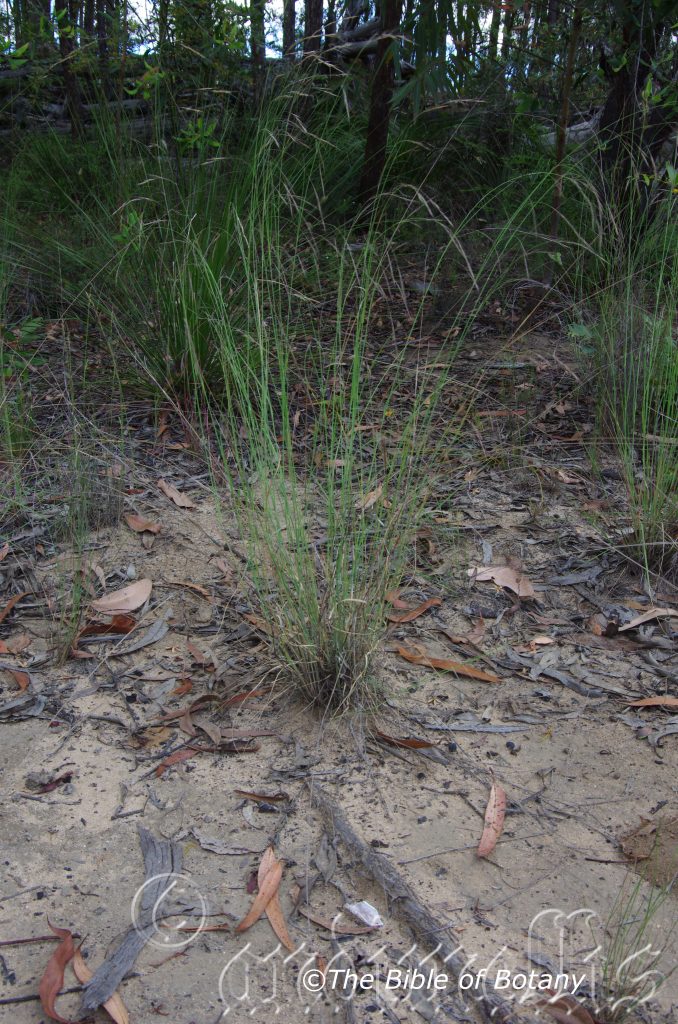
Author’s Garden The Pinnacles NSW
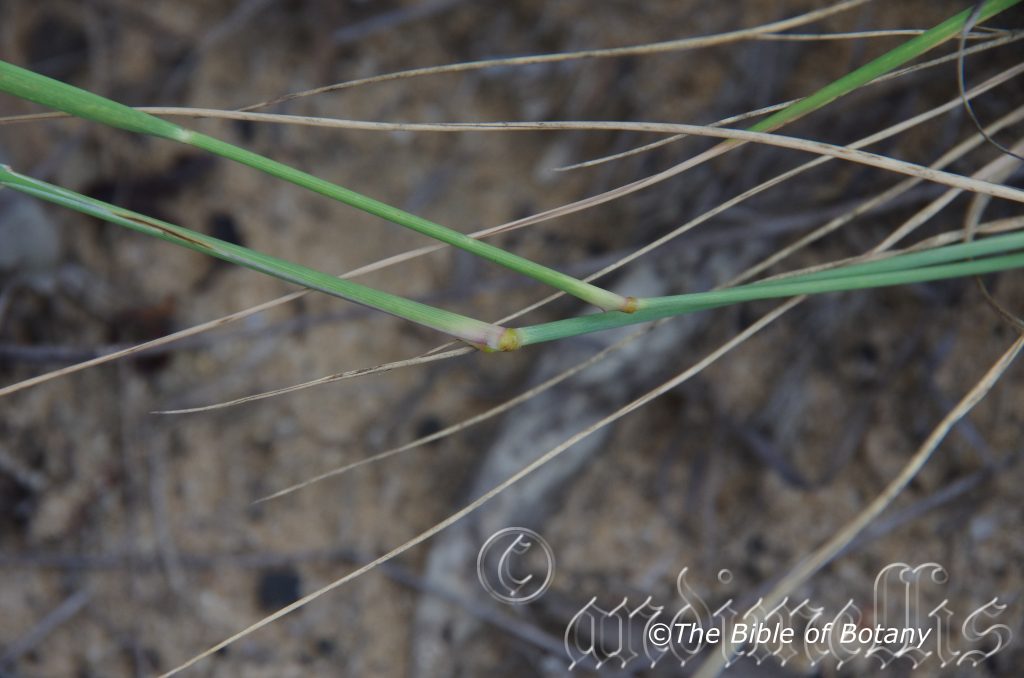
Author’s Garden The Pinnacles NSW
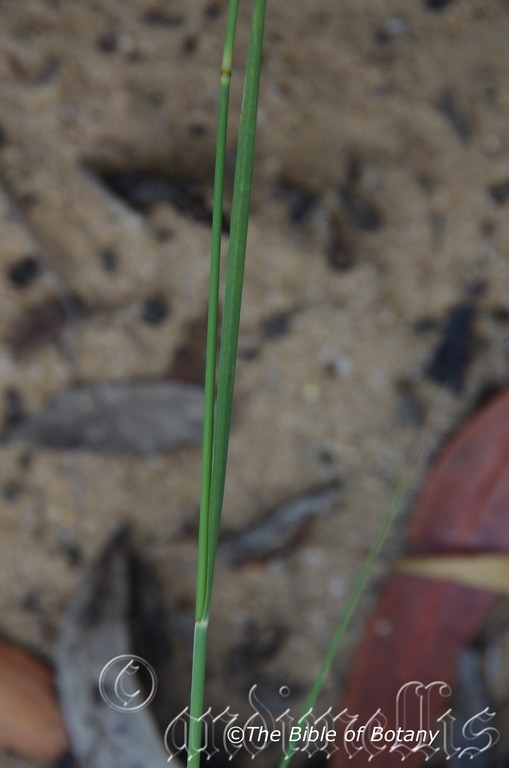
Fortis Creek National Park
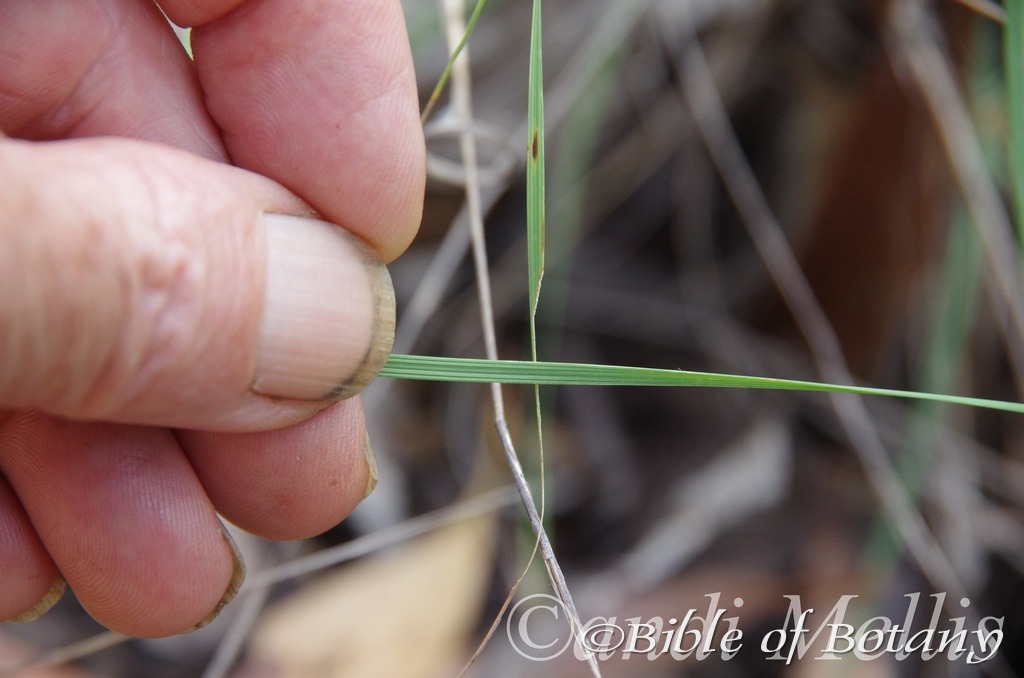
Author’s Garden The Pinnacles NSW
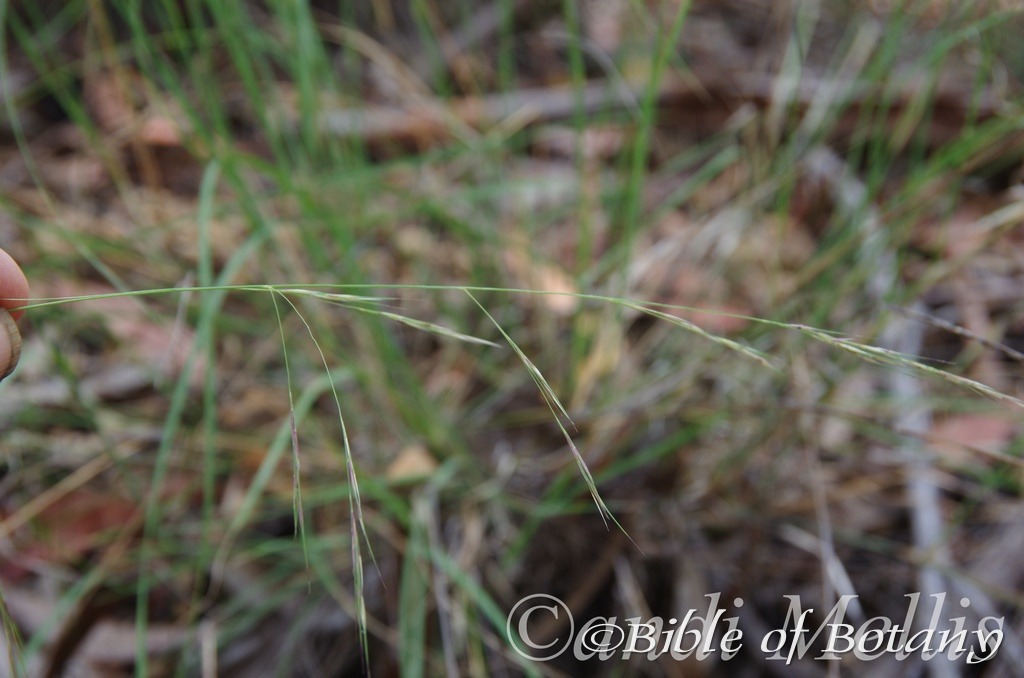
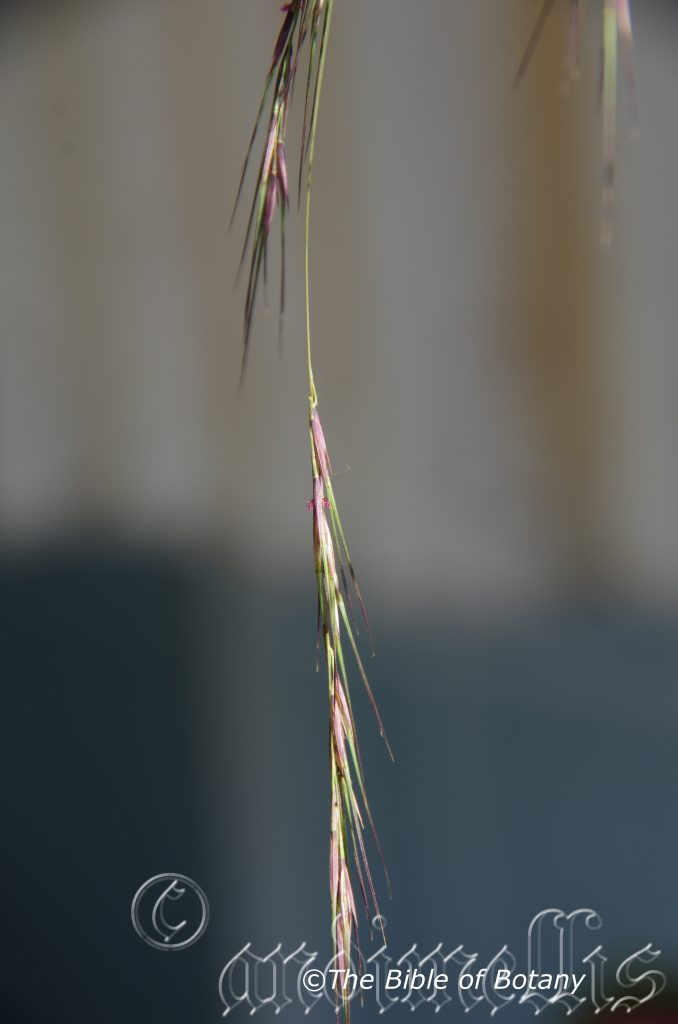
Author’s Garden The Pinnacles NSW
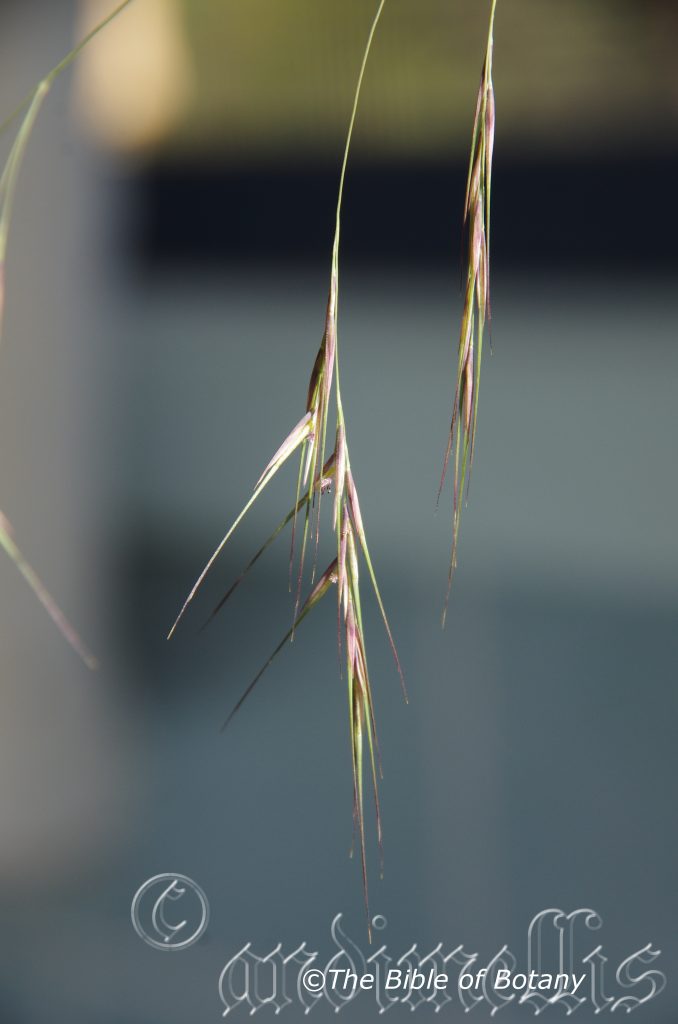
Author’s Garden The Pinnacles NSW
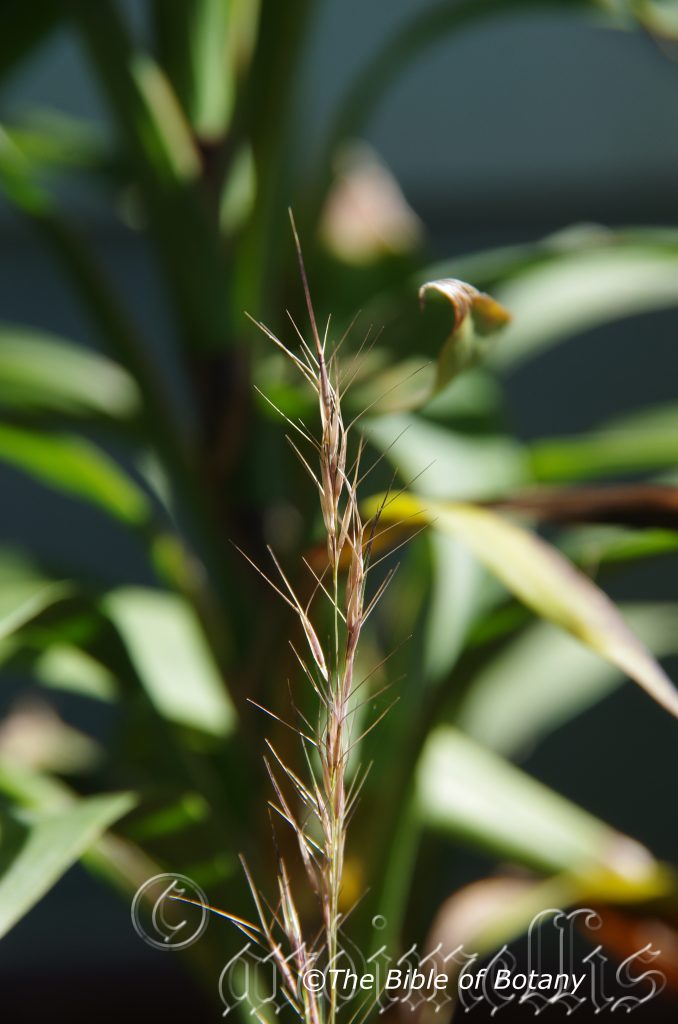
Author’s Garden The Pinnacles NSW
Aristida benthamii
Classification:
Unranked: Monocots
Unranked: Commelinids
Order: Poales
Family: Poalaceae
Subfamily: Arundinoideae
Tribe: Aristideae
Genus: From Aristatus, which is Latin for a long appendage. It refers to organs, which have prominently long appendages at the apex.
Specie: Is named in honour of George Bentham; 1800-1884, who was an English botanist who undertook the reclassification of Australian seed plants into families.
Sub specie:
Common Name: Three Winged Spear Grass.
Distribution:
Aristida benthamii are found in a line south and east from Ravenshoe to Cloncurry to Tower Hill then south to the Bracker State Forest in Queensland to the Tuross River in central coastal New South Wales.
There are several disjunct populations along the east coast of Tasmania.
https://avh.ala.org.au/occurrences/search?taxa=Aristida+benthamii#tab_mapView
Habitat Aspect Climate:
Aristida benthamii prefer full sun to light shade. It is found on flats and plains in open woodlands, open forests and grasslands. The altitude ranges from 15 meters ASL to 900 meters ASL.
The temperatures range from minus 3 degrees in August to 38 degrees in January.
The rainfall ranges from lows of 400mm to 2000mm average per annum. An unusual feature here is that it appears to be absent from areas with an annual rainfall from 800mm to 1000mm per annum.
Soil Requirements:
Aristida benthamii prefer deep or skeletal sandy soils, light gritty clays or sands and loams that contain a lot of porous rock. It is usually found on soils derived from most types of decomposed sandstones or granites or at times accumulated sands. The soil’s pH ranges from 4.5pH to 7pH. It does not tolerate waterlogged soils. Non saline soils to moderately saline soils are tolerated.
Height & Spread:
Wild Plants: 0.6m to 1m by 0.2m to 0.3m.
Characteristics:
Aristida benthamii are tuft perennial grasses with a short creeping rhizome. The tall straight, erect stems are mid green to bright grass-green. The mid culms internodes are glabrous as are the lateral branches. The sheaths are abruptly narrowed at the junctions of the 2 leaves. The glabrous laminas are covered in white antrorse hairs. The ligules have a fringe of hairs which measure 0.3mm in length.
The linear leaves of Aristida benthamii are erect, straight and measure 70mm to 130mm in length by 1mm to 1.5mm in width. The bases are clasping while the apexes are acute. The concolourous laminas are deep grass-green and scabrous. The margins are entire, flat, conduplicate, involute or convolute.
The ligules measure 0.3mm to 0.4mm in length by 1mm to 3mm in width. The ligule blades are flat or conduplicate and bristly, striate, flexuous or curly and scabrous.
The inflorescences of Aristida benthamii are compound or simple panicles born from the base. The erect panicles stand above the foliage are narrow, disjunct along the raceme and occasionally branched. They measure 140mm to 300mm in length by 10mm to 20mm in diameter.
The pedicelled spikelets are single, paired or at times three along the panicle with 1 flower and 1 fertile spikelet. The spikelets are without a rachillae extension, are lanceolate, terete and measure 5.5mm to 9mm in length.
The glumes are sub equal to dissimilar and thinner than the fertile lemmas. The lower glabrous glumes are lanceolate, membranous and measure 4.5mm to 9mm in length. The lower glume has a single keel with a single nerve. The lower glume’s apex is mucronate.
The upper glumes are linear to narrow ovate, membranous scabrous or glabrous and measure 5.5mm to9mm in length. The upper glume has a single keel without nerves. The upper glume’s apex is entire or erosa, muticus or mucronate.
The linear to elliptical fertile lemmas are without keels with 3 nerves and measure 3.5mm to 7mm in length. The 3 awns are deep purple-brown to deep brown and measure 9mm to 15mm in length. The palea are without keels.
The flowers have 3 stamens and a minute pistillate. The flowers appear from December to late February in favourable years.
The elliptical grains measure 3mm to 4mm in length by 0.6mm to 0.9mm in diameter.
Wildlife:
Aristida benthamii is suitable for erosion control in exposed dry riparian zones.
It is suitable for erosion control in exposed dry riparian zones. It is considered to be particularly good fodder crop and is an essential food source and nutrition if you are a wombat. (Vombatus ursinus, Lasiorhinus latifrons & Lasiorhinus krefftii)
The plants make excellent habitat refuges for quails, reptiles and small birds. Aviary birds relish the seeds.
Cultivation:
Aristida benthamii is not considered to be particularly good fodder crop but is eaten mainly for bulk and fibre.
Aristida benthamii is a medium clump like plant that should be more widely grown especially in landscaping projects where the soils are of a poor quality. In cultivation it will grow 0.8 meters to 1 meter in height by 300mm to 400mm in diameter when grown in a sunny open situation. It must be grown in full sun or bright dappled light to maintain dense healthy plants.
It is better suited for use around sunny swimming pools, courtyards, and rockeries or adjacent to natural bush gardens. Clumps of 3 to 5 plants even in small areas, really do the plants justification especially when it is in flower. Medium fish or frog ponds will benefit from Aristida benthamii‘s vertical growth and purple inflorescences during summer.
Cut flowers last for long periods indoors and they can be used in dried arrangements to great effect. I have also tried on few occasions to have the flowers of Aristida benthamii introduced to the floral trade without success.
If it is placed around a pool, courtyards or other confined spaces then plant them in small groups or scatter plant them in groups for a more informal natural look against walls to help soften them. Using rocks and small boulders can make the pool or any water feature appear like an oasis. The leaves and flowers can make a great start for the larger heath or desert setting if planted on the margins. Be careful not to over plant as they will look out of place and weedy.
If companion plants are sought then the choice of plants to use either side or between is limited only by size of the area to be landscaped and the size of the other plants as they should be no more than 250mm in height to draw attention to Aristida acuta.
Aristida benthamii would make outstanding contribution to a drier heath garden. Here they can be used as the vertical growth, scattered in clumps near the margins the heath scene. When you design a flat heath garden which Aristida benthamii is well suited so try not to use contours or straight lines to display the plants as heath lands are almost always flat or have a slight rise and the plants grow in a random manner. Mixed, contrasting foliage like Actinotis helianthi and a small prostrate Grevillea sp., Hibbertia linearis or Hibbertia viscosa can be dynamic and spectacular.
Propagation:
Seeds: Collecting seeds from mature plants of Aristida benthamii is not difficult when it is fully ripe. The fresh seeds can be sown directly into a seed raising mix with the sepals still attached covering them to a depth of 5mm. The seeds germination quickly with a strike rate of over 80mm should be attained.
When the seedlings are 20mm to 30mm tall, prick them out and plant them into 50mm native tubes using a good quality mix.
Once the seedlings reach 100mm to 150mm in height plant them out into their permanent position.
Fertilize using Seaweed, fish emulsion or organic chicken pellets soaked in water on an alternate basis. Fertilize every two months until the plants are established then annually in early September or March to maintain health, vitality and better flowering.
Division: When growing Aristida benthamii from divisions remove the plant from the soil and just cut it into 3 or 4 equal parts, first down the middle then halve those sections again. Remove unwanted dead material and any old small clumps that look weak. Plants can be divided further but ensure each division has a several strong shoots and healthy roots attached to the tuff. Replant ensuring the soil is at the same level as before. Water and fertilize. New shoots will appear within two weeks.
If it is being mass planted for a feature, plant them at 1 meter centers for small clumps and 3 meters centers for the clumps.
Further comments from readers:
Hi reader, it seems you use The Bible of Botany a lot. That’s great as we have great pleasure in bringing it to you! It’s a little awkward for us to ask, but our first aim is to purchase land approximately 1,600 hectares to link several parcels of N.P. into one at The Pinnacles NSW Australia, but we need your help. We’re not salespeople. We’re amateur botanists who have dedicated over 30 years to saving the environment in a practical way. We depend on donations to reach our goal. If you donate just $5, the price of your coffee this Sunday, We can help to keep the planet alive in a real way and continue to bring you regular updates and features on Australian plants all in one Botanical Bible. Any support is greatly appreciated. Thank you.
In the spirit of reconciliation we acknowledge the Bundjalung, Gumbaynggirr and Yaegl and all aboriginal nations throughout Australia and their connections to land, sea and community. We pay our respect to their Elders past, present and future for the pleasures we have gained.
Aristida calycina
Classification:
Unranked: Monocots
Unranked: Commelinids
Order: Poales
Family: Poalaceae
Subfamily: Arundinoideae
Tribe: Aristideae
Genus: From Aristatus, which is Latin for a long appendage. It refers to organs, which have prominently long appendages at the apex.
Specie: From Kalyx/Kaliptein, which are Greek for a husk or covering. It refers to plants, which have a conspicuous cup shaped calyx and or sepals.
Variety: Aristida calycina var. calycina: From Kalyx/Kalyptein, which are Greek for a husk or covering. It refers to plants, having a conspicuous cup shaped calyx and or sepals.
Variety: Aristida calycina var. filiform: From Filum, which is Latin for a thread or a thin cord and Forme which is Latin for to take the shape or form of. It refers to a structure or organ, which is thread like.
Variety: Aristida calycina var. praealta: From Praealta, which is Latin for very high. It refers to trees, which are the tallest when compared to other species in the genus.
Variety: Aristida calycina var. strigosa: From Strigosum, which is Latin for lean, lank, thin or meagre. It refers to structures, which have very few organs, and often refers to having stiff bristly hairs.
Variety: Aristida calycina var. typica: From Typikos, which is the Ancient Greek or Typicalis, which is Ancient Latin or later Typicus, which is Modern Latin for typical, average looking or normal. It refers to characteristics of species, which are very typical of the genus or a subspecies or variety that is typical of the species.
Common Name:
Distribution:
Aristida calycina var. calycina is found scattered throughout the Northern Territory and the eastern third of Australia from Cape York Peninsula in far north eastern Queensland to Mount central Victoria.
Aristida calycina var. filiform is found in a few isolated populations in Queensland including on the Newcastle Range near Einsleigh, Dangore State Forest and Gympie on the Great Dividing Range.
Aristida calycina var. praealta is found on the eastern third of Australia from the Kennedy River on Cape York Peninsula in Queensland in the north to Mount Zero in Victoria in the south particularly on the western slopes.
Aristida calycina var. strigosa is found around Windidda in Eremean Province. in central Western Australia and scattered throughout central Australia.
Aristida calycina var. typica is mainly found on the eastern half of Australia with a few isolated populations further west in Western Australia.
https://avh.ala.org.au/occurrences/search?taxa=Aristida+calycina#tab_mapView
Habitat Aspect Climate:
Aristida calycina prefer full sun to light dappled shade. It is found on flats, slopes or hills. It is found in open woodlands and grasslands. The altitude ranges from 5 meters ASL to 1000 meters ASL.
The temperatures range from minus 4 degrees in August to 45 degrees in January.
The rainfall ranges from lows of 150mm to 2800mm average per annum.
Soil Requirements:
Aristida calycina prefer poorer quality, deep sandy loams to light fatty clays. The soils are derived from most types of decomposed sandstone however most parent rock material is satisfactory including granite, basalt, shale, metashales, metamorphic rocks and laterites. The soil’s pH ranges from 4.5pH to 5.5pH. It does not tolerate waterlogged soils. None saline soils to moderately saline soils are tolerated. Non saline soils to moderately saline soils are tolerated are as salt laden winds.
Height & Spread:
Wild Plants: 0.6m to 1.8m by 0.5m to 0.8m.
Characteristics:
Aristida calycina are wiry, tuft perennial grasses with a short creeping rhizome and often strongly branched. The tall straight, erect stems are mid green to bright grass-green. The culms measure 330mm to 1280mm in length. The mid culms internodes are glabrous as are the few lateral branches. The leaf sheaths are glabrous or scabrous and covered in long white antrorse hairs.
The linear leaves of Aristida calycina are erect, straight and measure 200mm to 250mm in length by 1mm to 4mm in width. The bases are clasping while the apexes are acute. The concolourous laminas are deep grass-green, glabrous or scabrous. The margins are entire, usually, conduplicate, involute or convolute or at times flat.
The ligules measure 0.3mm to 0.4mm in length by 1mm to 2mm in width or at times to 3mm in width. The ligule blades are flat or conduplicate and bristly, striate, flexuous or curly and scabrous.
The inflorescences of Aristida calycina are compound or simple panicles born from the base. The erect panicles rise above the foliage are narrow, disjunct along the raceme and frequently branched. They usually measure 100mm to 200mm in length or at times to 320mm in length by 12mm to 20mm in diameter.
The pedicelled spikelets are single, paired or at times three along the panicle with 1 flower and 1 fertile spikelet. The spikelets are without a rachillae extension, are lanceolate, terete and measure 5.5mm to 20mm in length.
The glumes are similar or sub equal and thinner than the fertile lemmas. The lower glumes are lanceolate, glabrous or sparsely covered in white puberulent hairs and measure 6mm to 19mm in length. The membranous lower glume has a single keel with a single to 7 nerves. The lower glume’s apex is muticus or mucronate.
The upper glumes are linear to narrow ovate, membranous scabrous or glabrous and measure 5.5mm to 20mm in length. The upper glume has a single keel with a single nerve. The upper glume’s apex is entire or erosa, muticus or mucronate.
The flowers have 3 stamens. The flowers appear from December to late February in favourable years.
The elliptical grains measure 3mm to 5mm in length by 1.2mm to 2mm in diameter.
Wildlife:
Aristida calycina is suitable for erosion control in exposed dry riparian zones.
It is suitable for erosion control in exposed dry riparian zones. It is considered to be particularly good fodder crop and is an essential food source and nutrition if you are a wombat. (Vombatus ursinus, Lasiorhinus latifrons & Lasiorhinus krefftii)
The plants make excellent habitat refuges for quails, reptiles and small birds. Aviary birds relish the seeds.
Cultivation:
Aristida calycina is not considered to be particularly good fodder crop but is eaten mainly for bulk and fibre.
Aristida calycina is a medium clump like plant that should be more widely grown especially in landscaping projects where the soils are of a poor quality. In cultivation it will grow 1.2 meters to 1.6 meters in height by 300mm to 400mm in diameter when grown in a sunny open situation. They must be grown in full sun or bright dappled light to maintain dense healthy plants.
It is most suitable for use around sunny swimming pools, courtyards, and rockeries or adjacent to natural bush gardens. Mass plantings of 5 or more plants even in small areas; really do the plants justification especially when it is in flower. Medium fish or frog ponds will benefit from Aristida acuta vertical growth and purple inflorescences during summer.
Cut flowers last for long periods indoors and it can be used in dried arrangements to great effect. I have also tried on few occasions to have the flowers of Aristida calycina introduced to the floral trade without success.
If it is placed around a pool, courtyards or other confined spaces then plant them in small groups or scatter plant them in groups for a more informal natural look against walls to help soften them. Using rocks and small boulders can make the pool or any water feature appear like an oasis. The leaves and flowers can make a great start for the larger heath or desert setting if planted on the margins. Be careful not to over plant as they will look out of place and weedy.
If companion plants are sought then the choice of plants to use either side or between is limited only by size of the area to be landscaped and the size of the other plants as they should be no more than 250mm in height to draw attention to Aristida calycina.
Aristida calycina would make outstanding contribution to a drier heath garden. Here they can be used as the vertical growth, scattered in clumps near the margins the heath scene. When you design a flat heath garden which Aristida calycina is well suited so try not to use contours or straight lines to display the plants as heath lands are almost always flat or have a slight rise, with the plants growing in a random manner. Mixed, contrasting foliage like Actinotis helianthi and a small prostrate Grevillea specie or Hibbertia linearis can be dynamic and spectacular.
Propagation:
Seeds: Collecting seeds from mature plants of Aristida calycina is not difficult when it is fully ripe. The fresh seeds can be sown directly into a seed raising mix with the sepals still attached covering them to a depth of 5mm. The seeds germination quickly with a strike rate of over 80mm should be attained.
When the seedlings are 20mm to 30mm tall, prick them out and plant them into 50mm native tubes using a good quality mix.
Once the seedlings reach 100mm to 150mm in height plant them out into their permanent position.
Fertilize using Seaweed, fish emulsion or organic chicken pellets soaked in water and apply the liquid on an alternate basis. Fertilize every month until the plants are established.
Division: When growing Aristida calycina from divisions remove the plant from the soil and just cut it into 3 or 4 equal parts, first down the middle then halve those sections again. Remove unwanted dead material and any old small clumps that look weak. Plants can be divided further but ensure each division has a several strong shoots and healthy roots attached to the tuff. Replant ensuring the soil is at the same level as before. Water and fertilize. New shoots will appear within two weeks.
If it is being mass planted for a feature, plant them at 1 meter centers for small clumps and 3 meters centers for the clumps.
Further comments from readers:
Hi reader, it seems you use The Bible of Botany a lot. That’s great as we have great pleasure in bringing it to you! It’s a little awkward for us to ask, but our first aim is to purchase land approximately 1,600 hectares to link several parcels of N.P. into one at The Pinnacles NSW Australia, but we need your help. We’re not salespeople. We’re amateur botanists who have dedicated over 30 years to saving the environment in a practical way. We depend on donations to reach our goal. If you donate just $5, the price of your coffee this Sunday, We can help to keep the planet alive in a real way and continue to bring you regular updates and features on Australian plants all in one Botanical Bible. Any support is greatly appreciated. Thank you.
In the spirit of reconciliation we acknowledge the Bundjalung, Gumbaynggirr and Yaegl and all aboriginal nations throughout Australia and their connections to land, sea and community. We pay our respect to their Elders past, present and future for the pleasures we have gained.
Aristida lignosa
Classification:
Unranked: Monocots
Unranked: Commelinids
Order: Poales
Family: Poalaceae
Subfamily: Arundinoideae
Tribe: Aristideae
Genus: From Aristatus, which is Latin for a long appendage. It refers to organs, which have prominently long appendages at the apex.
Specie: From Ligneus, which is Latin for woody. It refers to structures or organs, which have the appearance of being woody.
Sub specie:
Common Name:
Distribution:
Aristida lignosa are found south and west from Eungella National Park to Jericho central Queensland, then south east to Wingham in coastal New South Wales. It is mainly found on and west of the Great Dividing Range to 500 kilometres from the coast. There are 2 disjunct populations further north at Herberton and Mount Cooper.
https://avh.ala.org.au/occurrences/search?taxa=Aristida+lignosa#tab_mapView
Habitat Aspect Climate:
Aristida lignosa prefer full sun. It is usually found on mountains on steeper slopes in dry schlerophyll forests. The altitude ranges from 60 meters ASL to 700 meters ASL
The temperatures range from minus 2 degrees in August to 38 degrees in January.
The rainfall ranges from lows of 500mm to 1600mm average per annum.
Soil Requirements:
Aristida lignosa prefer poorer quality, deep sandy loams to medium clays. The soils are derived from decomposed sandstones granites, shales or metamorphic rocks. The soil’s pH ranges from 4.5pH to 5.5pH. It does not tolerate waterlogged soils. None saline soils to moderately saline soils are tolerated.
Height & Spread:
Wild Plants: 0.8m to 2m by 0.5m to 1m.
Characteristics:
Aristida lignosa are very robust, caespitose perennial grasses with a short creeping rhizome and often with strongly branched culms. The tall straight, erect or pendant terete culms are mid green to bright grass-green. The mid culm’s internodes are glabrous as are the few lateral branches. The leaf sheaths are glabrous.
The linear leaves of Aristida lignosa are erect, straight and measure 150mm to 300mm in length by 2mm to 4mm in width. The bases are clasping while the apexes are acute. The concolourous laminas are deep grass-green, glabrous. The margins are entire, flat, conduplicate, involute or convolute. The ligules measure 0.2mm to 1mm in length by 1mm to 2mm in width or at times to 3mm in width.
The inflorescences of Aristida lignosa are compound or simple panicles born from the base. The pendant panicles rise above the foliage are narrow, compact or disjunct along the raceme and frequently branched. They usually measure 70mm to 300mm in length by 5mm to 50mm in diameter.
The pedicelled spikelets are single along the panicle with 1 fertile spikelet. The spikelets are without a rachillae extension, are lanceolate, terete and measure 7mm to 11mm in length.
The glumes are dissimilar, aristulata and thinner than the fertile lemmas. The lower glumes are lanceolate, glabrous and measure 6mm to 9mm in length. The membranous lower glume has a single keel with a single nerve. The lower glume’s apex is entire or muticus.
The upper glumes are lanceolate, membranous, asperulous or scabrous or glabrous and measure 7mm to 10mm in length. The upper glume has a single keel with a single nerve. The upper glume’s apex is entire or erosa, muticus or mucronate.
The linear to elliptical convolute fertile lemmas are without keels with 3 nerves and measure 6mm to 11mm in length. The 3 awns are sub equal with the lateral awns being shorter. The deep purple-brown to deep brown awns measure 17mm to 23mm in length. The palea are without keels.
The flowers have 3 stamens. The flowers appear from December to late February in favourable years.
The elliptical grains measure 3mm to 6mm in length by 0.5mm to 1.2mm in diameter.
Wildlife: Aristida lignosa is suitable for erosion control in exposed dry riparian zones.
The plants make excellent habitat refuges for quails, reptiles and small birds. Aviary birds relish the seeds.
Cultivation:
Aristida lignosa is a medium clump like plant that should be more widely grown especially in landscaping projects where the soils are of a poor quality. In cultivation they will grow 1.5 meters to 1.8 meters in height by 1000mm to 2000mm in diameter when grown in a sunny open situation. They must be grown in full sun or bright dappled light to maintain dense healthy plants.
It is most suitable for use around sunny swimming pools, courtyards, and rockeries or adjacent to natural bush gardens. Mass plantings of 5 or more plants even in small areas; really do the plants justification especially when it is in flower. Medium fish or frog ponds will benefit from Aristida lignosa vertical growth and purple inflorescences during summer.
Cut flowers last for long periods indoors and they can be used in dried arrangements to great effect. I have also tried on few occasions to have the flowers of Aristida lignosa introduced to the floral trade without success.
If it is placed around a pool, courtyards or other confined spaces then plant them in small groups or scatter plant them in groups for a more informal natural look against walls to help soften them. Using rocks and small boulders can make the pool or any water feature appear like an oasis. The leaves and flowers can make a great start for the larger heath or desert setting if planted on the margins. Be careful not to over plant as they will look out of place and weedy.
If companion plants are sought then the choice of plants to use either side or between is limited only by size of the area to be landscaped and the size of the other plants as they should be no more than 250mm in height to draw attention to Aristida lignosa.
Aristida lignosa would make a good contribution to a drier heath garden if planted in small groups to give a denser look. Here they can be used as the vertical growth, scattered in clumps near the margins the heath scene. When you design a flat heath garden which Aristida lignosa is well suited so try not to use contours or straight lines to display the plants as heath lands are almost always flat or have a slight rise and the plants grow in a random state. Mixed, contrasting foliage like mass plantings of Viola betonicifolia, small prostrate Grevillea specie or Hibbertia linearis can be dynamic and spectacular.
Propagation:
Seeds: Collecting seeds from mature plants of Aristida lignosa is not difficult when it is fully ripe. The fresh seeds can be sown directly into a seed raising mix with the sepals still attached covering them to a depth of 5mm. The seeds germination quickly with a strike rate of over 80mm should be attained.
When the seedlings are 20mm to 30mm tall, prick them out and plant them into 50mm native tubes using a good quality mix.
Once the seedlings reach 100mm to 150mm in height plant them out into their permanent position.
Fertilize using Seaweed, fish emulsion or organic chicken pellets soaked in water and apply the liquid on an alternate basis. Fertilize every month until the plants are established.
Division: When growing Aristida lignosa from divisions remove the plant from the soil and just cut it into 3 or 4 equal parts, first down the middle then halve those sections again. Remove unwanted dead material and any old small clumps that look weak. Plants can be divided further but ensure each division has a several strong shoots and healthy roots attached to the tuff. Replant ensuring the soil is at the same level as before. Water and fertilize. New shoots will appear within two weeks.
If it is being mass planted for a feature, plant them at 1 meter centers for small clumps and 3 meters centers for the clumps.
Further comments from readers:
Hi reader, it seems you use The Bible of Botany a lot. That’s great as we have great pleasure in bringing it to you! It’s a little awkward for us to ask, but our first aim is to purchase land approximately 1,600 hectares to link several parcels of N.P. into one at The Pinnacles NSW Australia, but we need your help. We’re not salespeople. We’re amateur botanists who have dedicated over 30 years to saving the environment in a practical way. We depend on donations to reach our goal. If you donate just $5, the price of your coffee this Sunday, We can help to keep the planet alive in a real way and continue to bring you regular updates and features on Australian plants all in one Botanical Bible. Any support is greatly appreciated. Thank you.
In the spirit of reconciliation we acknowledge the Bundjalung, Gumbaynggirr and Yaegl and all aboriginal nations throughout Australia and their connections to land, sea and community. We pay our respect to their Elders past, present and future for the pleasures we have gained.
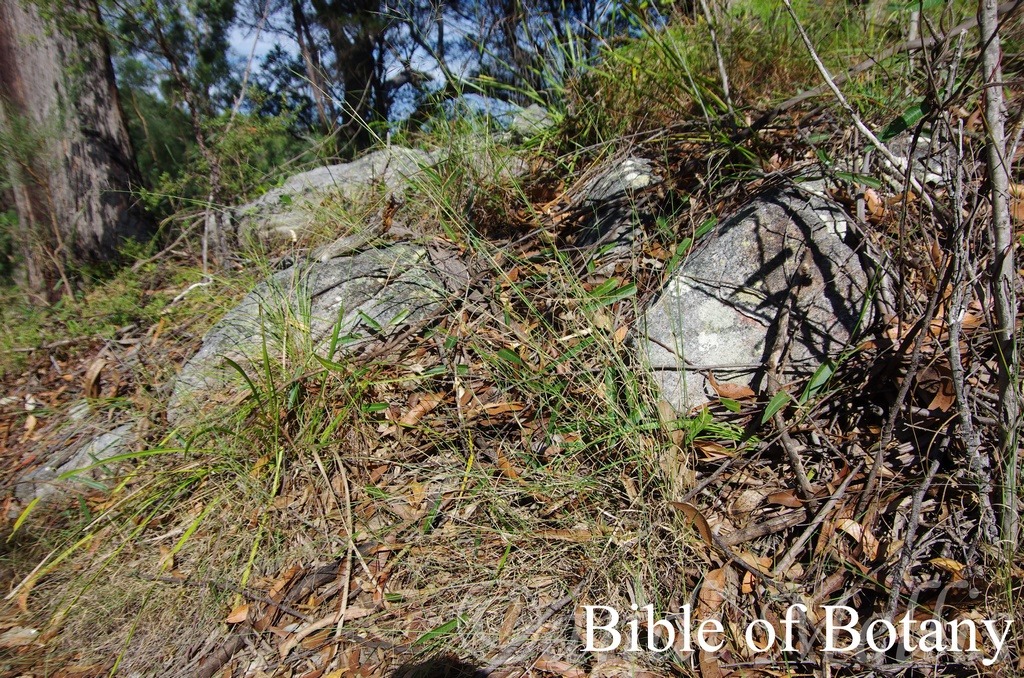
Sherwood Forest Nature Reserve NSW
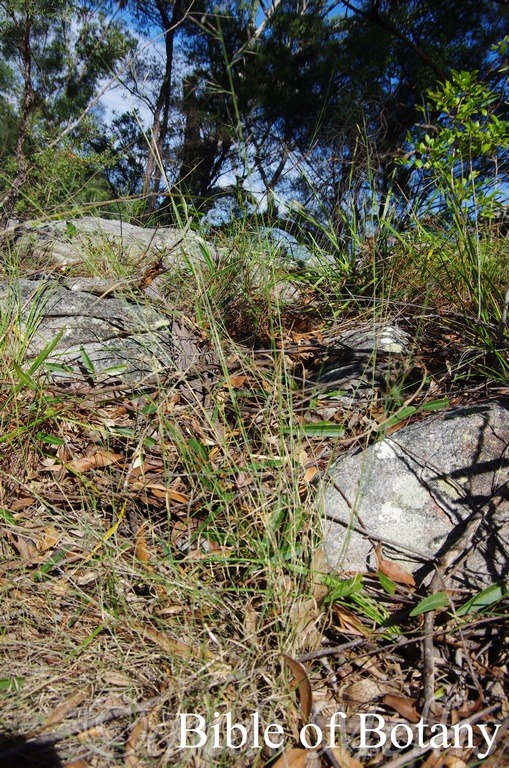
Sherwood Forest Nature Reserve NSW
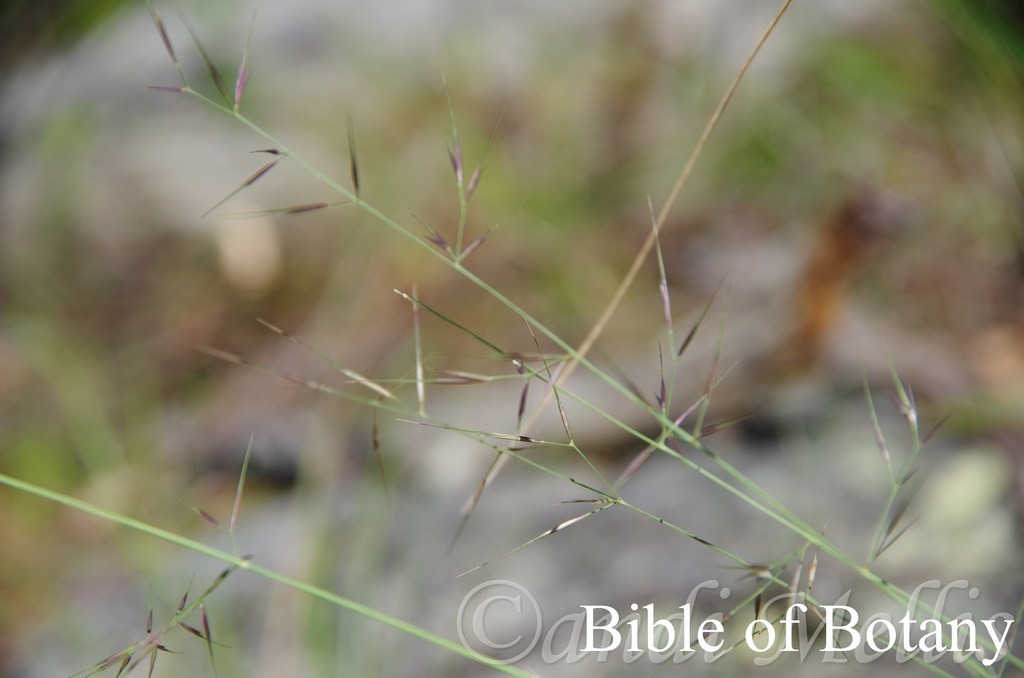
Sherwood Forest Nature Reserve NSW
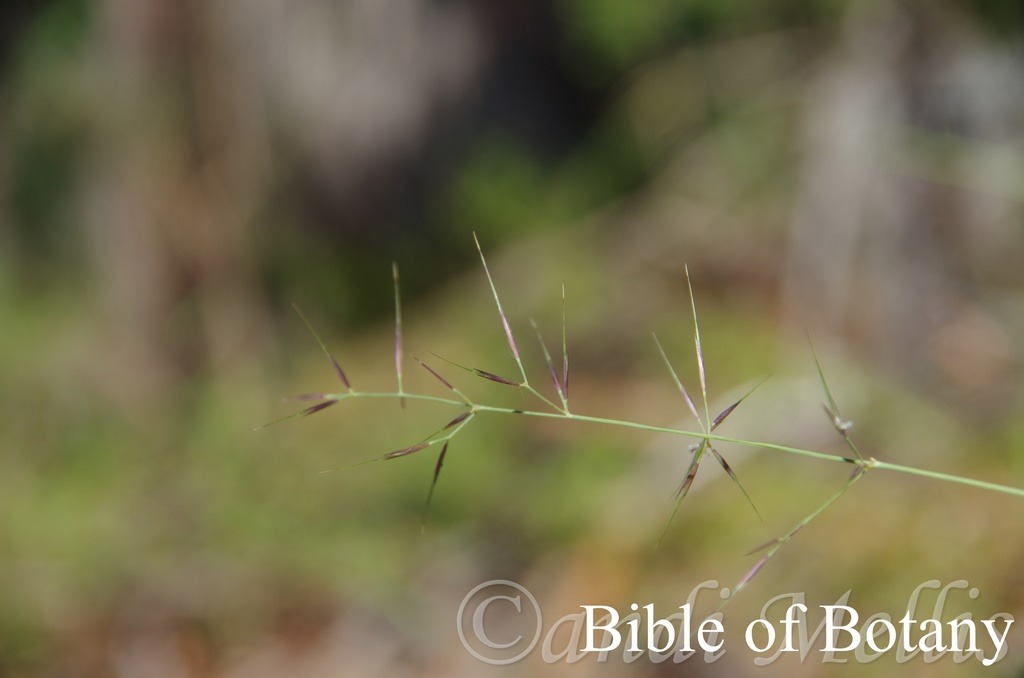
Sherwood Forest Nature Reserve NSW
Aristida queenslandica
Classification:
Unranked: Monocots
Unranked: Commelinids
Order: Poales
Family: Poalaceae
Subfamily: Arundinoideae
Tribe: Aristideae
Genus: From Aristatus, which is Latin for a long appendage. It refers to organs, which have prominently long appendages at the apex.
Specie:From Queensland, which is Latinized for the state of Queensland. It refers to species which were first discovered in Queensland.
Sub specie:
Common Name:
Distribution:
Aristida queenslandica are found from the Palmer River west to the Newcastle Range in northern Queensland and south to Grafton in New South Wales. It is found from the off shore Islands to the western slopes of the Great Dividing Range to Carnarvon Gorge National Park Blackbraes Resources Reserve and White Mountains National Park as well as several disjunct populations in the Northern Territory where it is found from the headwaters of the Flora River in the west, to the southern tip of Kakadu National Park in the north, the Jamison Range in the north east and the MacArthur River headwaters in the south east.
https://avh.ala.org.au/occurrences/search?taxa=Aristida+queenslandica#tab_mapView
Habitat Aspect Climate:
Aristida queenslandica prefer full sun. It grows on flats, hills and undulating plains. It is found from near 2 meters ASL to 780 meters ASL.
The temperatures range from minus 3 degrees in August to 38 degrees in January.
The rainfall ranges from lows of 500mm to 2400mm average per annum.
Soil Requirements:
Aristida queenslandica prefer sandy loams to light fatty clays. The soils are usually derived from decomposed sandstones granites, accumulated coral sands or accumulated peaty beach sands. The soil’s pH ranges from 4.5pH to 8pH. It does not tolerate waterlogged soils. None saline soils to moderately saline soils are tolerated. None saline soils to moderately saline soils are tolerated as are salt laden winds.
Height & Spread:
Wild Plants: 0.3m to 1.1m by 0.2m to 0.6m.
Characteristics:
Aristida queenslandica are very robust, wiry perennial grasses with a short creeping rhizome and often with simple or 2 to 4 fastigiata branched culms. The tall straight, erect, terete culms are mid green to bright blue-green. The lower culm’s internodes are sparsely covered in fine white hirsute or pilose hairs while the upper internodes are glabrous. The culms measure 250mm to 1100mm in length by 1mm to 2mm in diameter. The leaf sheaths are glabrous.
The linear leaves of Aristida queenslandica are erect, straight and measure 200mm to 400mm in length by 2mm to 4mm in width. The bases are clasping while the apexes are acute. The concolourous laminas are deep grass-green, glabrous, scabrous, flexuous and pendant. The margins are entire, flat, conduplicate, involute or convolute. The ligules are glabrous or scabrous or sparsely covered in fine, white hirsute or pilose hairs and measure 1mm to 2mm in length by 1mm to 2mm in width. The ligules fringe hairs measure 0.2mm to 0.5mm in length.
The inflorescences of Aristida queenslandica are compound or simple panicles born from the base. The erect panicles rise above the foliage are narrow elliptical, compact or loose along the thin raceme and frequently branched. They usually measure 70mm to 640mm in length by 2mm to 9mm in diameter.
The pedicelled spikelets are single along the panicle comprising of 1 fertile spikelet. The spikelets are without a rachillae extension, are lanceolate, terete and measure 7mm to 11mm in length. The lanceolate florets are terete without a rachillae extension and measure 6mm to10.5mm in length.
The glumes are similar or slightly dissimilar are acuminate and thinner than the fertile lemmas. The lower glumes are lanceolate, glabrous and measure 5mm to 10mm in length. The membranous lower glume has a single keel with a single nerve. The lower glume’s apex is mucronate. The single keel has a single nerve and is glabrous.
The upper glumes are lanceolate, membranous, asperulous or scabrous or glabrous and measure 5mm to 10.5mm in length. The upper glume has a single keel with a single nerve. The upper glume’s apex is entire or erosa, muticus or mucronate. The single membranous keel has a single nerve and is glabrous. The apex is entire or mucronate or erosa.
The linear to elliptical convolute fertile lemmas are without keels, have 3 nerves and measure 4.6mm to 12mm in length. The 3 awns are sub equal with the lateral awns being shorter. The purple to pale purple filiform awns measure 10mm to 18mm in length. The palea are without keels.
The flowers have 3 stamens. The flowers appear from December to late February in favourable years.
The elliptical grains measure 3.6mm to 6.1mm in length by 0.9mm to 2mm in diameter.
Wildlife:
Aristida queenslandica is suitable for erosion control in exposed dry riparian zones.
It is suitable for erosion control in exposed dry riparian zones. It is considered to be particularly good fodder crop and is an essential food source and nutrition if you are a wombat. (Vombatus ursinus, Lasiorhinus latifrons & Lasiorhinus krefftii)
The plants make excellent habitat refuges for quails, reptiles and small birds. Aviary birds relish the seeds.
Cultivation:
Aristida queenslandica is not considered to be particularly good fodder crop but is eaten mainly for bulk and fibroids. Its biggest advantage is that it is fast growing so is replenished after grazing in a shorter period of time.
Aristida queenslandica is a medium clump like plant that should be more widely grown especially in landscaping projects where the soils are of a poor quality. In cultivation it will grow 0.8 meters to 1 meter in height by 400mm to 600mm in diameter when grown in a sunny open situation. It must be grown in full sun or bright dappled light to maintain dense healthy plants.
It is most suitable for use around sunny swimming pools, courtyards, and rockeries or adjacent to natural bush gardens. Mass plantings of 5 or more plants even in small areas; really do the plants justification especially when it is in flower. Medium fish or frog ponds will benefit from Aristida queenslandica vertical growth and purple inflorescences during summer.
If it is placed around a pool, courtyards or other confined spaces then plant them in small groups or scatter plant them in groups for a more informal natural look against walls to help soften them. Using rocks and small boulders can make the pool or any water feature appear like an oasis. The leaves and flowers can make a great start for the larger heath or desert setting if planted on the margins. Be careful not to over plant as they will look out of place and weedy.
If companion plants are sought then the choice of plants to use either side or between is limited only by size of the area to be landscaped and the size of the other plants as they should be no more than 150mm in height to draw attention to Aristida queenslandica.
Aristida queenslandica would make a good contribution to a drier heath garden. Here they can be used as the vertical growth, scattered in clumps near the margins the heath scene. When you design a flat heath garden which Aristida queenslandica is well suited if small groups are planted close together, so try not to use contours or straight lines to display the plants as heath lands are almost always flat or have a slight rise and the plants grow in a random manner. Mixed, contrasting foliage like mass plantings of Viola betonicifolia, small prostrate Grevillea specie or Hibbertia linearis can be dynamic and spectacular.
Propagation:
Seeds: Collecting seeds from mature plants of Aristida queenslandicais not difficult when it is fully ripe. The fresh seeds can be sown directly into a seed raising mix with the sepals still attached covering them to a depth of 5mm. The seeds germination quickly with a strike rate of over 80mm should be attained.
When the seedlings are 20mm to 30mm tall, prick them out and plant them into 50mm native tubes using a good quality mix.
Once the seedlings reach 100mm to 150mm in height plant them out into their permanent position.
Fertilize using Seaweed, fish emulsion or organic chicken pellets soaked in water and apply the liquid on an alternate basis. Fertilize every month until the plants are established.
Division: When growing Aristida queenslandica from divisions remove the plant from the soil and just cut it into 3 or 4 equal parts, first down the middle then halve those sections again. Remove unwanted dead material and any old small clumps that look weak. Plants can be divided further but ensure each division has a several strong shoots and healthy roots attached to the tuff. Replant ensuring the soil is at the same level as before. Water and fertilize. New shoots will appear within two weeks.
If it is being mass planted for a feature, plant them at 1 meter centers for small clumps and 3 meters centers for the clumps.
Further comments from readers:
Hi reader, it seems you use The Bible of Botany a lot. That’s great as we have great pleasure in bringing it to you! It’s a little awkward for us to ask, but our first aim is to purchase land approximately 1,600 hectares to link several parcels of N.P. into one at The Pinnacles NSW Australia, but we need your help. We’re not salespeople. We’re amateur botanists who have dedicated over 30 years to saving the environment in a practical way. We depend on donations to reach our goal. If you donate just $5, the price of your coffee this Sunday, We can help to keep the planet alive in a real way and continue to bring you regular updates and features on Australian plants all in one Botanical Bible. Any support is greatly appreciated. Thank you.
In the spirit of reconciliation we acknowledge the Bundjalung, Gumbaynggirr and Yaegl and all aboriginal nations throughout Australia and their connections to land, sea and community. We pay our respect to their Elders past, present and future for the pleasures we have gained.
Aristida vagans
Classification:
Unranked: Monocots
Unranked: Commelinids
Order: Poales
Family: Poalaceae
Subfamily: Arundinoideae
Tribe: Aristideae
Genus: From Aristatus, which is Latin for a long appendage. It refers to organs, which have prominently long appendages at the apex.
Specie: From Vagans, which is Latin for to wander. It refers to the plants habit of growth, which is a creeper or to have straggly lateral growth.
Sub specie:
Common Name: Three Awn Speargrass
Distribution:
Aristida vagans are found north south from Mount Cooper in northern Queensland to the south east coastal corner of New South Wales. It is found from the coast to the western plains to the west of the Great Dividing Range.
https://avh.ala.org.au/occurrences/search?taxa=Aristida+vagans#tab_mapView
Habitat Aspect Climate:
Aristida vagans prefer full sun. It is found on flats, plains roadside culverts and drainage lines; particularly in the western parts of its range, in dry open woodlands and dry schlerophyll semi closed forests. The altitude ranges from 5 meters ASL to 800 meters ASL.
The temperatures range from minus 3 degrees in August to 40 degrees in January.
The rainfall ranges from lows of 450mm to 2200mm average per annum.
Soil Requirements:
Aristida vagans prefer deep, sandy loams, light fatty clays, medium clays or light silts to heavy silts. The soils are derived from decomposed sandstones granites, brown basalts, black basalts, shales, metamorphic rocks, alluvial deposits or accumulated peaty beach sands. The soil’s pH ranges from 4.5pH to 6.5pH. It does not tolerate waterlogged soils. None saline soils to moderately saline soils are tolerated. None saline soils to very saline soils are tolerated as are salt laden winds.
Height & Spread:
Wild Plants: 0.5m to 0.8m by 0.2m to 0.3m.
Characteristics:
Aristida vagans are very robust, caespitose perennial grasses with a short creeping rhizome. The culms are often sparsely branched or at times strongly branches branched. The tall straight, erect or pendant terete culms are mid green to bright grass-green measure 380mm to 850mm in length. The mid culm’s internodes are glabrous as are the few lateral branches. The leaf sheaths are glabrous.
The linear leaves of Aristida vagans are erect, straight and measure 50mm to 120mm in length by 1.5mm to 3mm in width. The bases are clasping while the apexes are acute. The concolourous laminas are deep grass-green, glabrous. The leaf blades are flat while the margins are con duplicate, involute or convolute. The leaf blades are scabrous to glabrous or covered in white pilose hairs on the upper surface. The fringed ligules measure 0.3mm to 0.5mm in length by 1mm to 2mm in width.
The inflorescences of Aristida vagans are compound panicles born from the base. The pendant panicles rise above the foliage are narrow, compact or disjunct along the raceme with few branched. They usually measure 60mm to 155mm in length by 30mm to 50mm in diameter.
The pedicelled spikelets are single along the panicle with 1 fertile spikelet. The spikelets are without a rachillae extension, are lanceolate, terete and measure 8.5mm to 12mm in length.
The glumes are similar but slightly thinner than the fertile lemmas. The lower glumes are lanceolate, glabrous and measure3.5mm to 6.5mm in length. The membranous lower glume has a single keel with a single nerve. The lower glume’s apexes are mucronate.
The upper glumes are lanceolate, membranous, and glabrous and measure 3.5mm to 7mm in length. The upper glume has a single keel with a single nerve. The upper glume’s apexes are entire or erosa.
The linear to elliptical convolute fertile lemmas are without keels with 3 nerves and measure 7.5mm to 12mm in length. The 3 filiform awns are sub equal with the lateral awns being shorter and divaricate while the central awn is straight or curved. The awns are deep purple-brown at the base while the remainder is pale straw coloured to fawn and measure 17mm to 23mm in length. The palea are without keels.
The flowers have 3 stamens. The flowers appear throughout the year whenever conditions are favourable.
The elliptical grains measure 6mm to 9mm in length by 0.5mm to 1.2mm in diameter.
Wildlife:
Aristida vagans is suitable for erosion control in exposed dry riparian zones.
It is suitable for erosion control in exposed dry riparian zones. It is considered to be particularly good fodder crop and is an essential food source and nutrition if you are a wombat. (Vombatus ursinus, Lasiorhinus latifrons & Lasiorhinus krefftii)
The plants make excellent habitat refuges for quails, reptiles and small birds. Aviary birds relish the seeds.
Cultivation:
Aristida vagans is not considered to be particularly good fodder crop for nutrition however it is probably better than most the other specie within this genre due to its smaller size and sweeter taste. It is eaten mainly for bulk and fibre.
Aristida vagans is a medium clump like plant that should be more widely grown especially in landscaping projects where the soils are of a poor quality. In cultivation they will grow 0.5 meters to 0.8 meters in height by 250mm to 300mm in diameter when grown in a sunny open situation. They must be grown in full sun or bright dappled light to maintain dense healthy plants.
It is most suitable for use around sunny swimming pools, courtyards, and rockeries or adjacent to natural bush gardens. Mass plantings of 5 or more plants even in small areas; really do the plants justification especially when it is in flower. Medium fish or frog ponds will benefit from Aristida lignosa vertical growth and purple inflorescences during summer.
If it is placed around a pool, courtyards or other confined spaces then plant them in small groups or scatter plant them in groups for a more informal natural look against walls to help soften them. Using rocks and small boulders can make the pool or any water feature appear like an oasis. The leaves and flowers can make a great start for the larger heath or desert setting if planted on the margins. Be careful not to over plant as they will look out of place and weedy.
If companion plants are sought then the choice of plants to use either side or between is limited only by size of the area to be landscaped and the size of the other plants as they should be no more than 100mm in height to draw attention to Aristida vagans.
Aristida vagans would make outstanding contribution to a drier heath garden. Here they can be used as the vertical growth, scattered in clumps near the margins the heath scene. When you design a flat heath garden which Aristida lignosa is well suited so try not to use contours to display the plants as heath lands are almost always flat or have a slight rise with the plants growing in a random state. Mixed, contrasting foliage like Actinotis helianthi and a small prostrate Grevillea species or Hibbertia linearis can be dynamic and spectacular.
Propagation:
Seeds: Collecting seeds from mature plants of Aristida vagans is not difficult when it is fully ripe. The fresh seeds can be sown directly into a seed raising mix with the sepals still attached covering them to a depth of 5mm. The seeds germination quickly with a strike rate of over 80mm should be attained.
When the seedlings are 20mm to 30mm tall, prick them out and plant them into 50mm native tubes using a good quality mix.
Once the seedlings reach 100mm to 150mm in height plant them out into their permanent position.
Fertilize using Seaweed, fish emulsion or organic chicken pellets soaked in water and apply the liquid on an alternate basis. Fertilize every month until the plants are established.
Division: When growing Aristida vagans from divisions remove the plant from the soil and just cut it into 3 or 4 equal parts, first down the middle then halve those sections again. Remove unwanted dead material and any old small clumps that look weak. Plants can be divided further but ensure each division has a several strong shoots and healthy roots attached to the tuff. Replant ensuring the soil is at the same level as before. Water and fertilize. New shoots will appear within two weeks.
If it is being mass planted for a feature, plant them at 1 meter centers for small clumps and 3 meters centers for the clumps.
Further comments from readers:
Hi reader, it seems you use The Bible of Botany a lot. That’s great as we have great pleasure in bringing it to you! It’s a little awkward for us to ask, but our first aim is to purchase land approximately 1,600 hectares to link several parcels of N.P. into one at The Pinnacles NSW Australia, but we need your help. We’re not salespeople. We’re amateur botanists who have dedicated over 30 years to saving the environment in a practical way. We depend on donations to reach our goal. If you donate just $5, the price of your coffee this Sunday, We can help to keep the planet alive in a real way and continue to bring you regular updates and features on Australian plants all in one Botanical Bible. Any support is greatly appreciated. Thank you.
In the spirit of reconciliation we acknowledge the Bundjalung, Gumbaynggirr and Yaegl and all aboriginal nations throughout Australia and their connections to land, sea and community. We pay our respect to their Elders past, present and future for the pleasures we have gained.
Aristida warburgii
Classification:
Unranked: Monocots
Unranked: Commelinids
Order: Poales
Family: Poalaceae
Subfamily: Arundinoideae
Tribe: Aristideae
Genus: From Aristatus, which is Latin for a long appendage. It refers to organs, which have prominently long appendages at the apex.
Specie: Is probably named in honour of Otto Warburg; 1859-1938, who was a noted German botanist and agriculturalist.
Sub specie:
Common Name:
Distribution:
Aristida warburgii are found south from Namelita Creek on Cape York Peninsula to Britton Range and from Castle Tower National Park in Queensland to the New England Plateau in New South Wales and again from Morriset south to Shoalhaven in central coastal New South Wales. It is mainly found on and east of the Great Dividing Range in the southern part of its range extending westward in the north Queensland population.
https://avh.ala.org.au/occurrences/search?taxa=Aristida+warburgii#tab_mapView
Habitat Aspect Climate:
Aristida warburgii prefer full sun. It is found on flats, plains and gentle slopes to medium slopes or on rocky ledges and cliffs. It is often found just above drainage lines around billabongs and roadside verges or in backward slopes or depressions on steeper ground. The altitude ranges from 5 meters ASL to 1100 meters ASL.
The temperatures range from minus 4 degrees in August to 38 degrees in January.
The rainfall ranges from lows of 600mm to 3200mm average per annum.
Soil Requirements:
Aristida warburgii prefer deep, sandy loams, light fatty clays or yellow podzolic soils. The soils are derived from decomposed sandstones granites, brown basalts, black basalts, shales or metamorphic rocks. The soil’s pH ranges from 4.5pH to 6.5pH. It does not tolerate waterlogged soils. None saline soils to moderately saline soils are tolerated. None saline soils to moderately saline soils are tolerated.
Height & Spread:
Wild Plants: 0.3m to 0.9m by 0.6m to 1.6m.
Characteristics:
Aristida warburgii are very robust, perennial grasses with a short creeping rhizome and often with few lateral branches on the culms. The filiform erect, pendant or arching divaricate, terete culms are mid green to bright grass-green. The mid culm’s internodes are glabrous as are the few lateral branches. The leaf sheaths are glabrous with fimbriate margins.
The linear leaves of Aristida warburgii are erect, straight and usually measure 70mm to 160mm in length however they have been recorded at 200mm in length by 1.5mm to 2mm in width. The bases are clasping while the apexes are acute. The concolourous laminas are deep grass-green, scabrous. The leaf blades are flat while the margins are conduplicate to involute with white hirtellous hairs. The ligules are fimbriate and measure 0.3mm to 0.5mm in length by 0.3mm to 0.5mm in width.
The inflorescences of Aristida warburgii are loose, interrupted, elliptical, compound panicles born from the base. The pendant panicles rise above the foliage are narrow, compact or disjunct along the raceme and frequently branched. They usually measure 70mm to 180mm in length by 5mm to 50mm in diameter.
The pedicelled spikelets are single along the panicle with 1 fertile spikelet. The spikelets are without a rachillae extension, are lanceolate, terete and measure 8.5mm to 17mm in length.
The glumes are slightly dissimilar to the fertile lemmas. The lower glumes are broad linear, lanceolate to narrow ovate, glabrous and measure 8mm to 17mm in length. The membranous lower glume has a single keel with a 1 to 7 nerves. The lower glume’s apex is acute to acuminate. The upper glumes are broad linear, lanceolate to narrow ovate, glabrous and measure 8.5mm to 17mm in length. The membranous lower glume has a single keel with a 1 to 3 nerves. The lower glume’s apex is entire or erosa.
The linear to elliptical fertile lemmas are without keels with 3 nerves and measure 7mm to 12mm in length. The 3 awns are unequal and dissimilar. The awns have purple-brown to deep purple markings and measure 17mm to 50mm in length overall. The column measures 5mm to 17mm in length while the twisted section measures 5mm to 19mm in length and the free sections measure 7mm to 20mm in length. The palea are without keels.
The flowers have 3 stamens. The flowers appear from December to late February in favourable years.
The elliptical grains measure 6mm to 7mm in length by 0.5mm to 1.2mm in diameter.
Wildlife:
Aristida warburgii is suitable for erosion control in exposed dry riparian zones.
It is suitable for erosion control in exposed dry riparian zones. It is considered to be particularly good fodder crop and is an essential food source and nutrition if you are a wombat. (Vombatus ursinus, Lasiorhinus latifrons & Lasiorhinus krefftii)
The plants make excellent habitat refuges for quails, reptiles and small birds. Aviary birds relish the green seeds.
Cultivation:
Aristida warburgii is not considered to be a particularly good fodder crop but it is better than most the other Aristida specie. It is mainly eaten for bulk and fibre during the cooler months.
Aristida warburgii is a medium clump like plant that should be more widely grown especially in landscaping projects where the soils are of a poor quality. In cultivation they will grow 0.4 meters to 0.6 meters in height by 900mm to 1200mm in diameter when grown in a sunny open situation. They must be grown in full sun or bright dappled light to maintain dense healthy plants. They can be trimmed to maintain a smaller bushier clump.
It is most suitable for use around sunny swimming pools, courtyards, and rockeries or adjacent to natural bush gardens. Mass plantings of 5 or more plants even in small areas; really do the plants justification especially when it is in flower. Medium fish or frog ponds will benefit from Aristida warburgiivertical growth and purple inflorescences during summer.
If it is placed around a pool, courtyards or other confined spaces then plant them in small groups or scatter plant them in groups for a more informal natural look against walls to help soften them. Using rocks and small boulders can make the pool or any water feature appear like an oasis. The leaves and flowers can make a great start for the larger heath or desert setting if planted on the margins. Be careful not to over plant as they will look out of place and weedy.
If companion plants are sought then the choice of plants to use either side or between is limited only by size of the area to be landscaped and the size of the other plants as they should be no more than 100mm in height to draw attention to Aristida warburgii.
Aristida warburgii would make outstanding contribution to a drier heath garden. Here it can be used as the vertical growth, scattered in clumps near the margins the heath scene. . Mixed, contrasting foliage like Actinotis helianthi and a small prostrate Grevillea species or Hibbertia linearis can be dynamic and spectacular.
Propagation:
Seeds: Collecting seeds from mature plants of Aristida warburgii is not difficult when it is fully ripe. The fresh seeds can be sown directly into a seed raising mix with the sepals still attached covering them to a depth of 5mm. The seeds germination quickly with a strike rate of over 80mm should be attained.
When the seedlings are 20mm to 30mm tall, prick them out and plant them into 50mm native tubes using a good quality mix.
Once the seedlings reach 100mm to 150mm in height plant them out into their permanent position.
Fertilize using Seaweed, fish emulsion or organic chicken pellets soaked in water and apply the liquid on an alternate basis. Fertilize every month until the plants are established.
Division: When growing Aristida lignosa from divisions remove the plant from the soil and just cut it into 3 or 4 equal parts, first down the middle then halve those sections again. Remove unwanted dead material and any old small clumps that look weak. Plants can be divided further but ensure each division has a several strong shoots and healthy roots attached to the tuff. Replant ensuring the soil is at the same level as before. Water and fertilize. New shoots will appear within two weeks.
If it is being mass planted for a feature, plant them at 1 meter centers for small clumps and 3 meters centers for the clumps.
Further comments from readers:
Hi reader, it seems you use The Bible of Botany a lot. That’s great as we have great pleasure in bringing it to you! It’s a little awkward for us to ask, but our first aim is to purchase land approximately 1,600 hectares to link several parcels of N.P. into one at The Pinnacles NSW Australia, but we need your help. We’re not salespeople. We’re amateur botanists who have dedicated over 30 years to saving the environment in a practical way. We depend on donations to reach our goal. If you donate just $5, the price of your coffee this Sunday, We can help to keep the planet alive in a real way and continue to bring you regular updates and features on Australian plants all in one Botanical Bible. Any support is greatly appreciated. Thank you.
In the spirit of reconciliation we acknowledge the Bundjalung, Gumbaynggirr and Yaegl and all aboriginal nations throughout Australia and their connections to land, sea and community. We pay our respect to their Elders past, present and future for the pleasures we have gained.
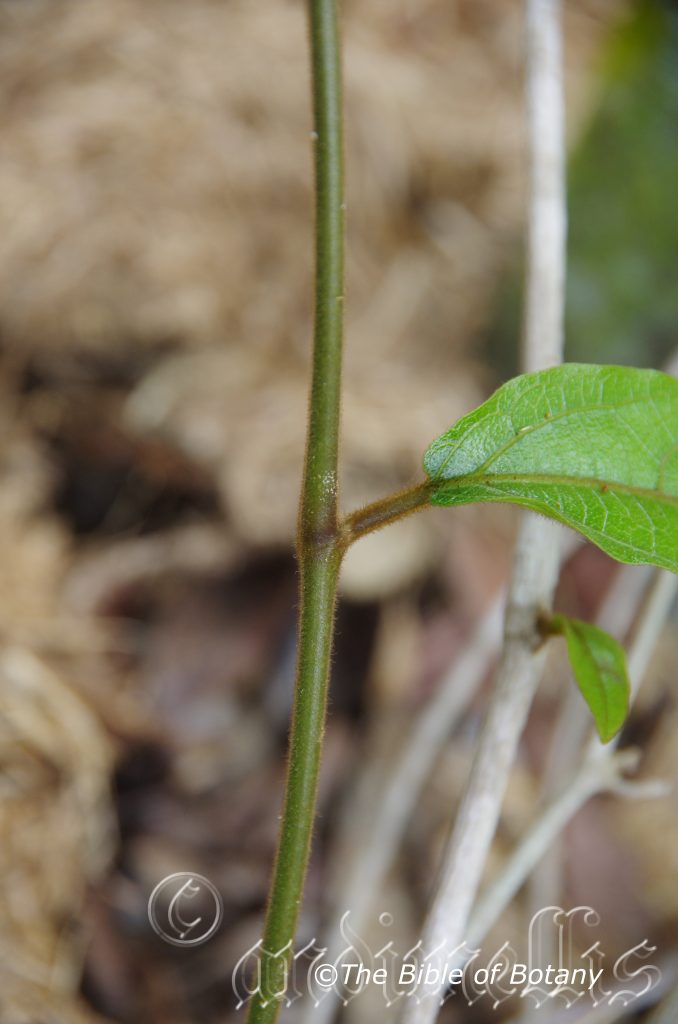
Author’s Garden The Pinnacles NSW
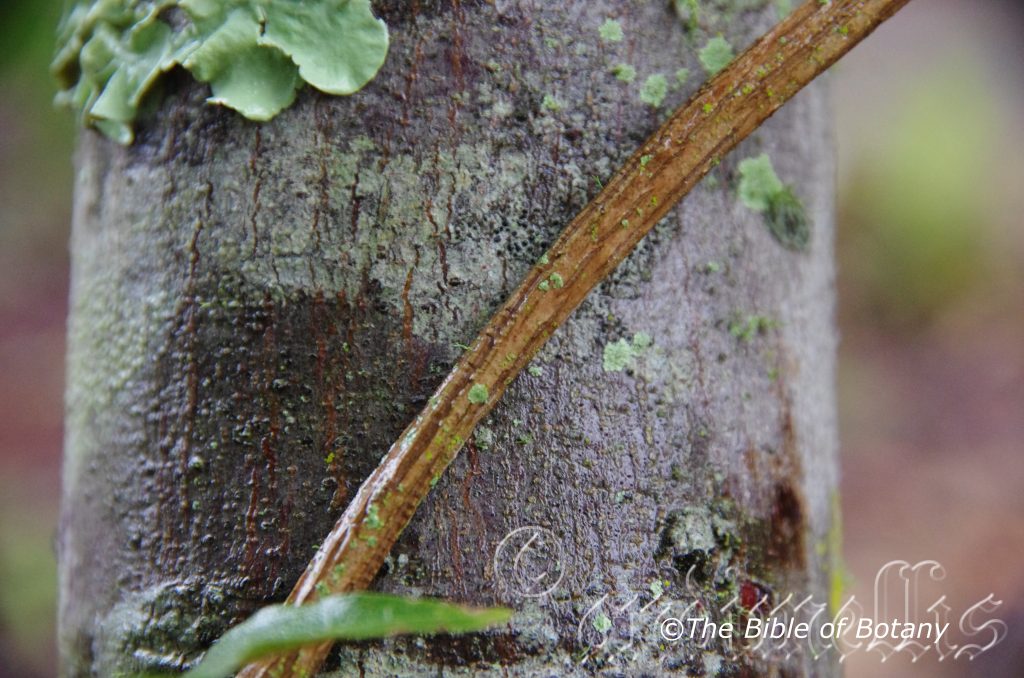
Author’s Garden The Pinnacles NSW
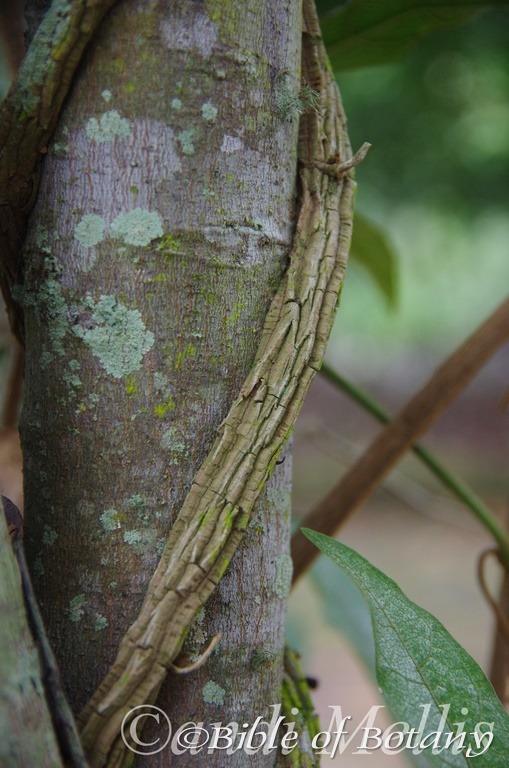
Author’s Garden The Pinnacles NSW
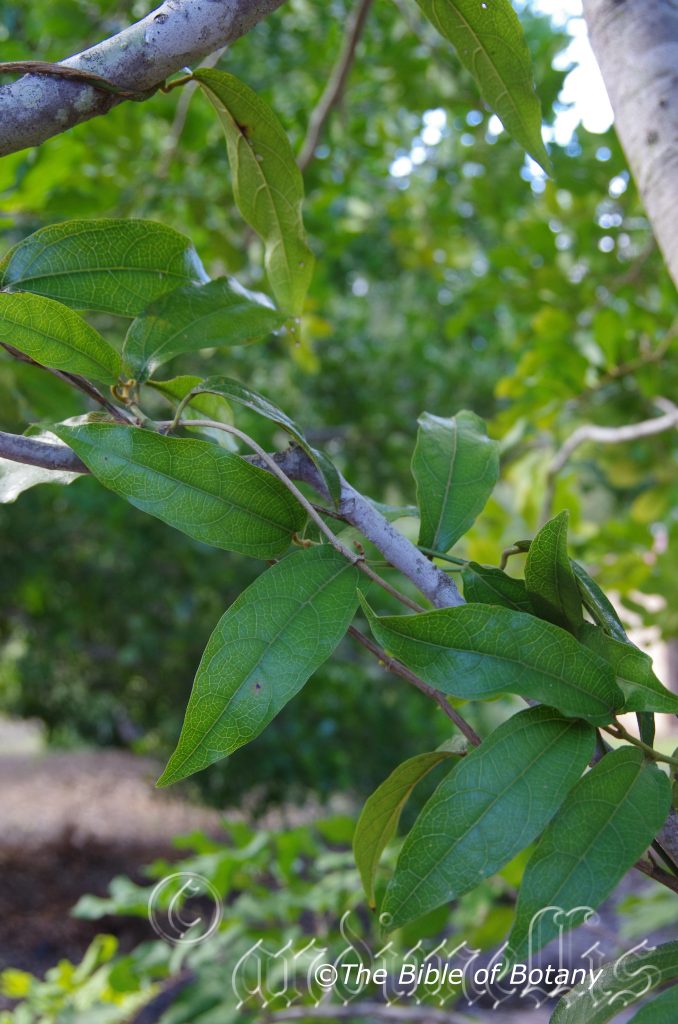
Author’s Garden The Pinnacles NSW
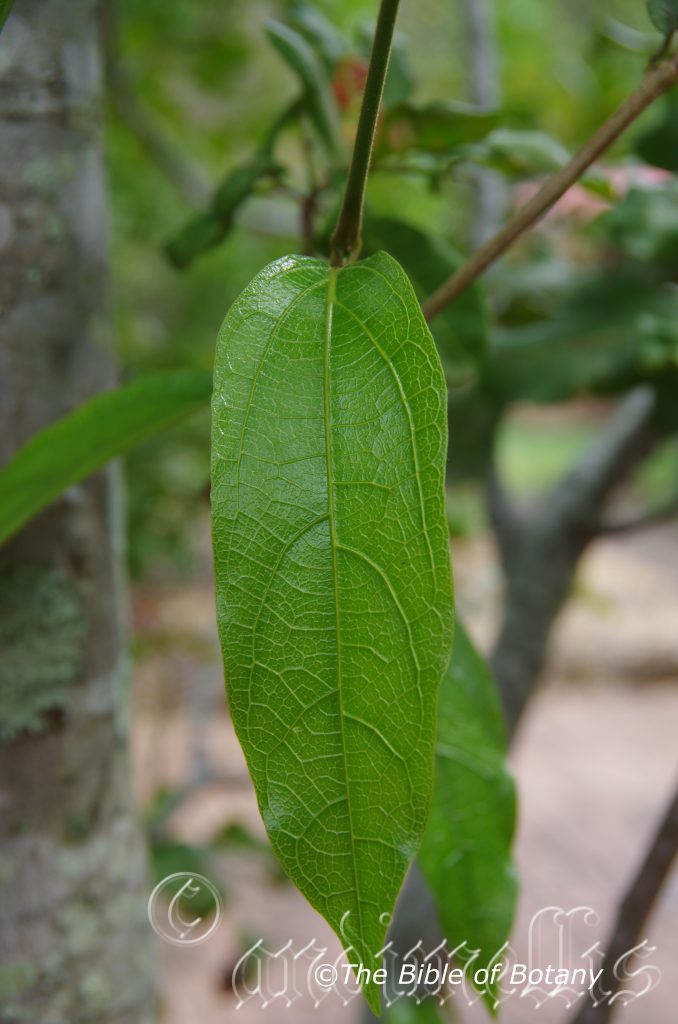
Author’s Garden The Pinnacles NSW
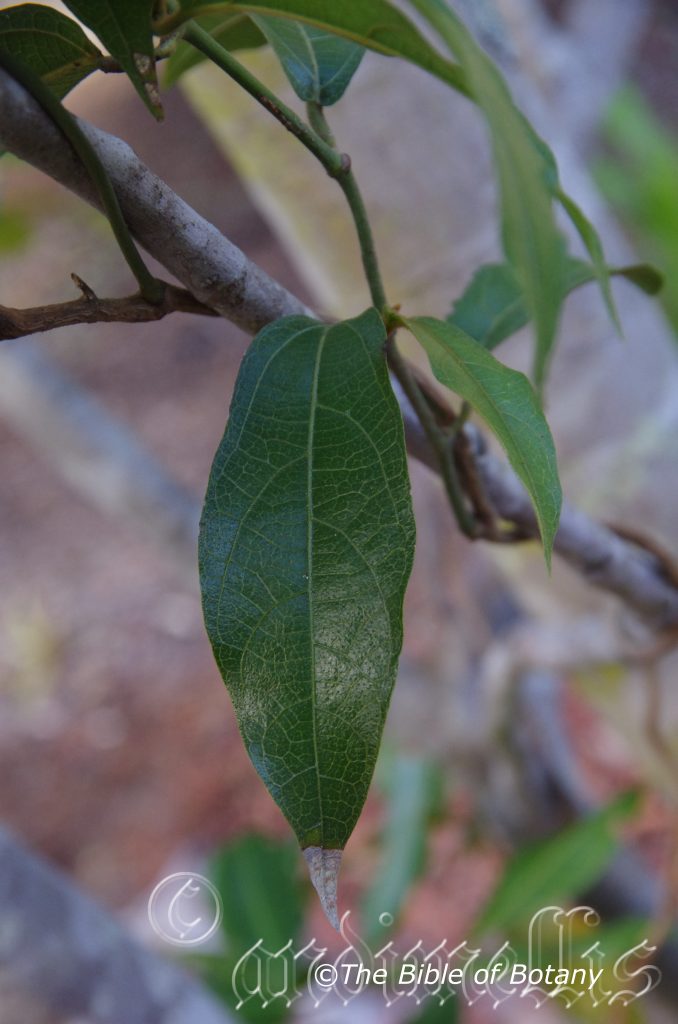
Author’s Garden The Pinnacles NSW
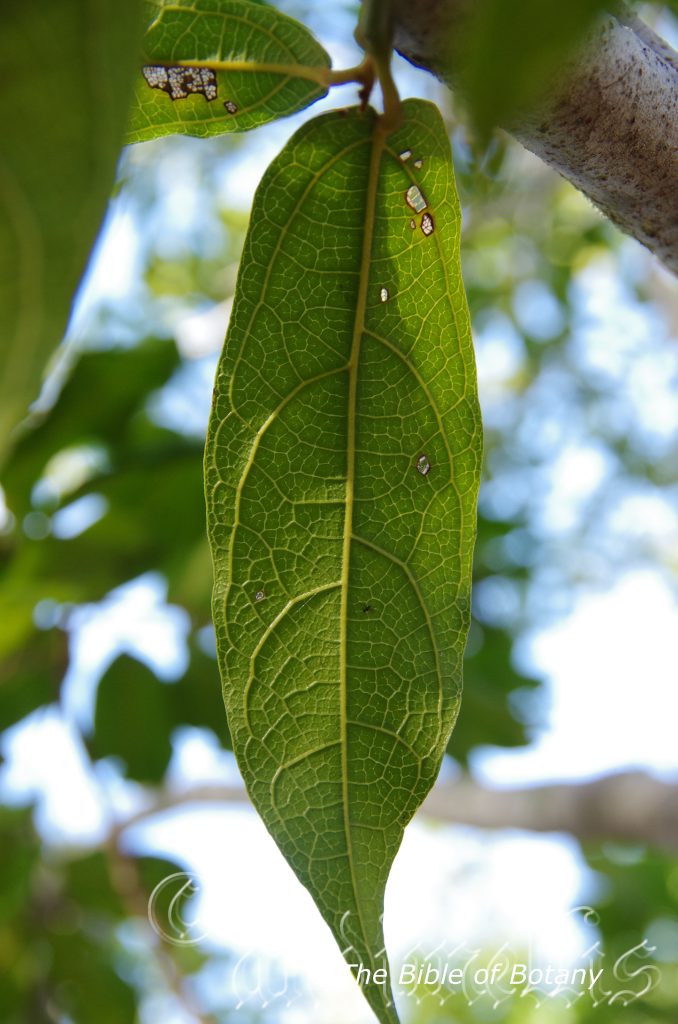
Author’s Garden The Pinnacles NSW
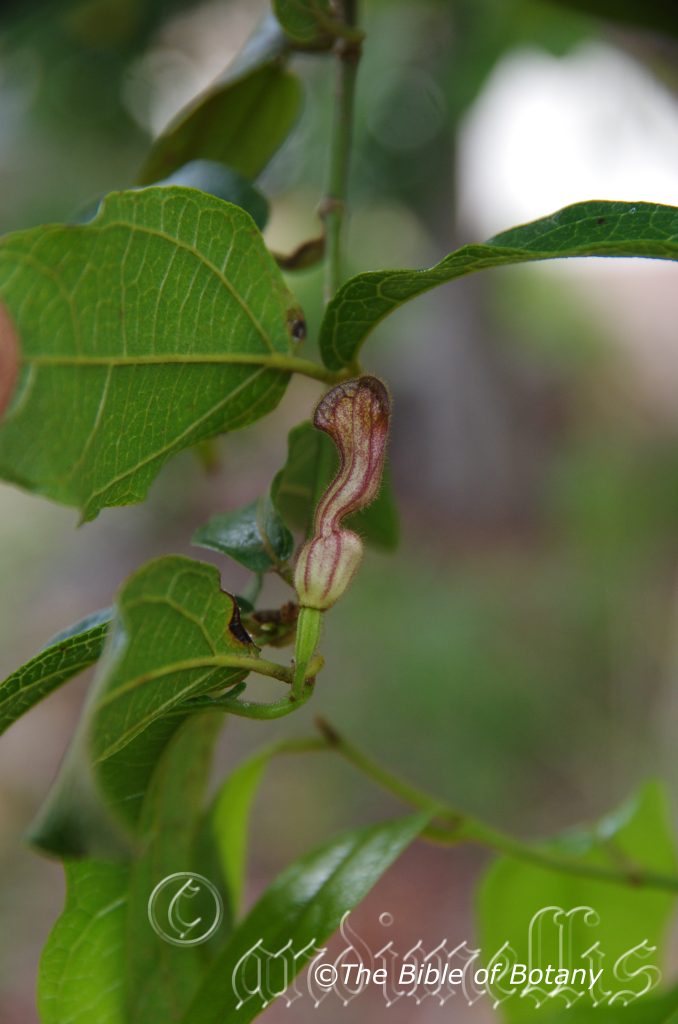
Author’s Garden The Pinnacles NSW
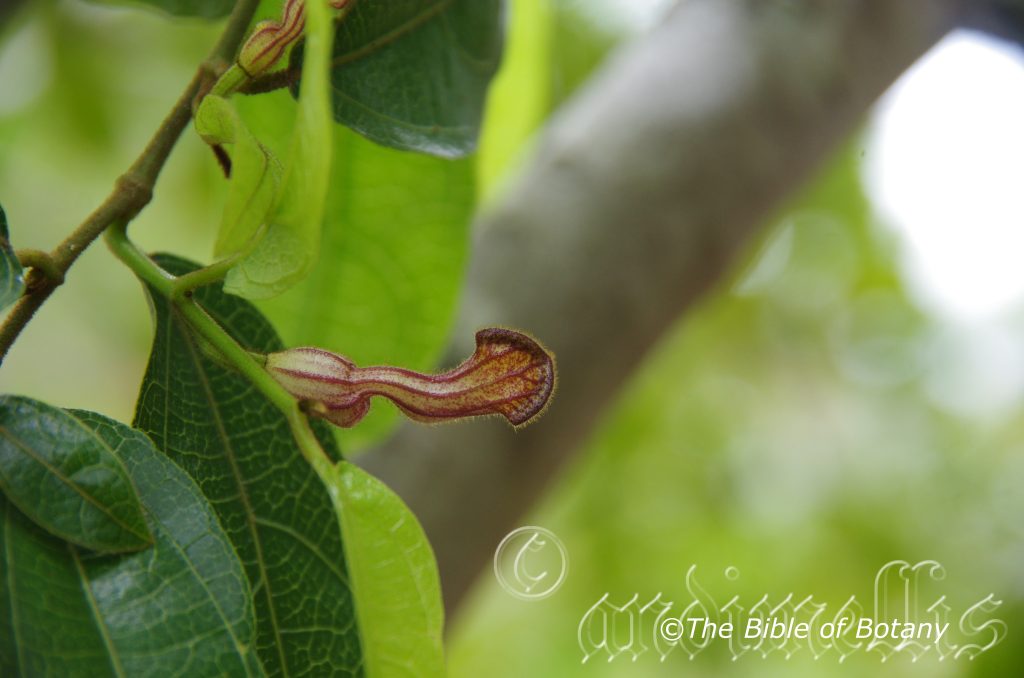
Author’s Garden The Pinnacles NSW
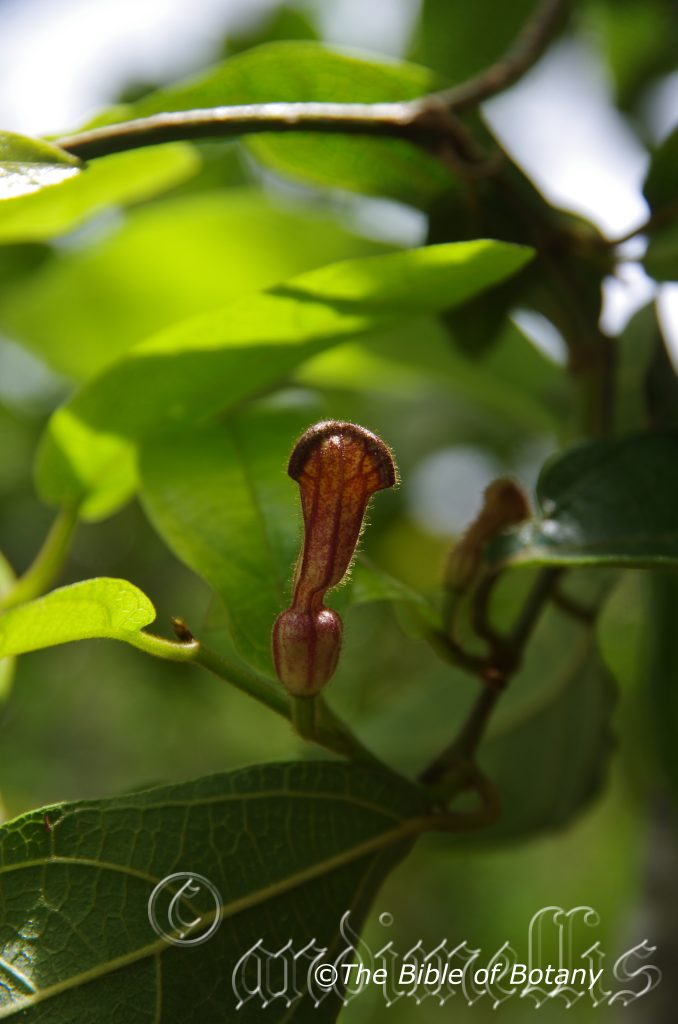
Author’s Garden The Pinnacles NSW
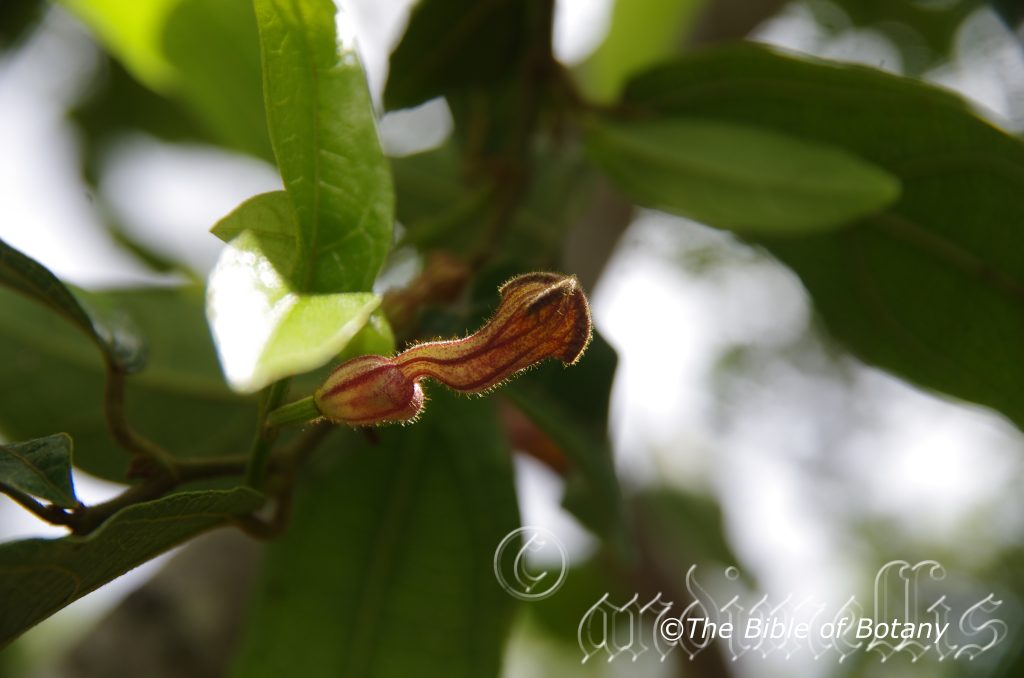
Author’s Garden The Pinnacles NSW
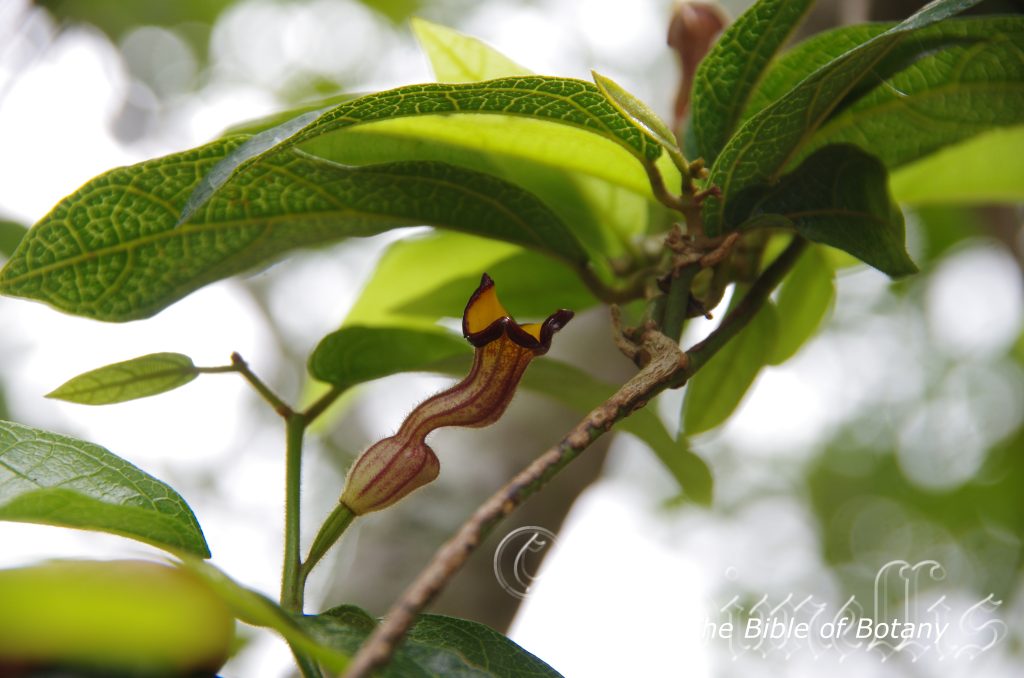
Author’s Garden The Pinnacles NSW
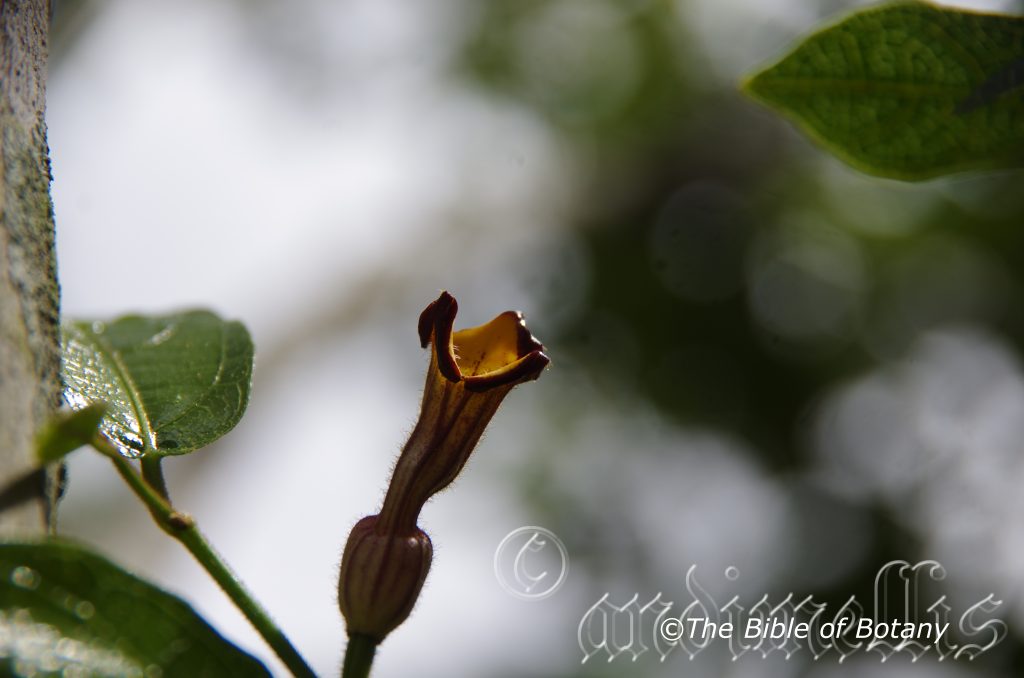
Author’s Garden The Pinnacles NSW
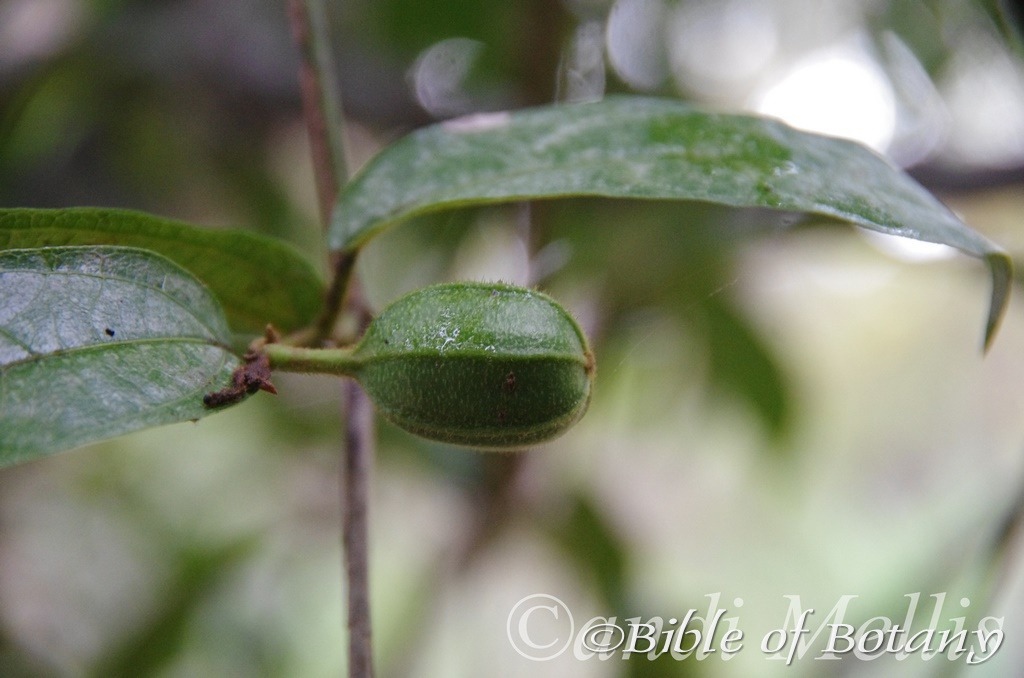
Author’s Garden The Pinnacles NSW

Author’s Garden The Pinnacles NSW
Aristolochia laheyana
Classification:
Unranked: Magnoliids
Unranked:
Order: Piperales
Family: Aristolochiaceae
Genus: From Aristos, which is Ancient Greek for the best and Lokheia, which is Ancient Greek for childbirth. It refers to plants, which are related to plants in ancient times that were thought to be effective against infections caused by childbirth.
Specie: Is named in honour of Lahey, but which lahey is unknown.
Sub specie:
Common Name:
Distribution:
Aristolochia laheyana is found south from the Lamington National Park in far south eastern Queensland to the Whian Whian National Park in far north eastern New South Wales. It is found on the Great Dividing Range.
https://avh.ala.org.au/occurrences/search?taxa=Aristolochia+laheyana#tab_mapView
Habitat Aspect Climate:
Aristolochia laheyana prefer semi shade to dappled shade. It grows in various cool sub tropical rainforests and riverine rainforests. The altitude ranges from 400 meters ASL to 900 meters ASL.
The temperatures range from 3 degrees in August to 35 degrees in January.
The rainfalls range from lows of 800mm to an average of 1350mm annually but where orographic precipitation is also relevant and may in fact be equal to the actual recorded rainfall.
Soil Requirements:
Aristolochia laheyana prefer better quality, loams, light fatty clays and medium clays. The soils are derived from decomposed black basalts. The soil’s pH ranges from 5.5pH to 6.5pH. It does not tolerant of waterlogged soils. None saline soils to moderately saline soils are tolerated. Non saline soils to moderately saline soils are tolerated.
Height & Spread:
Wild Plants: 12m to 20m by 3m to 8m.
Characteristics:
Aristolochia laheyana’s slender woody climber young stems and new growth being sparsely to moderately covered in rusty hirsute or hirtellous hairs.
The thick petiole twists onto twigs and branches and measure 10mm to 20mm in length and is sparsely to moderately covered in rusty hirsute or hirtellous hairs. The lanceolate, narrow-elliptic to narrowly oblong-ovate leaves are glabrous and measure 40mm to 120mm in length by 10mm to 40mm in width. The bases are truncate to slightly cordate and at times slightly oblique, with an acuminate apex. and glossy on both laminas.
The flowers are leaf-opposed and born single, paired or on 3-flowered racemes. The yellow-green flowers are spotted and veined purplish, are sparsely covered in rusty hirsute or hirtellous hairs and to moderately covered along the raised ribs. The utricle measures 7mm to 12mm in length while the corolla tube measures 20mm to 32mm in length. The spreading, broadly triangular, lobes are asymmetrical, one broader than the other pair with broad acute apexes or at times mucronate and measure 3mm to 6 mm in length. Internally it is glossy bright yellow, sparsely mottled maroon and very sparsely covered in rusty hirsute or hirtellous hairs. The plant in my garden flowered on New Year’s day to my delight.
The greenish-olive, oblong, ribbed capsule measure 20mm to 50mm in length by 10mm to 15mm in width. The triangular seeds are convex on both sides with surfaces minutely textured and measure 40mm to 50mm length by 3mm to 4mm in width and 1mm to 1.5mm thick. Fruits ripen from February to July.
Wildlife:
Aristolochia laheyana’s flowers did not attract native bees when in flower. It host to the beautiful but rare Richmond River Bird Wing Butterfly Troides richmondius.
Cultivation:
Aristolochia laheyana is a magnificent small vine that is worthy of growing in small gardens in a shaded protected position.
It grows exceptionally well on decomposed sandstone sands that have copious quantities of various types of mulch. It is not drought resistant so require consistent moisture to flower and fruit particularly if it is planted at the base of a tree.
Aristolochia laheyana requires attention to nutrient levels in the early stages but the flowers are well worth it.
It could be used along a sheltered fences and with regular pruning once established will respond quickly.
Propagation:
Seeds: Seed has not been readily available and is difficult to collect or gain access to viable seed due to its rarity. Aristolochia laheyana seeds can be sown directly into a fine seed raising mix when seeds are available. Place the trays in a warm well-lit area of 50mm shade where there is good ventilation. Allow the mix to become semi dry between each watering. Germination is rapid with fresh seed and completed within a month or 6 weeks at the most.
Fertilize using Seaweed, fish emulsion or organic chicken pellets soaked in water on an alternate basis. Fertilize every two months until the plants are established then annually in early September or March to maintain health, vitality and better flowering.
Once the seedlings reach 150mm to 200mm in height plant them out into their permanent position. For mass plantings plant them at 8m to 9m centers for a rainforest of bank establishment projects or 15 meters apart for park land situations.
Cuttings: This is such a rare and hard to get plant that to date I have not had cutting material to test. I would take cuttings in mid-autumn. Remove half the leaves from the bottom section being careful not to tear the bark.
1 prepare the cutting mix by adding one third sharp clean river sand, one third peat and one third perlite. These ingredients are sterile,
2 Select good material from non-diseased plants,
3 Take hardened material from the current season’s growth,
4 Place 80mm long cuttings on a flat, hard surface, and make a clean slice through the middle of the lower node on an angle towards the base, with a sterilized sharp knife or razor blade. – This scarification of the node will increase the chances of roots emerging from this spot.
Next take a 10mm slice off the bark from the bottom of the cutting on one side.
5 Use a rooting hormone can help others by stimulating the cutting into sending out new roots. Fill a saucer with water, and place some rooting hormone into another container like a bottle top. Dip the node end of the cutting into the water and then into the rooting hormone. Tap off any excess hormone,
6 Use a small dipple stick or old pencil to poke a hole into the soilless potting mix. Ensure the hole is slightly larger than the stem diameter and be careful not to wipe the rooting hormone off the cuttings base, place the cuttings in a pattern ensuring the cuttings are not touching each other,
7 I like to place the pots in Plastic bags to help maintain temperature and moisture. Place in a semi shaded place like under 50mm shade cloth.
8 When the cuttings have struck, open the bag to allow air circulation for a few days to a week,
9 Once hardened off remove the cuttings from the bag and allow to further hardening for a few more days,
10 Transplant into a good potting mix to grow on. Good Luck and let me know how you get on.
Further comments from readers:
Hi reader, it seems you use The Bible of Botany a lot. That’s great as we have great pleasure in bringing it to you! It’s a little awkward for us to ask, but our first aim is to purchase land approximately 1,600 hectares to link several parcels of N.P. into one at The Pinnacles NSW Australia, but we need your help. We’re not salespeople. We’re amateur botanists who have dedicated over 30 years to saving the environment in a practical way. We depend on donations to reach our goal. If you donate just $5, the price of your coffee this Sunday, We can help to keep the planet alive in a real way and continue to bring you regular updates and features on Australian plants all in one Botanical Bible. Any support is greatly appreciated. Thank you.
In the spirit of reconciliation we acknowledge the Bundjalung, Gumbaynggirr and Yaegl and all aboriginal nations throughout Australia and their connections to land, sea and community. We pay our respect to their Elders past, present and future for the pleasures we have gained.
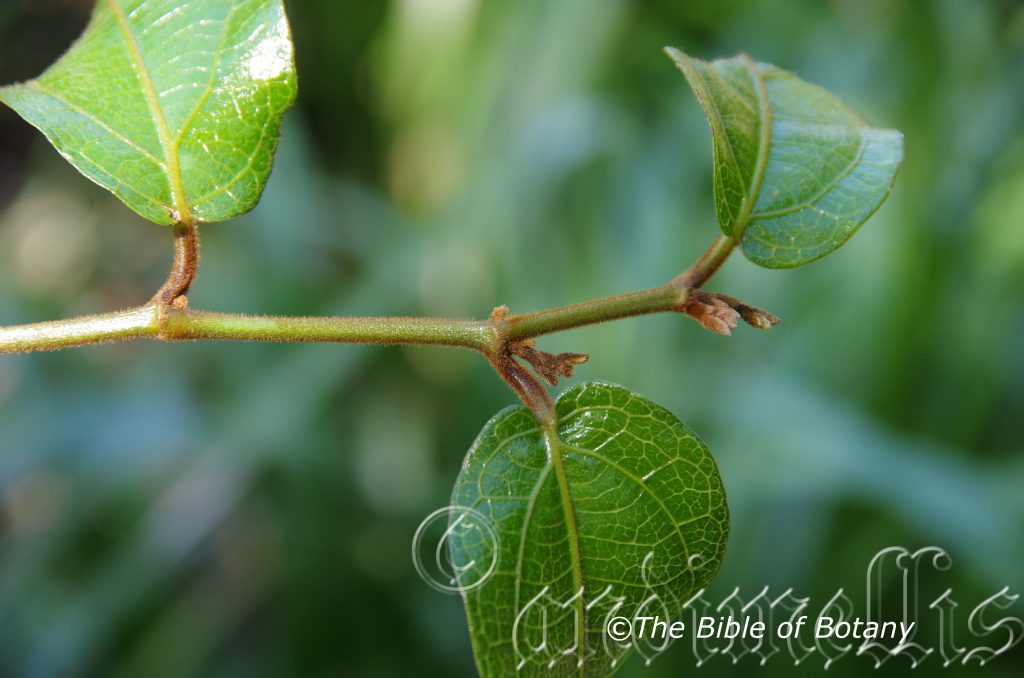
Indigenous Gardens Capalaba Qld.
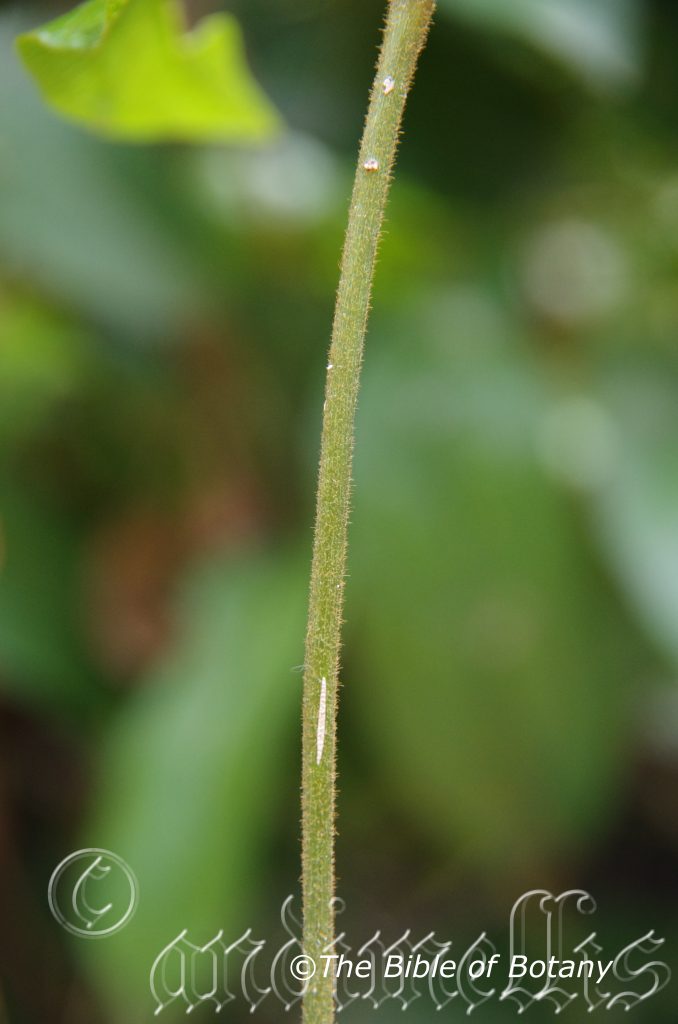
Indigenous Gardens Capalaba Qld.
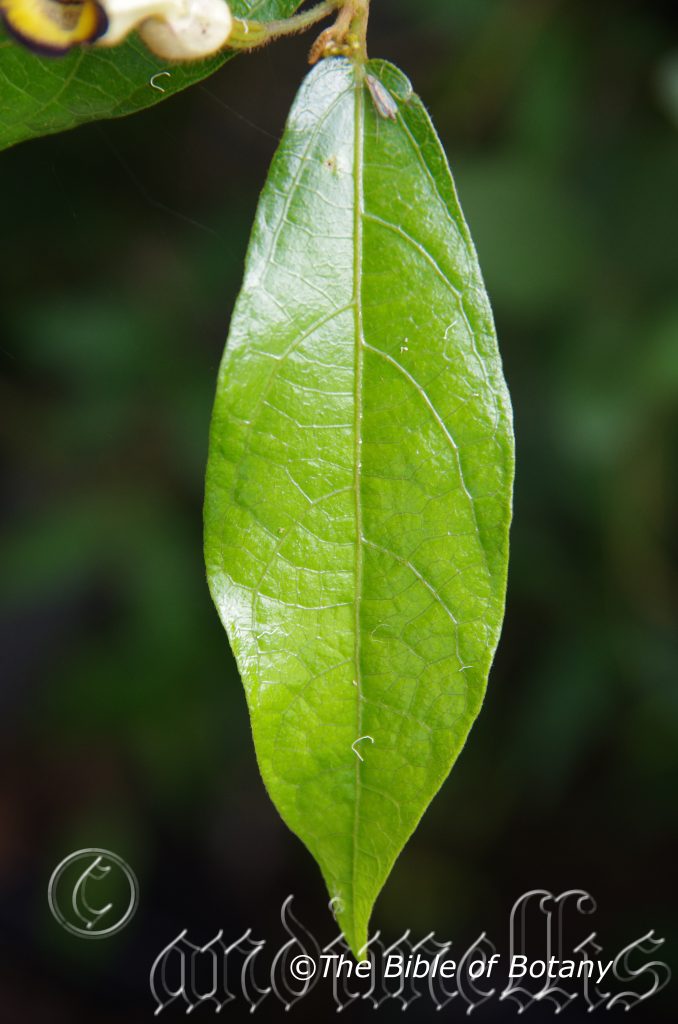
Indigenous Gardens Capalaba Qld.
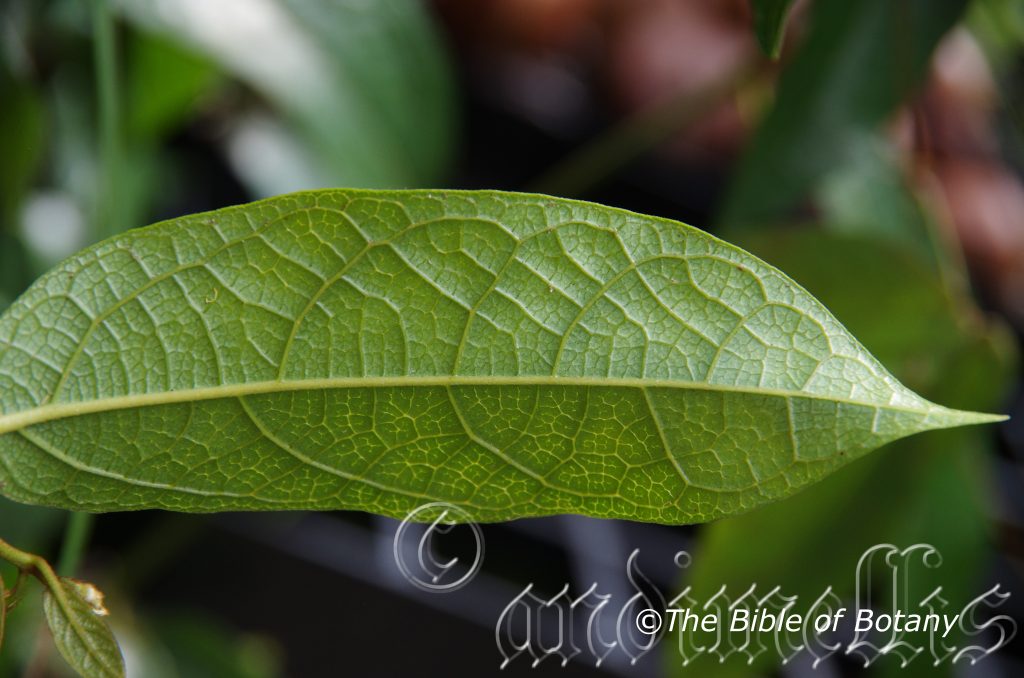
Indigenous Gardens Capalaba Qld.
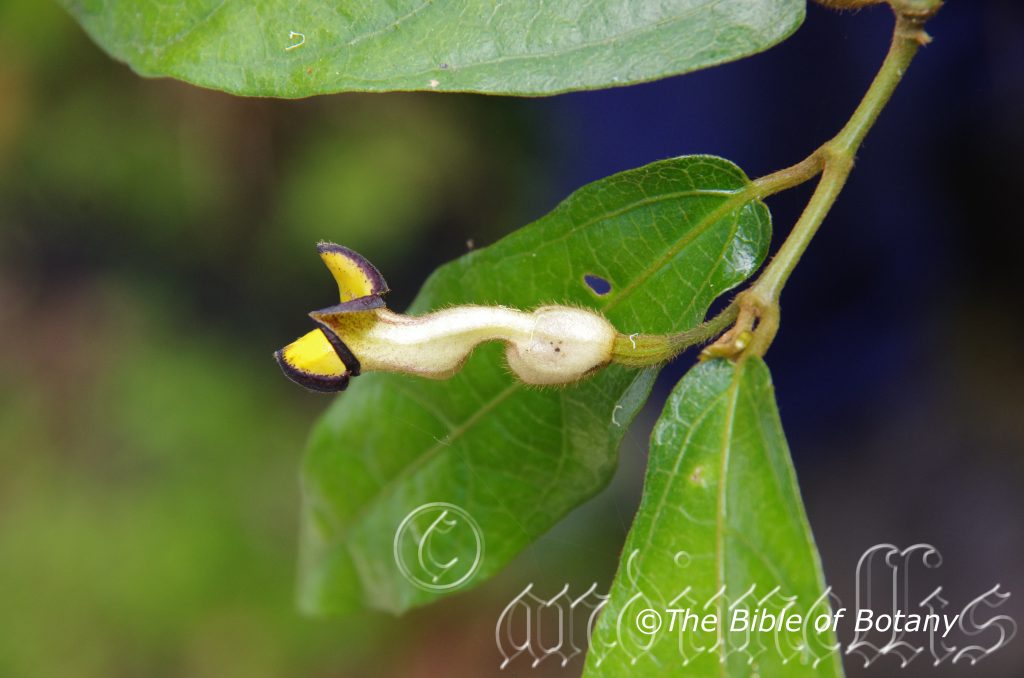
Indigenous Gardens Capalaba Qld.
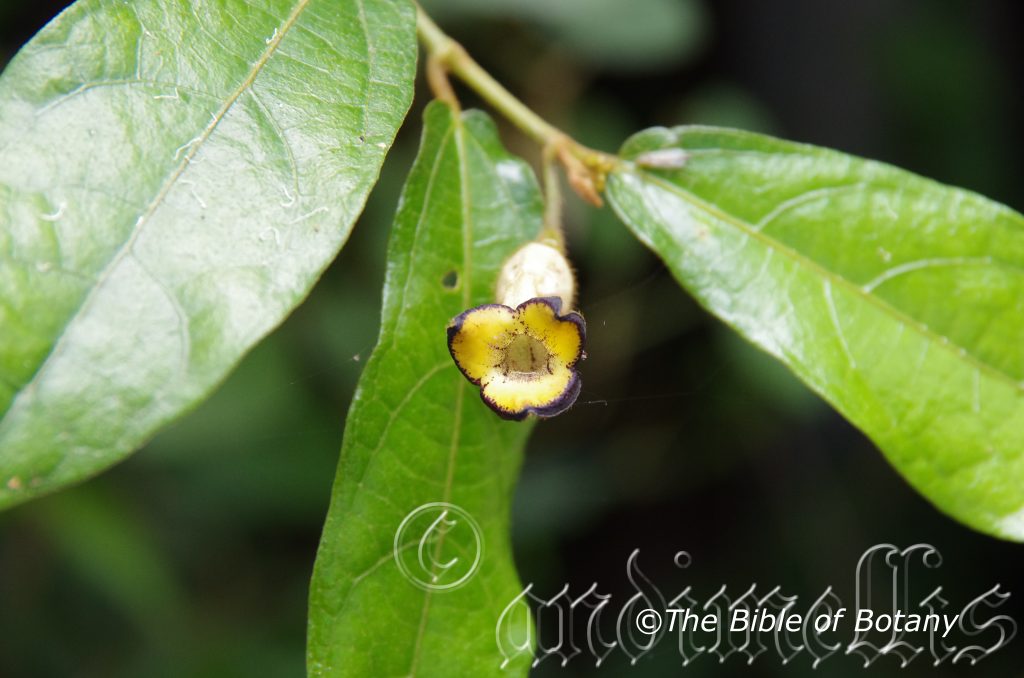
Indigenous Gardens Capalaba Qld.
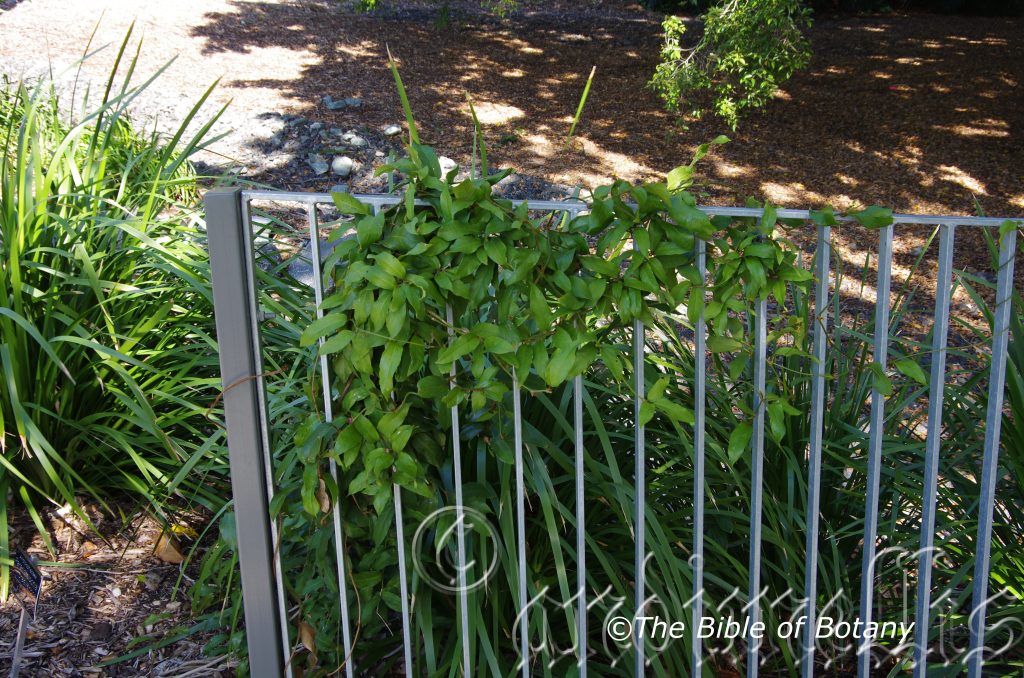
Mount Cootha Botanic Gardens Qld.
Aristolochia praevenosa
Classification:
Unranked: Magnoliids
Order: Piperales
Family: Aristolochiaceae
Genus: From Prae, which is Latin for before or in front of and Venosa, which is Latin for veins. It refers to vines, which are placed in front of all the other species with the prominence of the mid vein, lateral veins and reticulated veins all being strongly prominent when compared to other species in the genus and other similar genre.
Species: FromPrae, which is Latin for before or in front of and Venosa, which is Latin for veins. It refers to vines, which are placed in front of all the other species with the prominence of the mid vein, lateral veins and reticulated veins all being strongly prominent when compared to other species in the genus and other similar genre.
Sub specie:
Common Name: Native Pipe Vine.
Distribution:
Aristolochia praevenosa is found south from the Macpherson Ranges in south east Queensland to north eastern coastal New South Wales near Wollongbar. It is also found in disjunct populations near Kin Kin, Maryborough and Innisfail.
https://avh.ala.org.au/occurrences/search?taxa=Aristolochia+praevenosa#tab_mapView
Habitat Aspect Climate:
Aristolochia praevenosa prefers dappled shade to full sun. It grows in and adjacent to well-developed rainforests moist Eucalyptus forests or moist littoral rainforests. The altitude ranges from 166 meters ASL to 700 meters ASL.
The temperatures range from 1 degree in July to 36 degrees in January.
Rainfall ranges from lows of 850mm to 3000mm average per annum.
Soil requirements:
Aristolochia praevenosa prefers light clays to medium clays with a thick layer of leaf litter covering the ground. The soils are derived from decomposed basalts, pumice stone, metamorphic rocks or a combination of the various types of soils. The soils pH ranges from 5pH to 6pH. It does not tolerate of waterlogged soils. Non saline soils to moderately saline soils are tolerated.
Height & Spread:
Wild Plants: 0.5m to 1.2m by 0.5m to 1.5m
Characteristics:
Aristolochia praevenosa grows as a large bushy vine. The 40mm main stem on old lianas are grey to deep grey and deeply longitudinally furrowed. The furrows measure 2mm to 5mm in depth. Young shoots are deep sea-green and covered in brown or grey-brown hirtellous hairs.
The alternate ovate to elliptical leaves of Aristolochia praevenosa measure 70mm to 250mm in length by 24mm to 80mm in width. The base is cordate to rounded while the apex is broadly acuminate with an apiculate tip. The concolourous laminas are deep sea-green and glabrous. The leaf margins are entire, flat or slightly decurve. The mid vein, main lateral veins and reticulated veins that are all prominent on the lower lamina and visible from the upper lamina. All the veins are covered in grey-brown hirtellous hairs. The twisted, thickened petioles are covered in grey-brown hirtellous hairs and measure 10mm to 30mm in length.
The inflorescences of Aristolochia praevenosa are born in pairs to 6 on short racemes from the leaf axils. The base is swollen and rather zygomorphic. The perianth tubes a white to cam with fine purplish venations externally and deep yellow with deep brown or purple markings.
The perianths measure 12mm to 16mm in length before constricting When the 3 united lobes extend for another 12mm to 14mm in length. The single upper and 2 lower lobes spread similar to a trumpet to 45 degrees and measure 4mm to 6mm in length. The perianths are covered in pale brown or white hirtellous hairs externally and internally while the lobes are covered in pale brown or white hirtellous hairs externally and are glabrous internally.
The 6 inserted stamens are united around the style. It is white turning yellow brown towards the anthers. The white anthers measure 0.8mm in length. Pararistolochia praevenosa flowers from late November through to late February.
Aristolochia praevenosa’s fruits are swollen ovoid to oblong capsules. The green capsules turn yellow to yellow-orange When ripe and measure 20mm to 40mm long by 10mm to 21mm. There are 5 or 6 longitudinal ribs. The seeds measure 3mm to 4mm in length by 2.4mm to 3.5mm in diameter.
Wildlife:
Aristolochia praevenosa‘s is the host to 2 of Australia’s most beautiful Butterflies the Cairns Blue Wing butterfly Ornithoptera euphorion and the Richmond River Green butterfly Ornithoptera richmondia. The position and size of the stamens and style indicate to me that the flowers are fertilized by insects. This still remains be proven.
Cultivation:
Aristolochia praevenosa is a magnificent large vine that can be controlled by pruning for around the pool fence, pergola at the edge of a rain forest or in court yards in native or exotic gardens. In cultivation they will grow from 3 meters to 8 meters in height by 3 meters to 8 meters in width.
It grows exceptionally well on lighter soils When deep leaf litter keeps the soil cool and moisture at an even level. If these requirements are met it can cope with temperatures as low as minus 7 degrees and up to 33 degrees. It is moderately drought resistant in their rainfall zones.
There are several colour varieties available from nurseries which have pure white, cream, pale yellow, yellow to pale pink flowers.
Add to the above, if it is given an adequate supply of native fertilizers on a regular basis the plants will respond with good flowering over a long period.
It often flowers from the third or fourth year from seed.
Be imaginative when planting on pergolas, fences or other structures. Use the plants in different configurations and with different creepers that flower at different times.
Use curves and light pruning after flowering or tip pruning will help to maintain the plant to a smaller size.
Ensure that the whole plant or at least most of it is on display from most sections of the garden as the flowers are a real bonus.
When it is in flower these plants will catch your attention and the viewer will be transfixed on the display rather than watching the path.
It would make excellent topiary specimens being quick growing, capable of training into any shape though they would need regular attention.
Propagation:
Seeds: The seeds can be moved easily from the capsules once they have dried out. Sow freshly collected seeds directly into a seed raising mix, keeping them moist not wet. When the seedlings are 30mm to 40mm tall, prick them out and plant them into 50mm native tubes using a good organic mix.
As the seedlings roots ach the bottom of the tubes plant them out into their permanent position. Do not delay as it will set early healthy growth back.
Cuttings: Fortunately Aristolochia praevenosa cuttings strike relatively easy. Use 150mm to 250mm long hard wood from the present season’s growth. Take them in warmer months of the year. Remove half the leaves from the bottom section being careful not to tear the bark.
1 Prepare the cutting mix by adding two thirds sharp clean river sand, one third peat or one third perlite. These ingredients must be sterilized,
2 Select good material from non diseased plants,
3 Select semi green stems for cuttings. Look for a stem with two or three nodes,
4 Place the cutting on a flat, hard surface, and make a clean cut down one side of the cutting at the base for 10mm with a sharp sterile knife or razor blade. – This scarification of the node will increase the chances of roots emerging from this spot. Now remove all but one or two the leaves, leaving the apex leaves in tact. If the leaves are very large in proportion to the stem, cut off the apical halves.
5 Fill a saucer with water, and place a little medium strength rooting hormone into another container like a milk bottle top. Dip the node end of the cutting into the water and then into the rooting hormone. Tap off any excess hormone,
6 Use a small dipple stick or old pencil to poke a hole into the soilless potting mix. Ensure the hole is slightly larger than the stem diameter and be careful not to wipe the rooting hormone off the cuttings base. Place 2 to 4 cuttings in each of the 50mm native tubes,
7 I like to place the tubes in bucket with holes drilled in the bottom to allow excess water to drain out. A plastic bag that fits over the bucket is ideal to help maintain temperature and moisture. Place in a semi shaded, warm position like under 50mm shade cloth.
8 When the cuttings have struck, open the bag to allow air circulation for a few days to a week,
9 Once hardened off remove the cuttings from the bag and allow to further hardening for a few more days to a week,
10 Transplant into a good potting mix to grow on.
Fertilize using seaweed, fish emulsion or organic chicken pellets soaked in water on an alternate basis. Fertilize every two months until the plants are established then twice annually in early September or March to maintain health, vitality and better flowering.
Further Comments from Readers:
Hi reader, it seems you use The Bible of Botany a lot. That’s great as we have great pleasure in bringing it to you! It’s a little awkward for us to ask, but our first aim is to purchase land approximately 1,600 hectares to link several parcels of N.P. into one at The Pinnacles NSW Australia, but we need your help. We’re not salespeople. We’re amateur botanists who have dedicated over 30 years to saving the environment in a practical way. We depend on donations to reach our goal. If you donate just $5, the price of your coffee this Sunday, We can help to keep the planet alive in a real way and continue to bring you regular updates and features on Australian plants all in one Botanical Bible. Any support is greatly appreciated. Thank you.
In the spirit of reconciliation we acknowledge the Bundjalung, Gumbaynggirr and Yaegl and all aboriginal nations throughout Australia and their connections to land, sea and community. We pay our respect to their Elders past, present and future for the pleasures we have gained.
Aristotelia australasica
Classification:
Unranked: Eudicots
Unranked: Rosids
Order: Oxalidales
Family: Eleocarpaceae
Genus: Is named in honour of Aristotle; 384BC-322BC, who was a Greek Philosopher and naturalist.
Specie: From Terra Australis, which is Latin for land of the south. It refers to plants, which were first discovered from the land down under.
Sub specie:
Common Name: Mountain Wine Berry.
Distribution:
Aristotelia australasica is found north from west of Port Macquarie north to the Torrington Recreational area in New South Wales. It is found on the Great Dividing Range.
https://avh.ala.org.au/occurrences/search?taxa=Aristotelia+australasica#tab_mapView
Habitat Aspect Climate:
Aristotelia australasica prefer semi shade to dappled shade. It grows in various cool temperate rainforests, riverine forests and adjacent to cool sub-tropical rainforests. The altitude ranges from 88 meters ASL to 1400 meters ASL.
The temperatures range from minus 5 degrees in August to 38 degrees in January.
The rainfalls range from lows of 650mm to an average of 1250mm annually but where the orographic precipitation is very relevant and may in fact be equal to the actual rainfall recorded.
Soil Requirements:
Aristotelia australasica prefer better quality, sandy loams, light fatty clays, medium clays, light silts to heavy silts. The soils are derived from decomposed sandstones granites, brown basalts, black basalts, shales, metamorphic rocks, alluvial deposits or accumulated peaty beach sands. The soil’s pH ranges from 4.5pH to 5.5pH. It does not tolerant of waterlogged soils. None saline soils to moderately saline soils are tolerated. Non saline soils to moderately saline soils are tolerated.
Height & Spread:
Wild Plants: 3m to 5m by 2m to 3m.
Characteristics:
Aristotelia australasica‘s pink-brown stems are glabrous. The branches are pinkish-brown to pinkish-green while the branchlets are grass-green tinged pink to deep pink. The branchlets are densely covered in white pulverulent hairs.
Aristotelia australasica‘s opposite leaves are ovate to broadly elliptical. The leaves measure 50mm to 100mm in length by 20mm to 50mm in width. The petioles are grass green with a pink tinge and measure 25mm to 50mm in length. The 2 opposite leaflets on the petioles are much smaller and measure 20mm to 40mm in length by 10mm to 15mm in width with petioles measuring 3mm to 6mm in length. The bases are truncate or rarely rounded while the apexes are acuminate.
The discolourous leaves are deep green and semi glossy and glabrous to sparsely covered in white puberulent hairs on the upper laminas while the lower laminas are much paler, semi glossy and sparsely covered in white puberulent hairs when young. The laminas are flat and soft. The margins are entire, finely, irregularly toothed and decurve near the margins. The main vein, lateral veins and secondary veins are all prominent on the lower laminas and are distinctly visible from the upper laminas. The lateral veins form a distinct intramarginal loop well inside the margin with a secondary loop positioned between the primary loop and the margins.
The inflorescence of Aristotelia australasica are born singularly or at times 2 to 4 clustered from the leaf axils. The pedicels measure 10mm to 30mm in length.
The 4 white sepals measure 3.5mm to 4.5mm in length by 1.6mm to 2.2mm in diameter. The 4 or rarely 5 white orbicular petals are glabrous with 3 to 5 short lobes at the apex and measure 7mm to 8mm in length by 7mm to 8mm in width.
The 12 yellow to ochre filaments measure 1.5mm to 2mm in length while the yellow to ochre anthers measure 1.5mm to 2mm in length.
The stout white style measures 3.5mm to 4.5mm in length. The disc is pale lime-green, glossy and surrounds ovary. Flowers appear from September to November.
Aristotelia australasica‘s glabrous fruits are ovoid berries. The berries measure 7.5mm to 9mm in length by 7.5mm to 9mm in diameter. The green, glabrous berries turn red to crimson when ripe. The berries split to reveal the small deep red-brown to deep brown seeds imbedded in a white pulp. The seeds measure less than 1mm in diameter.
Wildlife:
Aristotelia australasica flowers are attractive to native bees, many hover flies while the fruits are consumed by small honey eaters and fruit eating birds including Lewin’s Honeyeater (Meliphaga lewinii) and silver eyes (Zosterops lateralis).
The red edible fruits are insipid with a floury taste.
Cultivation:
Aristotelia australasica is a magnificent small prostrate shrub that should be grown in association with other heath land or forest specie. It is ideal at the edge of heath gardens or in the centre where bright colours are required. In cultivation they will grow from 2 meters to 3 meters in height by 1.5 meters to 2 meters in diameter when grown in the open.
It grows exceptionally well on light gritty clays where deep leaf litter keeps the soil cool and moisture at an even level. If these requirements are met they can cope with temperatures as low as minus 3 degrees and up to 36 degrees. It is not drought resistant and require consistent moisture to flower and fruit.
Add to the above, if it is given an adequate supply of water and a little native fertilizer on a regular basis the plants should respond with exceptional flowering and fruit over a long period. The shrubs are naturally open in growth so an annual pruning or regular tip pruning is a must to maintain a bushy shrub and vigour.
Aristotelia australasica would make outstanding contribution to a small, moist heath garden. Here it can be scattered throughout the heath scene. Plants must be planted close together and be short so you can see over the tallest ones with the exception of one or two plants at the most. These will be feature plants. The idea is to achieve a feeling of expansive flatness. This can be achieved with using the Aristotelia australasica’s green ovate leaves and having them contrasting with finer pale green or soft grey to glaucous coloured foliage. Use a lot of procumbent plants like Carpobrotus edulis, Hibbertia specie, Tetratheca juncifolia or Tetratheca thymifolia for two beautifully contrasting displays. Mix them with other smaller shrubs so none of them dominate the scene but blend in to give a mosaic of foliage colours that you oversee. Here I immediately think of Actinotis helianthi or Grevillea thelemanniana for two great contrasting foliage. Aristotelia australasica looks good when flowering and white lends itself to mix with most other plants. It will dominate when in flower so place it towards the rear or in the center with smaller stronger coloured flowering plants in the fore ground. Do not overcrowd it as it needs room to expand and more aggressive plants will crowd it out.
Aristotelia australasica would make a good contribution to a sandy or rocky terrain rock garden. Here it can be used as fill in plants, scattered throughout the boulders. When you use it in an area that is strewn with large boulders do not over crowd the scene as the boulders are a formidable part of the scene. Aristotelia australasica is well suited to such conditions so use contours to display the plants. Boulder country are almost always rising and falling in contour and have sharp rises. Plants must be planted sparingly with short red or yellow flowering annuals between to give vibrant colour. Make the scene so you can see over the tallest ones with the exception of one or two plants at the most in the background or mid ground. The idea is to achieve a feeling of expansive harshness. This can be achieved with using Aristotelia australasica’s mid green leaves contrasting with broader pale green or soft grey to glaucous coloured foliage. If large deep green leaf plants are wanted try using them as prostrate plants. Use a lot of procumbent plants like Hibbertia sp. to make the rocks look larger and the spaces between the plants bigger. Mix them with other smaller shrubs so none of them dominate the scene but blend in to give a mosaic of foliage colours that you oversee. Here I immediately think of small Davesia specie or Grevillea thelemanniana for two great contrasting foliage and flower colour.
Propagation:
Seeds: Seed has not been readily available and is difficult to collect viable seed. Secondly it is a desperate battle between nature and the collector as birds fancy the ripe fruits. Aristotelia australasica seeds can be sown directly into a fine seed raising mix when seeds are available. Place the trays in a warm well-lit area of 50mm shade where there is good ventilation. Allow the mix to become semi dry between each watering. Germination is rapid with fresh seed and completed within a month or 6 weeks at the most.
Fertilize using Seaweed, fish emulsion or organic chicken pellets soaked in water on an alternate basis. Fertilize every two months until the plants are established then annually in early September or March to maintain health, vitality and better flowering.
Once the seedlings reach 150mm to 200mm in height plant them out into their permanent position. For mass plantings plant them at 8m to 9m centers for a rainforest of bank establishment projects or 15 meters apart for park land situations.
Cuttings: Take cuttings in mid-autumn. Remove half the leaves from the bottom section being careful not to tear the bark.
1 prepare the cutting mix by adding one third sharp clean river sand, one third peat and one third perlite. These ingredients are sterile,
2 Select good material from non-diseased plants,
3 Take hardened material from the current season’s growth,
4 Place 80mm long cuttings on a flat, hard surface, and make a clean slice through the middle of the lower node on an angle towards the base, with a sterilized sharp knife or razor blade. – This scarification of the node will increase the chances of roots emerging from this spot.
Next take a 10mm slice off the bark from the bottom of the cutting on one side.
5 Some plants root easily, but a rooting hormone can help others by stimulating the cutting into sending out new roots. Fill a saucer with water, and place some rooting hormone into another container like a bottle top. Dip the node end of the cutting into the water and then into the rooting hormone. Tap off any excess hormone,
6 Use a small dipple stick or old pencil to poke a hole into the soilless potting mix. Ensure the hole is slightly larger than the stem diameter and be careful not to wipe the rooting hormone off the cuttings base, place the cuttings in a pattern ensuring the cuttings are not touching each other,
7 I like to place the pots in Plastic bags to help maintain temperature and moisture. Place in a semi shaded place like under 50mm shade cloth.
8 When the cuttings have struck, open the bag to allow air circulation for a few days to a week,
9 Once hardened off remove the cuttings from the bag and allow to further hardening for a few more days,
10 Transplant into a good potting mix to grow on.
Further comments from readers:
Hi reader, it seems you use The Bible of Botany a lot. That’s great as we have great pleasure in bringing it to you! It’s a little awkward for us to ask, but our first aim is to purchase land approximately 1,600 hectares to link several parcels of N.P. into one at The Pinnacles NSW Australia, but we need your help. We’re not salespeople. We’re amateur botanists who have dedicated over 30 years to saving the environment in a practical way. We depend on donations to reach our goal. If you donate just $5, the price of your coffee this Sunday, We can help to keep the planet alive in a real way and continue to bring you regular updates and features on Australian plants all in one Botanical Bible. Any support is greatly appreciated. Thank you.
In the spirit of reconciliation we acknowledge the Bundjalung, Gumbaynggirr and Yaegl and all aboriginal nations throughout Australia and their connections to land, sea and community. We pay our respect to their Elders past, present and future for the pleasures we have gained.
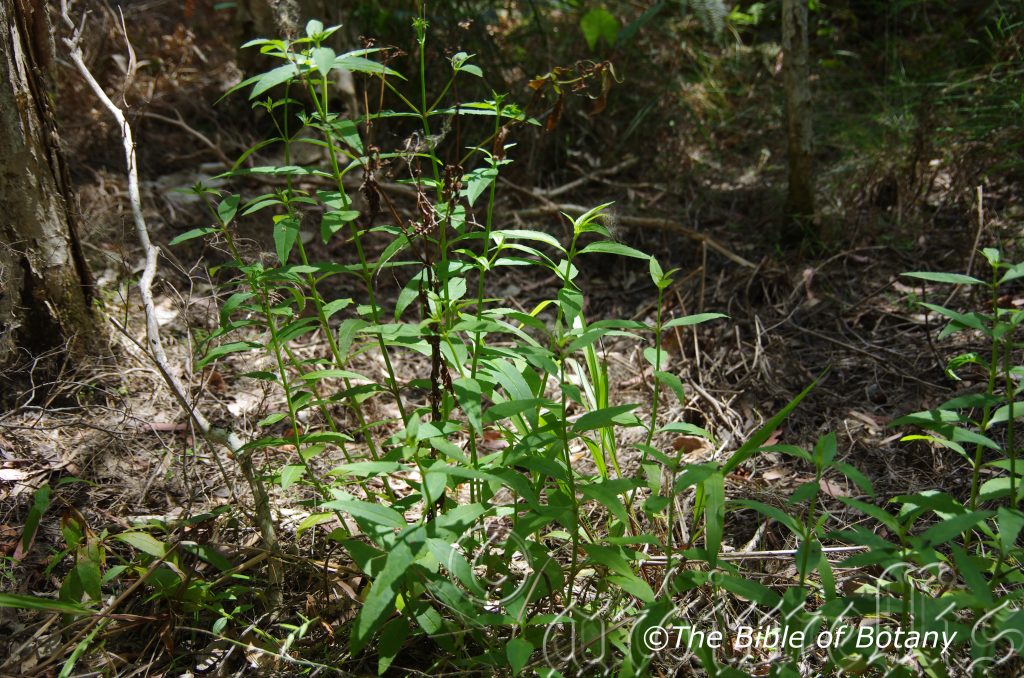
Clarence River Maclean NSW
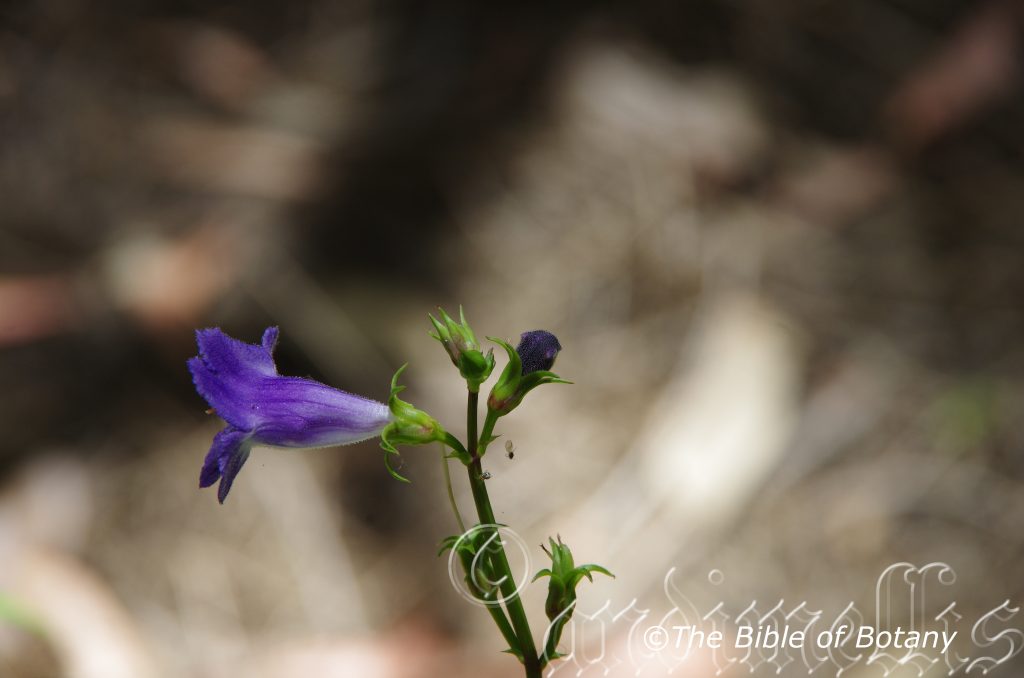
Clarence River Maclean NSW
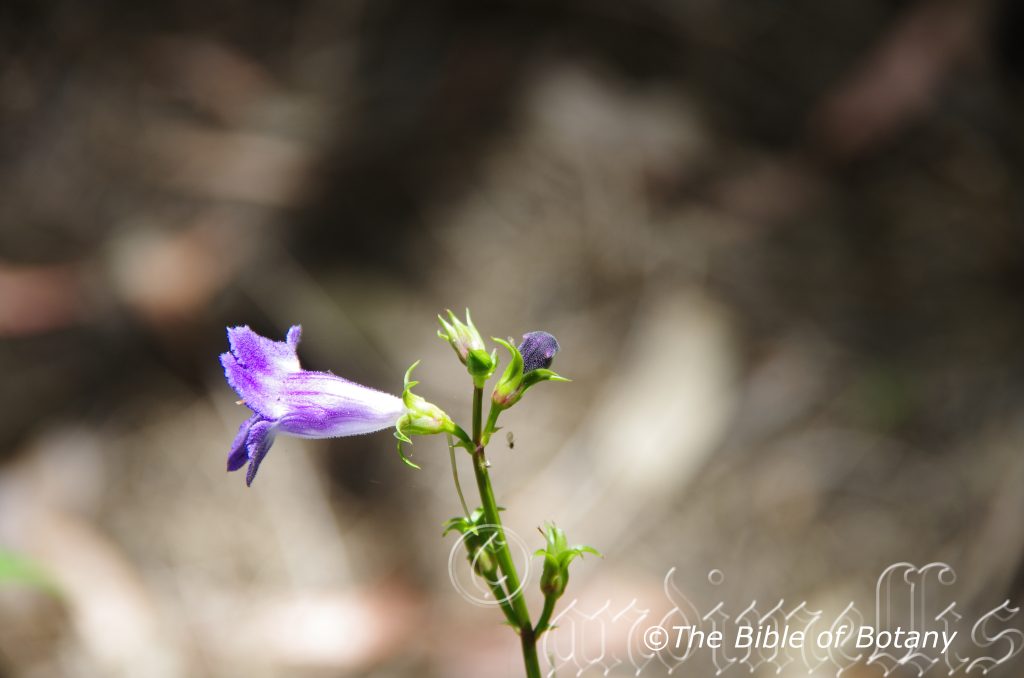
Clarence River Maclean NSW
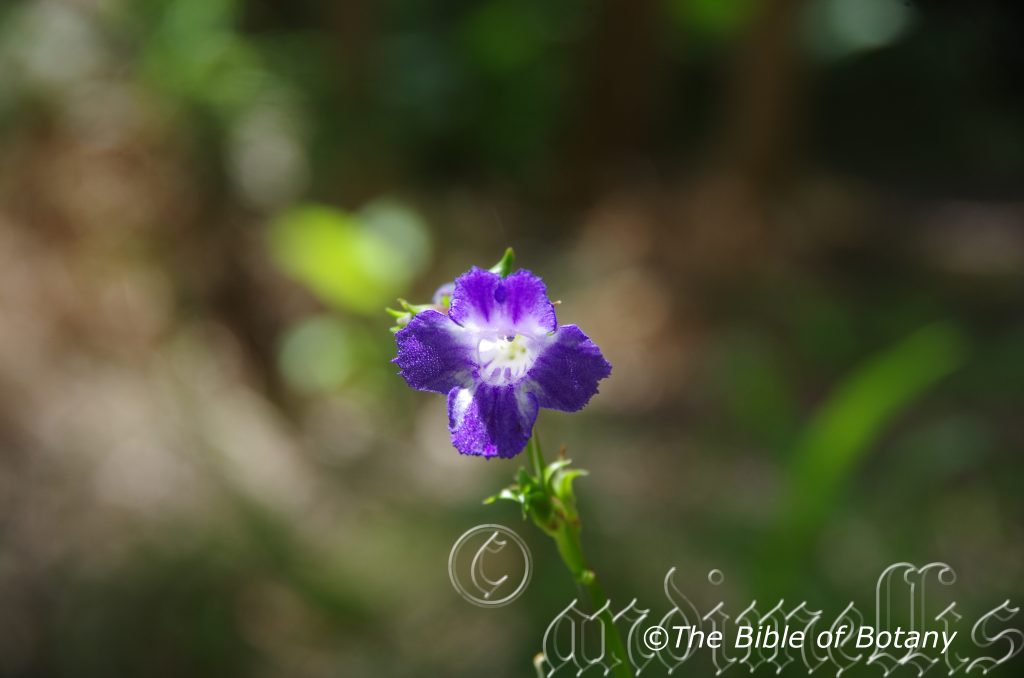
Clarence River Maclean NSW
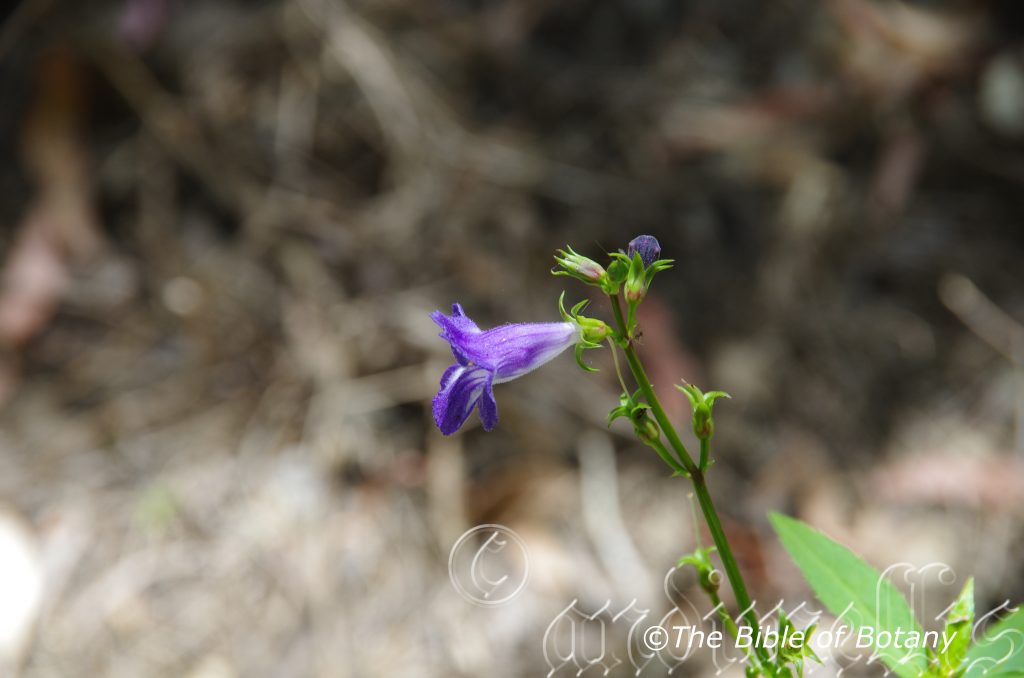
Clarence River Maclean NSW
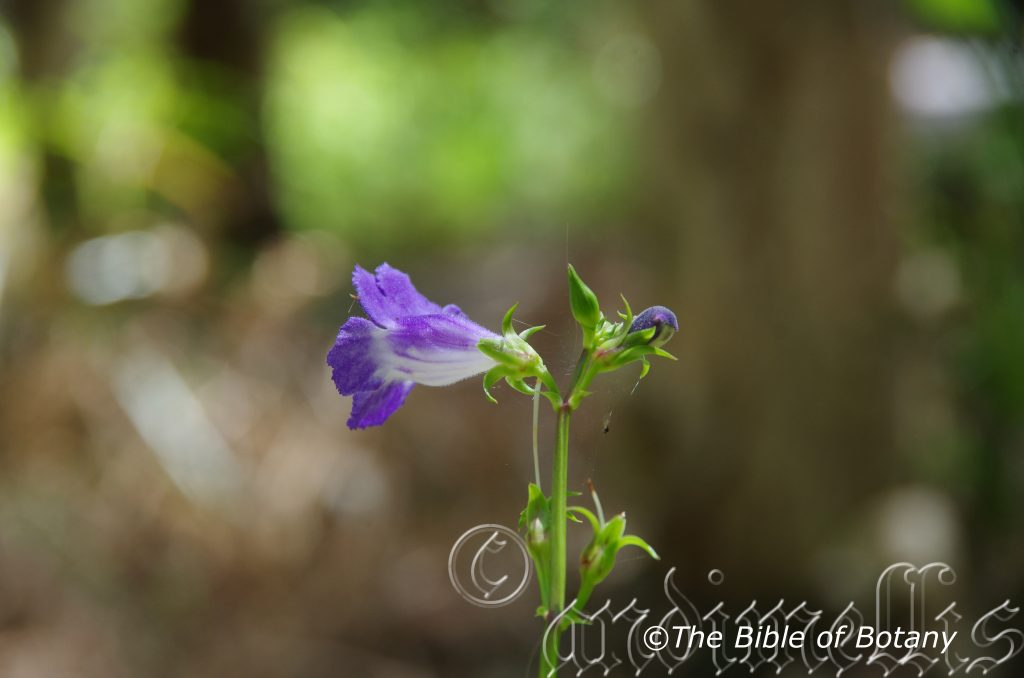
Clarence River Maclean NSW
Artanema frimbriatum
Classification:
Class: Equisetopsida
Clade: Eudicots
Clade: Asterids
Order: Laminales
Family: Linderniaceae
Genus: From Artatum, which is Latin for to tighten and Nema, which is Ancient Greek or later noma, which is Latin for a thread or a piece of yarn. It may refer to the long single thread like style, which is persistent on the fruit, long after the corolla has been discarded.
Specie: From Fimbriatum, which is Latin for a fibre, a thread or a fringe. It refers to the petals, which have a fringe along the margins.
Sub specie:
Common Name: Koala Bells.
Distribution:
Artanema fimbriatum is found south Cooktown in far north coastal Queensland to the Hasting River in central coastal New South Wales. It is found on and the Great Dividing Range to the coast.
https://avh.ala.org.au/occurrences/search?taxa=Artanema+fimbriatum#tab_mapView
Habitat Aspect Climate:
Artanema fimbriatum prefers light dappled shade to medium shade. The altitude ranges from 5 meters ASL to 1000 meters ASL.
The temperatures range from 2 degrees in July to 38 degrees in January.
The rainfalls range from a low of 800mm to an average of 3000mm annually.
Soil Requirements:
Artanema fimbriatum prefers most soil types. The soils are usually derived from decomposed black basalts or brown basalts, peaty sands of back dunes, alluvial flats, dry and moist slopes. The pH ranges from 4pH to 7.5pH. It does not tolerate waterlogged soils. None saline soils to moderately saline soils are tolerated.
Height & Spread:
Wild Plants: 0.3m to 0.6m by 0.2m to 0.6m.
Characteristics:
Artanema fimbriatum grows as a short lived perennial herb. The glabrous stems are erect or decumbent, terete or at times ribbed.
Artanema fimbriatum‘s opposite, narrow ovate to elliptic measure 40mm to 80mm in length by 10mm to 30mm in width. The terete, glabrous petiole measures 2mm to 10mm in length. The bases are rounded to cuneate while the apexes are acuminate. The discolourous laminas are blue-green, glabrous and dull on the upper lamina while the lower lamina is paler. The laminas are flat. The margins are irregularly toothed. The scabrous mid vein is prominent on the lower lamina.
Artanema fimbriatum inflorescences are born 4 to 10 on a loose terminal raceme in which the individual flowers are opposite on the raceme. The flowers are born singularly in axil of the bracts. The green glabrous bracts measure 2mm to 3mm in length. The terete pedicels measure 5mm to 12mm in length. The sepals are moderately to densely covered in short, thick hirsute hairs and measure 6mm to 9mm length. The margins are somewhat scabrous. The 2 lipped, violet, purple, pink or white corolla measures 16mm to 25mm in length, while the corolla tube measures 12mm to 18mm in length. They are dilated on lower side. The limbs are much shorter than tube. The broad ovate lobes measure 3mm to 5mm in length.
The ovoidal to globose green capsules dry brown and measure 7mm to 9mm in diameter. The calyxes are persistent at the base, while the 15mm long style is persistent at the apex. The capsules dehisce along 2 suteres. The numerous small elongated, black seeds measure 0.7mm in diameter.
Wildlife:
Artanema fimbriatum wildlife is unknown to the author.
Cultivation:
Artanema fimbriatum is a small herb suitable for all gardens. It can be used to great effect as a fill in plant adjacent to any shaded area like rainforests or tall bush gardens. It is a good herb offering quick growth with garden specimens growing 0.8 meters to 1 meter in height by 0.8 meters to 1 meter in diameter when grown in the open.
Propagation:
Seeds: Artanema fimbriatum seeds can be sown directly into a seed raising mix or directly into 75mm native tubes. When the seedlings reach 25mm to 50mm tall, prick them out and plant them into 75mm native tubes using a good organic seed raising mix.
Once they reach 100mm to 150mm plant them out into their permanent position.
Fertilize using Seaweed, fish emulsion or organic chicken pellets soaked in water on planting and again a month later for best results. Fertilize every two months until the plants are established then annually in early September or March to maintain health and vitality.
Further comments from readers:
Hi reader, it seems you use The Bible of Botany a lot. That’s great as we have great pleasure in bringing it to you! It’s a little awkward for us to ask, but our first aim is to purchase land approximately 1,600 hectares to link several parcels of N.P. into one at The Pinnacles NSW Australia, but we need your help. We’re not salespeople. We’re amateur botanists who have dedicated over 30 years to saving the environment in a practical way. We depend on donations to reach our goal. If you donate just $5, the price of your coffee this Sunday, We can help to keep the planet alive in a real way and continue to bring you regular updates and features on Australian plants all in one Botanical Bible. Any support is greatly appreciated. Thank you.
In the spirit of reconciliation we acknowledge the Bundjalung, Gumbaynggirr and Yaegl and all aboriginal nations throughout Australia and their connections to land, sea and community. We pay our respect to their Elders past, present and future for the pleasures we have gained.
Arthraxon hispidus
Classification:
Unranked: Monocots
Unranked: Commelinids
Class: Liliopsida
Order: Poales
Family: Graminaceae or Poaceae, as both Family names are being used throughout Asia.
Genus: From Anthron, which is Ancient Greek for a joint and Axon, which is Ancient Greek for an axis. It refers to rachis, which have many joints.
Specie: From Hispidus, which is Latin for short, bristly, course hairs. It refers to structures or organs, which bear short, bristly course hairs.
Sub specie:
Common Name:
Distribution:
Arthraxon hispidus is found south from Boggomoss Reserve in Queensland to the Kempsie in New South Wales. It is mainly found on and east of the Great Dividing Range. There is a disjunct population in the Carnarvon Gorge National Park and an isolated population in far north Queensland on the headwaters of Adeline Creek in the Daintree River National Park.
https://avh.ala.org.au/occurrences/search?taxa=Arthraxon+hispidus #tab_mapView
Habitat Aspect Climate:
Arthraxon hispidus prefer full sun to dappled light. It is found on flats, plains and gentle slopes to medium slopes especially in protected riparian zones. It is often found just above drainage lines around billabongs and roadside verges or in depressions on steeper ground. The altitude ranges from 5 meters ASL to 800 meters ASL.
The temperatures range from minus 4 degrees in August to 38 degrees in January.
The rainfall ranges from lows of 550mm to 3200mm average per annum.
Soil Requirements:
Arthraxon hispidus prefer deep pure sandy loams to light sandy clays or medium gritty clays, including yellow and grey podzolics often with rocky substrates and rock. It is found on soils that are usually derived from most types of decomposed sandstones or gritty shales and metashales. The soil’s pH ranges from 4.5pH to 7pH. It tolerates seasonal waterlogged soils for short periods. Non saline soils to moderately saline soils are tolerated.
Height & Spread:
Wild Plants: 0.2m to 0.7m by 0.7m to 0.5m.
Characteristics:
Arthraxon hispidus are very robust annual or perennial grasses with a short creeping rhizome and often with strongly branched spreading decumbent culms. The divaricate terete culms are mid green to deep grass-green. The mid culm’s nodes and internodes are sparsely covered in white hispid hairs. The leaf sheaths are covered in white hirtellus hairs. The delicate looking culms measure 150mm to 750mm in length by 0.3mm to 1mm in diameter. Roots would form at the lower nodes in wet weather or when they touched the ground. The leaf sheaths are covered in stiff white puberulent hairs. The ligule is a ciliate membrane and measure 0.5mm to 2mm in length.
The divaricate, linear leaves of Arthraxon hispidus are lanceolate to ovate and measure 10mm to 60mm in length by 7mm to 24mm in width. The bases are cordate and strongly clasping while the apexes are acute. The concolourous laminas are grass-green to blue grass-green, glabrous or covered in short, white puberulent hairs. The margins are entire and covered in long white to fawn hirsute hairs. The blade is undulating. The ligules measure 0.2mm to 1mm in length by 1mm to 2mm in width or at times to 3mm in width.
The inflorescences of Arthraxon hispidus are subdigitata with 2 to 5 racemose branches. The purple-green rachises are fragile at the nodes. The erect racemes rise above the foliage and are narrow, compact on a short rachises. They usually measure 20mm to 40mm in length by 2mm to 5mm in diameter.
The spikelets usually have 1 sessile spikelet with usually a single or rarely 2 pedicelled spikelets in a cluster. The spikelets are without a rachillae extension, are lanceolate, laterally compressed and measure 3mm to 8mm in length.
The glumes are similar and thinner than the fertile lemmas. The purplish lower glumes are lanceolate, chartaceous and measure 4mm to 9mm in length. The membranous lower glume has a single keel with 9 scabrid, finely antrorse tuburculated lumps as nerves.
The upper glumes are lanceolate, chartaceous and measure 4mm to 9mm in length. The membranous upper glume is without keels and has 7 to 9 nerves.
The linear to lanceolate convolute fertile lemmas margins are hyaline or membranous and are without keels, have a single nerve and measure 2mm to 6mm in length. The lower lemma is sterile while the upper fertile lemma has 2 nerves. The apexes are muticus, dentate or lobed. The single awns are straight or with a slightly twisted column and measure 10mm to 20mm in length. The palea are absent.
The flowers have 2 stamens. The flowers appear from March to July in favourable years.
The elliptical grains measure 3.5mm to 5mm in length by 0.5mm to 1.2mm in diameter.
Confusing Species:
Oplismenus hirtellus subsp. undulatifolius‘s sheaths are covered in white hirsute hairs. The bases are not strongly cordate. The laminas are pleated not undulating.
Wildlife:
Arthraxon hispidus is suitable for erosion control in exposed dry riparian zones.
The plants make excellent habitat refuges for quails, reptiles and small birds. Aviary birds relish the seeds and culms on younger plants.
Cultivation:
Arthraxon hispidus is considered to be particularly good fodder crop but is eagerly sought as a good source of sugar and is an intermediate grass for protein.
Arthraxon hispidus should be more widely grown especially in landscaping projects where the soils are of a poor quality. In cultivation they will grow 0.2 meters to 0.4 meters in height by several meters in diameter when grown in partial with adequate moisture. It is best grown in bright dappled light to partial shade to maintain dense healthy plants.
It is most suitable for use along open drains, banks riparian zones.
Propagation:
Seeds: Collecting seeds from mature plants of Arthraxon hispidus is not difficult when it is fully ripe. The fresh seeds can be sown directly into a seed raising mix with the sepals still attached covering them to a depth of 5mm. The seeds germination quickly with a strike rate of over 80mm should be attained.
When the seedlings are 20mm to 30mm tall, prick them out and plant them into 50mm native tubes using a good quality mix.
Once the seedlings reach 100mm to 150mm in height plant them out into their permanent position.
Fertilize using Seaweed, fish emulsion or organic chicken pellets soaked in water and apply the liquid on an alternate basis. Fertilize every month until the plants are established.
Division: When growing Arthraxon hispidus from divisions remove the plant from the soil and just cut it into 3 or 4 equal parts, first down the middle then halve those sections again. Remove unwanted dead material and any old small clumps that look weak. Plants can be divided further but ensure each division has a several strong shoots and healthy roots attached to the tuff. Replant ensuring the soil is at the same level as before. Water and fertilize. New shoots will appear within two weeks.
If it is being mass planted for an erosion control, plant them at 1 meter centers for quick coverage.
Further comments from readers:
Hi reader, it seems you use The Bible of Botany a lot. That’s great as we have great pleasure in bringing it to you! It’s a little awkward for us to ask, but our first aim is to purchase land approximately 1,600 hectares to link several parcels of N.P. into one at The Pinnacles NSW Australia, but we need your help. We’re not salespeople. We’re amateur botanists who have dedicated over 30 years to saving the environment in a practical way. We depend on donations to reach our goal. If you donate just $5, the price of your coffee this Sunday, We can help to keep the planet alive in a real way and continue to bring you regular updates and features on Australian plants all in one Botanical Bible. Any support is greatly appreciated. Thank you.
In the spirit of reconciliation we acknowledge the Bundjalung, Gumbaynggirr and Yaegl and all aboriginal nations throughout Australia and their connections to land, sea and community. We pay our respect to their Elders past, present and future for the pleasures we have gained.
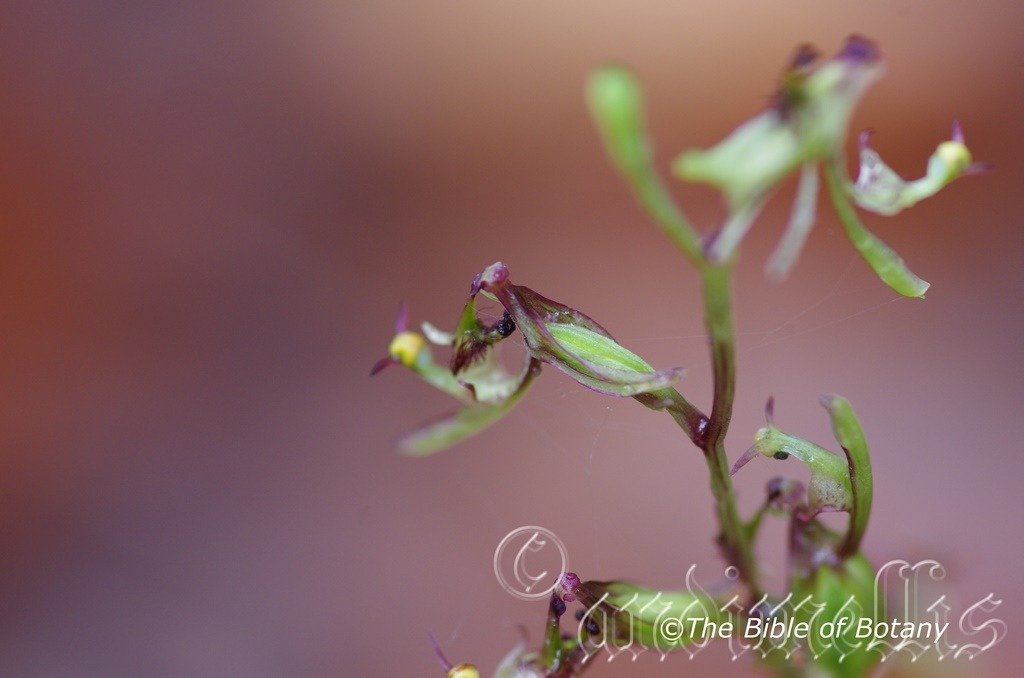
Clarence Valley NSW
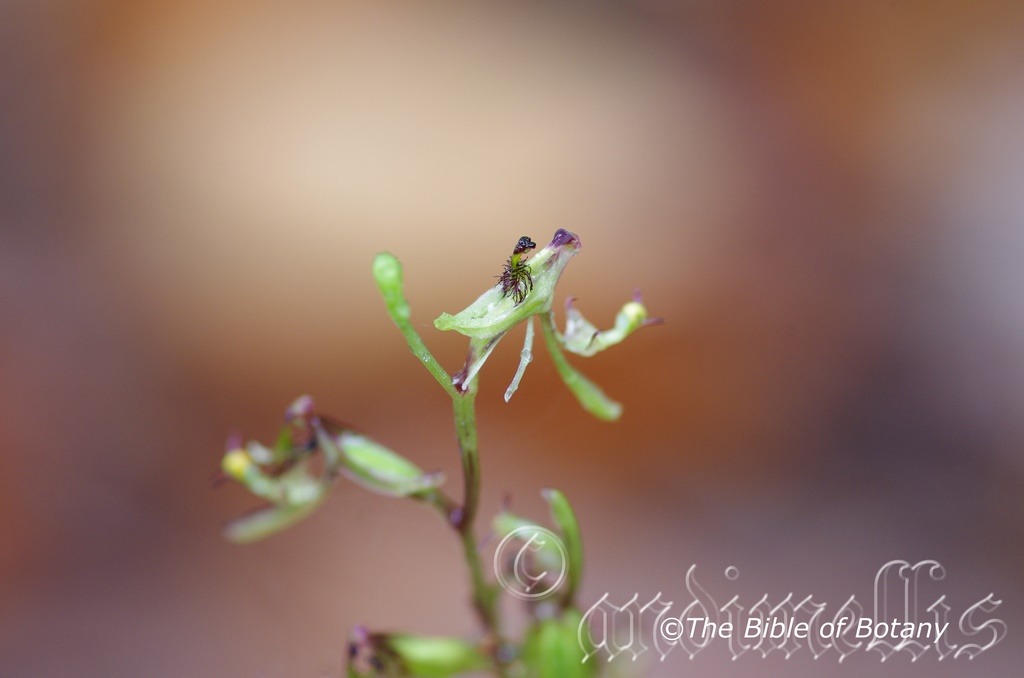
Clarence Valley NSW
Arthrochilus irritabilis
Classification:
Class: Monocots
Order: Asparagales
Family: Orcidaceae
Subfamily: Epidendroideae
Tribe: Podochilaeae
Sub Tribe: Bulbophyllinae
Genus: From Anthron, which is Ancient Greek for a joint and Cheilos, which is Ancient Greek for a lip. It refers to the very pronounced labellum on a genus of orchids.
Specie: From irritable, which is Latin for excitable or susceptible. The reference to the orchid may be the fact that people get excited when they come across large swathes of the orchid.
Sub specie:
Common Name: Clubbed Elbow Orchid.
Distribution:
Arthrochilus irritabilis is found south from Cape York peninsula in far north eastern Queensland to Narrabeen in central coastal New South Wales. It is found on the eastern side of the Great Dividing Range close to the coast.
https://avh.ala.org.au/occurrences/search?taxa=Arthrochilus+irritabilis#tab_mapView
Habitat Aspect Climate:
Arthrochilus irritabilis prefers coastal areas in forests, woodlands, Wallum and heathlands, growing in well-drained soil, where it often forms large colonies. It flowers for extended periods during the wet season. The altitude ranges from 15 meters ASL to 100 meters ASL.
The temperatures range from 3 degrees in July to 38 degrees in January.
The rainfall ranges from lows of 750mm to 1850mm average per annum. The rainfall is seasonal mainly autumn with drier winters and springs.
Soil Requirements:
Arthrochilus irritabilis grows as a terrestrial orchid. It is usually found growing on sandy loams and course gritty clays especially associated with paper barks (Melaleuca species) which have a high percentage of leaf litter. The soil’s pH ranges from 5.5pH to 7pH. It is not tolerant of waterlogged soils however the soils are often moist for most of the year. Non saline soils to slightly saline soils are tolerated.
Height & Spread:
Wild Plants: 0.2m to 0.25m by 0.05m often having several to a dozen or more plants to a square meters.
Characteristics:
Arthrochilus irritabilis grows as a terrestrial orchid with tuberous herb forming spreading colonies. Sterile and flowering plants are dimorphic. Sterile plants a basal rosette of leaves only. Fertile plants have an inflorescence with a rosette arising later from a lateral stem from the base of the peduncle.
The 3 to 5 leaves of Arthrochilus irritabilis are prostrate. The narrow lanceolate leaves measure 30mm to 80mm in length by 10mm to 40mm in width. The concolourous leaves are deep bluish-green.
The inflorescence are a terminal erect raceme and measure 120mm to 350mm in length. The individual flowers number 5 to 30 and are non resupinate, erect to porrect and measure 10mm to 14mm in length. The pale greenish, reddish or pale green with reddish or purplish labellum glands. The decurved dorsal sepal is free and measures 8mm to 11.5mm in length by 2mm in width. The base measure around one-third of column length. The apex is obtuse. The oblong to falcate lateral sepals are reflexed against the ovary and measure 5mm to 7mm in length by 1mm to 1.5mm in width. The distal margins are conduplicate, while the apex is obtuse. The linear petals are reflexed against the ovary and measure 5mm to 7mm in length by 1mm in width. The free labellum measures 4mm to 5mm in length by 1mm in width. The insectiform callus is proximally fused to the lamina, 2.5 mm long.
The flowers appear from November to December or at times later in the wet season.
The fruits of Arthrochilus irritabilis are unknown.
Wildlife:
Arthrochilus irritabilis is the host to 1 or maybe a few wasps which trigger a mechanism to cover the specific struggling wasp pollinator in pollen.
All native orchids are protected plant species. It is illegal to remove naturally growing orchid plants from the bush and a license is required for the removal of seed capsule.
Cultivation:
Arthrochilus irritabilis is a beautiful orchid which is hardy and easy to grow where deep Eucalyptus leaf litter is provided on the ground.
If you are fortunate enough to have this orchid growing on your property then it is worthwhile the trouble, to ensure the area is protected to save it. Continually replenish the leaf litter and keep the area moist from the start of the wet season to after flowering.
Further comments from readers:
Hi reader, it seems you use The Bible of Botany a lot. That’s great as we have great pleasure in bringing it to you! It’s a little awkward for us to ask, but our first aim is to purchase land approximately 1,600 hectares to link several parcels of N.P. into one at The Pinnacles NSW Australia, but we need your help. We’re not salespeople. We’re amateur botanists who have dedicated over 30 years to saving the environment in a practical way. We depend on donations to reach our goal. If you donate just $5, the price of your coffee this Sunday, We can help to keep the planet alive in a real way and continue to bring you regular updates and features on Australian plants all in one Botanical Bible. Any support is greatly appreciated. Thank you.
In the spirit of reconciliation we acknowledge the Bundjalung, Gumbaynggirr and Yaegl and all aboriginal nations throughout Australia and their connections to land, sea and community. We pay our respect to their Elders past, present and future for the pleasures we have gained.
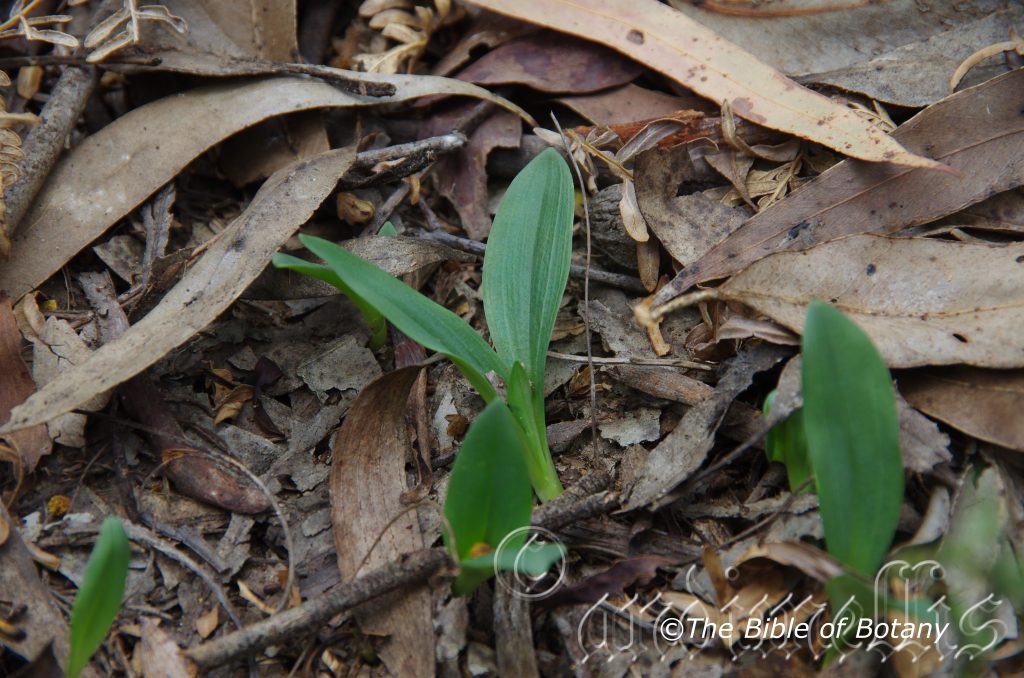
Author’s Garden The Pinnacles NSW
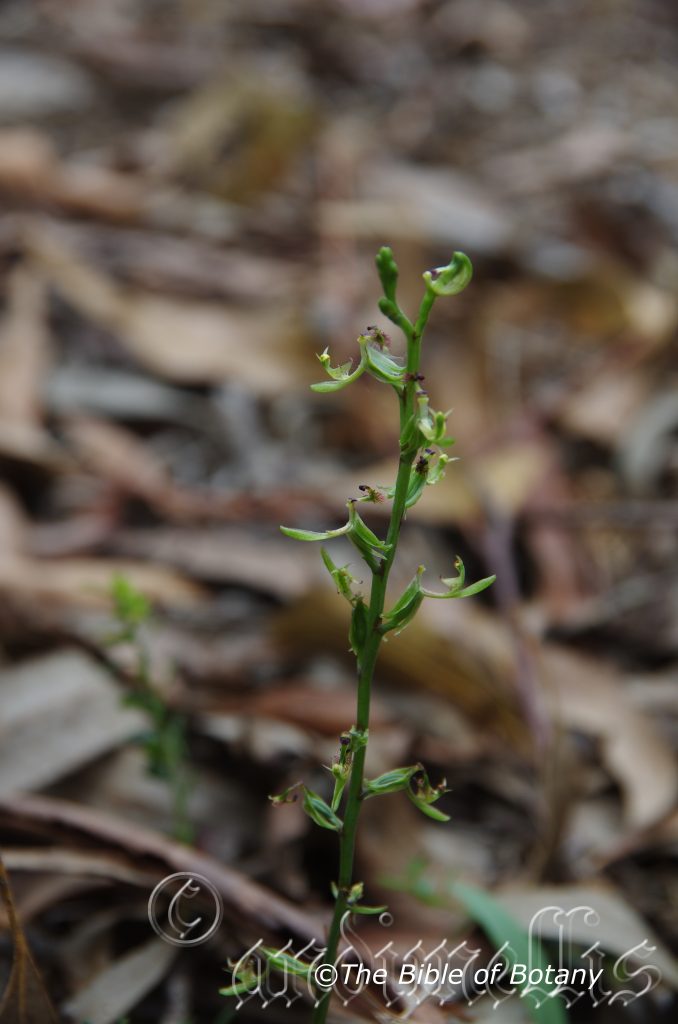
Author’s Garden The Pinnacles NSW
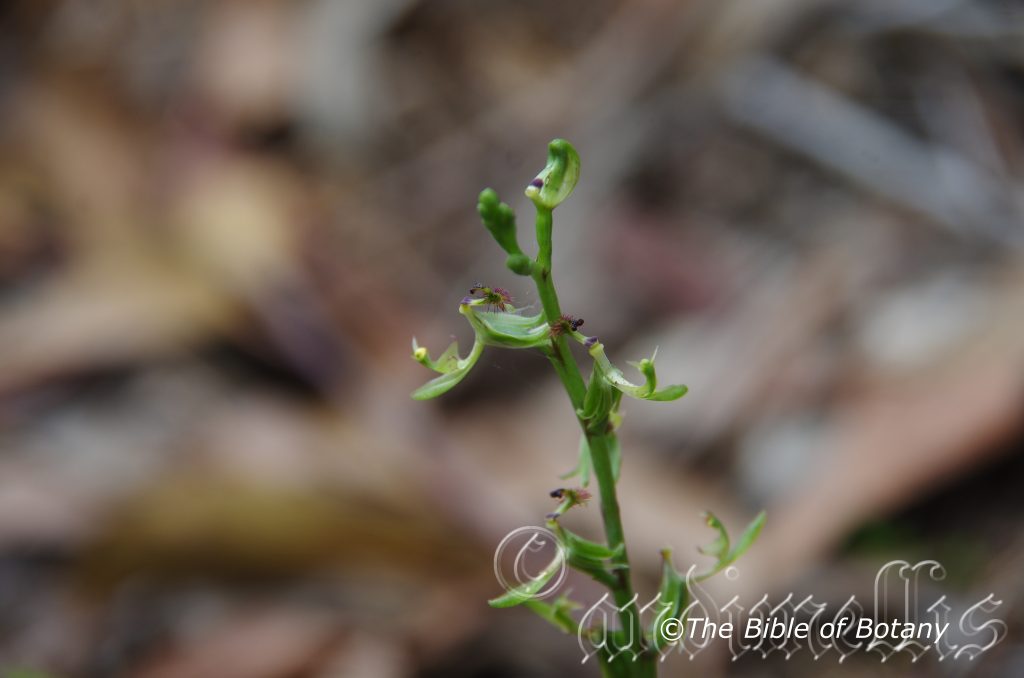
Author’s Garden The Pinnacles NSW
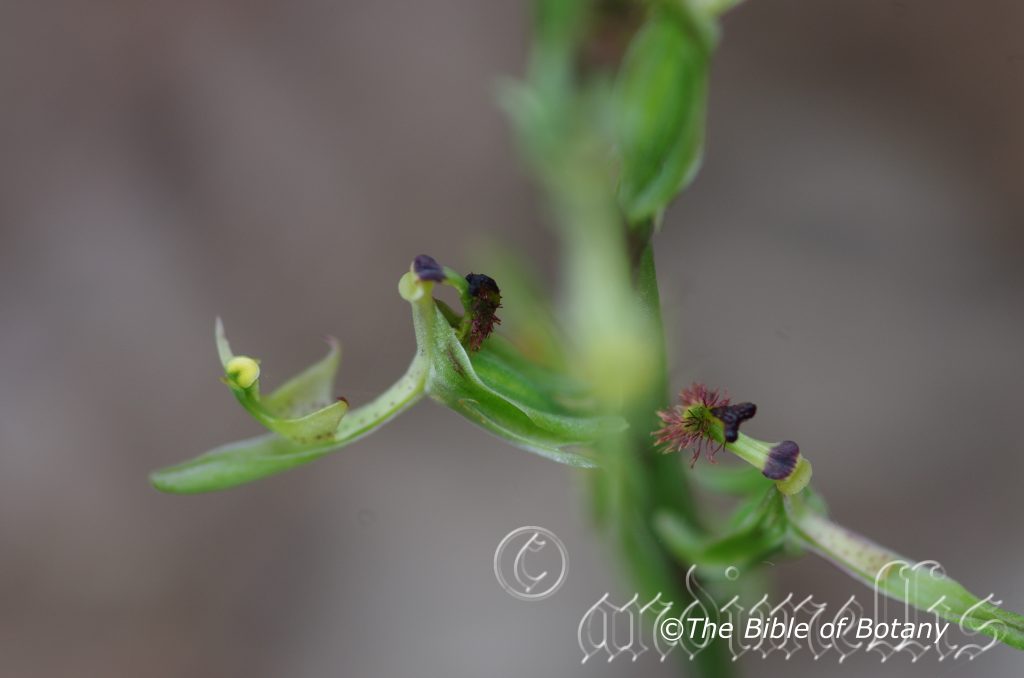
Author’s Garden The Pinnacles NSW
Arthrochilus prolixus
Classification:
Class: Monocots
Order: Asparagales
Family: Orcidaceae
Subfamily: Epidendroideae
Tribe: Podochilaeae
Sub Tribe: Bulbophyllinae
Genus: From Anthron, which is Ancient Greek for a joint and Cheilos, which is Ancient Greek for a lip. It refers to the very pronounced labellum on a genus of orchids.
Specie: From PrÅ which is Ancient Greek towards or forward, or later Per which is Ancient Greek/Latin for in favour of or on behalf and LeÃpÅ which is Ancient Greek and later LinquÅ which is Ancient Greek and later Lixum which is Latin for I am liquid, transparent or courteous and favourable. It refers to plants, which can have translucent properties or are very pleasing to the eye.
Sub specie:
Common Name: Wheat leaved Bulbophyllum.
Distribution:
Arthrochilus prolixus is found south from Wide Bay in Queensland to Narrabeen in central coastal New South Wales. There is a disjunct population near Mackay. It is found on the eastern side of the Great Dividing Range.
https://avh.ala.org.au/occurrences/search?taxa=Arthrochilus+prolixus#tab_mapView
Habitat Aspect Climate:
Arthrochilus prolixus prefer dappled shade to full shade in coastal, littoral and montane cool sub-tropical rainforests. It is usually found on gentle slopes to sloping ridges in open forests where deep leaf litter prevails. It grows in deep leaf litter between clumps of grass in open forests and woodlands close to the coastal or on the eastern escarpments. The altitude ranges from 15 meters ASL to 900 meters ASL.
The temperatures range from minus 3 degrees in July to 38 degrees in January.
The rainfall ranges from lows of 850mm to 1650mm average per annum. The rainfall is seasonal mainly autumn with drier winters and springs and humid with some orographic precipitation in the dry season.
Soil Requirements:
Arthrochilus prolixus grows as a terrestrial orchid. It is usually found growing on sandy loams and sandy clays which have a high percentage of leaf litter or on old rotted sawdust heaps near old sawmills. The soil?s pH ranges from 4.5pH to 5pH. It is not tolerant of waterlogged soils however the soils are often moist throughout the year. Non saline soils to slightly saline soils are tolerated.
Height & Spread:
Wild Plants: 0.2m to 0.25m by 0.05m often having several to a dozen or more plants to a square meters.
Characteristics:
Arthrochilus prolixus grows as a single stem orchid amongst deep mulch between clumps of grass. The numerous pseudobulbs or tuberous roots are usually developed in small clumps of 1 to 8 individual plants.
The 2 to 6 elliptical to obovate or ovate leaves are mostly flattened upon the ground. The leaves are channelled on the upper laminas and measure 30mm to 70mm in length by 9mm to 15mm in width. The discolourous laminas are dull bluish-green and glabrous on the upper laminas while the lower laminas are paler. The fleshy laminas decurve from the near the base to the apex. The margins are entire.
The inflorescences of Arthrochilus prolixus are born on a single spike from below the pseudobulbs or tuberous root. The spikes measure 200mm to 320mm in length. There are 12 to 22 individual flowers on a complex spike.
There are a few ovate sheathing bracts along the spike. The flowers are pale green to pale tending blue-green are glabrous or sparsely covered in short purple to reddish-purple hirtellous hairs. The linear dorsal sepal and embracing column measure 7mm to 10 mm in length.
The lateral sepals are lanceolate and deflexed against the ovary and measure 6mm to 8mm in length by 1.5mm to 2mm in width.
The lateral petals are lanceolate and deflexed against the ovary and measure 6mm to 8mm in length by 1.5mm to 2mm in width.
The labellum claw is short and hinged above measures 3mm to 4 mm in length. The labellum lamina lacks lateral lobes while the midlobe curves downward. The margins are entire. The callus is adorned with a sparse, fringe of long deep purple ciliate hairs while the centre has a few hairs and papillae graduating into an elongated horn with a cleft which has a 2 lobed apex.
The column foot is short, broad and anvil-shaped with a column neck at least twice as long as the column foot. It is pale green to pale tending blue-green on the upper surface. It curves downwards then upwards in a distinct semicircle and measure 6mm to 9mm in length by 2mm to 2.5mm in width. The linear to sickle-shaped column wings are adjacent to the anther are irregularly lobed. The column wings on style are larger and broadly triangular with a few purple spots. The sunken stigma is elliptic. The flowers appear from December to February.
The fruits of Arthrochilus prolixus are ellipsoidal pods. The pale lime-green pods turn creamy fawn.
Wildlife:
Arthrochilus prolixus is the host to 1 or maybe a few wasps which trigger a mechanism to cover the specific struggling wasp pollinator in pollen.
All native orchids are protected plant species. It is illegal to remove naturally growing orchid plants from the bush and a license is required for the removal of seed capsule.
Cultivation:
Arthrochilus prolixus is a rare and beautiful orchid which is hardy and easy to grow and to propagate at least as far south as Melbourne in Victoria along the coast in frost free zones or where frosts are very light. It does very well either in the bush house or in the garden where deep Eucalyptus leaf litter is provided on the ground.
If you are fortunate enough to have this orchid growing on your property then it is worthwhile the trouble to marking the area to save it. Continually replenish the leaf litter and keep the area moist from the start of the wet season to after flowering.
Propagation:
Seeds: Arthrochilus prolixus seeds require treatment before sowing. Really Orchid seeds are meant for professionals with time, equipment and space. However if you wish to persevere then here are the basics and you are learning from an amateur. You will need the following, a flask, Chloros solution, boiled water, an eye dropper, paper bag, a warm sheltered position and a lot of patience and luck. This is a most difficult orchid to grow even by professionals as it detests root disturbance and being reoriented.
1.Collecting the seed: seed can only be collected from fully ripe pods. You may need to watch a pod for several days or even weeks following the time it stops swelling for it to turn olive yellow. At this stage the pod must be watched carefully for the pod to commence spitting along the placenta. If possible place the paper bag over the pod and tie it off. If necessary place a plastic bag over the paper bag to prevent rain or moisture contacting the seeds.
- Knowledge is very important now, as different species and genre have various numbers of viable seed in a pod. Viable seeds may be as few as 20 or as many as several million. Check the bag daily and remove once the seed begins to disperse. Shake all the seeds from the pod into the bag.
- Purchase the appropriate agar solution from an orchid society as they will know what you want and which one will be best for your species. Prepare the agar solution and pour into the flask.
- Remove some of the seeds by shaking them into a solution of 1 part chloros to 20 parts water and allow soaking for 10 minutes.
- Remove the seeds with the eye dropper in the solution and spread evenly over the set agar.
- Place the flasks in a room that is will lit with indirect light and the temperature is a consistent 25 to 30 degrees centigrade.
- Wait 4 to 7 months for the seedlings to develop to a stage where they can be removed and planted on into a fine orchid mix. Do not remove the seedlings from their environment of light or temperature for at least another two months. Even at this stage it is best to place the seedlings in a hot house where their environment can be controlled.
Fertilize using Seaweed, fish emulsion or organic chicken pellets soaked in water on an alternate basis. Fertilize every two months until the plants are established then annually in early September or March to maintain health, vitality and better flowering.
Further comments from readers:
Hi reader, it seems you use The Bible of Botany a lot. That’s great as we have great pleasure in bringing it to you! It’s a little awkward for us to ask, but our first aim is to purchase land approximately 1,600 hectares to link several parcels of N.P. into one at The Pinnacles NSW Australia, but we need your help. We’re not salespeople. We’re amateur botanists who have dedicated over 30 years to saving the environment in a practical way. We depend on donations to reach our goal. If you donate just $5, the price of your coffee this Sunday, We can help to keep the planet alive in a real way and continue to bring you regular updates and features on Australian plants all in one Botanical Bible. Any support is greatly appreciated. Thank you.
In the spirit of reconciliation we acknowledge the Bundjalung, Gumbaynggirr and Yaegl and all aboriginal nations throughout Australia and their connections to land, sea and community. We pay our respect to their Elders past, present and future for the pleasures we have gained.

Cathedral Rocks National Park Ebor NSW
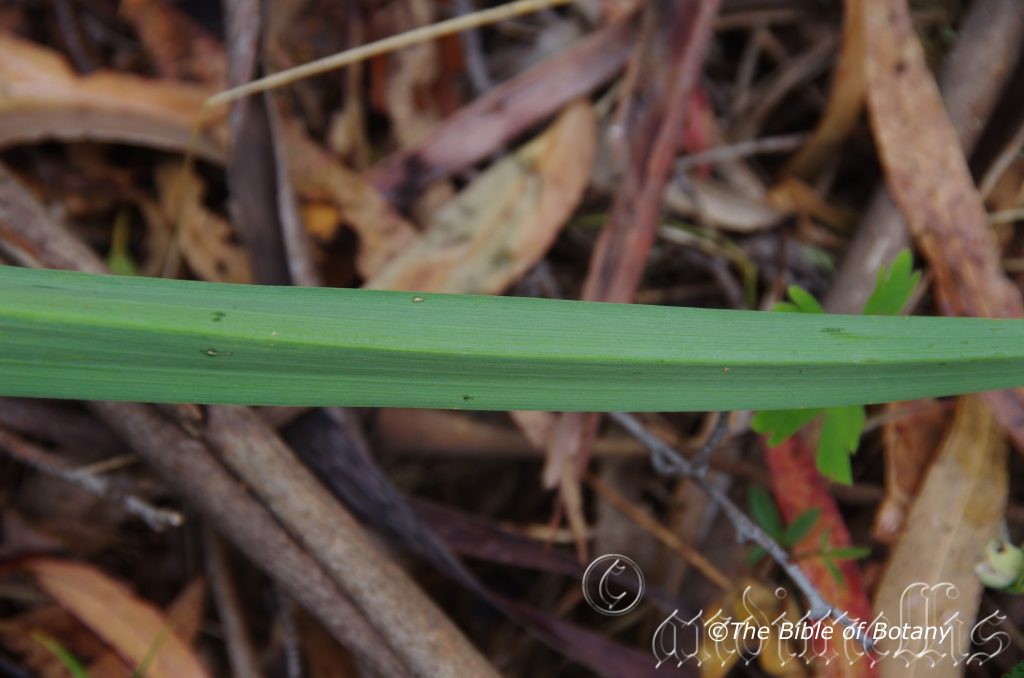
Cathedral Rocks National Park Ebor NSW
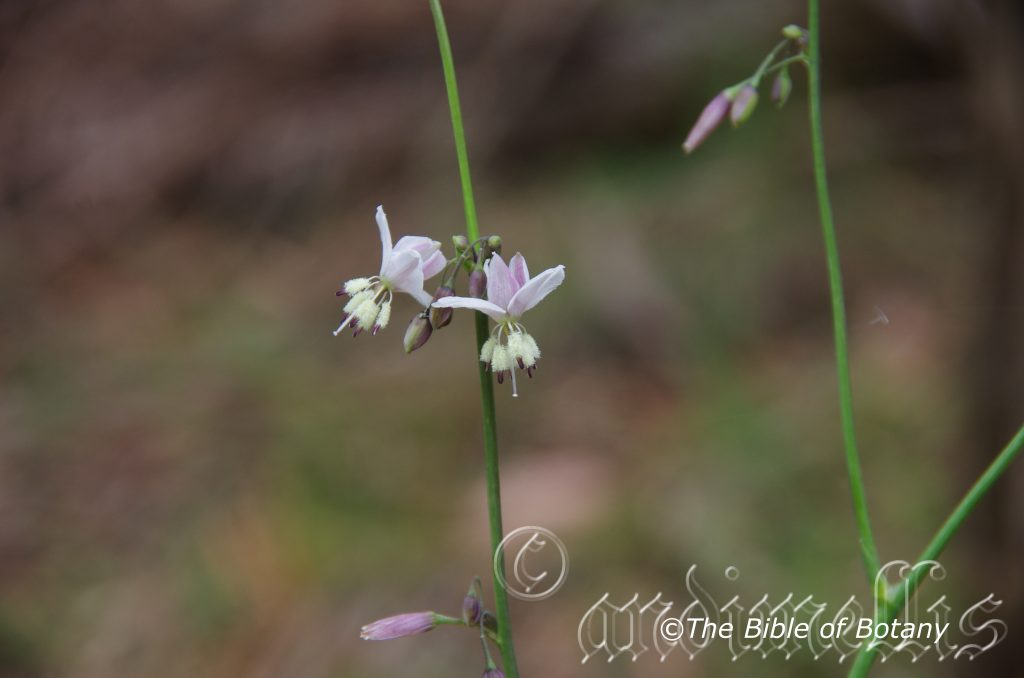
Cathedral Rocks National Park Ebor NSW
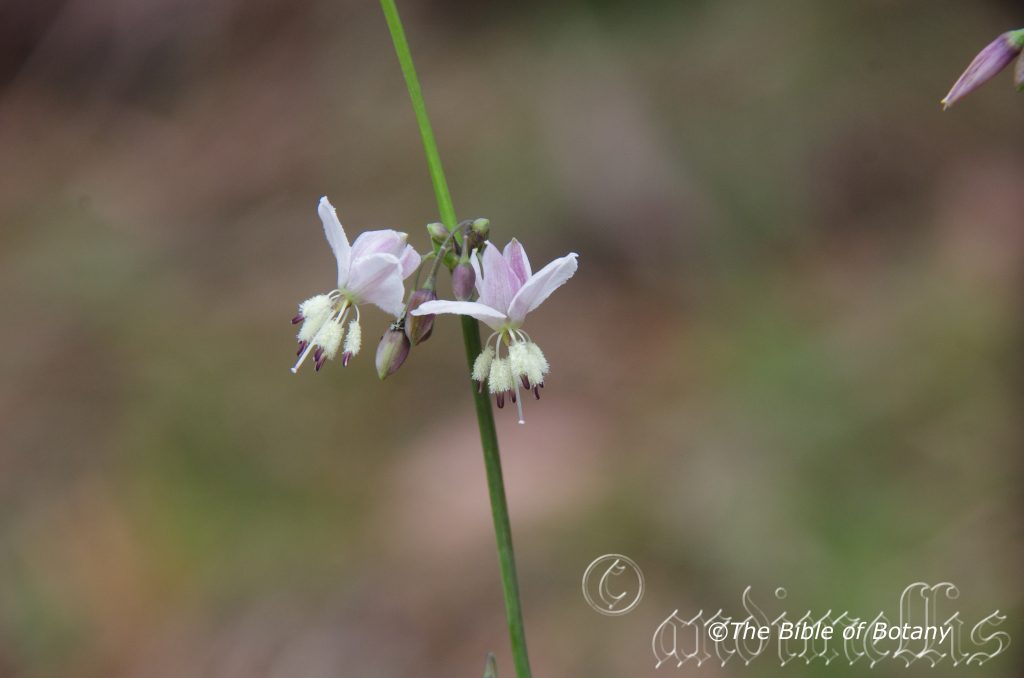
Cathedral Rocks National Park Ebor NSW
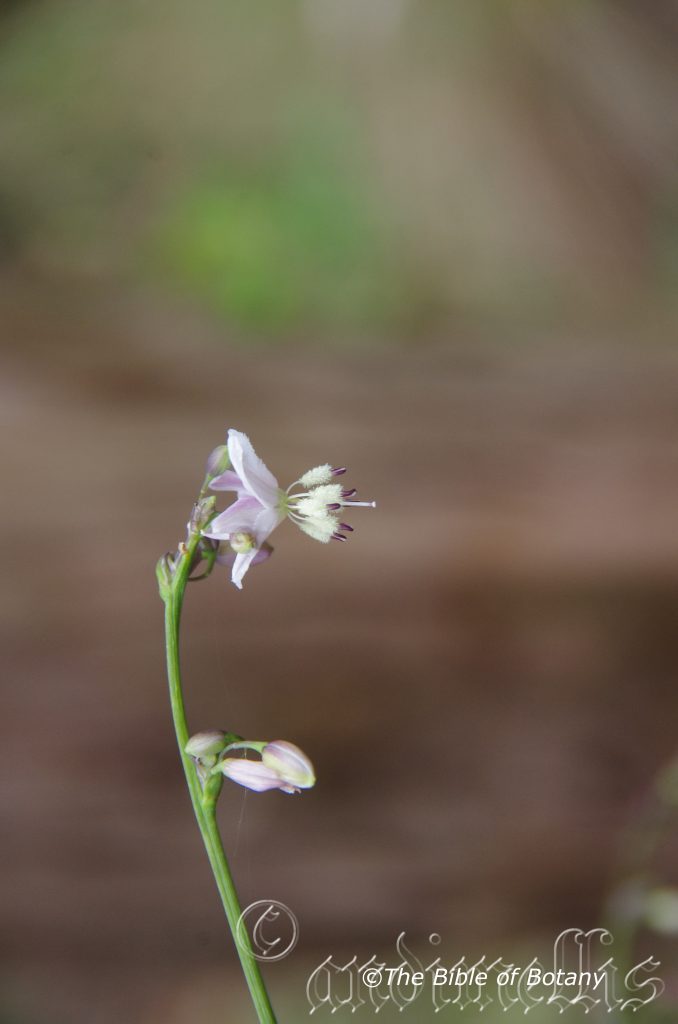
Cathedral Rocks National Park Ebor NSW
Arthropodium milleflorum
Classification:
Class: Monocots
Order: Asparagales
Family: Asparagaceae
Subfamily: Lomandroideae
Genus: From Arthron, which is Ancient Greek for a joint and Podion which is Ancient Greek for a base or Pois, which is Ancient Greek for a foot. It refers to plants, which have jointed pedicels.
Specie: From Mille which is Latin for a thousand and Floris, which is Latin for a flower or Flos, which is the Roman goddess of spring and flowers. It refers to plants, which produce larger flowers than most other species in the genus.
Sub specie:
Common Name:
Distribution:
Arthropodium milleflorum is found south from Banana in Queensland to Mount Gambier in South Australia. It is found on the Western Plains, on and east of the Great Dividing Range to the coast.
It is also found across the northern part and eastern half of Tasmania.
https://avh.ala.org.au/occurrences/search?taxa=Arthropodium+milleflorum#tab_mapView
Habitat Aspect Climate:
Arthropodium milleflorum prefer dappled shade to full shade amongst moist, grassy, sheltered slopes in both moist, open eucalypt forest, and moist soils in open woodlands, montane forests, and other moist grassland. The altitude ranges from 5 meters ASL to 2000 meters ASL.
The temperatures range from minus 6 degrees in July to 38 degrees in January.
The rainfall ranges from lows of 500mm to 1350mm average per annum.
Soil Requirements:
Arthropodium milleflorum grows in a large range of soils including accumulated sands, decomposed granite, sandstone, basalt and shales. The soils pH ranges from 5pH to 7pH. It is not tolerant of waterlogged soils however the soils are often moist throughout the year. Non saline soils to slightly saline soils are tolerated.
Height & Spread:
Wild Plants: 0.2m to 1m by 0.3m to 0.5.
Characteristics:
Arthropodium milleflorum is a tuberous perennial herb with ellipsoidal tubers that measure 2omm to 30mm in length.
The erect strap like leaves are usually glaucous or rarely deep green and measure 30mm to 600mm in length by 2 to 18mm in width.
Arthropodium milleflorum inflorescences are on somewhat spreading or erect branching stems measuring up to 1 meter in height. The flowers are hermaphroditic and consist of six white-lilac tepals, which measure 7mm to 10mm in length. The deep maroon anthers lay at the apexes of the white to cream, densely covered floccose filaments. The filaments measure 3.5mm to 5mm, while the anthers measure 1.5mm to 2mm in length. The flowers appear between November and February.
The deep purple to purple-brown, globular capsules measure 4mm to 6mm in diameter. The fruits ripen between December and March.
Wildlife:
Arthropodium milleflorum fruits are eaten by possums, while the flowers, fruits and tubers are eaten by bandicoots including the eastern bandicoot, Perameles nasuta.
It was also a staple part of the Australian Aborigines and first Europeans diet.
Cultivation:
Arthropodium milleflorum is a beautiful small tussock plant that deserves a place in every native or exotic garden. It is ideal in almost every setting near ponds, at the edge of a rain forest in court yards, around swimming pools, in the orchard or the rockery. Arthropodium milleflorum will break up horizontal lines with its strap like leaves and the slender flower stalks and pretty lilac flowers.
If it is placed around a pool or sunny courtyard try to plant 3, 4 or 5 in a straight row for a very formal look or use curves for the natural look. If a corner is planted, groups of 3 to 7 or more give a great effect. A simplistic but effective method would be to plant it with various varieties of small finer leaf Lomandra species in the clump to give it extra boldness. The choice of companion plants with bright red or orange flowers will contrast the lilac flowers but be careful they can be overpowering. Small or procumbent Leischenalta formosa would look great on the ground and give Arthropodium milleflorum extra height or make a small area look even larger than it really is. The slender vertical growth habit with procumbent plants would make small walls look longer without necessarily making them look taller.
Its versatility doesn’t stop with accepting most types of soils but it can cope with temperatures as low as minus 6 degrees and up to 42 degrees. It is somewhat drought resistant and can cope with the occasional immersion where periodic down pours may flood the land. It is neat self-cleaning and are easily be controlled within a border.
Add to the above it is low maintenance, frost tolerant and has relatively low water requirements, however if it is given adequate soil moisture, plenty of mulch for moisture retention and an even soil temperature, applying native fertilizers on a regular basis the plants will respond with good flowering over a long period and will yield good quality fruit with maximum size. I have always been amazed that Arthropodium milleflorum is still not become a stock plant in some nurseries.
Propagation:
Seeds: Arthropodium milleflorum seeds do not require treatment before sowing but refrigeration for a few weeks will ensure all the seeds germinate at the same time. Seed should be harvested as soon as the fruits begin to shrivel. Clean the flesh off the seeds before placing in the vegetable crisper.
Sow freshly removed seeds sparingly onto a seed raising mix and cover with 2mm of the mix once the weather has warmed and all the frosts have passed. When the seedlings are 25mm to 50mm tall, prick them out and plant them into 50mm native tubes using a seed raising mix.
Once the seedlings reach 150mm to 200mm in height plant them out into their permanent position. Mass plantings can be achieved with spacing of 0.4 meter to 0.8 meters.
Division: When growing from division of the tubers remove the plant from the soil in late winter and just cut it into sections ensuring not to damage the tubers. Remove any unwanted dead leaves and any old small clumps that look weak or dead. Replant ensuring the soil is at the same level as before or just covering the tubers. Water and fertilize. New shoots should appear within two weeks.
Fertilize using seaweed, fish emulsion or organic chicken pellets soaked in water on an alternate basis. Fertilize every two months until established then annually in spring or autumn for healthier more vigorous and better flowering and quality and size fruit.
Further Comments from Readers:
Hi reader, it seems you use The Bible of Botany a lot. That’s great as we have great pleasure in bringing it to you! It’s a little awkward for us to ask, but our first aim is to purchase land approximately 1,600 hectares to link several parcels of N.P. into one at The Pinnacles NSW Australia, but we need your help. We’re not salespeople. We’re amateur botanists who have dedicated over 30 years to saving the environment in a practical way. We depend on donations to reach our goal. If you donate just $5, the price of your coffee this Sunday, We can help to keep the planet alive in a real way and continue to bring you regular updates and features on Australian plants all in one Botanical Bible. Any support is greatly appreciated. Thank you.
In the spirit of reconciliation we acknowledge the Bundjalung, Gumbaynggirr and Yaegl and all aboriginal nations throughout Australia and their connections to land, sea and community. We pay our respect to their Elders past, present and future for the pleasures we have gained.
Arthropteris beckleri
Classification:
Class: Polypodiopsida
Order: Polypodialis
Family: Aspleniaceae / Tectariaceae
Genus: From Anthron, which is Ancient Greek for a joint and Pteris, which is Ancient Greek for a fern. It refers to ferns, which have joints on climbing rhizomes.
Specie: Is probably named in honour of Ludwig Philipp Heinrich Becker; 1808-1861 who was a German botanical artist and explorer who died on the last Burk and Wills expedition near Balloo in Queensland.
Common Name:
Distribution:
Arthropteris beckleri is found on and east of the Great Dividing Range south from the Daintree National Park to the Cambewarra Range in the southern coastal New South Wales.
https://avh.ala.org.au/occurrences/search?taxa=Arthropteris+beckleri#tab_mapView
Habitat Aspect Climate:
Arthropteris beckleri prefer full shade to light dappled sunlight. It grows from the ground to high up on the trunks or branches of suitable trees as an epiphyte or on boulders as a lithophyte. The altitude ranges from 50 meters ASL to 1250 meters ASL.
The temperatures of 2 degrees in August to 36 degrees in January are the optimum for this species.
The rainfalls range from lows of 950mm to an average of 3200mm annually.
Soil Requirements:
Arthropteris beckleri grows as an epiphyte on trees or a lithophyte on rocks. Soils where the plants commence their lives are derived from decomposed black and brown basalts, granites, shale and metamorphic rocks. The plants will not tolerate waterlogged soils. Non saline soils are tolerated.
Height & Spread:
Wild Plants: 1 meter to 35 meters by 1 meter to 4 meters.
Characteristics:
Arthropteris beckleri rhizomes are very long, vertical creeping when mature. The rhizomes measure 1.5mm to 2.5mm in diameter. The arial rhizomes are rigid and densely covered in brown to red-brown hirsute hairs and brown scales.
Arthropteris beckleri alternate fronds are even pinnate, erect to semi pendent or pendent and measure 100mm to 200m in length by 28mm to 38mm in width. The stipes are mid brown to deep brown and usually sparsely covered in pale brown to fawn hirsute hairs and scales or at times are glabrous and measure 12mm to 20mm in length. The concolourous laminas are pale dull green, membranous and are very sparsely covered in long white hirsute hairs.
The alternate pinnae are oblong and measure 12mm to 17mm in length by 4.5mm to 6.5mm in width near the base. The bases are asymmetrical being hastate on one side while the other side is narrow cuneate to parallel to the petiole. The apexes are round-acute to obtuse. The margins are crenate. The rachises are covered in pale brown to brown hirsute hairs while the petioles are glabrous. The rachises measure 80mm to160mm in length while the petioles measure 0.5mm to 1.5mm in length.
The circular sori are in parallel rows closer to the mid vein than the margins on the lower lamina. The indusium are reniform and covered in white puberulent hairs. The sterile and fertile fronds are very similar.
Wildlife:
Arthropteris beckleri is unknown to the author.
Cultivation:
Arthropteris beckleri is a beautiful fern from the rainforests of Australia and make a rainforest garden look complete. It is difficult to establish but are very worthwhile persevering with. Small plants will reach their full potential in around 6 to 10 years once established.
There main requirement is shade and a humid microclimate so the rainforest needs to be fully established prior to introducing it to the garden. Spraying the fronds with diluted seaweed extract or diluted fish emulsion sees Arthropteris beckleri thrive in the nursery so I would recommend this approach in the garden to assist in establishing the plants and to maintain their health. The additional use of cold tea sprayed onto the leaves may also prove beneficial.
It can be used with great effect in courtyards, poked into small corners or rain forest settings. It is however easier to maintain in a bush house or shade house in large pots, baskets or course on fibrous totem poles
The lush tropical look can be further enhanced with the use of other fine leaf ferns and Asplenium australisica on the ground and with orchids placed along the branches and trunks of the trees. Try using scatter plantings of Cordyline stricta, or the red and pink forms of Cordyline petiolaris or Cordyline terminalis for a great affect. This is one plant that benefits highly from being scatter planted so use them at different levels. Some planted on the ground adjacent to large granite or basalt boulders would have an astonishing natural affect.
Propagation:
Seeds: Follow Spore steps 1 to 13 Ferns – Cultivation, Propagation Tips page 87.
Step 14.Wait until the ferns are about 20 mm high before you attempt to transplant them. Once it is ready open the bag little and allow the air to flow around them. Every three days open the bag a little further so the ferns get use to their new environment. Allow them a week or two before you transplant them into 50mm standard tubes.
Do not try to transplant them as single plants as it is a little delicate still.
Once they reach 60mm to 70mm start separating the strongest ones and again do not move them far from their original position. After a few weeks the ferns will power away without any setbacks.
When they have reached 150mm to 180mm they will be safe to plant out in the garden. Make sure the light densities are similar or burning and set back will occur.
When attaching them to a tree Use an old sock or stocking and partly fill it with some peat. Tie them firmly in position so that they do not move. Water and keep moist until they have shown signs that it is well established.
Where mass plantings of Arthropteris beckleri are required, as a feature; on the ground plant them at greater than 4 meter centers. The plants look better if they have empty space around them rather than being crowded. If it is being used as epiphyte leave spacings on trunks and branches of up to 3 meters.
Fertilize using Seaweed, fish emulsion or organic chicken pellets soaked in water on an alternate basis. Fertilize every two months until the plants are established then annually in early September or March to maintain health and vitality.
Further comments from readers:
Hi reader, it seems you use The Bible of Botany a lot. That’s great as we have great pleasure in bringing it to you! It’s a little awkward for us to ask, but our first aim is to purchase land approximately 1,600 hectares to link several parcels of N.P. into one at The Pinnacles NSW Australia, but we need your help. We’re not salespeople. We’re amateur botanists who have dedicated over 30 years to saving the environment in a practical way. We depend on donations to reach our goal. If you donate just $5, the price of your coffee this Sunday, We can help to keep the planet alive in a real way and continue to bring you regular updates and features on Australian plants all in one Botanical Bible. Any support is greatly appreciated. Thank you.
In the spirit of reconciliation we acknowledge the Bundjalung, Gumbaynggirr and Yaegl and all aboriginal nations throughout Australia and their connections to land, sea and community. We pay our respect to their Elders past, present and future for the pleasures we have gained.
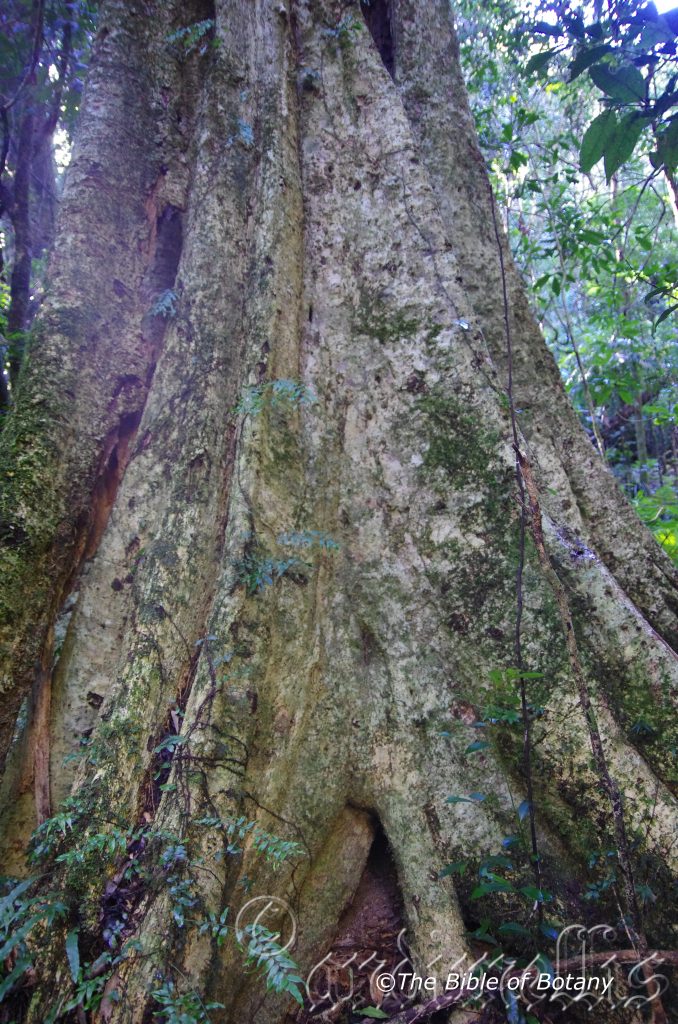
Washpool National Park NSW
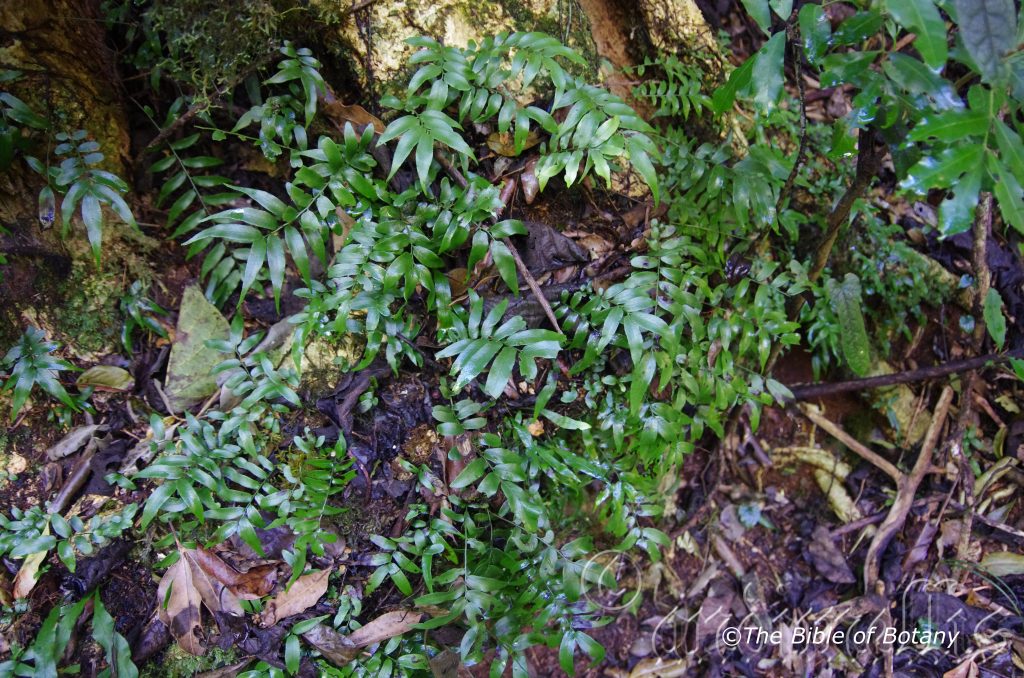
Washpool National Park NSW
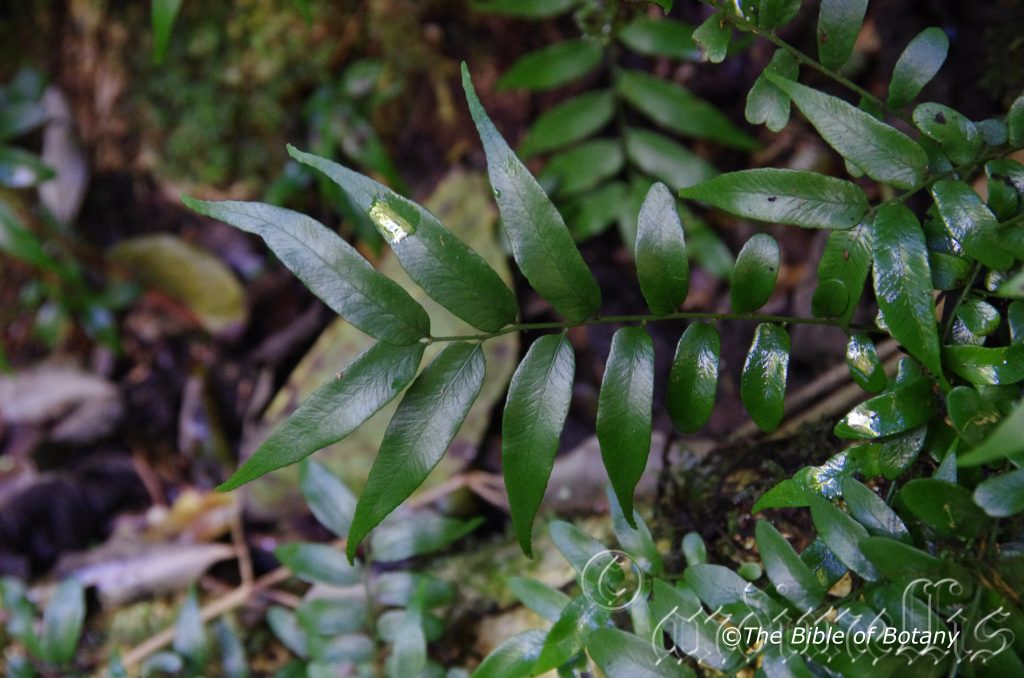
Washpool National Park NSW
Arthropteris tenella
Classification:
Class: Polypodiopsida
Order: Polypodialis
Family: Aspleniaceae
Subfamily:
Genus: From Anthron, which is Ancient Greek for a joint and Pteris, which is Ancient Greek for a fern. It refers to ferns, which have joints on climbing rhizomes.
Specie: From Tenella, which is Latin for small, delicate and tender. It refers plants, which are dainty or petite in size.
Common Name:
Distribution:
Arthropteris tenella is found along the East coast of Australia in warm temperate rainforests from near Bega in the south, in the southern coastal New South Wales, north in several disjunct populations to the Timber Reserve east of Mungkan Kandju National Park on Cape York Peninsula. It is found on and east of the Great Dividing Range.
https://avh.ala.org.au/occurrences/search?taxa=Arthropteris+tenella#tab_mapView
Habitat Aspect Climate:
Arthropteris tenella prefer full shade to light dappled sunlight. It grows from the ground to high up on the trunks or branches of suitable trees as an epiphyte or on boulders as a lithophyte. The altitude ranges from 80 meters ASL to 1200 meters ASL.
The temperatures of minus 2 degrees without being frosted in August to 36 degrees in January are the optimum for this species.
The rainfalls range from lows of 950mm to an average of 3200mm annually.
Soil Requirements:
Arthropteris tenella grows as an epiphyte on trees or lithophytes on rocks. Soils where the plants commence their lives are derived from decomposed black and brown basalts, granites, shale and metamorphic rocks. The plants will not tolerate waterlogged soils. Non saline soils are tolerated.
Height & Spread:
Wild Plants: 1m to 35m by 1m to 4m.
Characteristics:
Arthropteris tenella rhizomes are very long, vertical creeping when mature. The rhizomes measure 3.5mm to 6mm in diameter. The arial rhizomes are rigid and densely covered in brown scales.
Arthropteris tenella alternate fronds are even pinnate, erect to semi pendent or pendent and measure 250mm to 450m or rarely to 600mm in length by 120mm to 180mm in width. The stipes are glossy yellow-brown to deep red-brown and sparsely covered in red-brown scales and measure 40mm to 80mm in length. The concolourous laminas are deep grass-green, semi glossy, thinly coriaceous and glabrous.
The alternate pinnae are oblong to narrow oblong-elliptical and measure 30mm to 100mm in length by 15mm to 30mm in width. The bases are symmetrical or asymmetrical and rounded to cuneate while the apexes are acute to obtuse on the base pinnae tending to be acuminate on those closer to the apex. The margins are entire or crenate and glabrous or sparsely covered in white hirsute hairs. The deep grass-green rachises are covered in reddish-brown scales while the petioles are glabrous. The rachises measure 210mm to 350mm in length while the petioles measure 3mm to 5.5mm in length.
The circular sori are in parallel rows close to the margins on the lower lamina. The indusium are absent. The sterile and fertile fronds are very similar.
Wildlife:
Arthropteris tenella is unknown to the author.
Cultivation:
Arthropteris tenella are beautiful ferns from the rainforests of Australia and make a rainforest garden look complete. It is difficult to establish but are very worthwhile persevering with. Small plants will reach their full potential in around 6 to 10 years once established.
Its main requirement is shade and a humid microclimate so the rainforest needs to be fully established prior to introducing it to the garden. Spraying the fronds with diluted seaweed extract or diluted fish emulsion sees Arthropteris tenella thrive in the nursery so I would recommend this approach in the garden to assist in establishing the plants and to maintain their health. The additional use of cold tea sprayed onto the leaves may also prove beneficial.
It can be used with great affect in court yards, poked into small corners or rain forest settings. It is however easy to maintain in a bush house or shade house in large pots, baskets or course on fibrous totem poles
The lush tropical look can be further enhanced with the use of other fine leaf ferns and Asplenium australisica on the ground and with orchids placed along the branches and trunks of the trees. Try using scatter plantings of Cordyline stricta, or the red and pink forms of Cordyline petiolaris or Cordyline terminalis for a great affect. This is one plant that benefits highly from being scatter planted so use them at different levels. Some planted on the ground adjacent to large granite or basalt boulders would have an astonishing natural affect.
Propagation:
Seeds: Follow Spore steps 1 to 13 for Ferns – Cultivation, Propagation Tips page 87.
Step 14.Wait until the ferns are about 20 mm high before you attempt to transplant them. Once it is ready open the bag little and allow the air to flow around them. Every three days open the bag a little further so the ferns get use to their new environment. Allow them a week or two before you transplant them into 50mm standard tubes.
Do not try to transplant them as single plants as it is a little delicate still.
Once they reach 60mm to 70mm start separating the strongest ones and again do not move them far from their original position. After a few weeks the ferns will power away without any setbacks.
When they have reached 150mm to 180mm they will be safe to plant out in the garden. Make sure the light densities are similar or burning and set back will occur.
When attaching them to a tree Use an old sock or stocking and partly fill it with some peat. Tie them firmly in position so that they do not move. Water and keep moist until they have shown signs that it is well established.
Where mass plantings of Arthropteris tenella are required, as a feature; on the ground plant them at greater than 4 meter centers. The plants look better if they have empty space around them rather than being crowded. If it is being used as epiphyte leave spacings on trunks and branches of 3 meters.
Fertilize using Seaweed, fish emulsion or organic chicken pellets soaked in water on an alternate basis. Fertilize every two months until the plants are established then annually in early September or March to maintain health and vitality.
Further comments from readers:
Hi reader, it seems you use The Bible of Botany a lot. That’s great as we have great pleasure in bringing it to you! It’s a little awkward for us to ask, but our first aim is to purchase land approximately 1,600 hectares to link several parcels of N.P. into one at The Pinnacles NSW Australia, but we need your help. We’re not salespeople. We’re amateur botanists who have dedicated over 30 years to saving the environment in a practical way. We depend on donations to reach our goal. If you donate just $5, the price of your coffee this Sunday, We can help to keep the planet alive in a real way and continue to bring you regular updates and features on Australian plants all in one Botanical Bible. Any support is greatly appreciated. Thank you.
In the spirit of reconciliation we acknowledge the Bundjalung, Gumbaynggirr and Yaegl and all aboriginal nations throughout Australia and their connections to land, sea and community. We pay our respect to their Elders past, present and future for the pleasures we have gained.